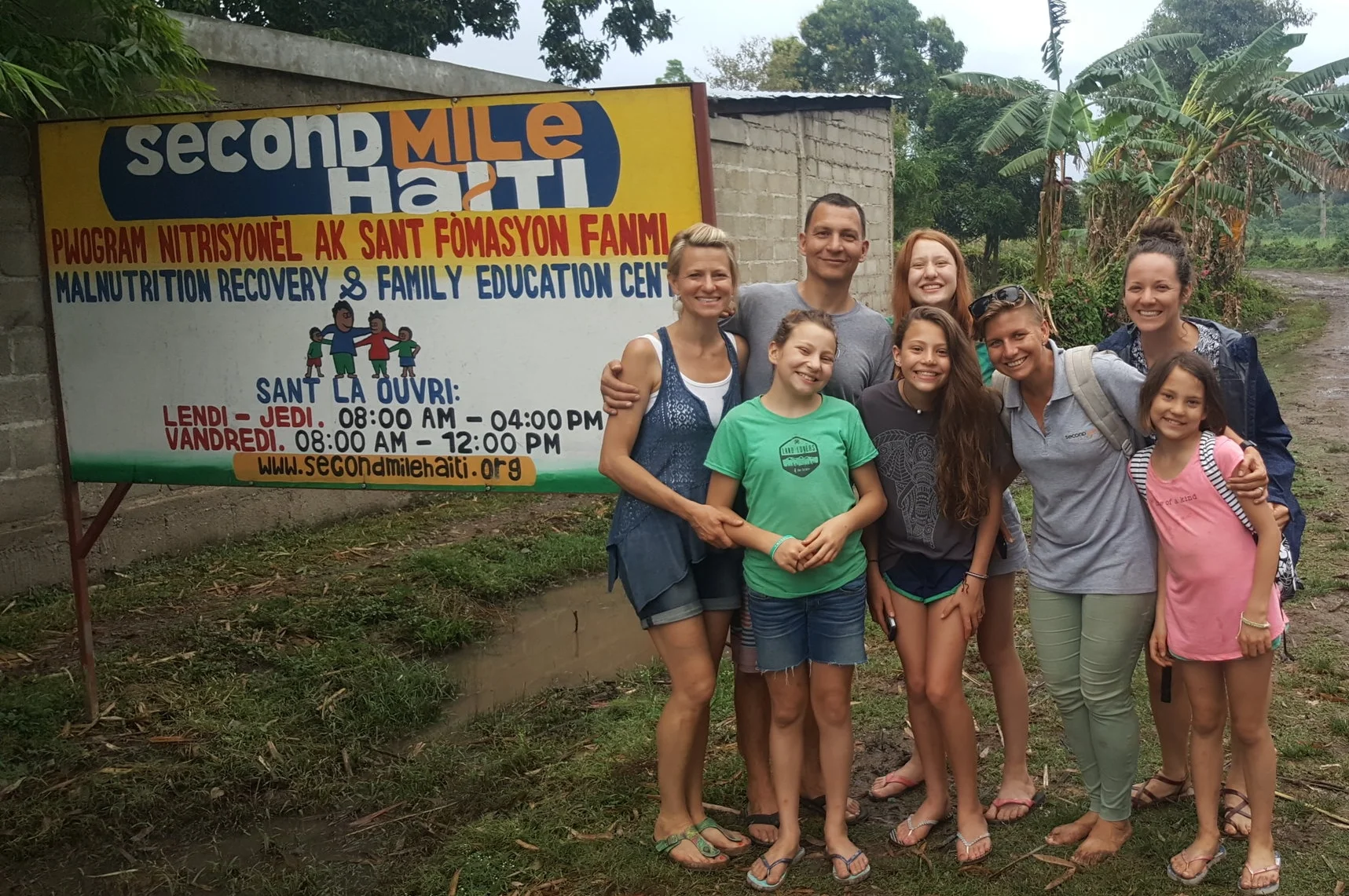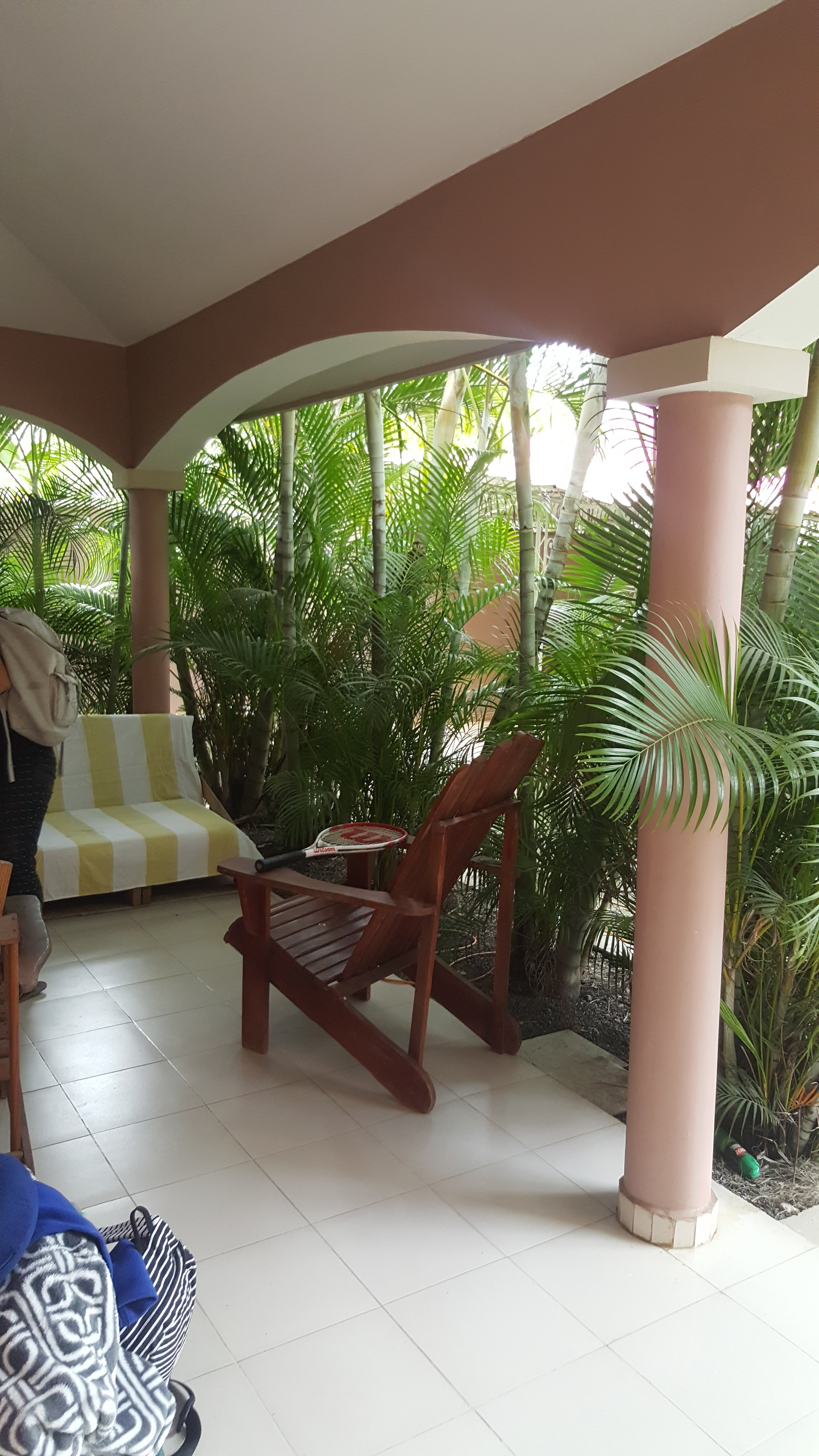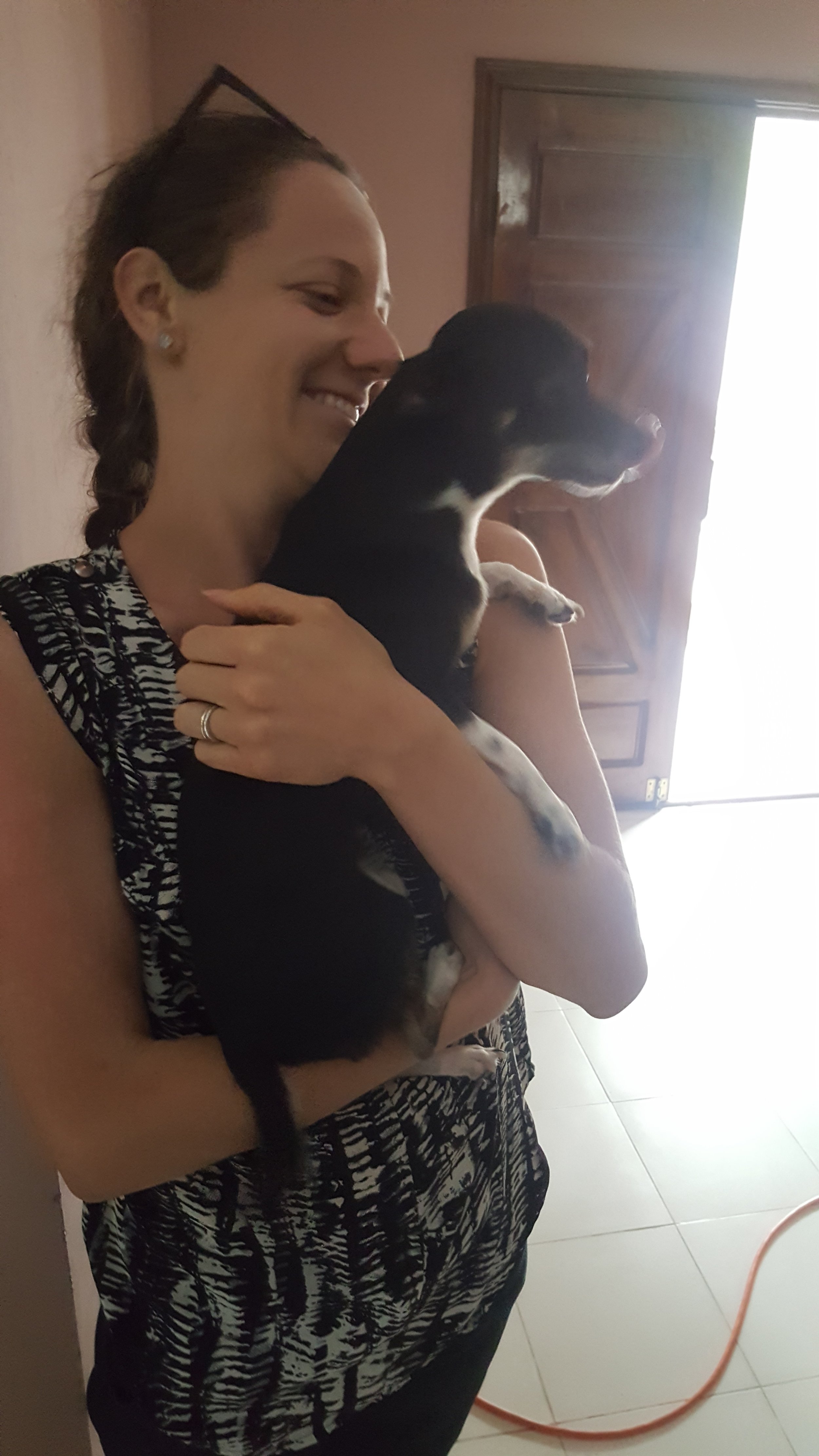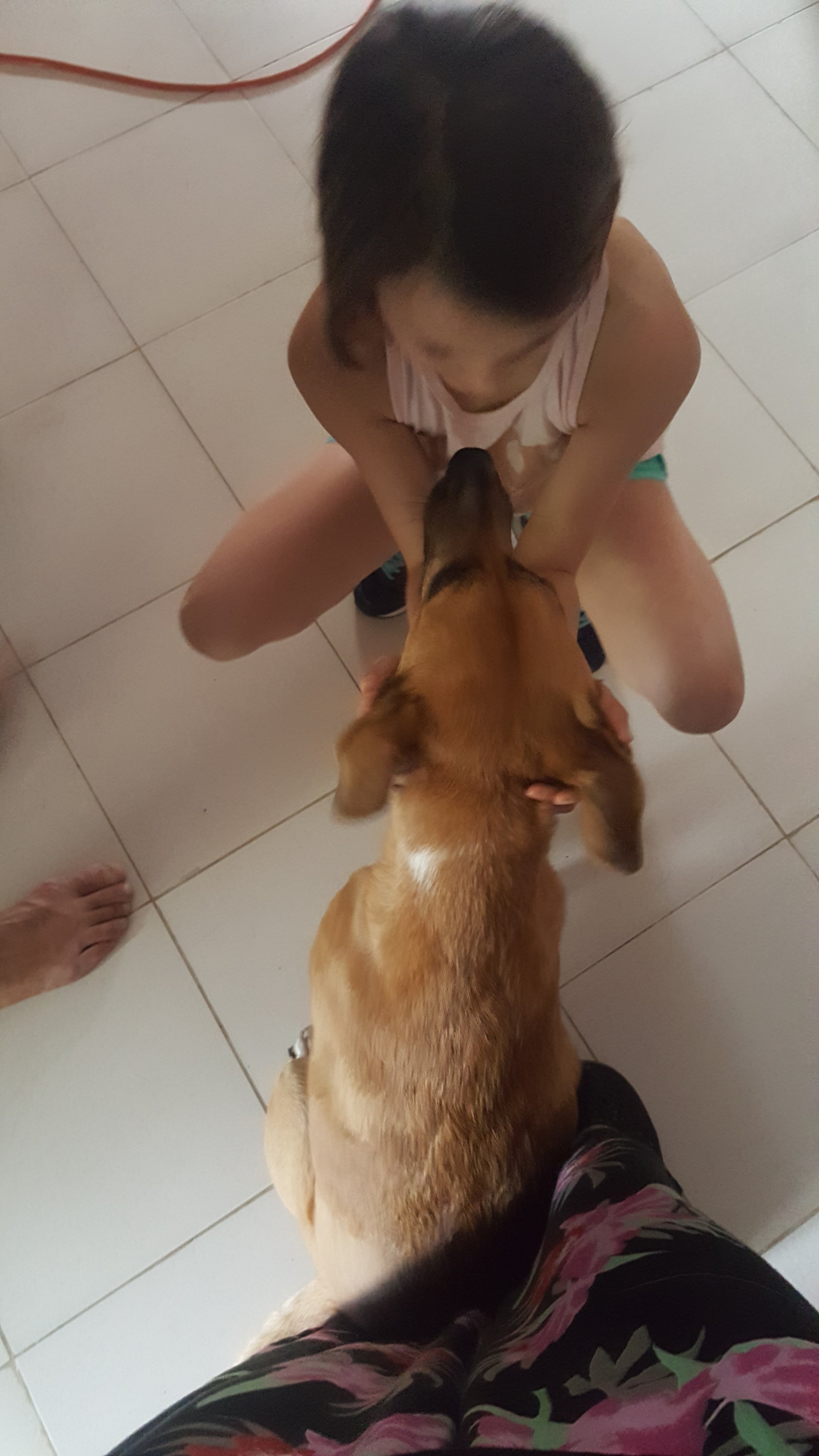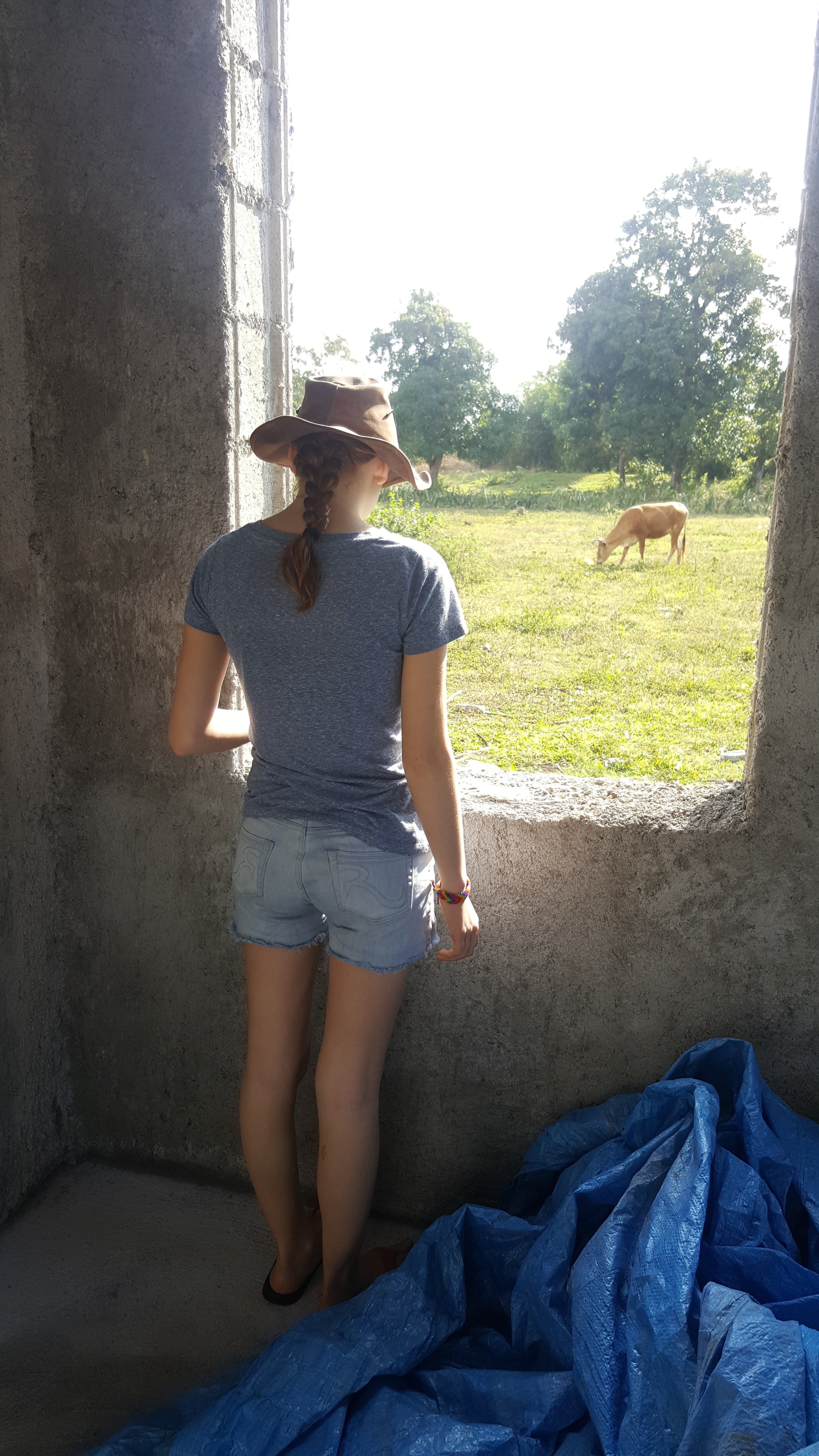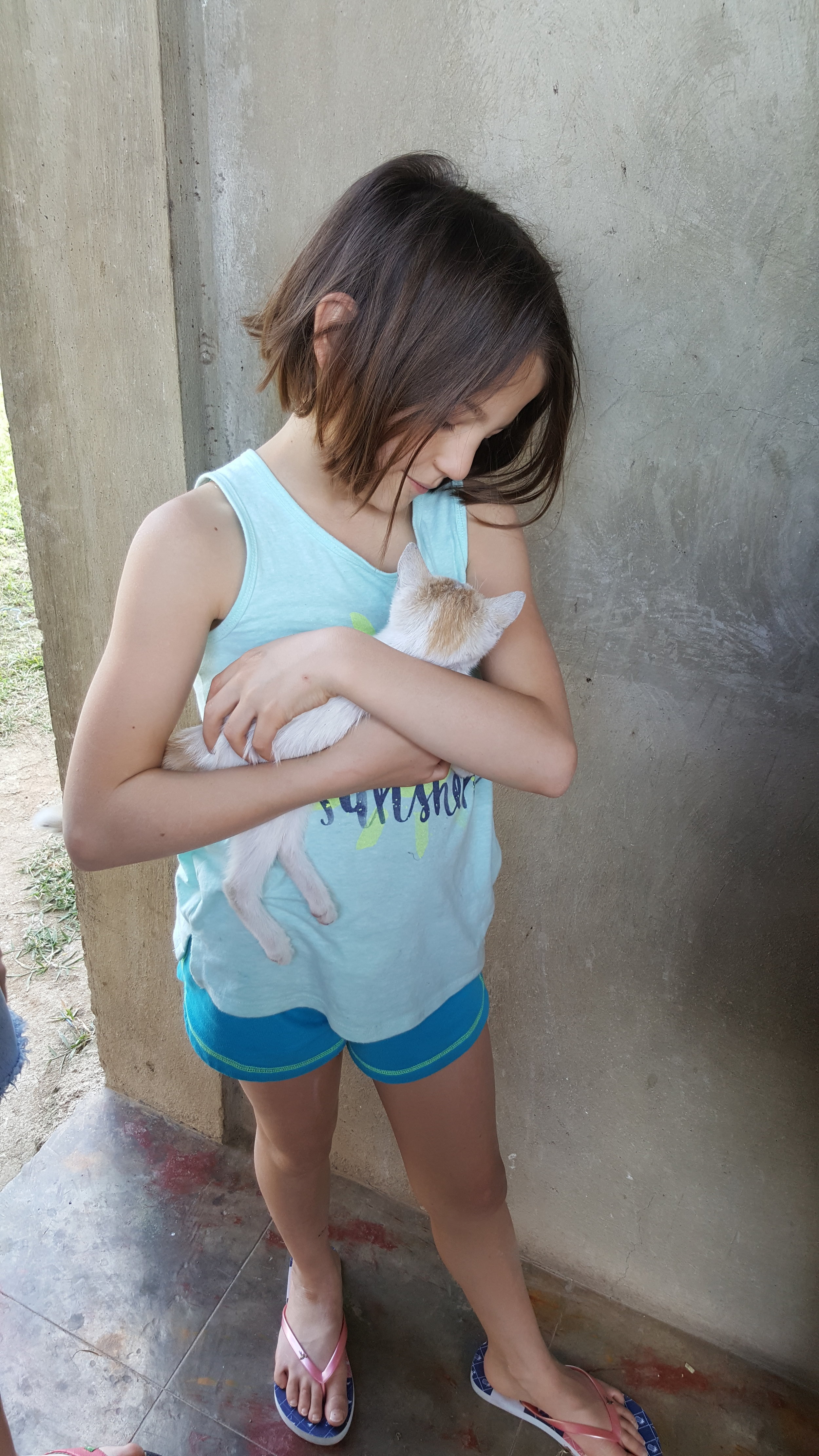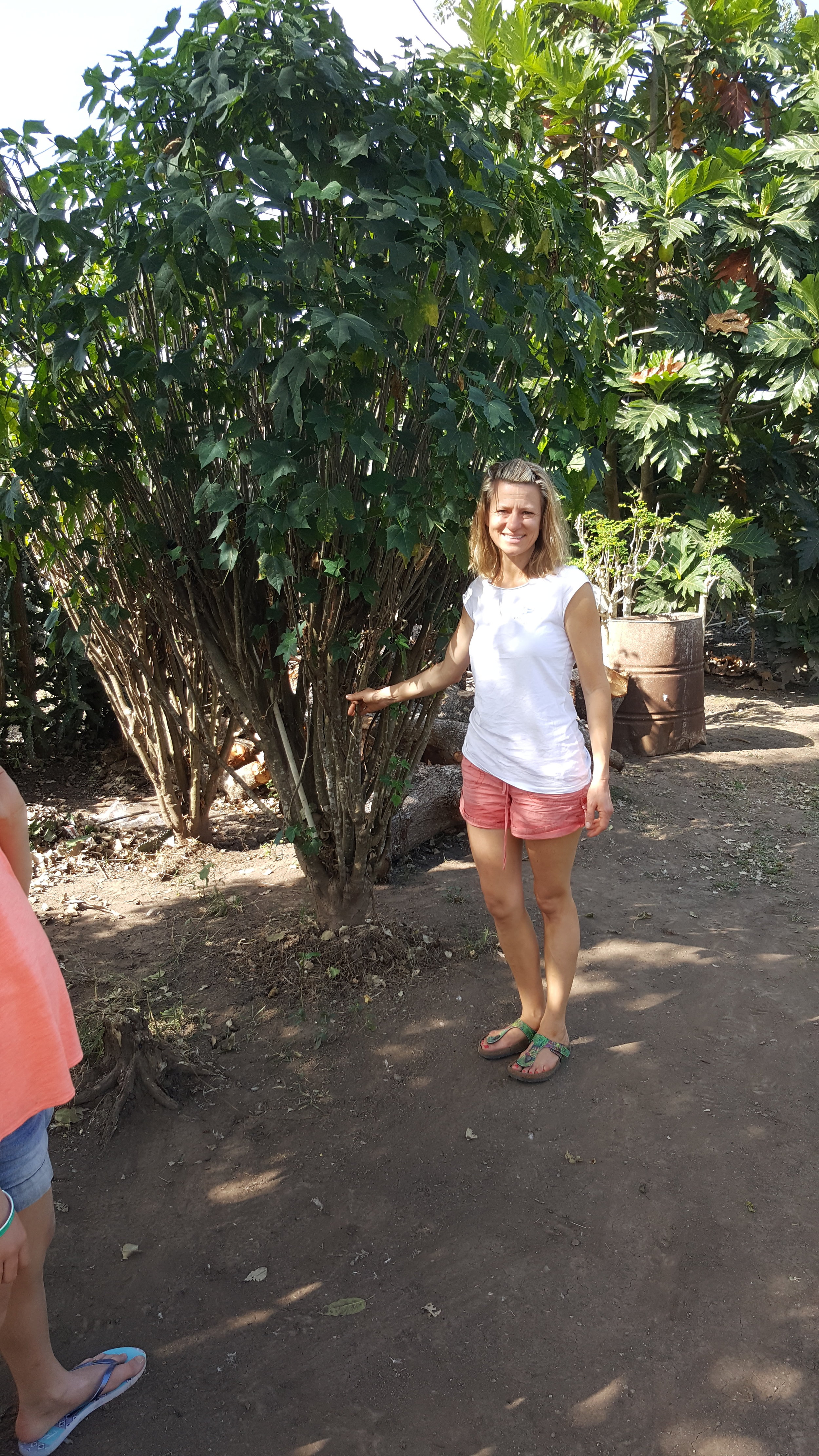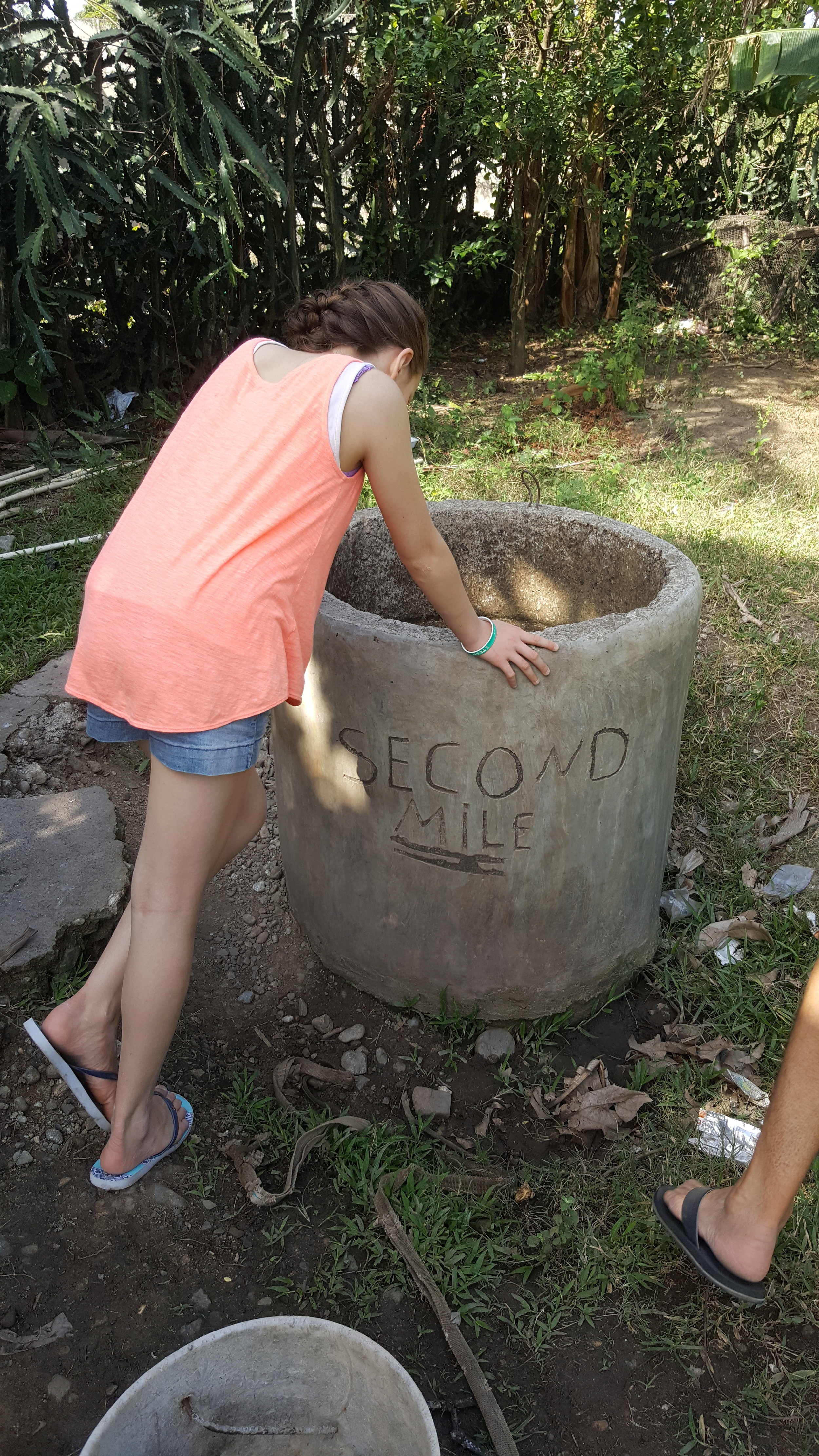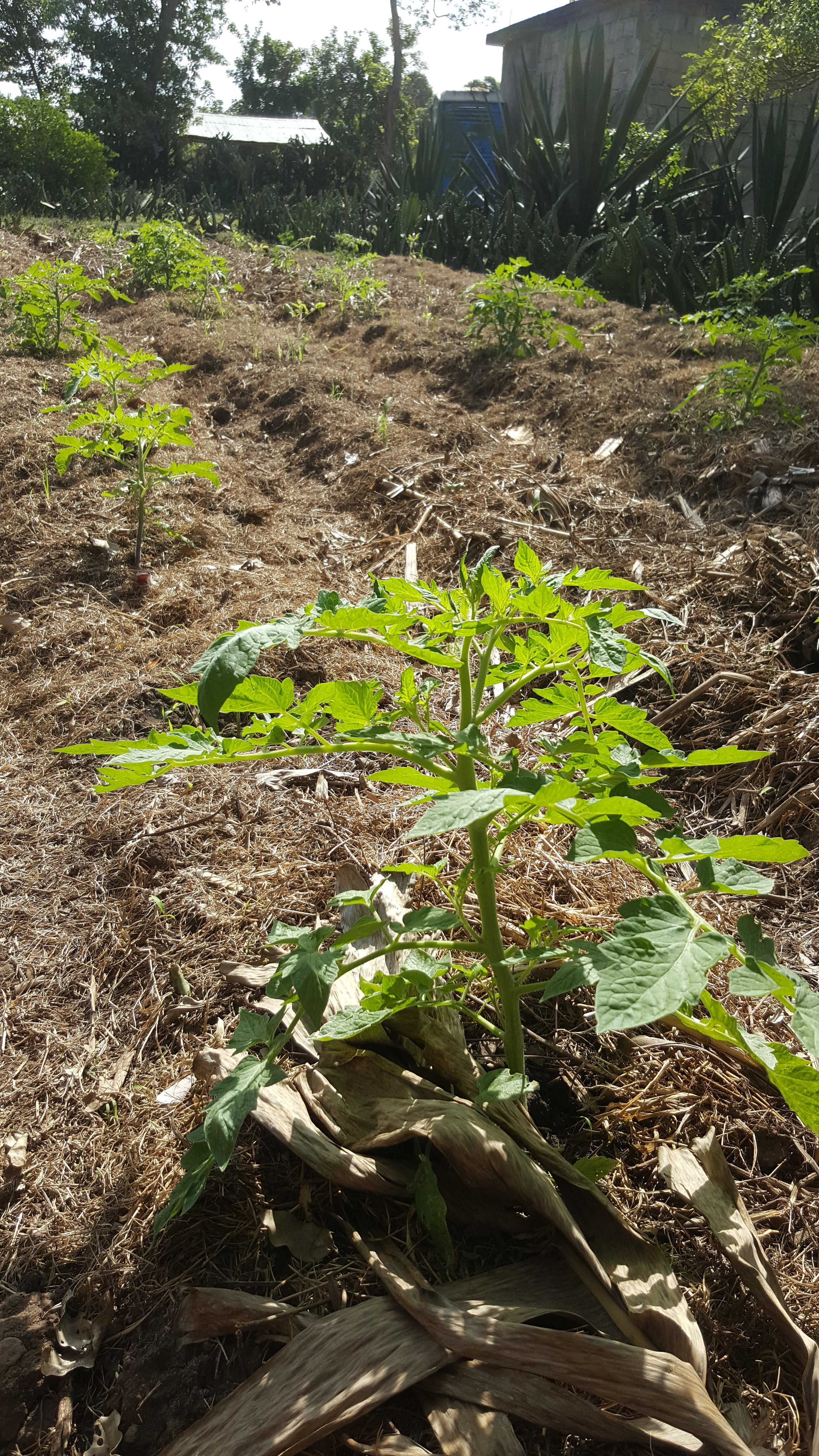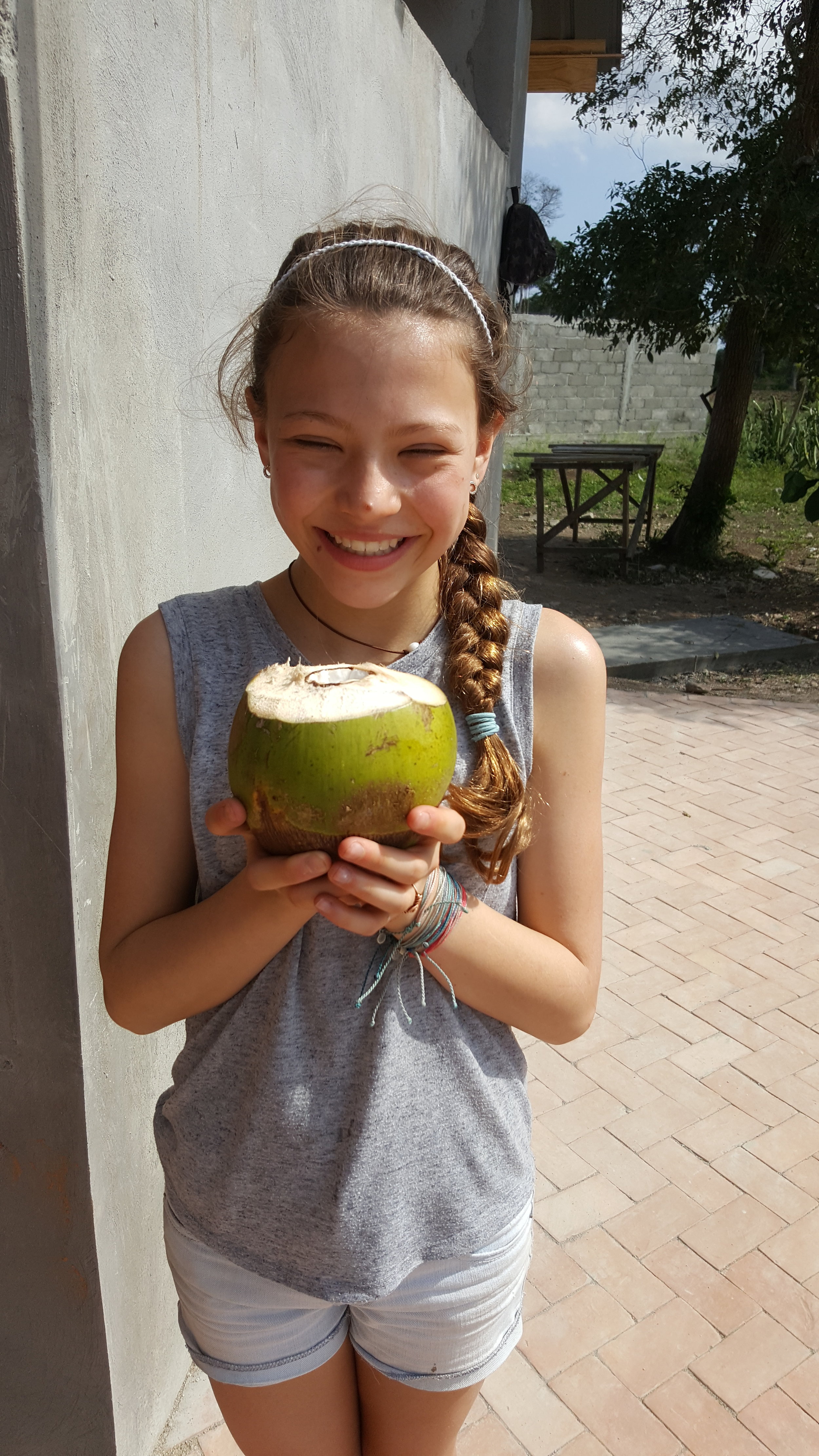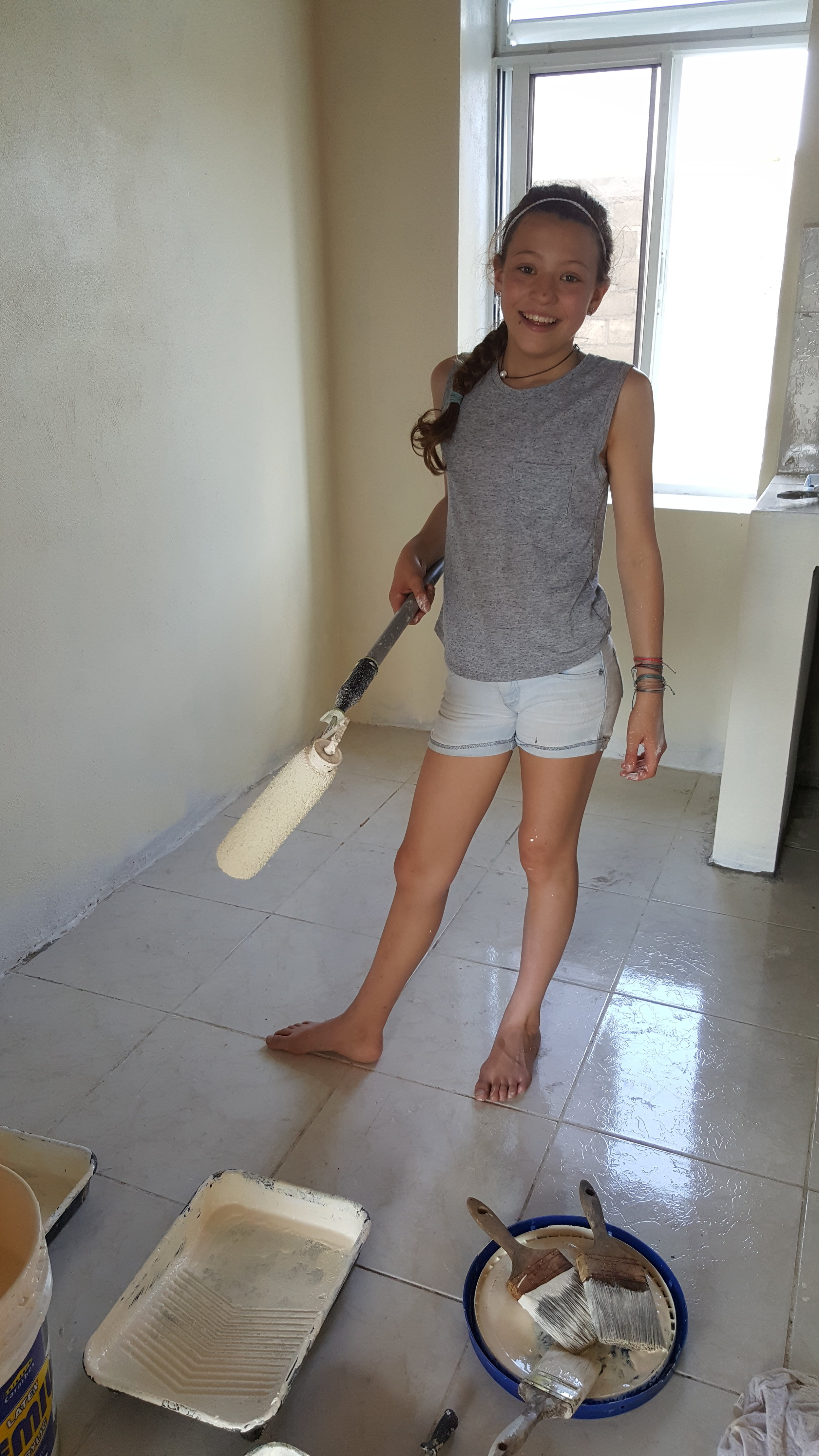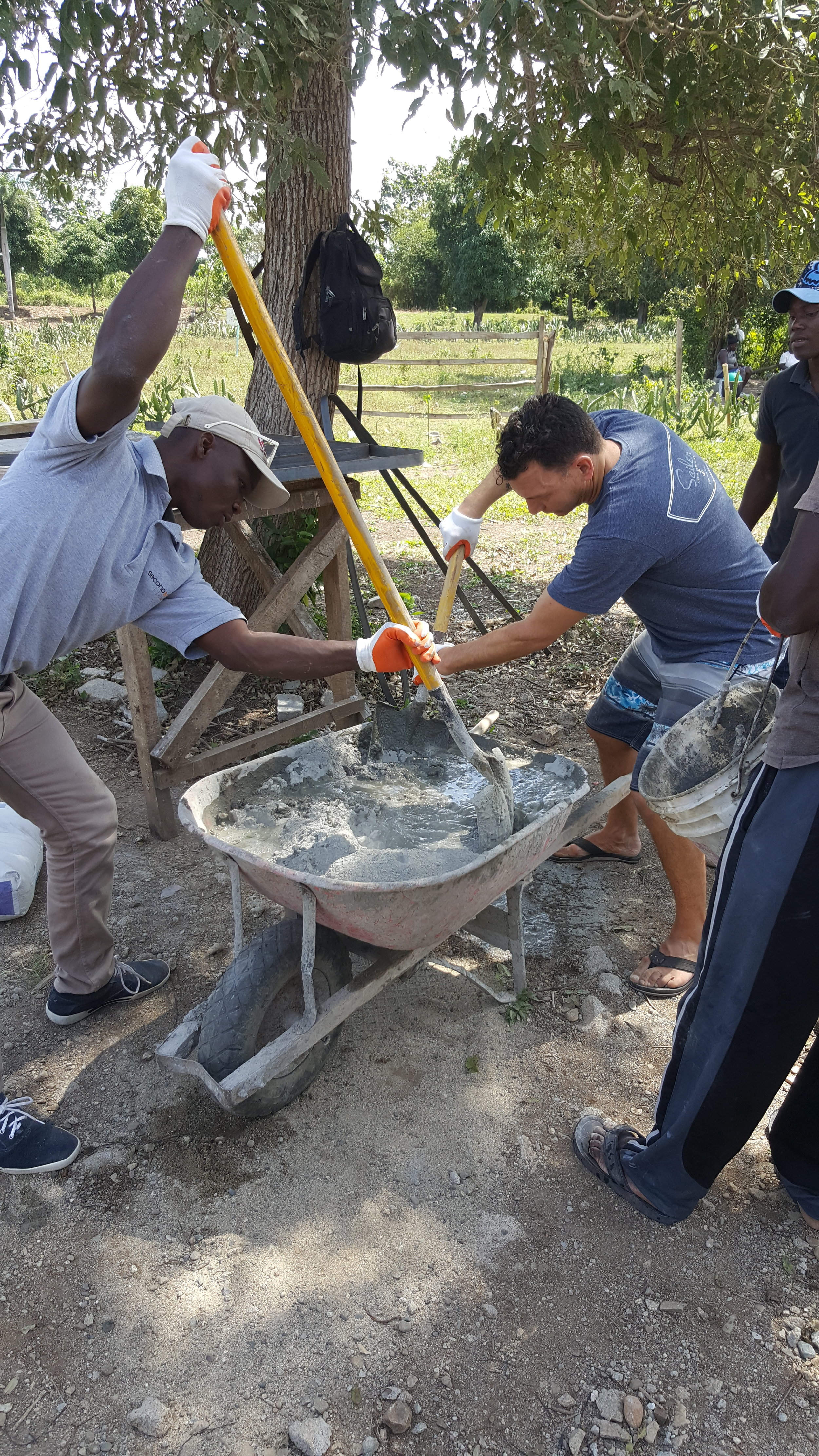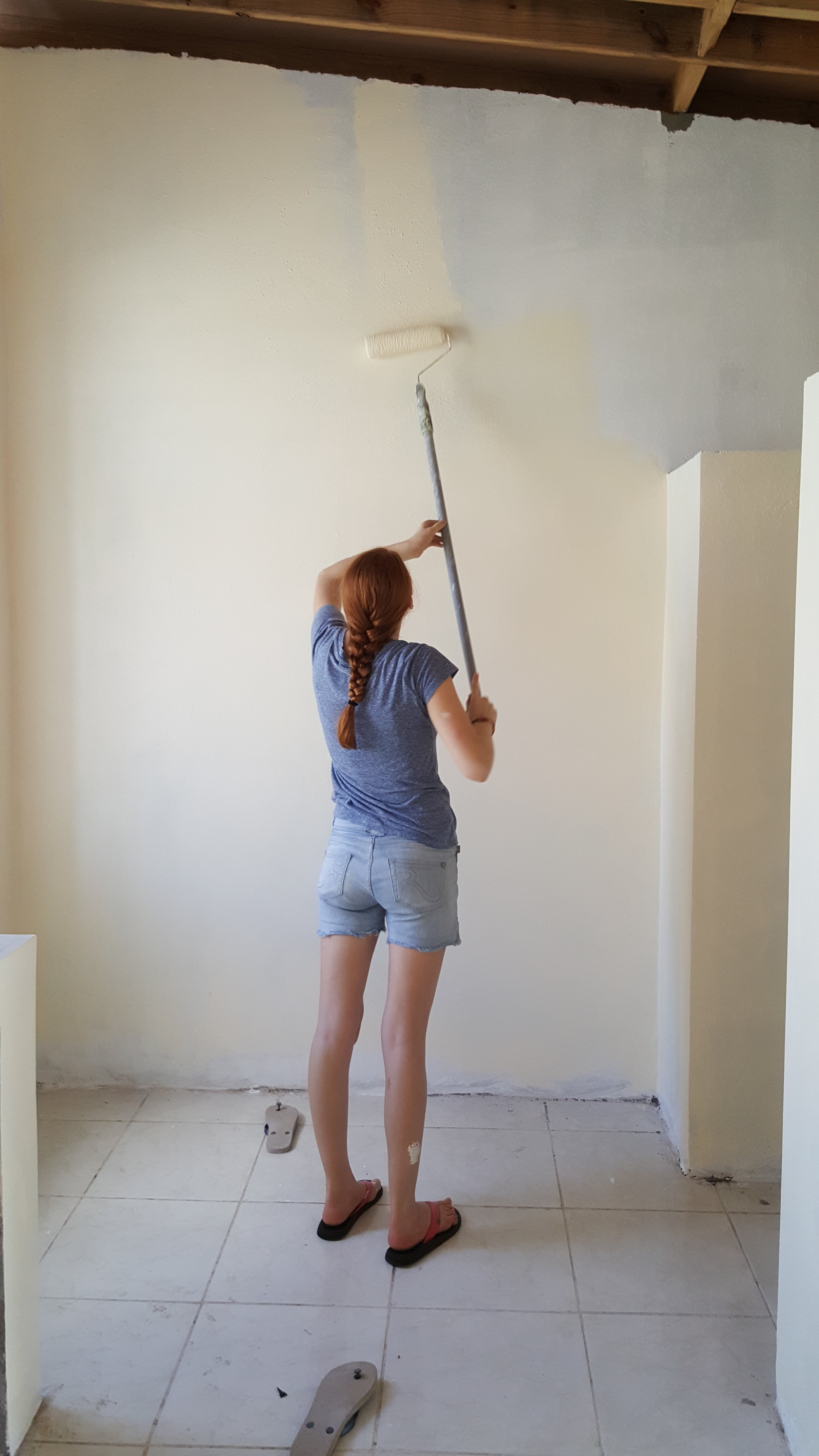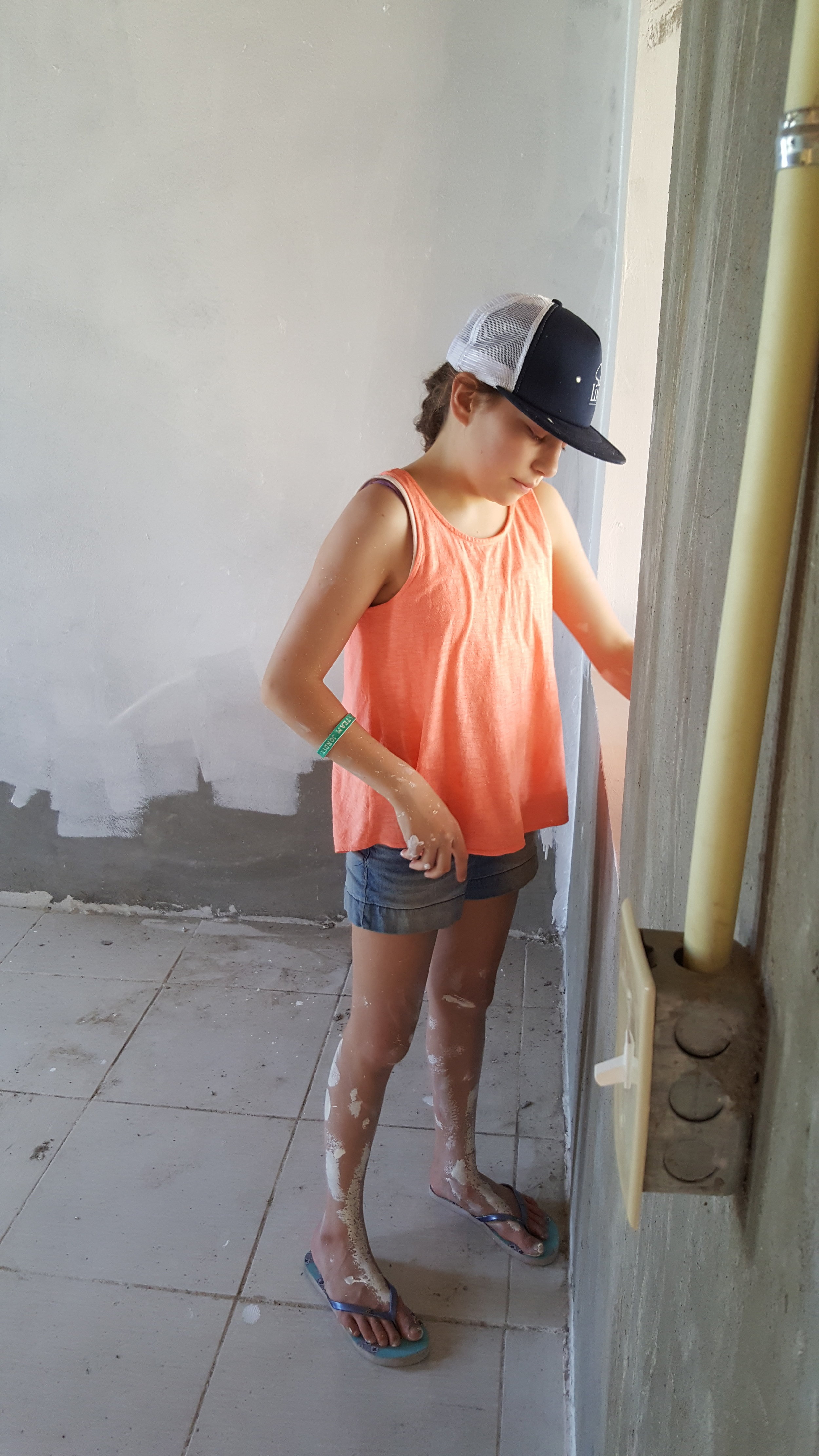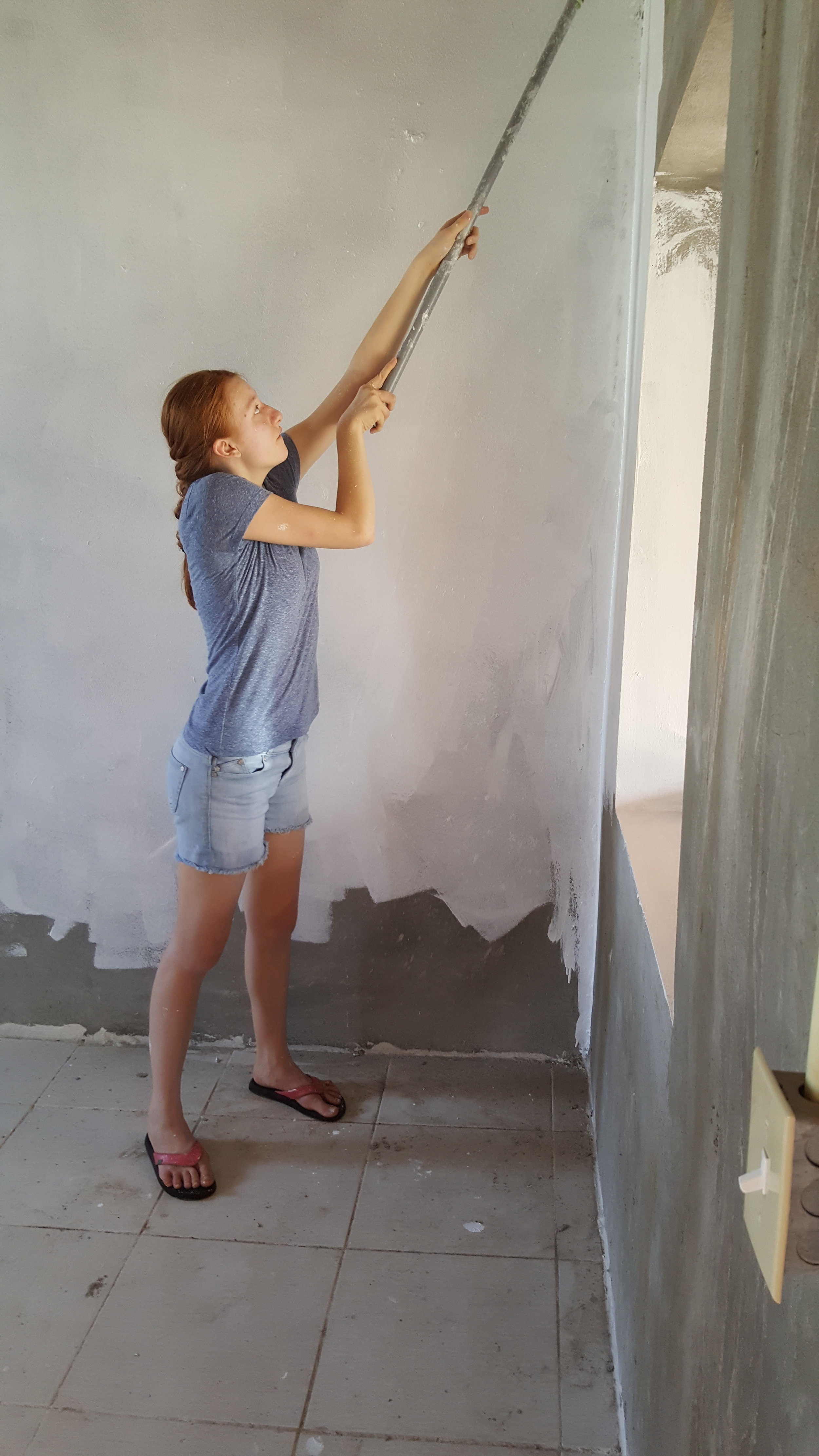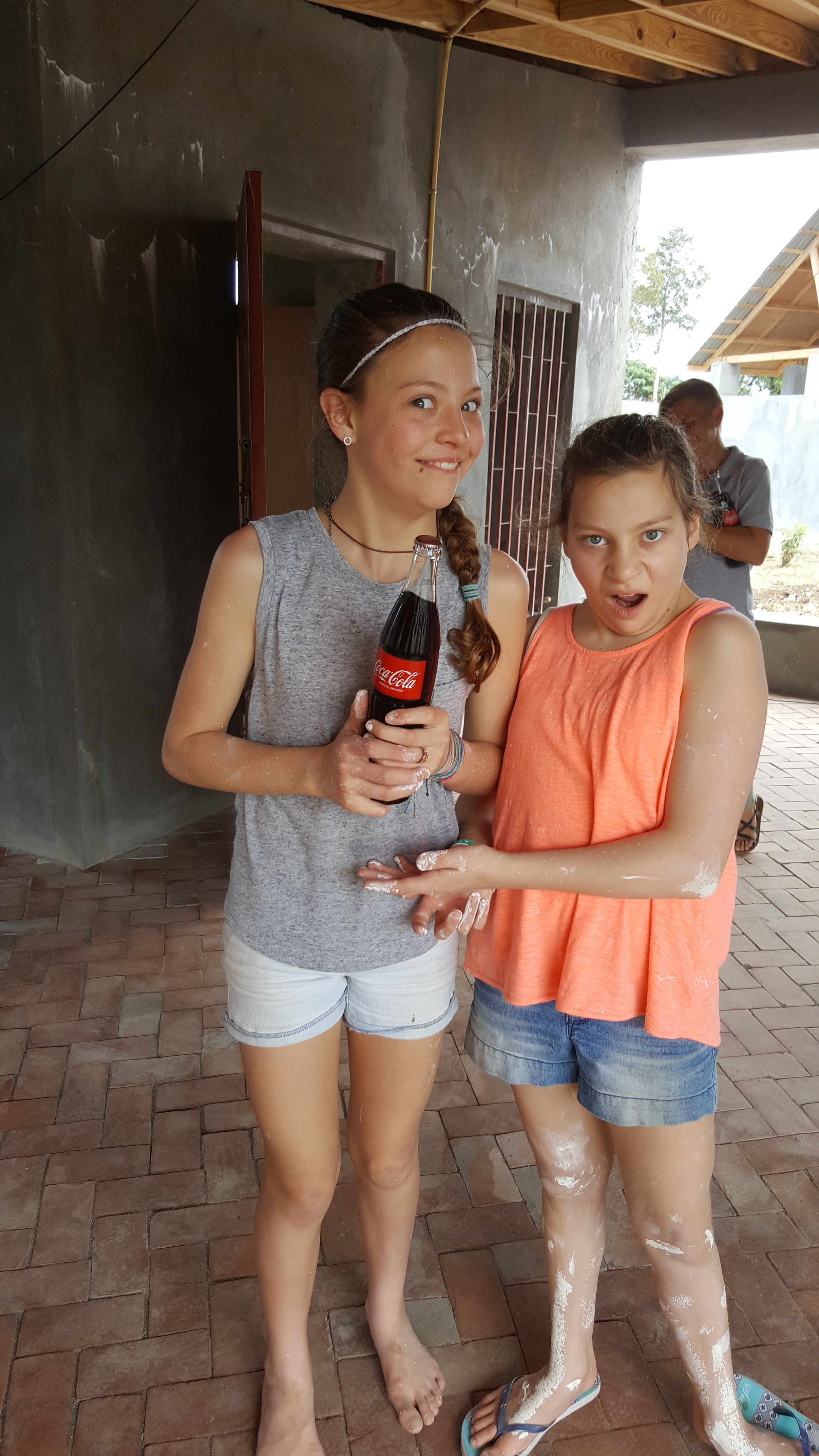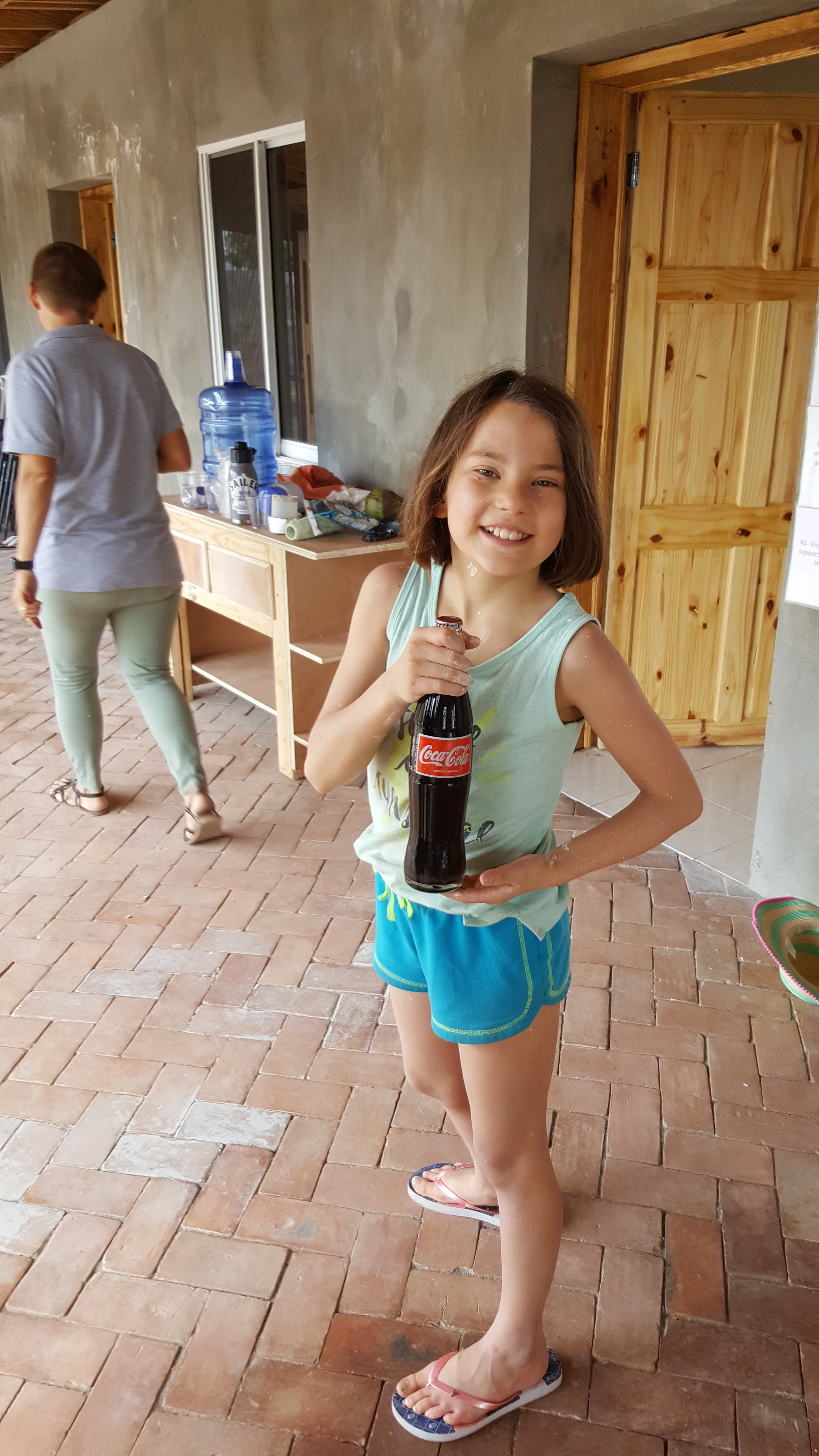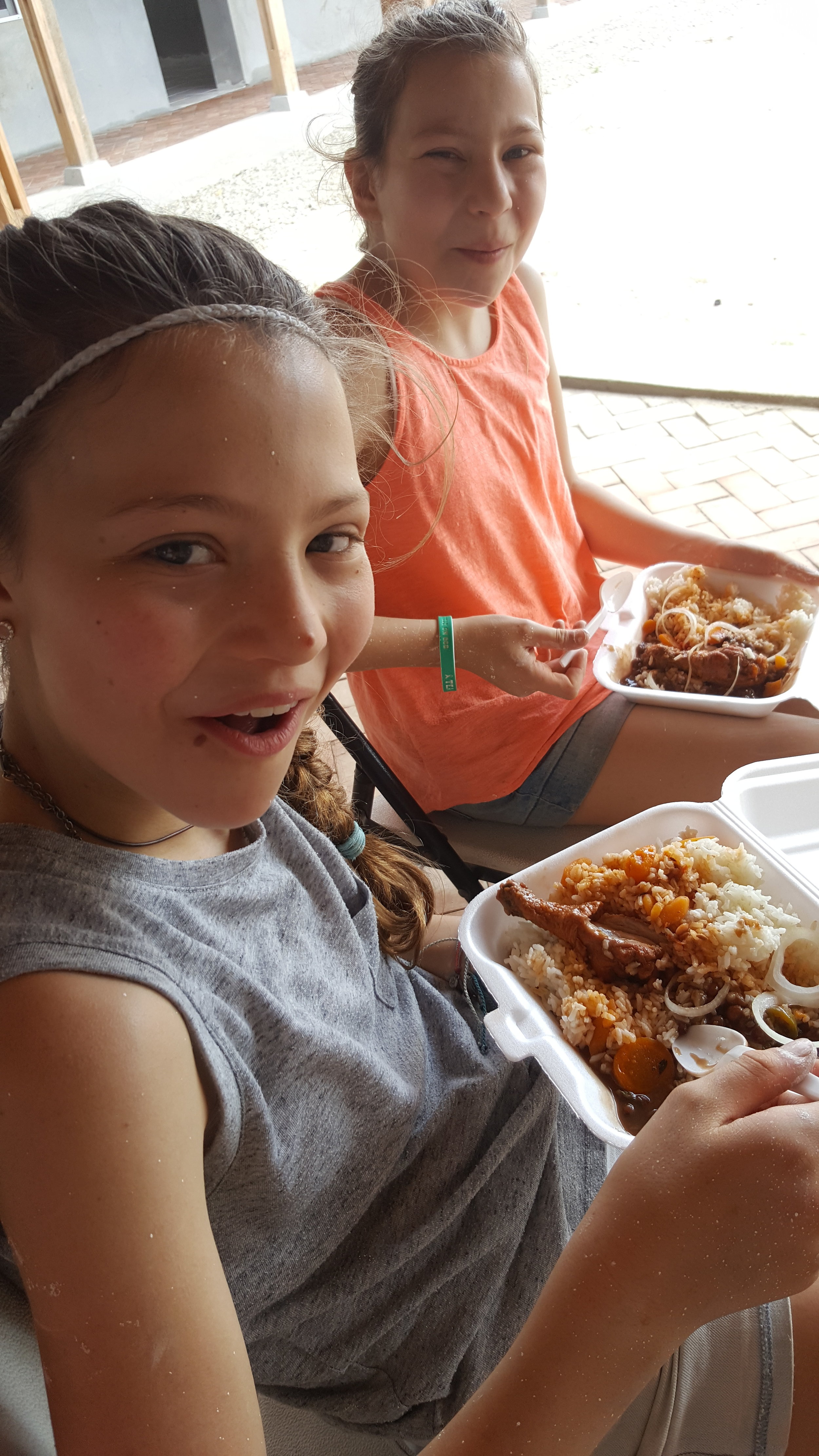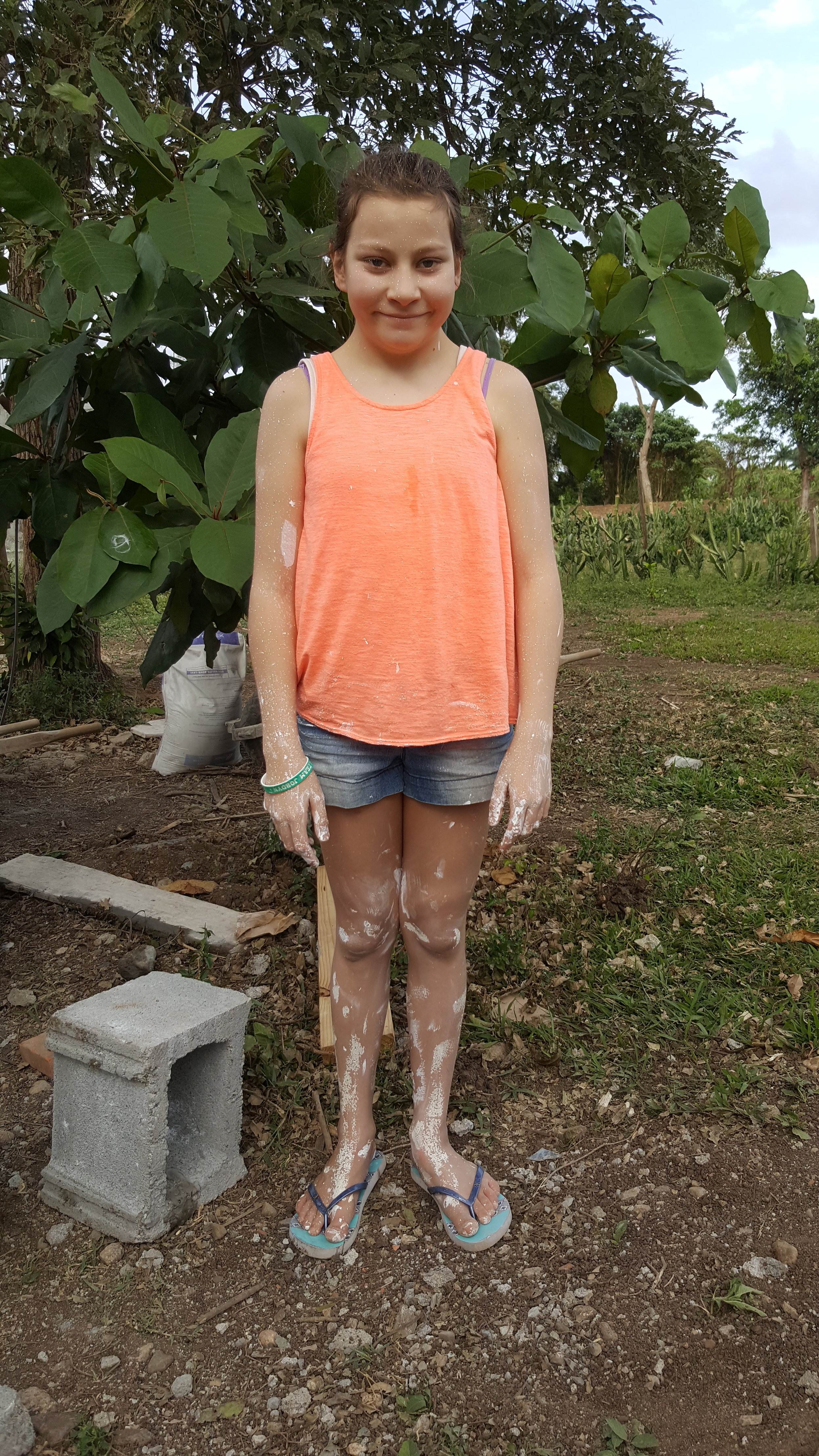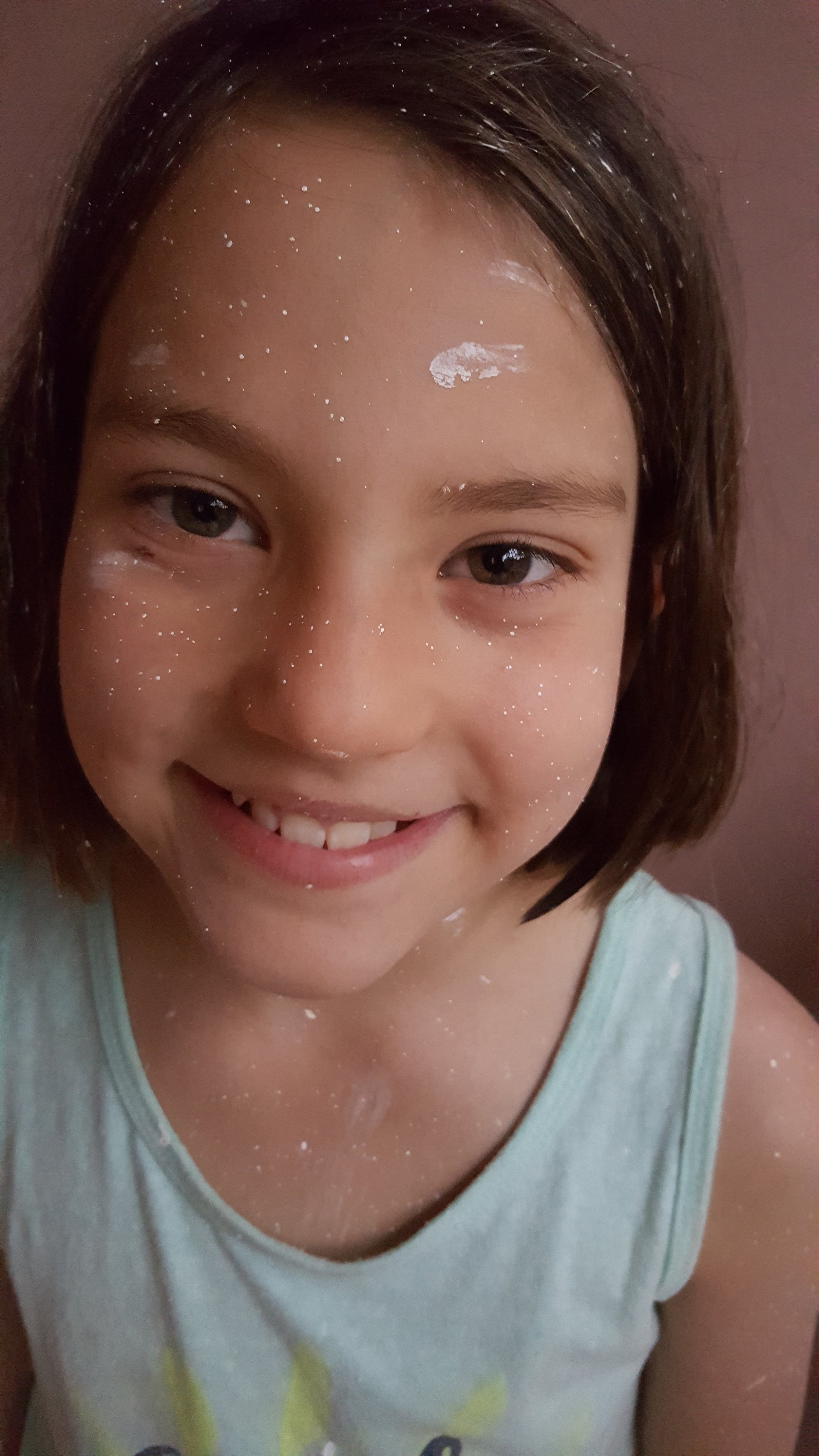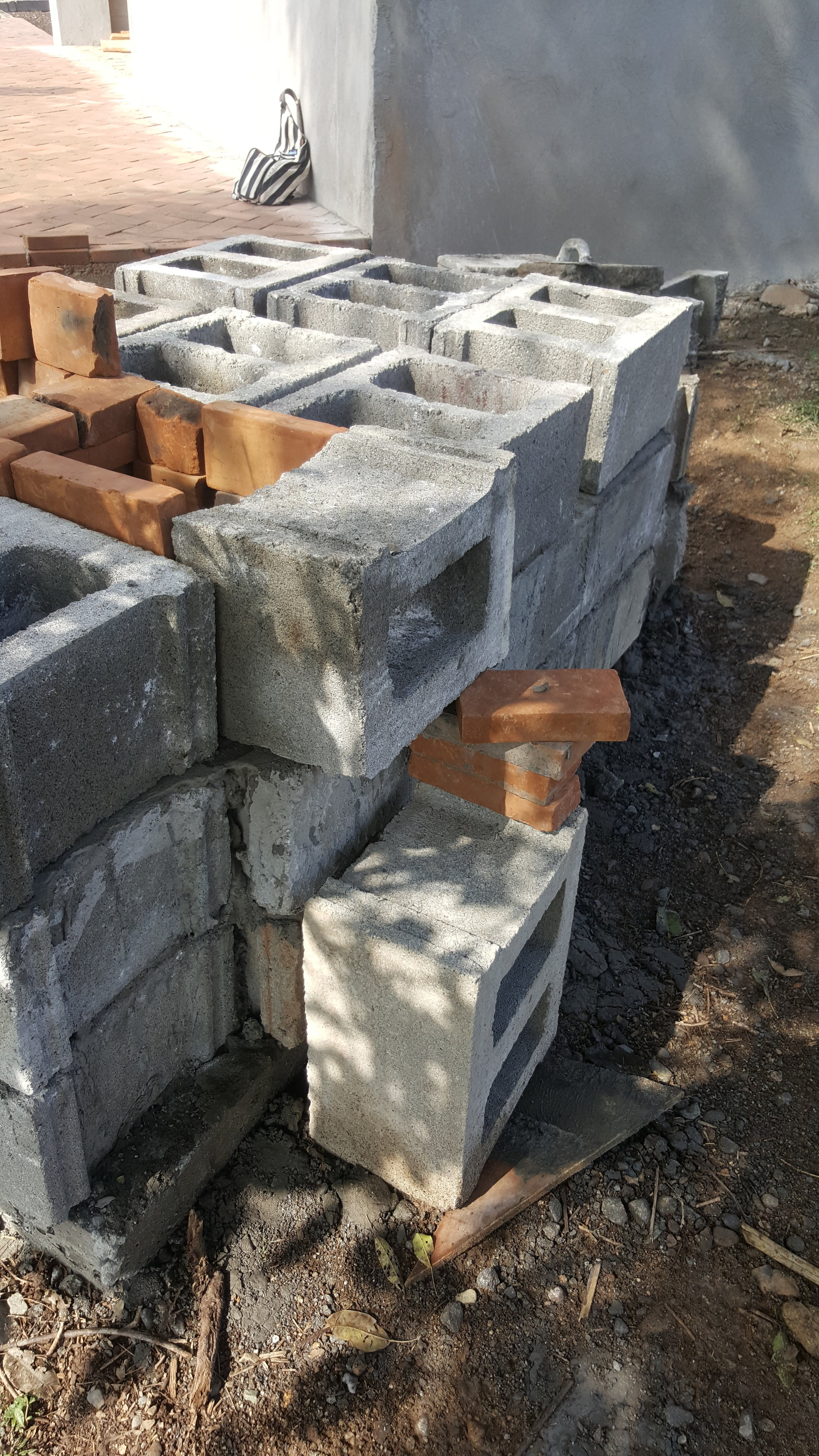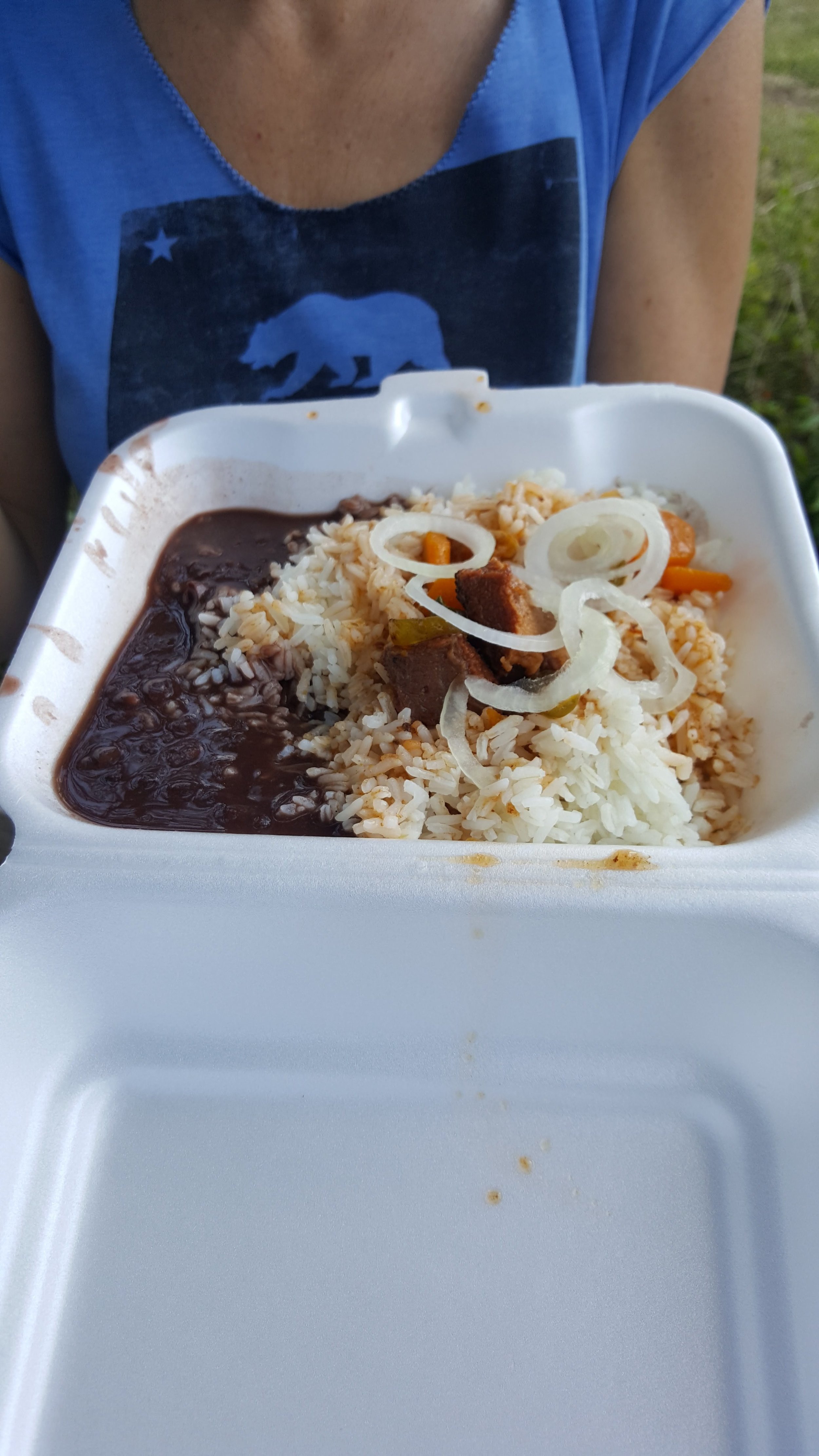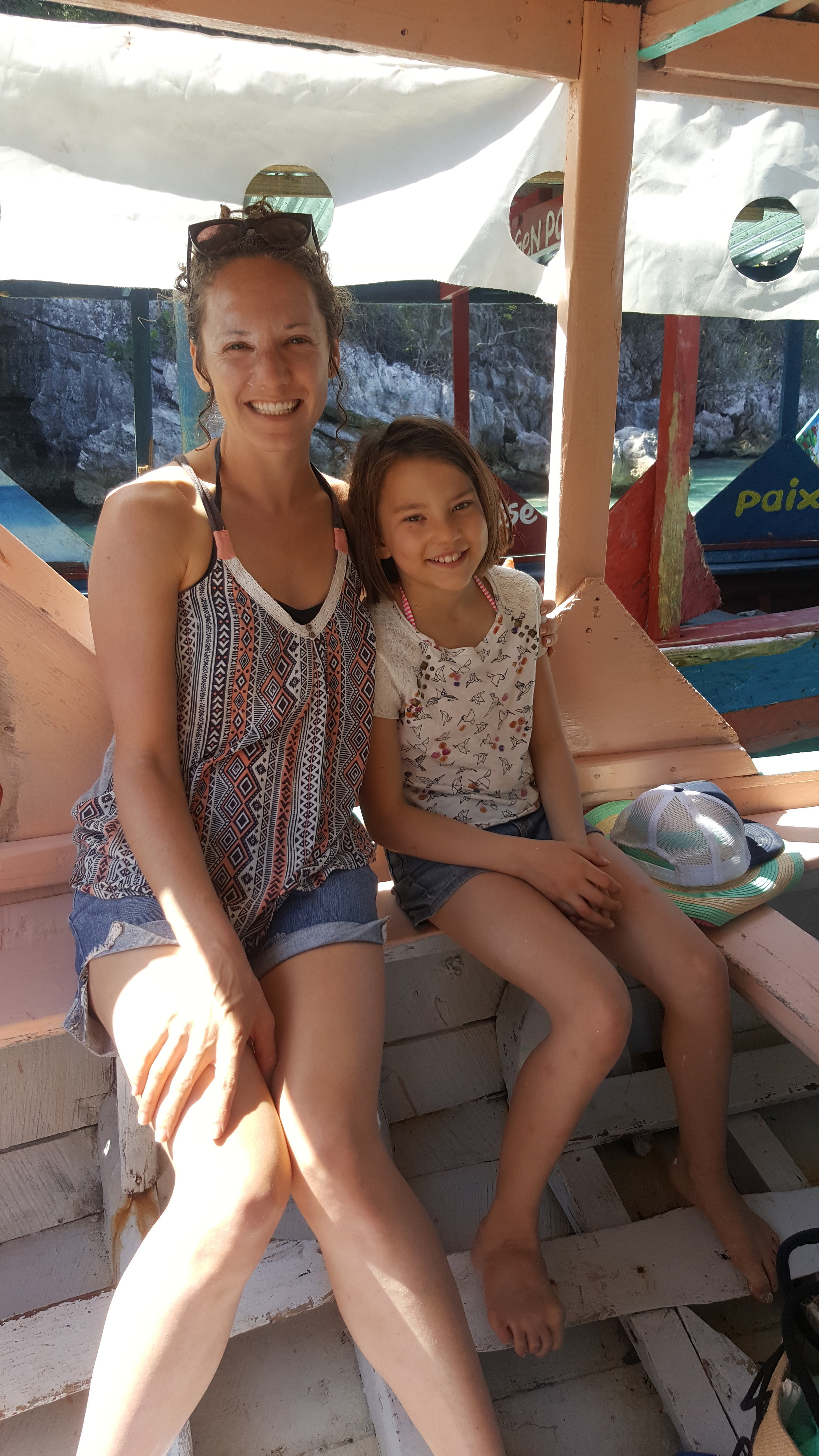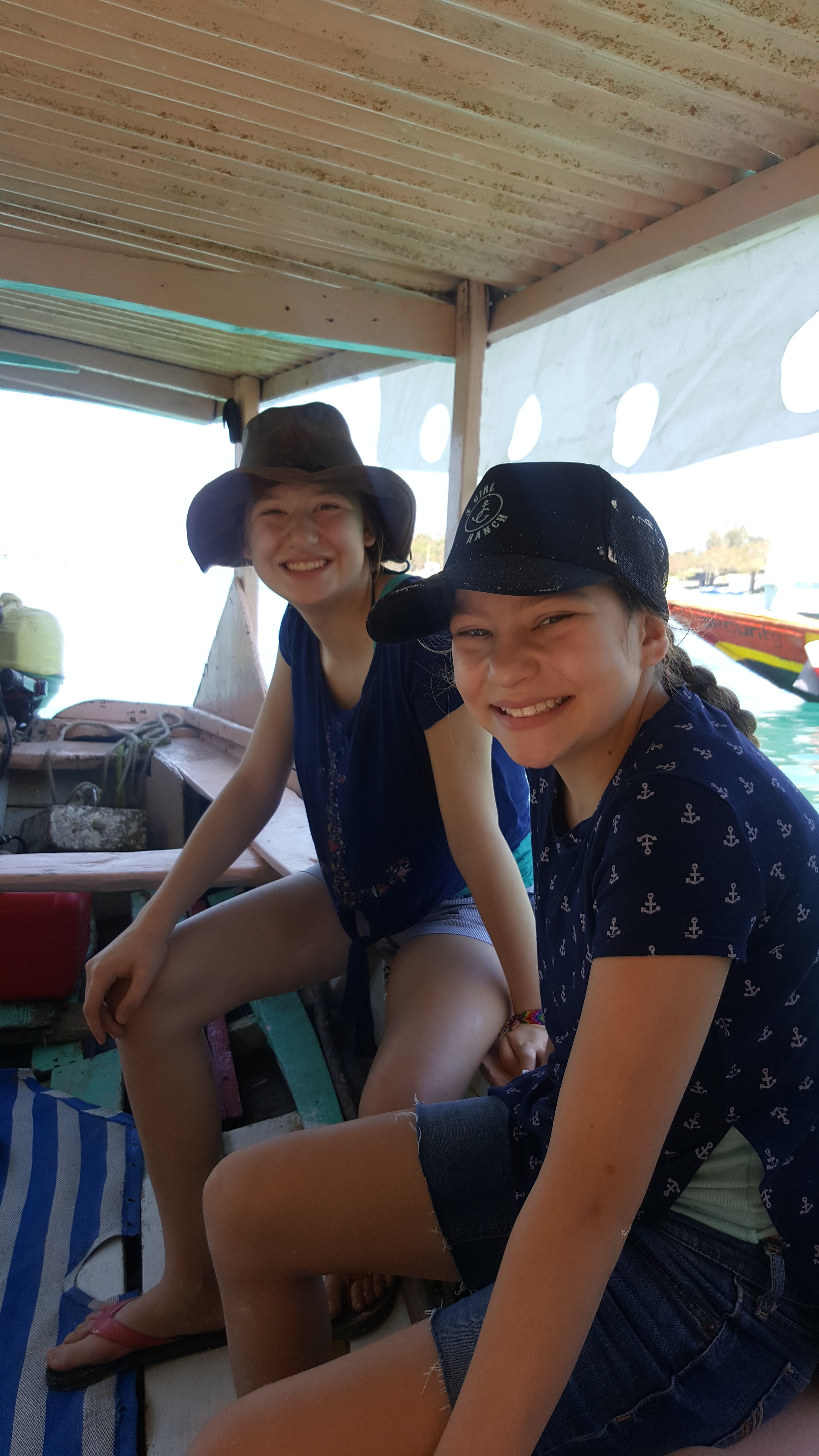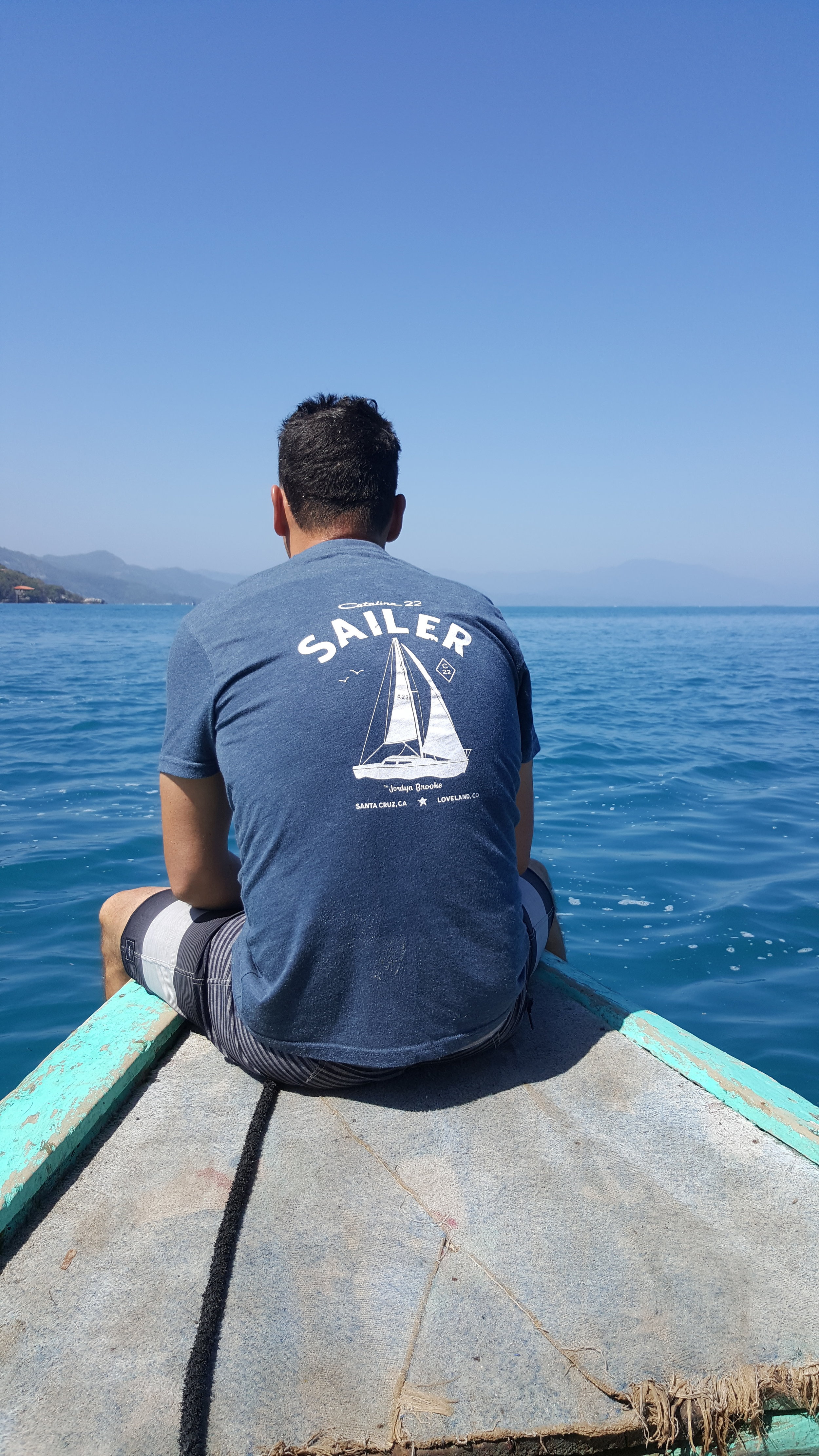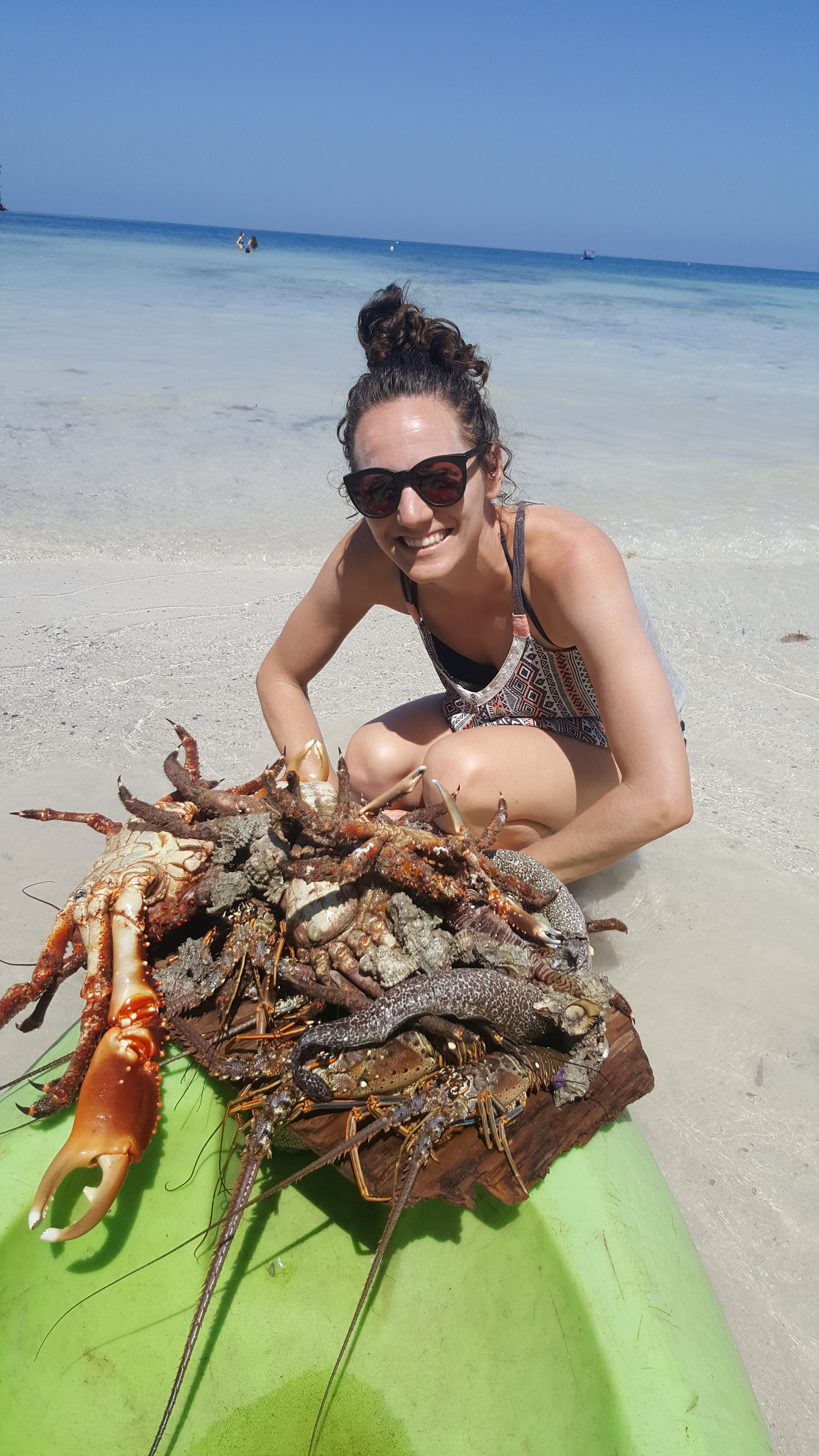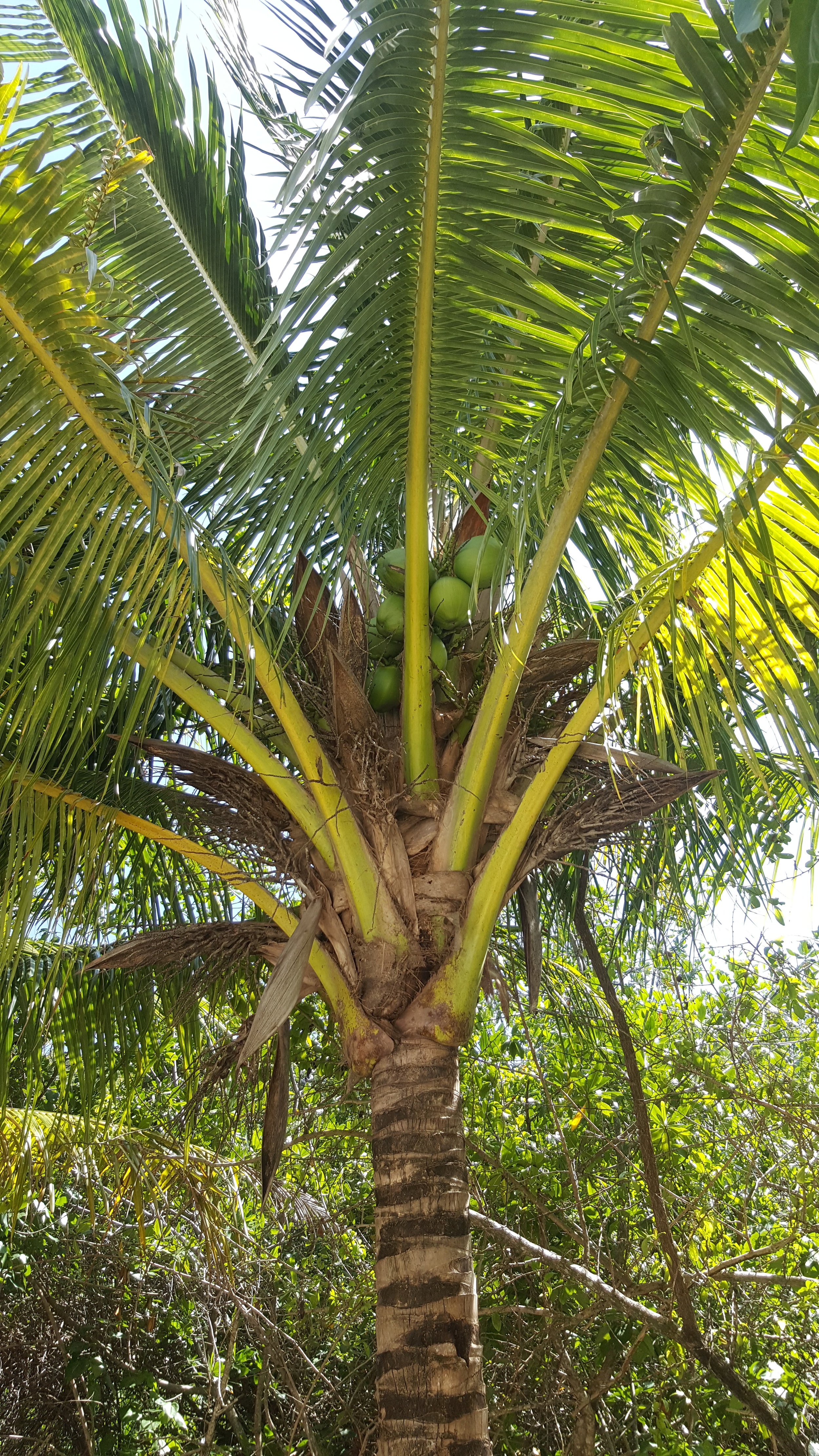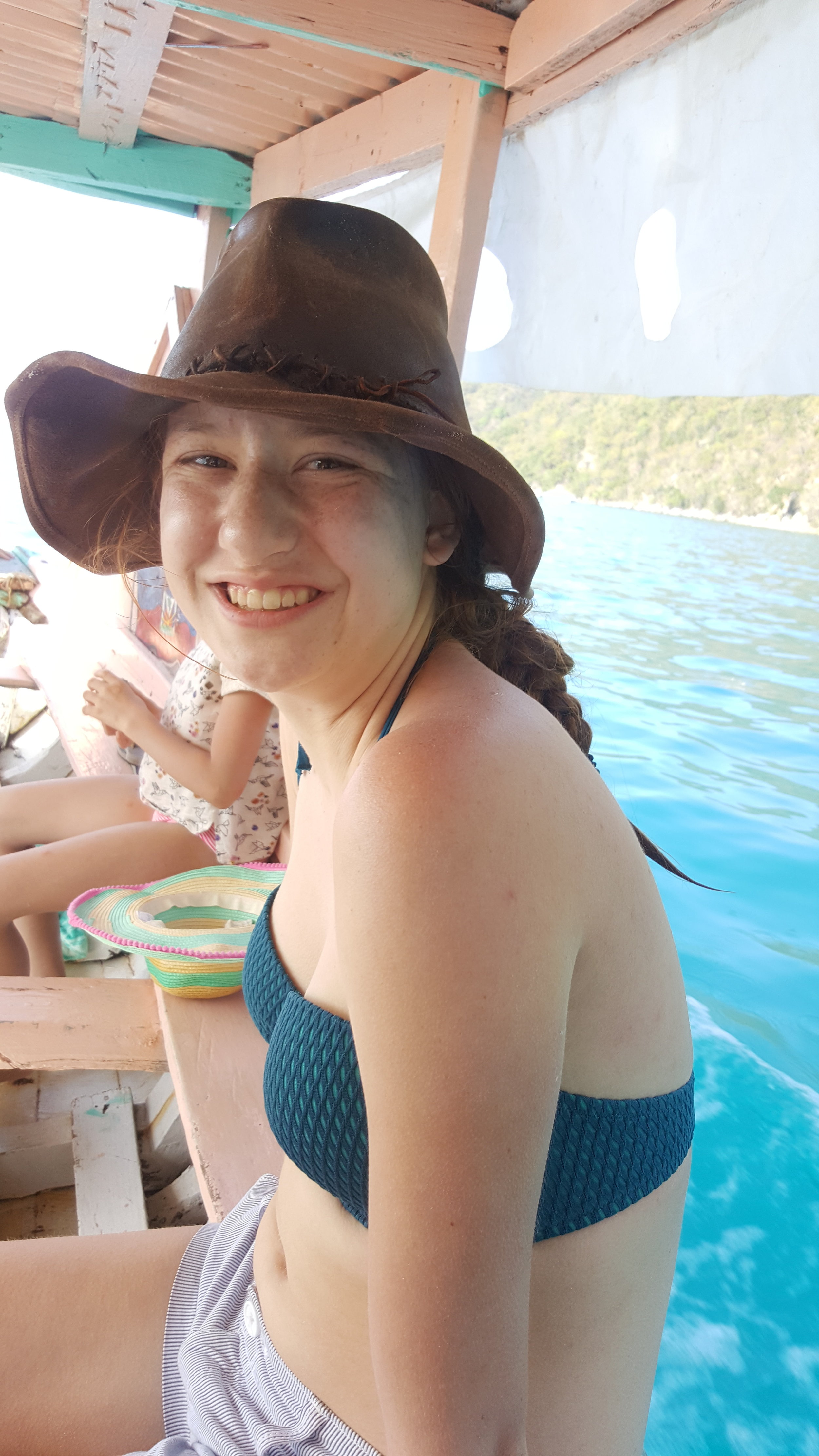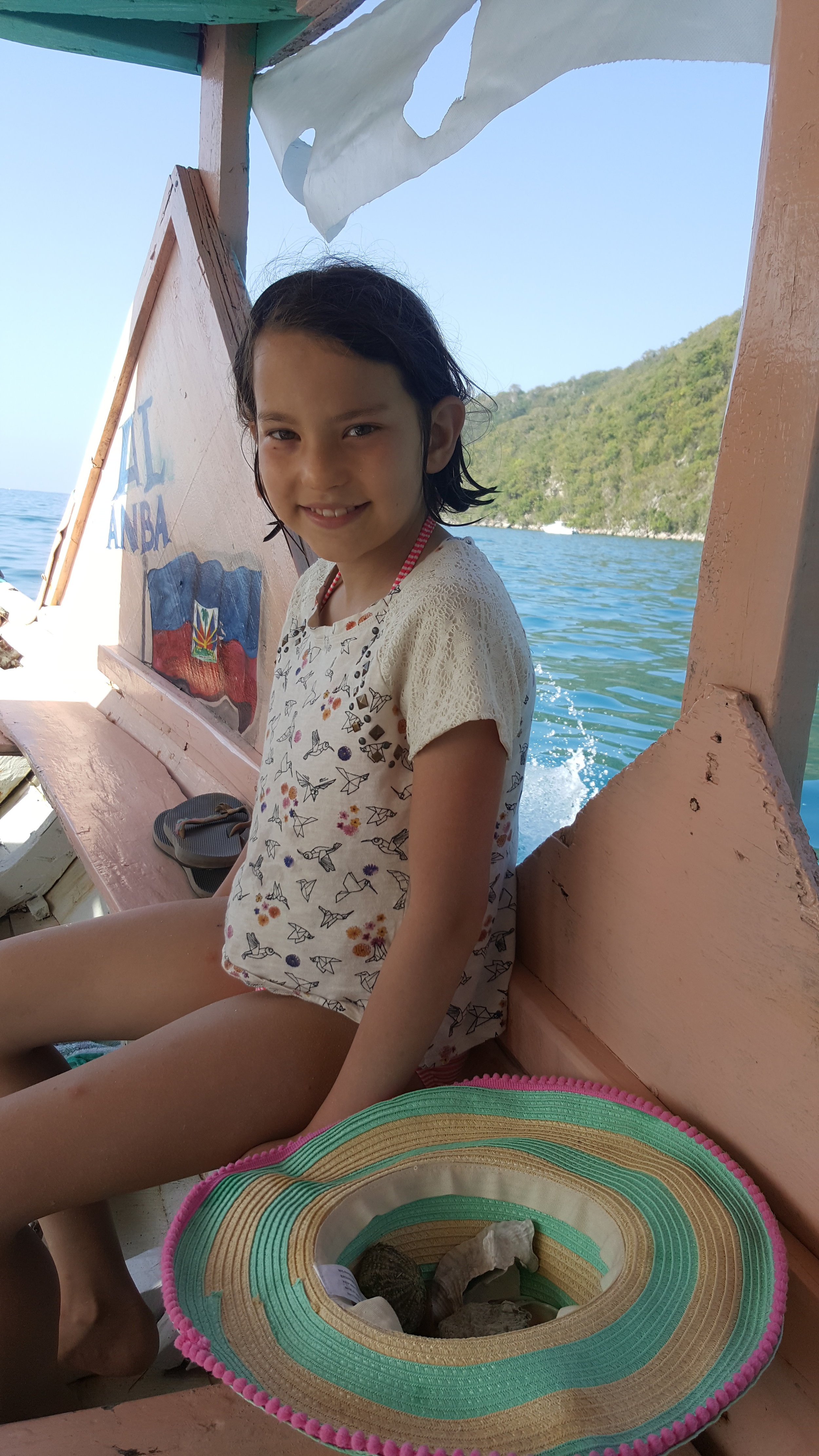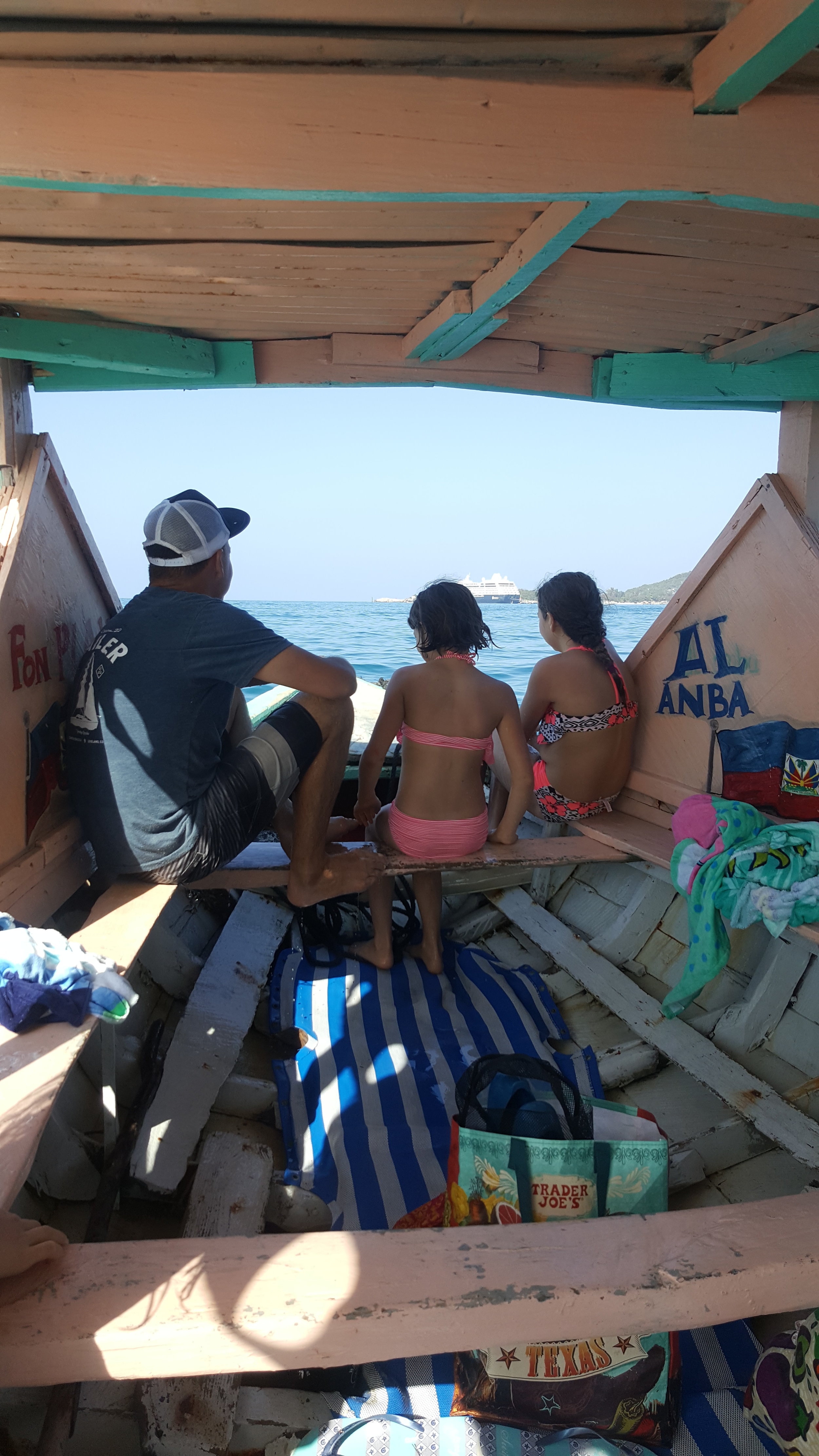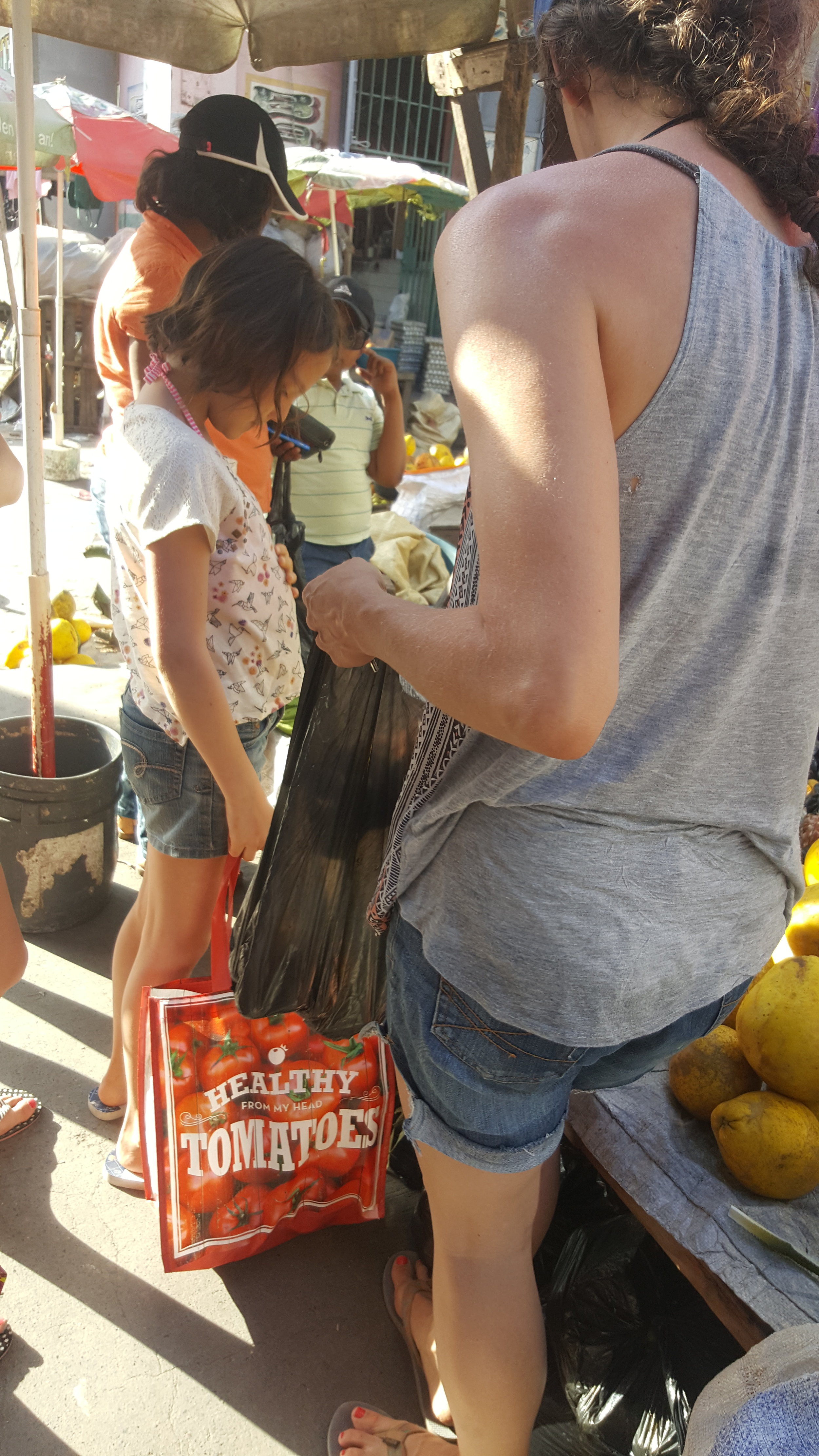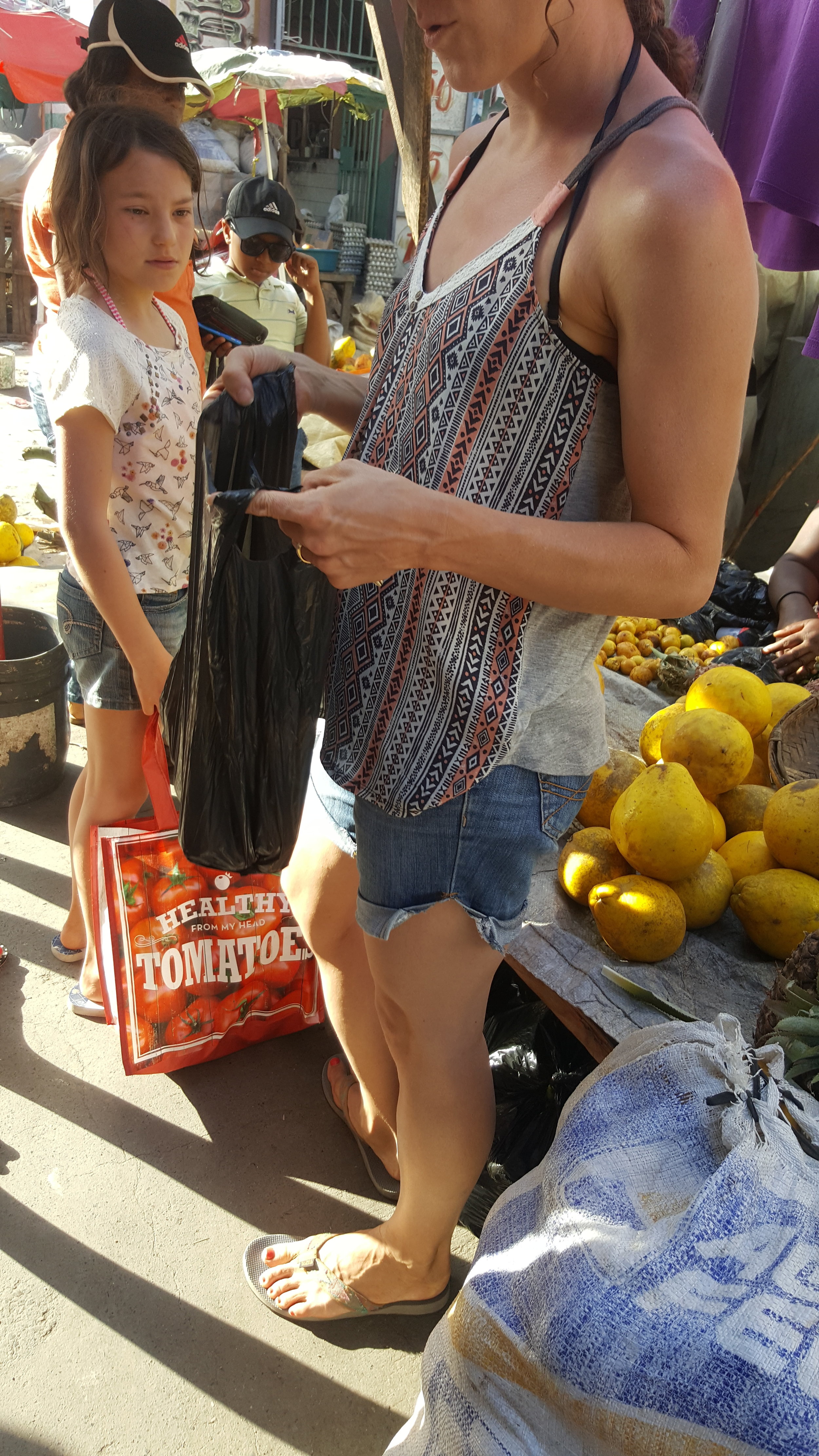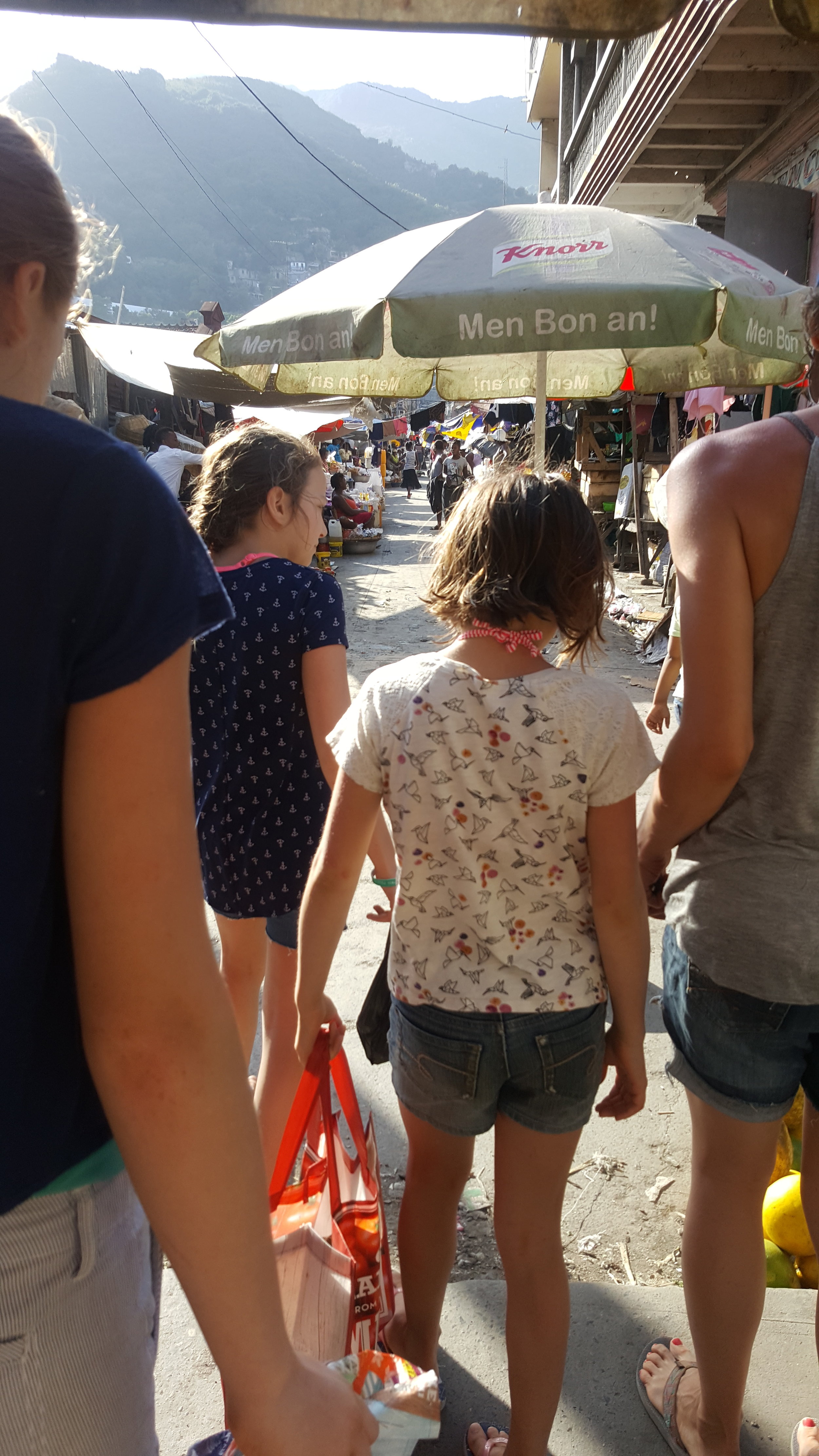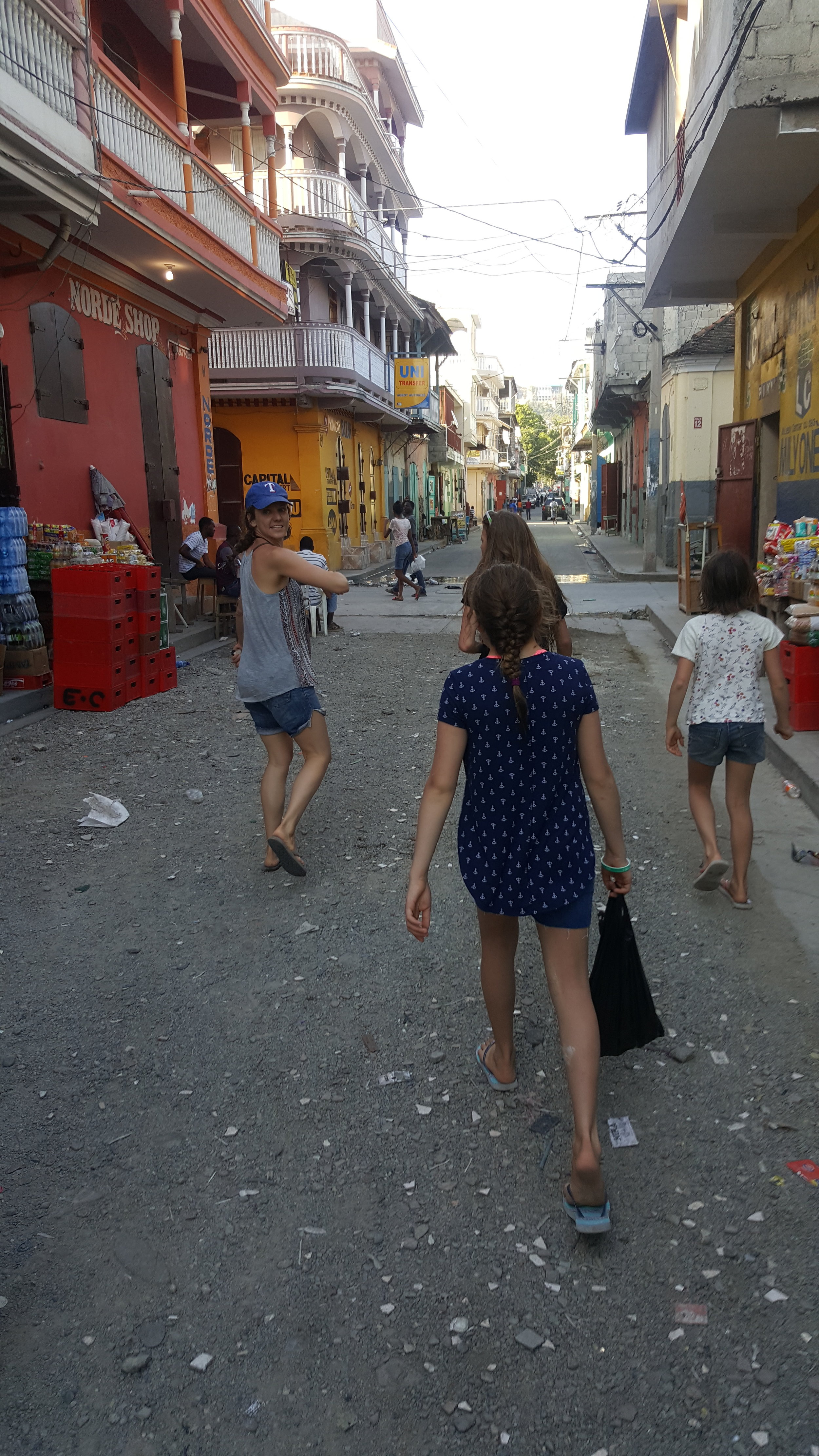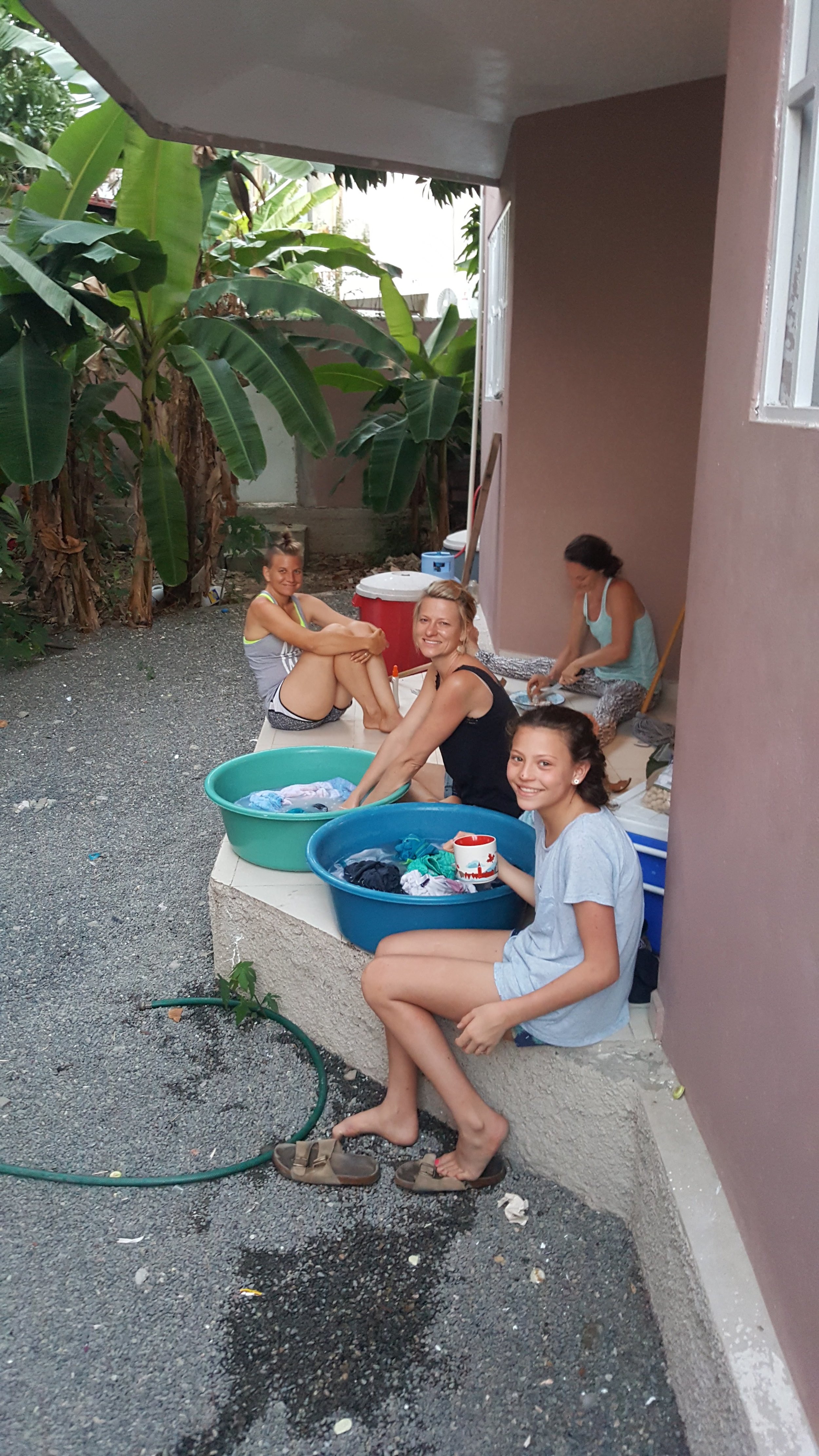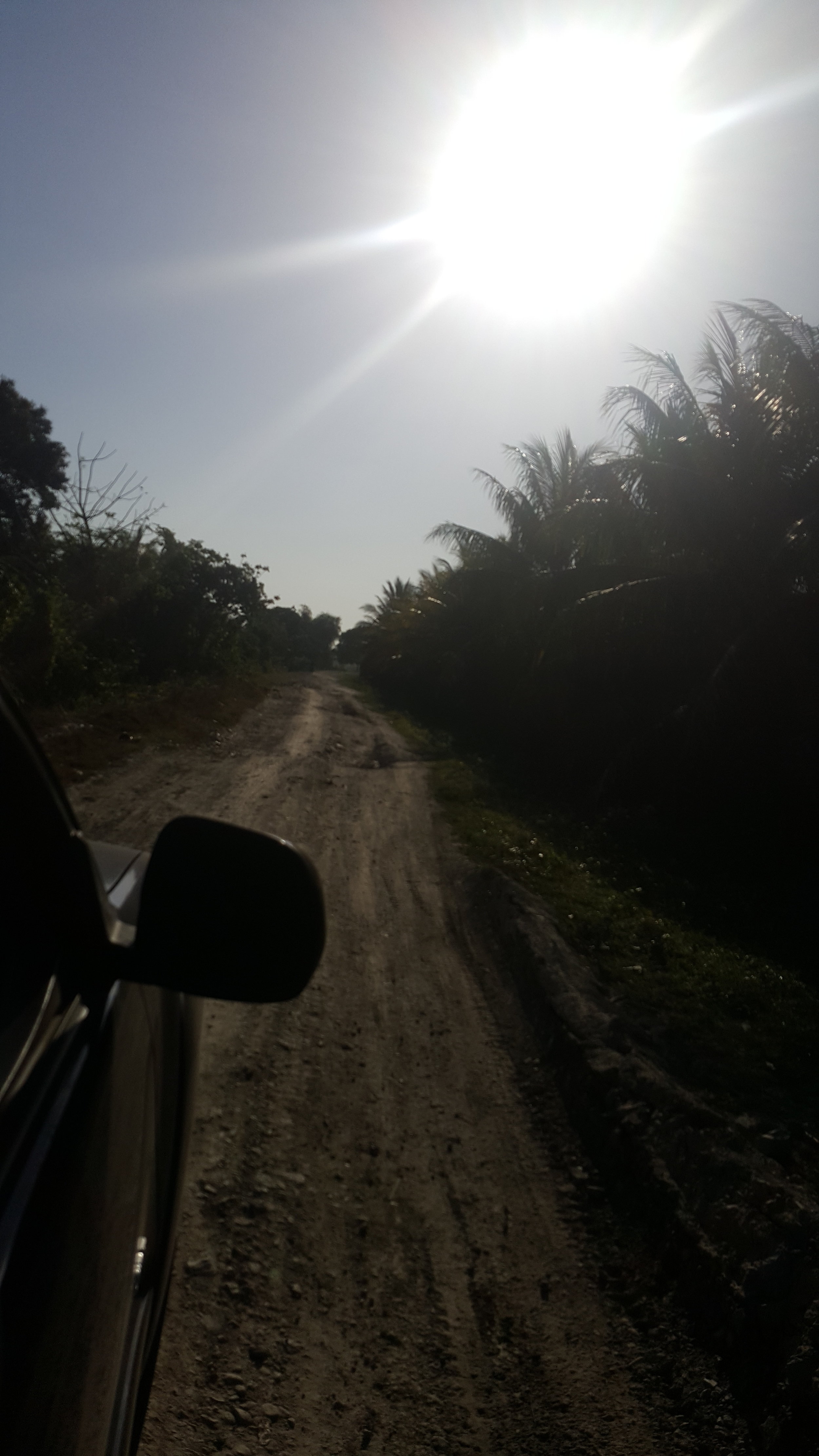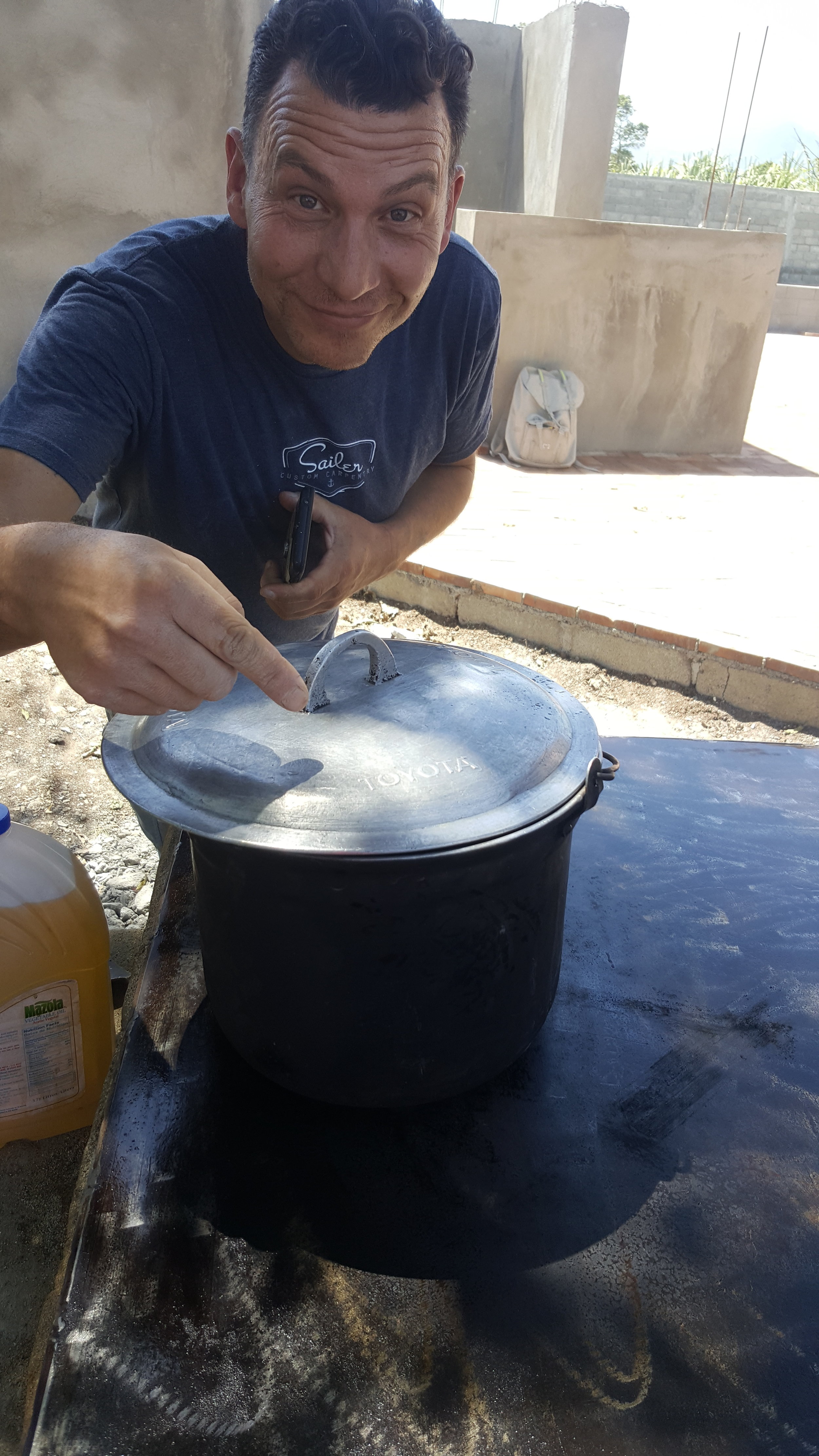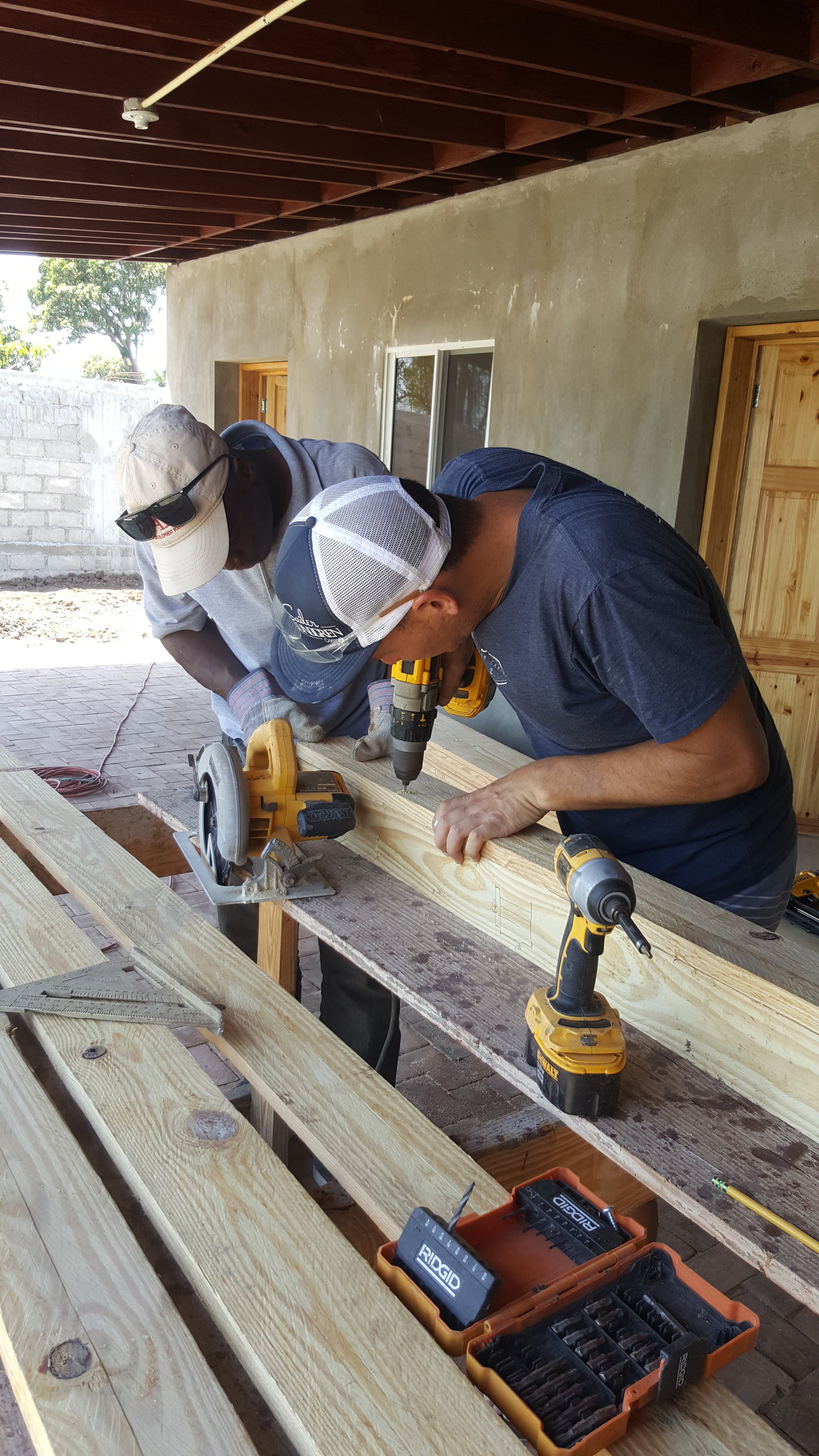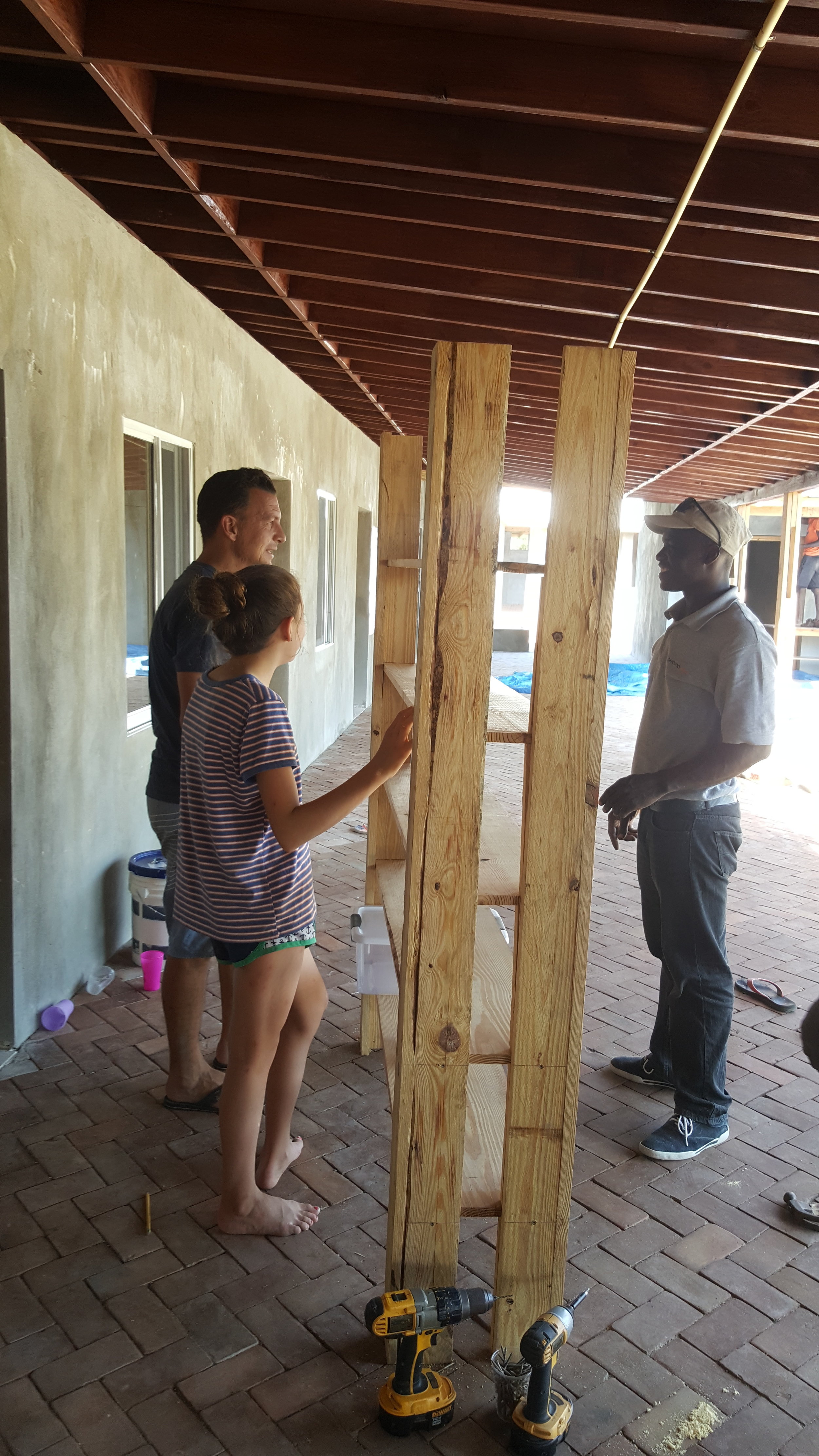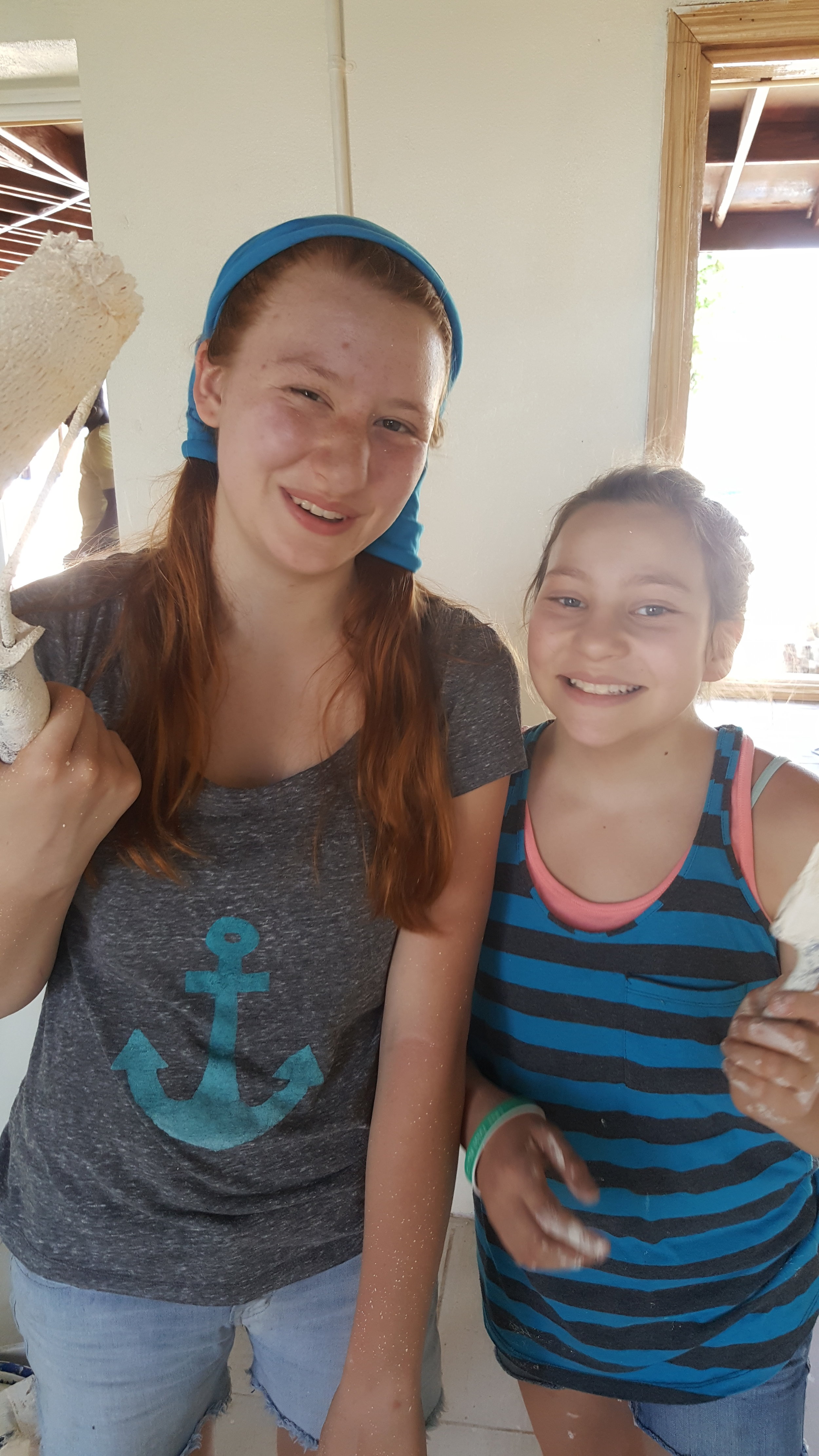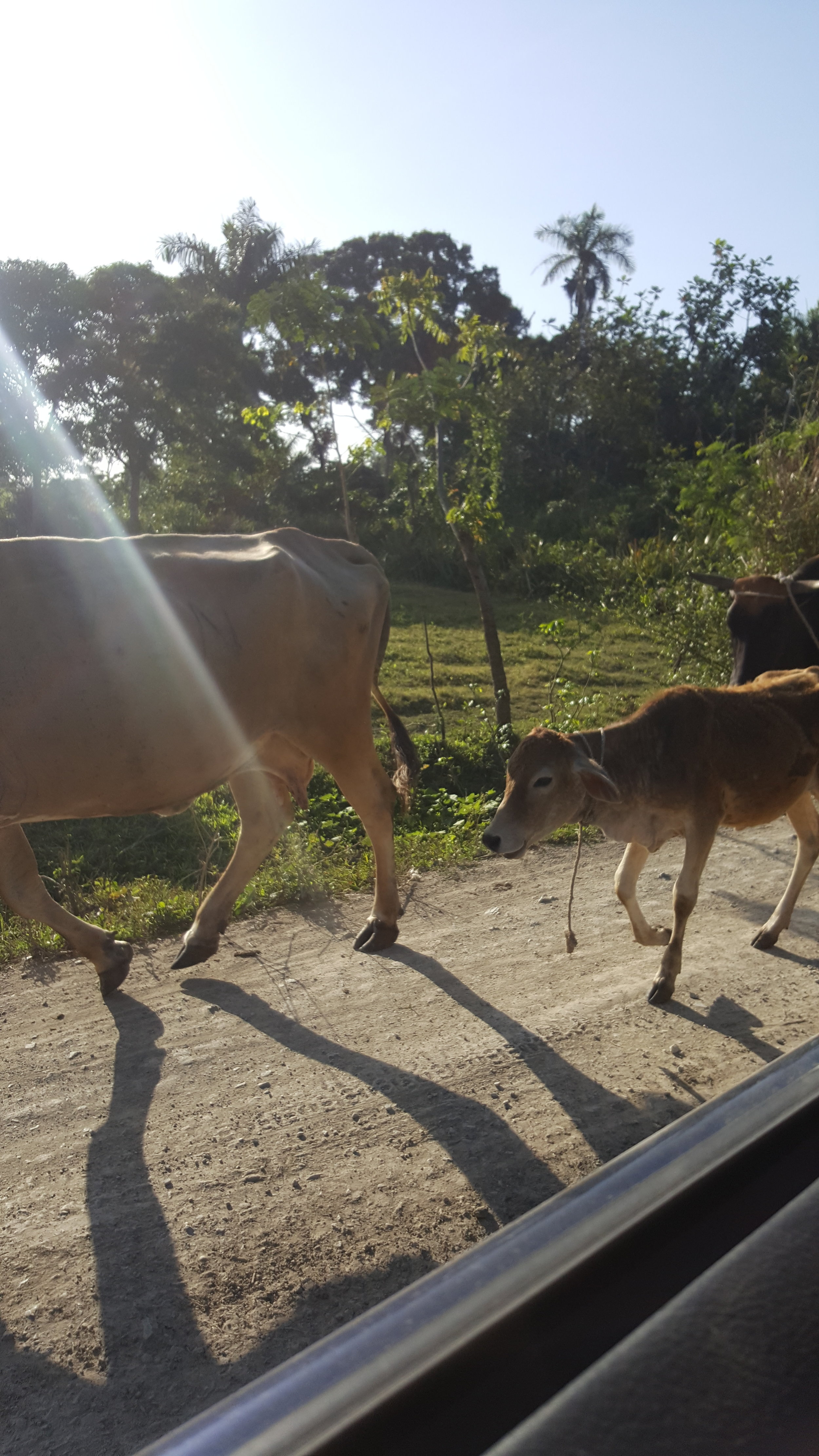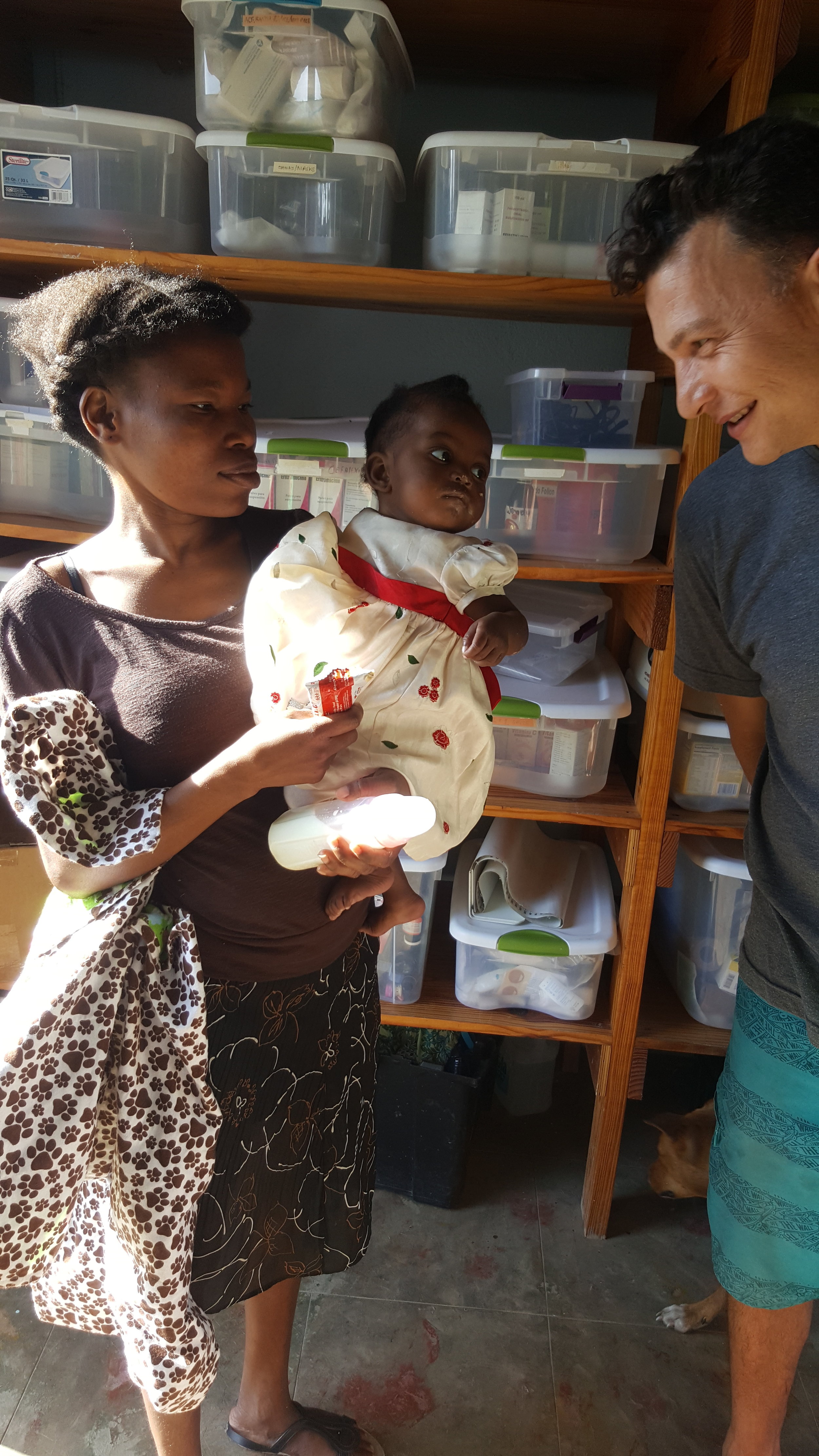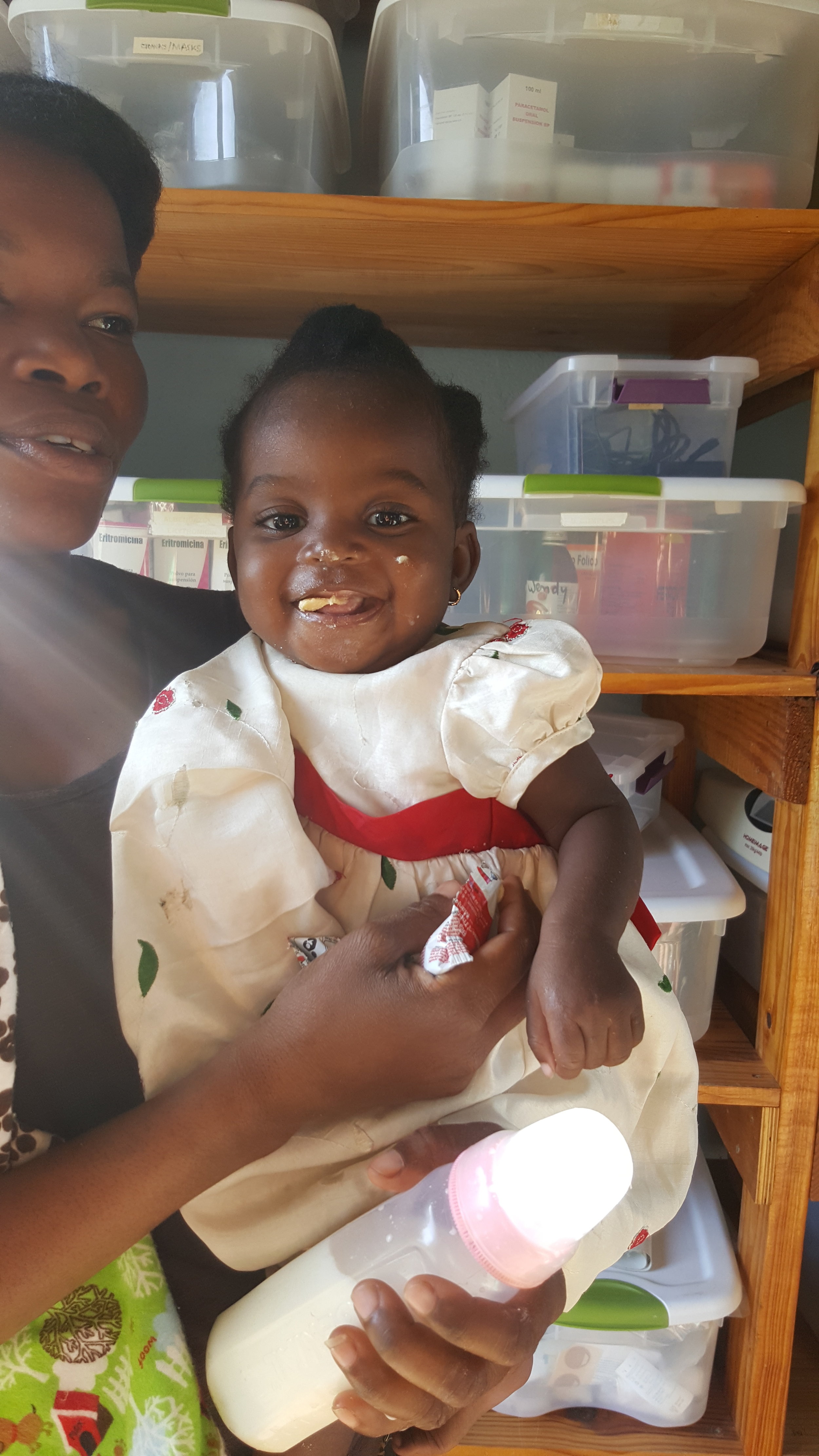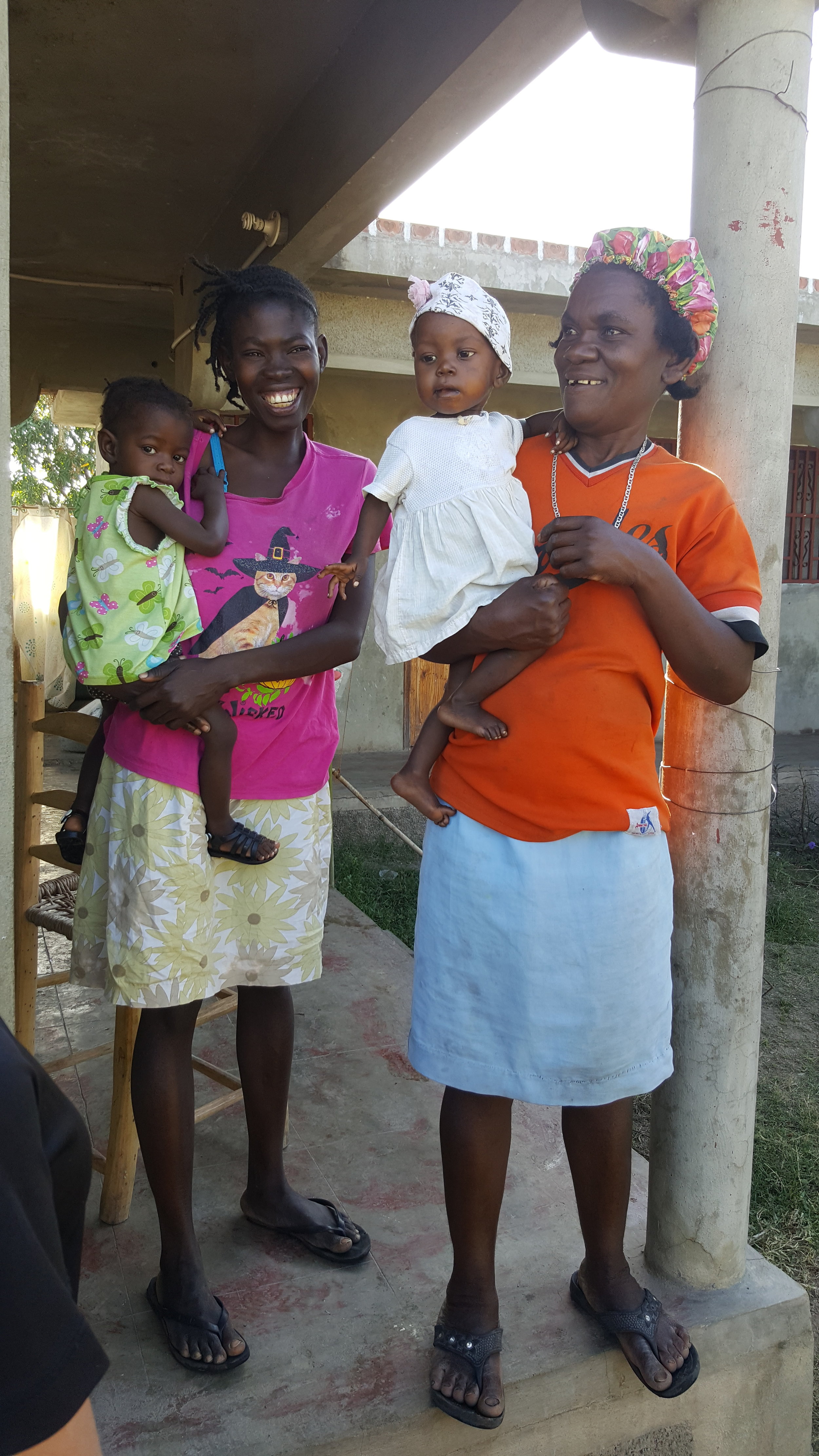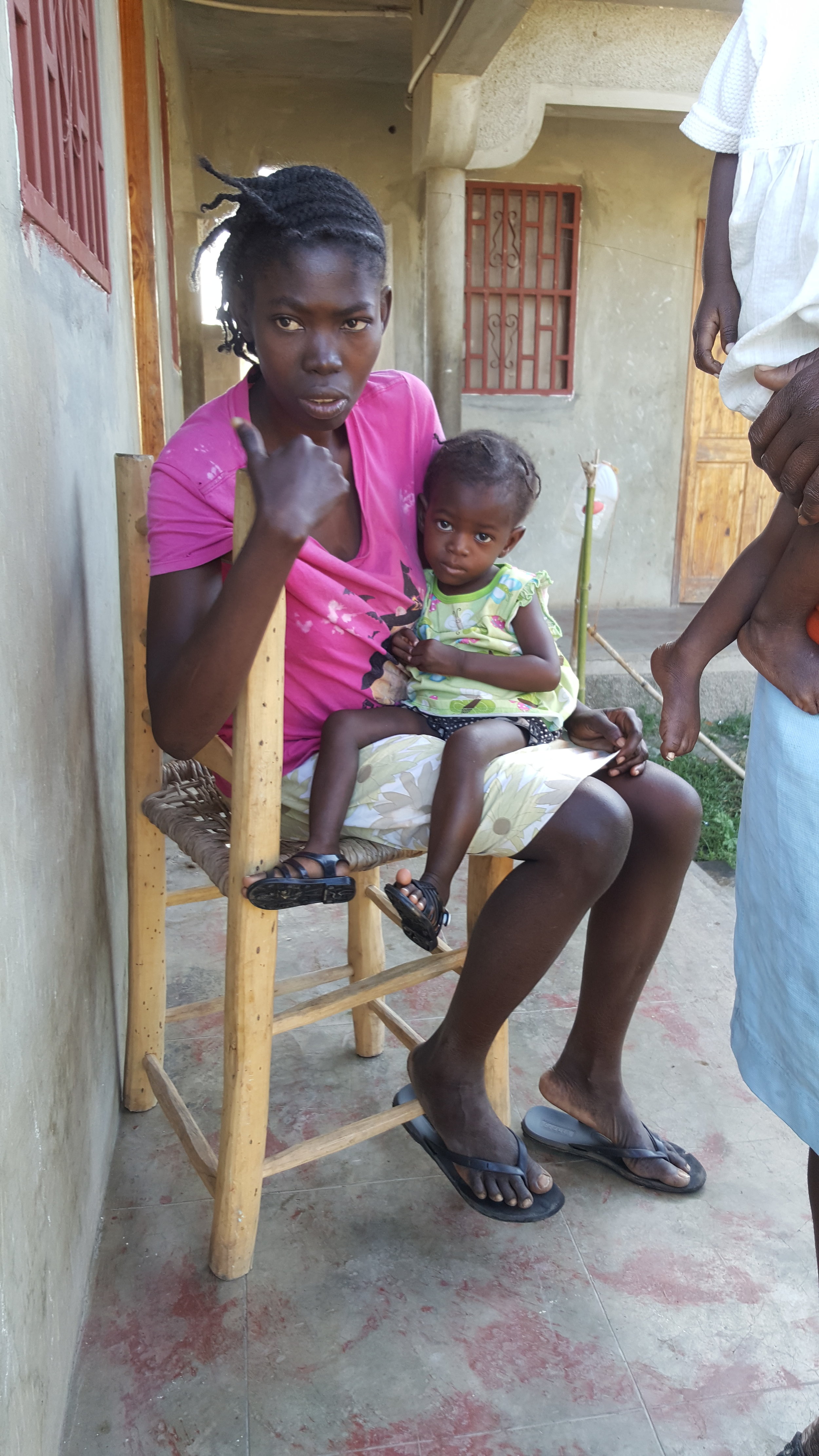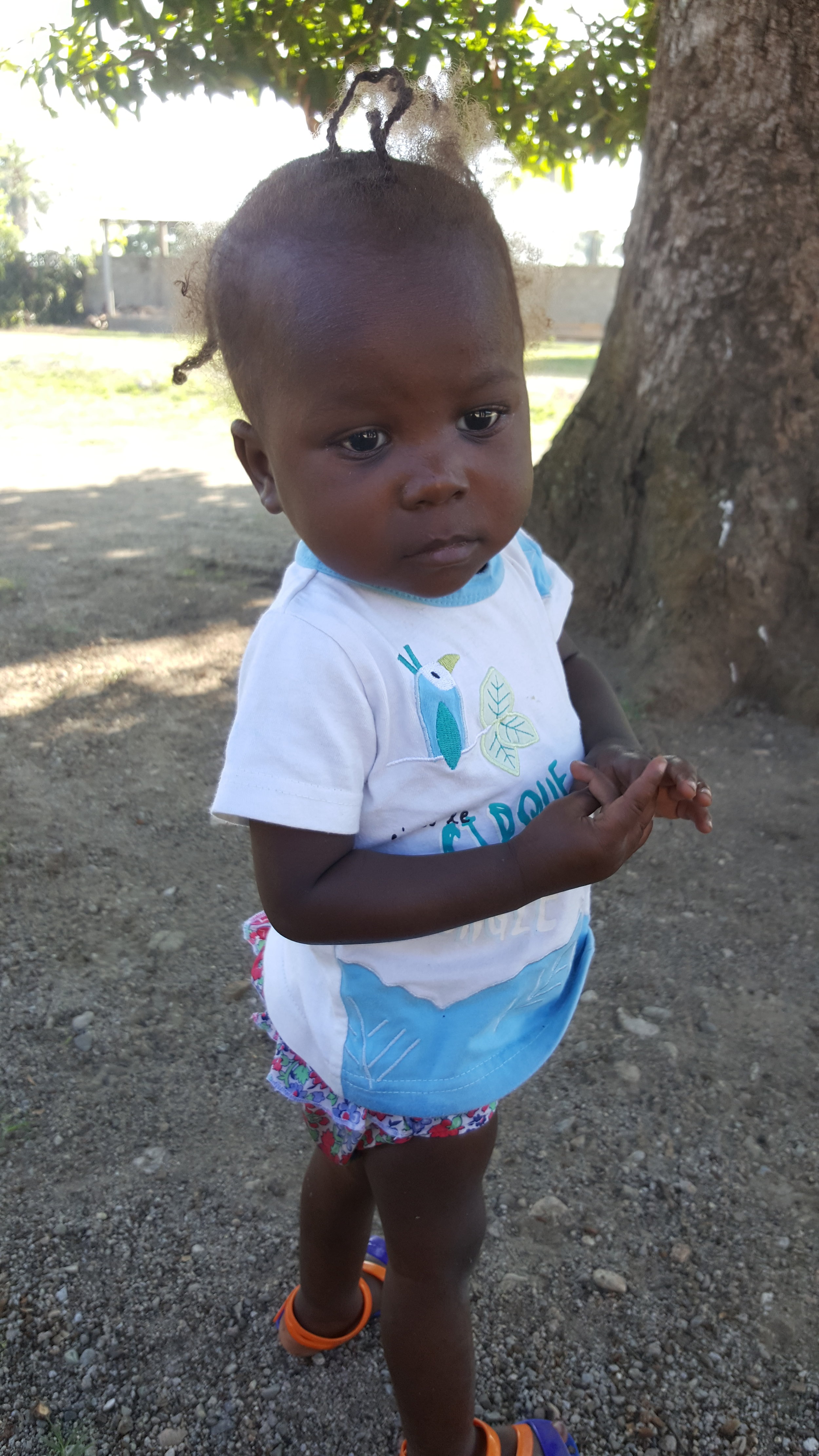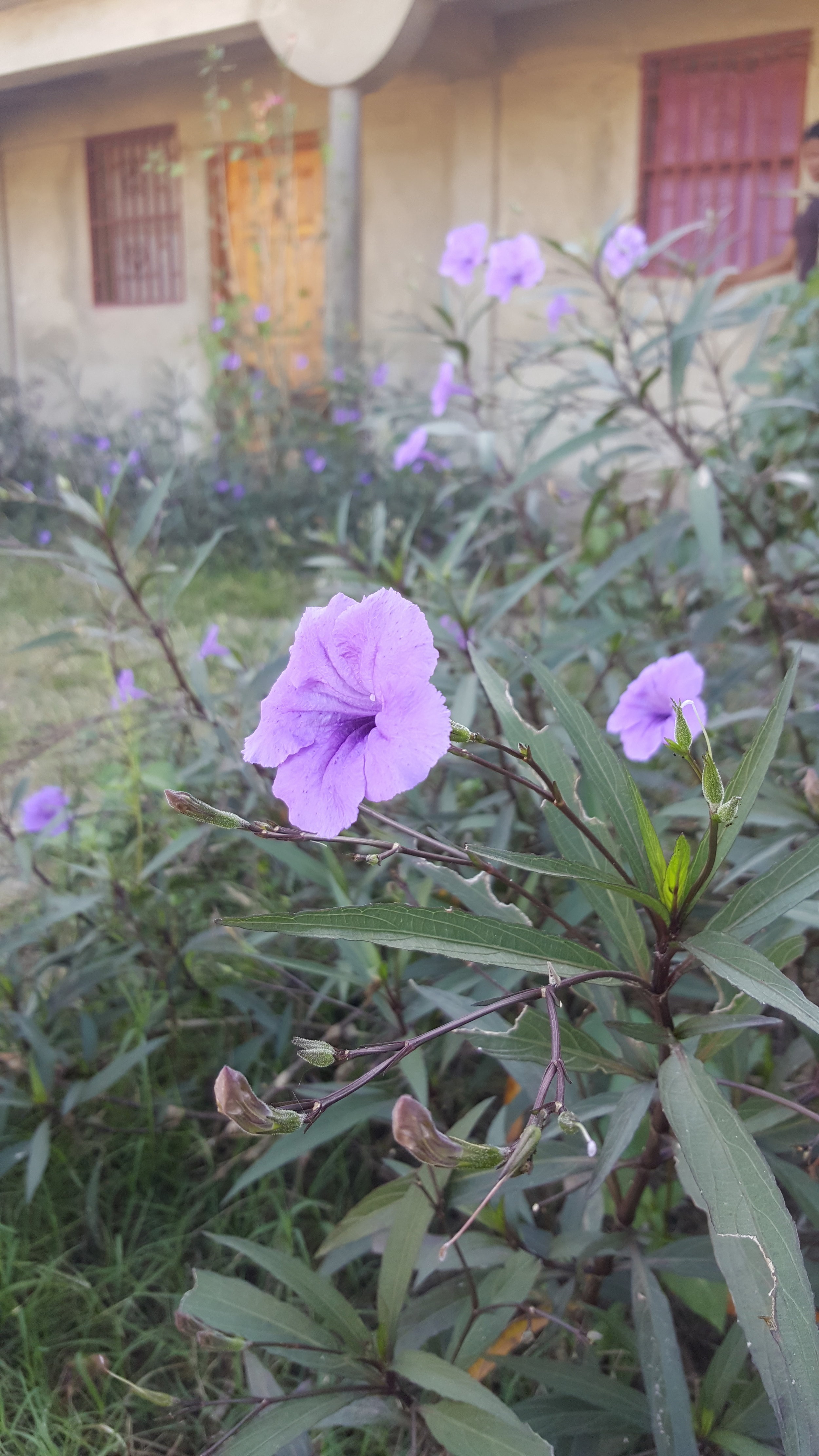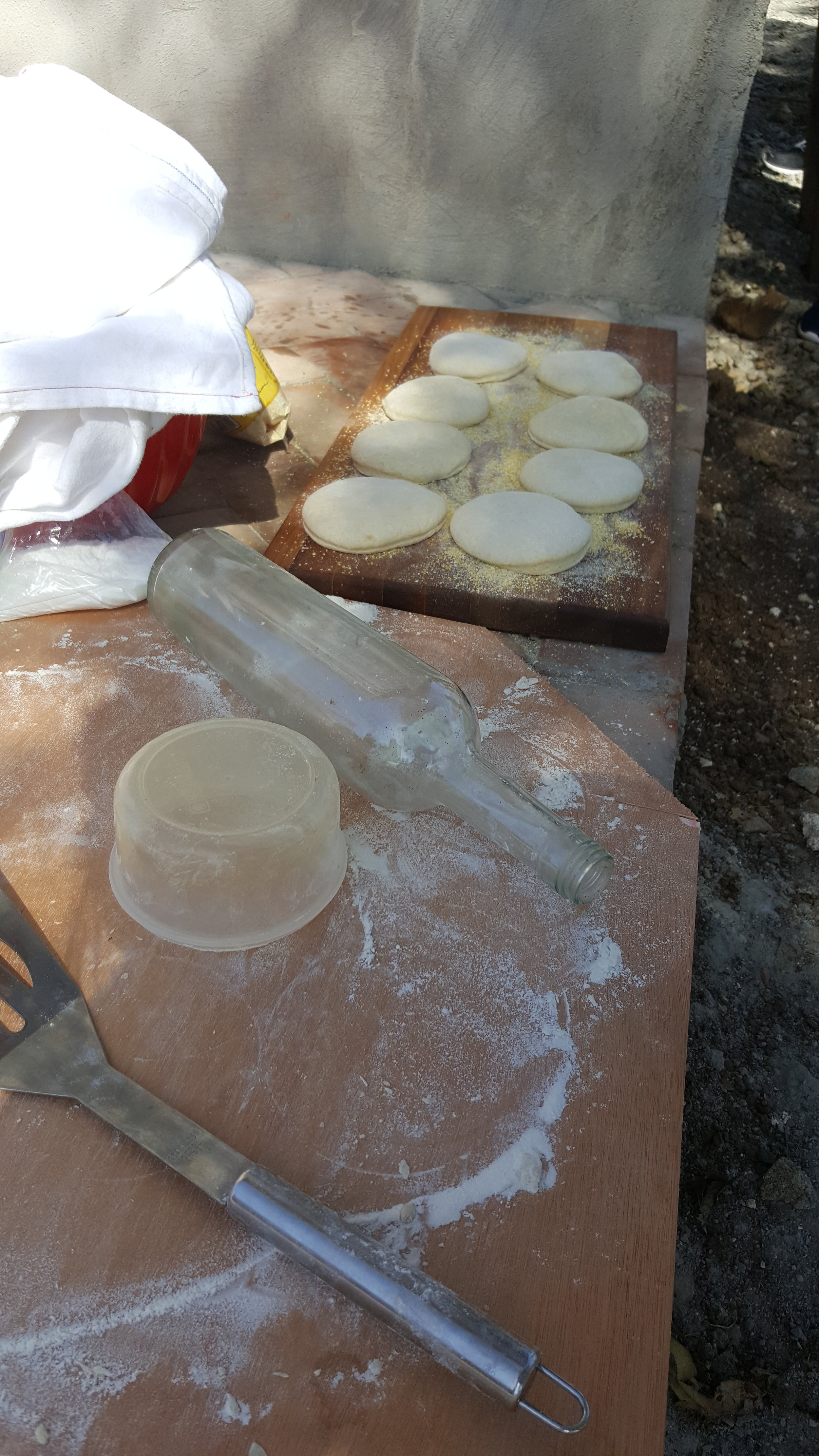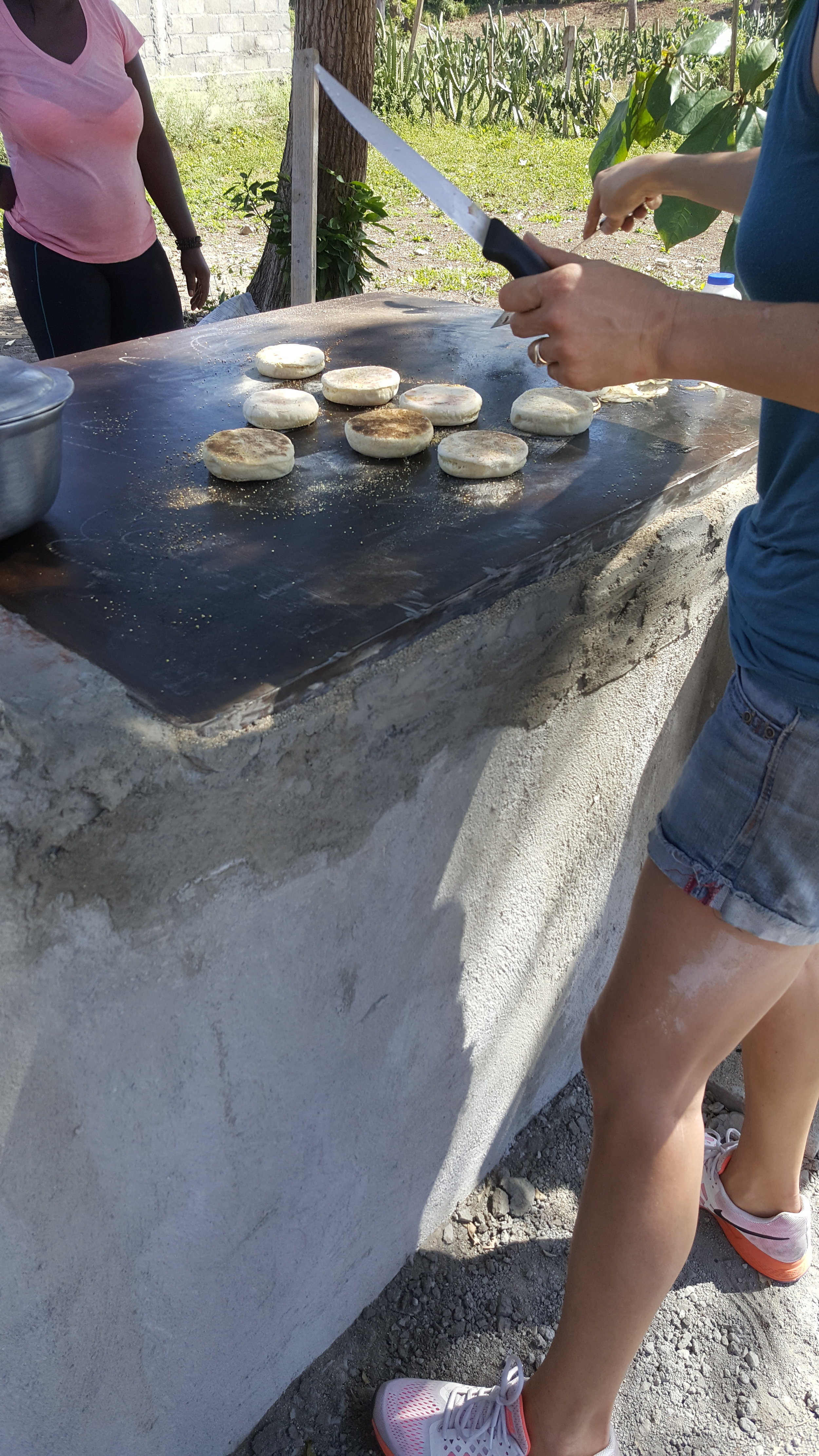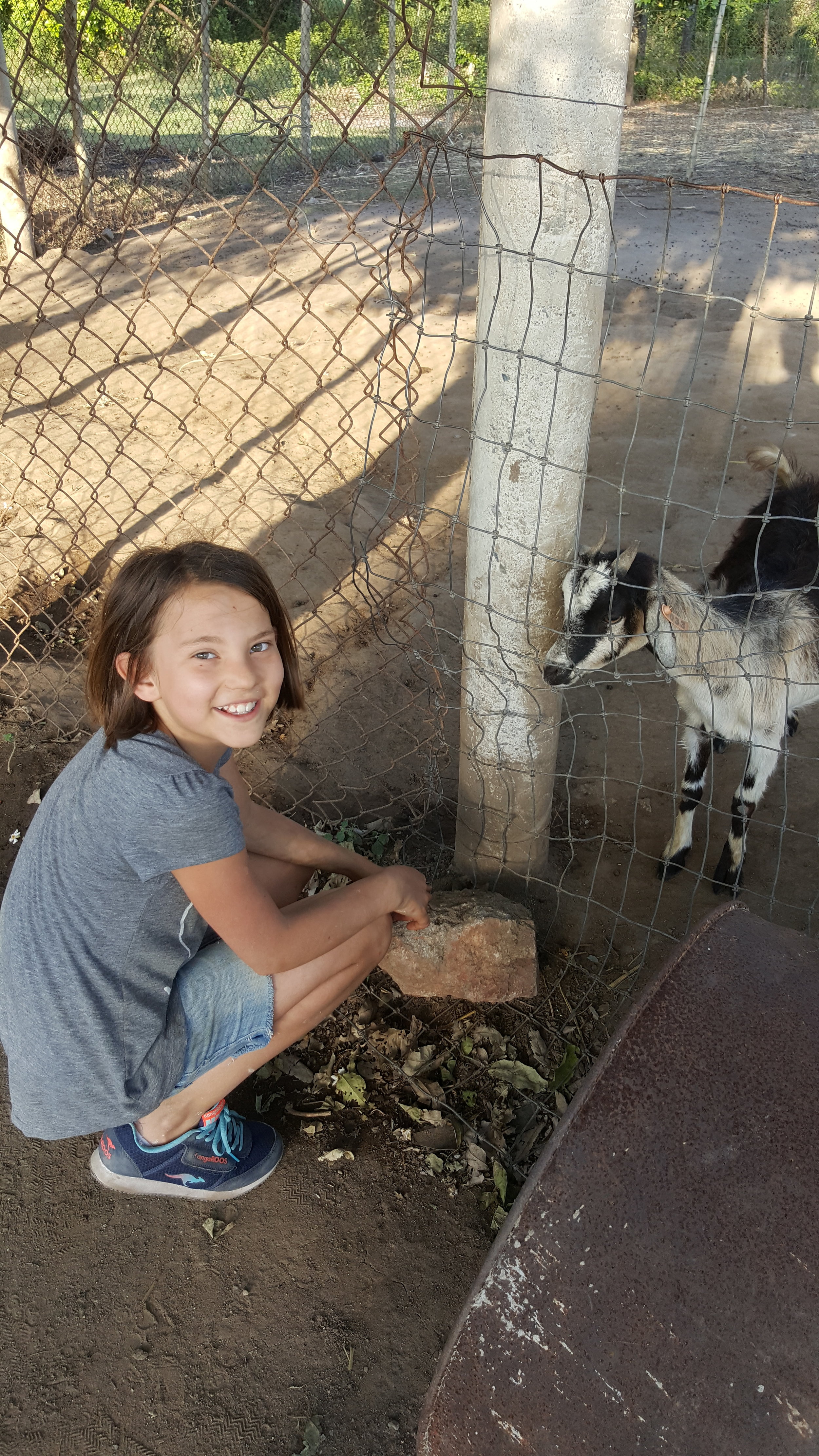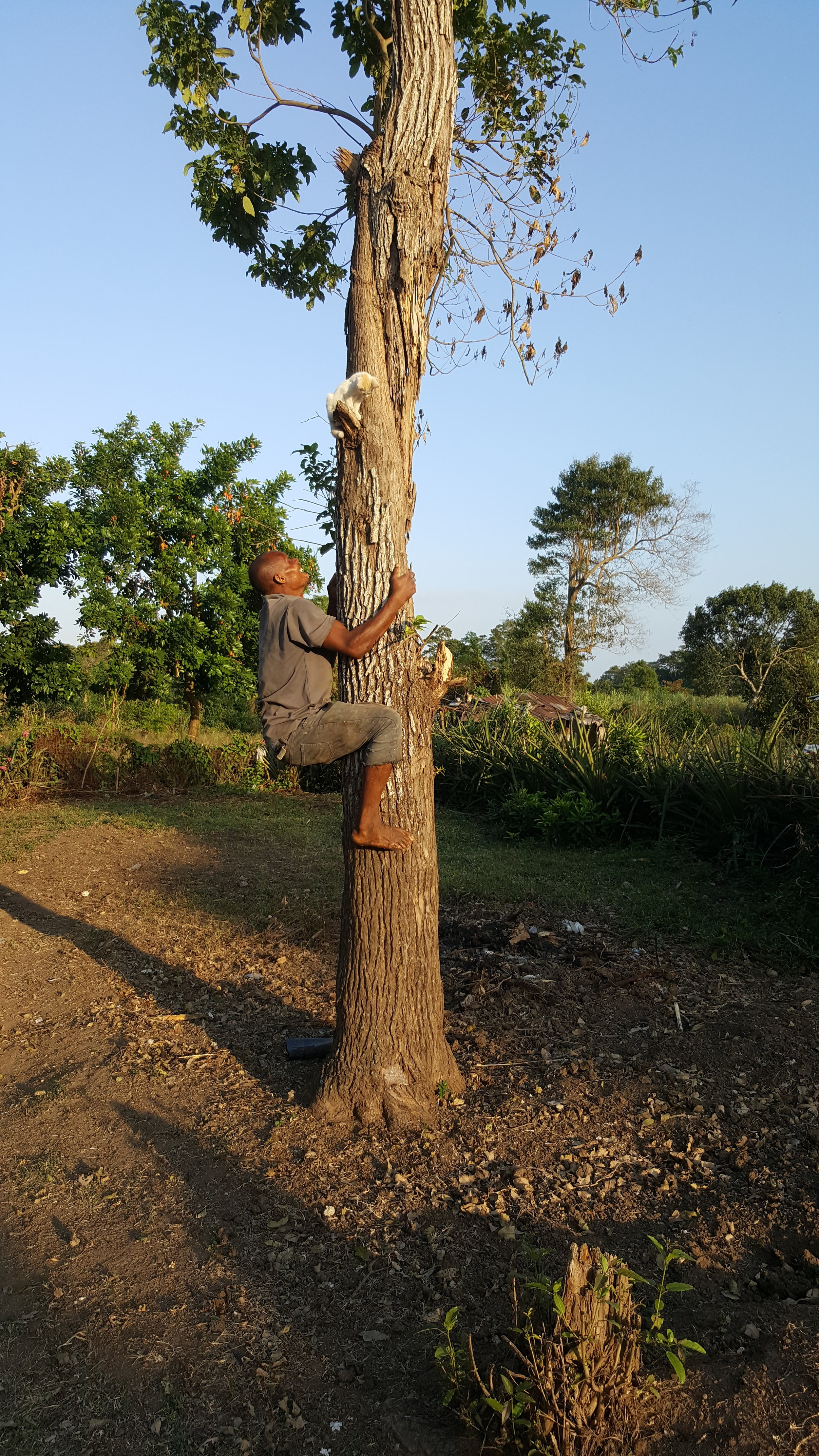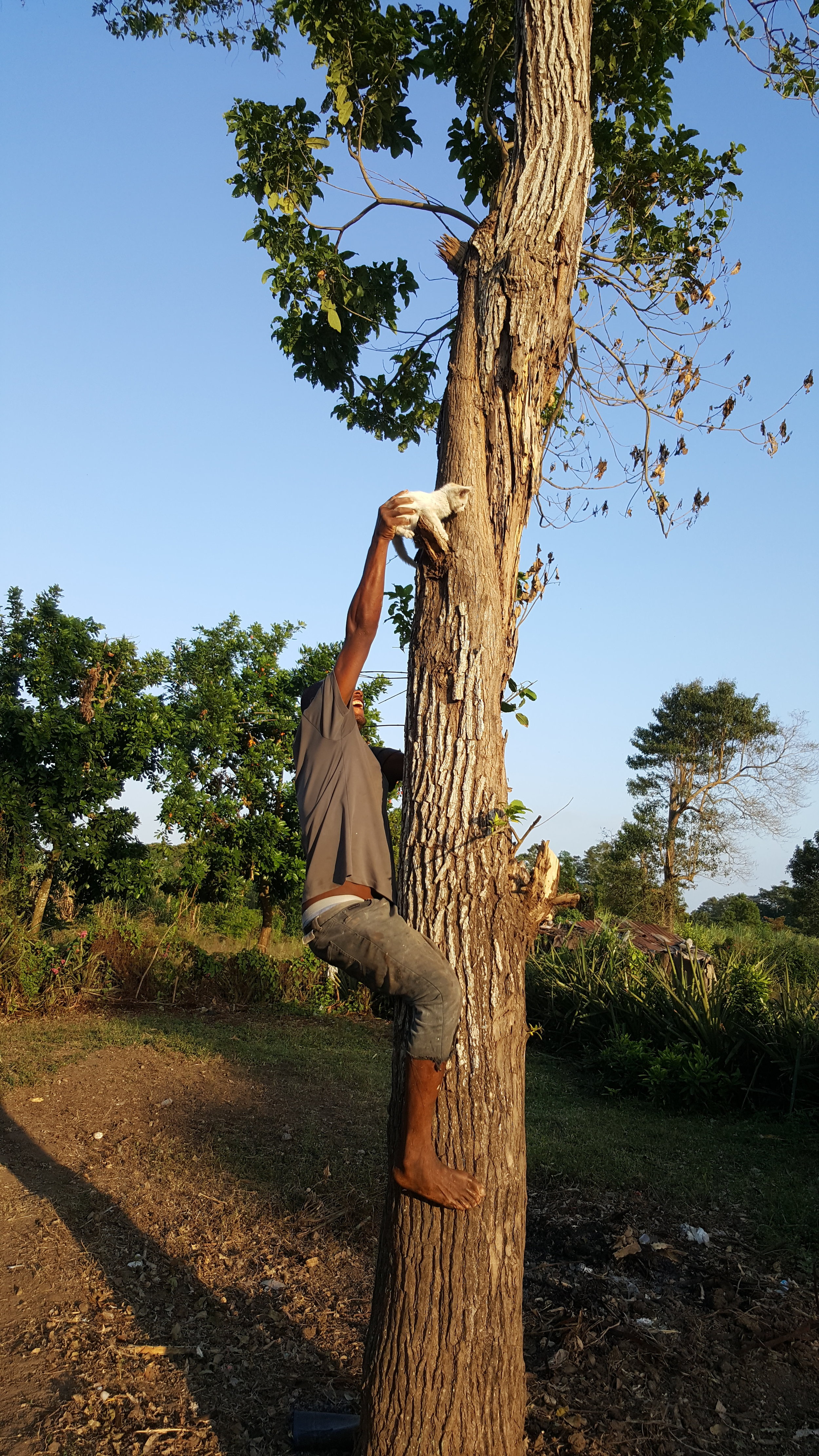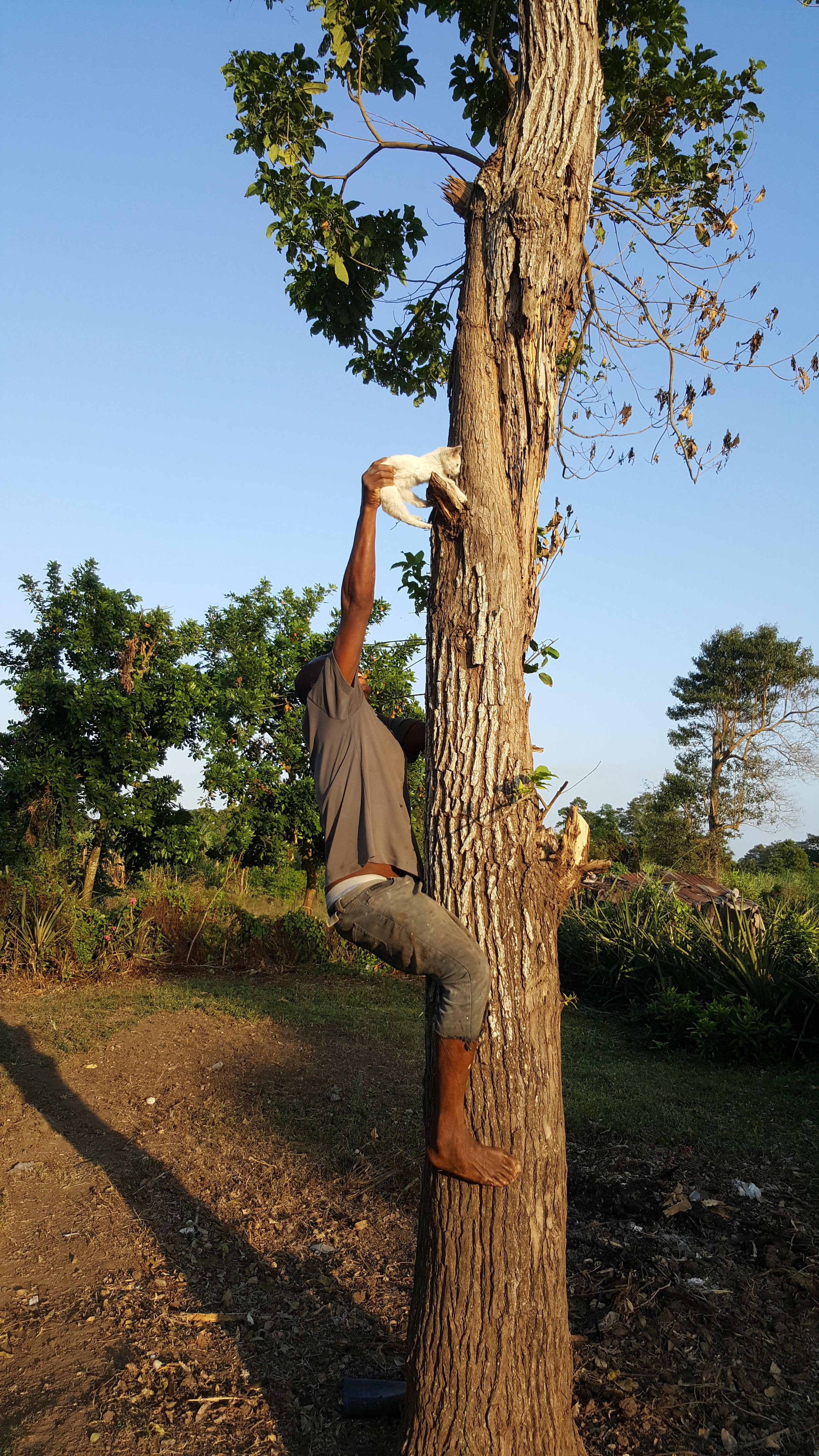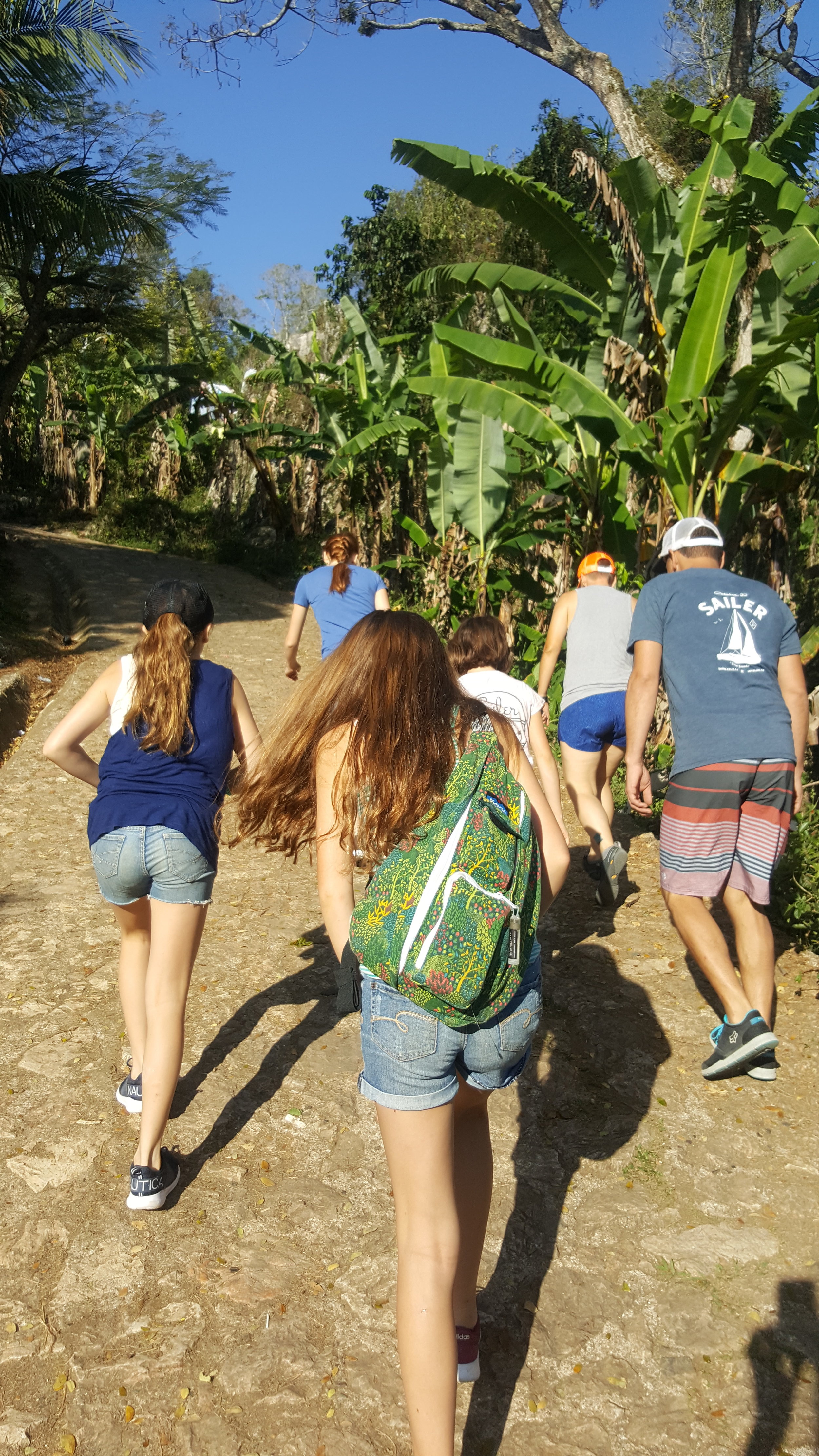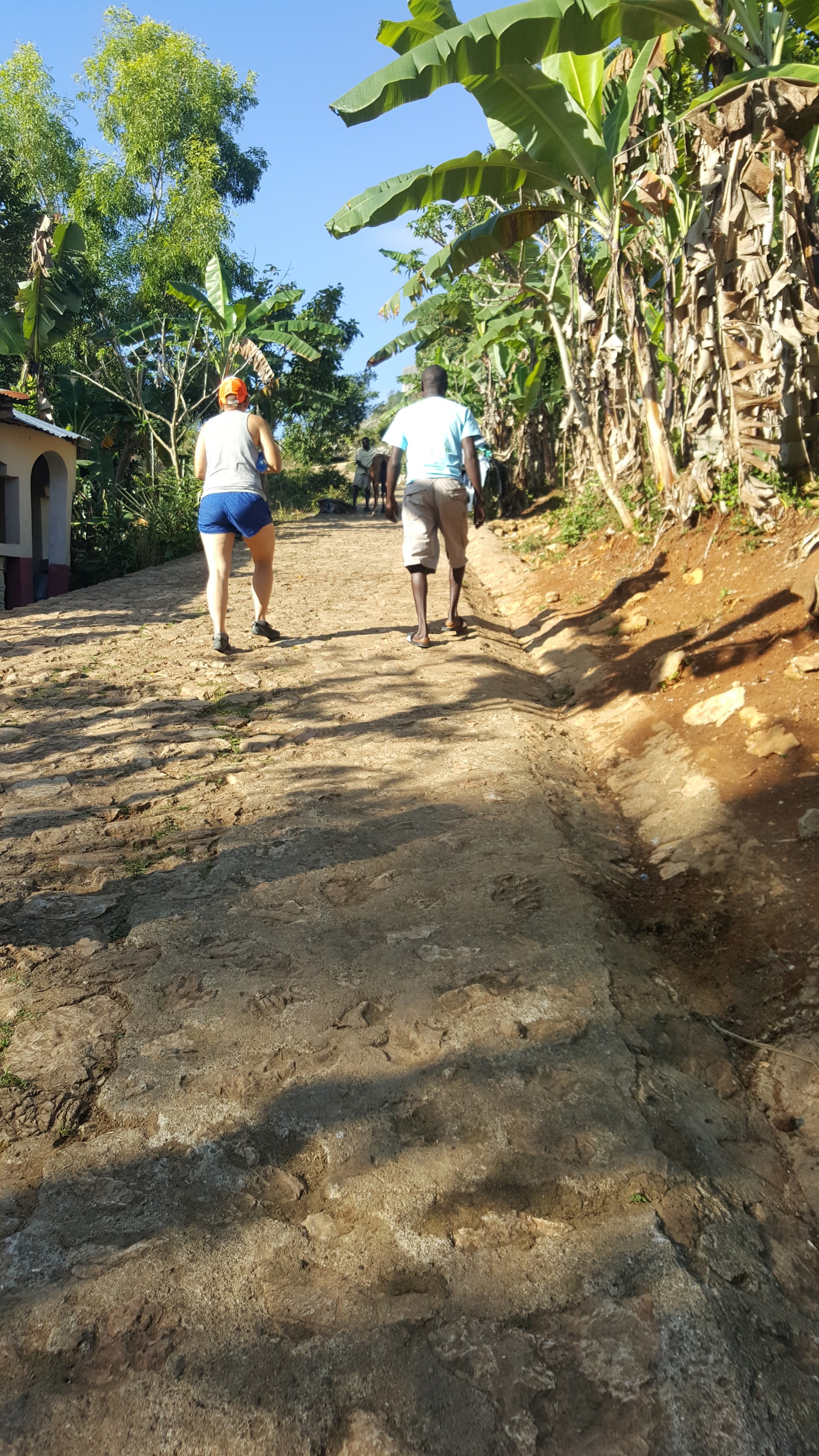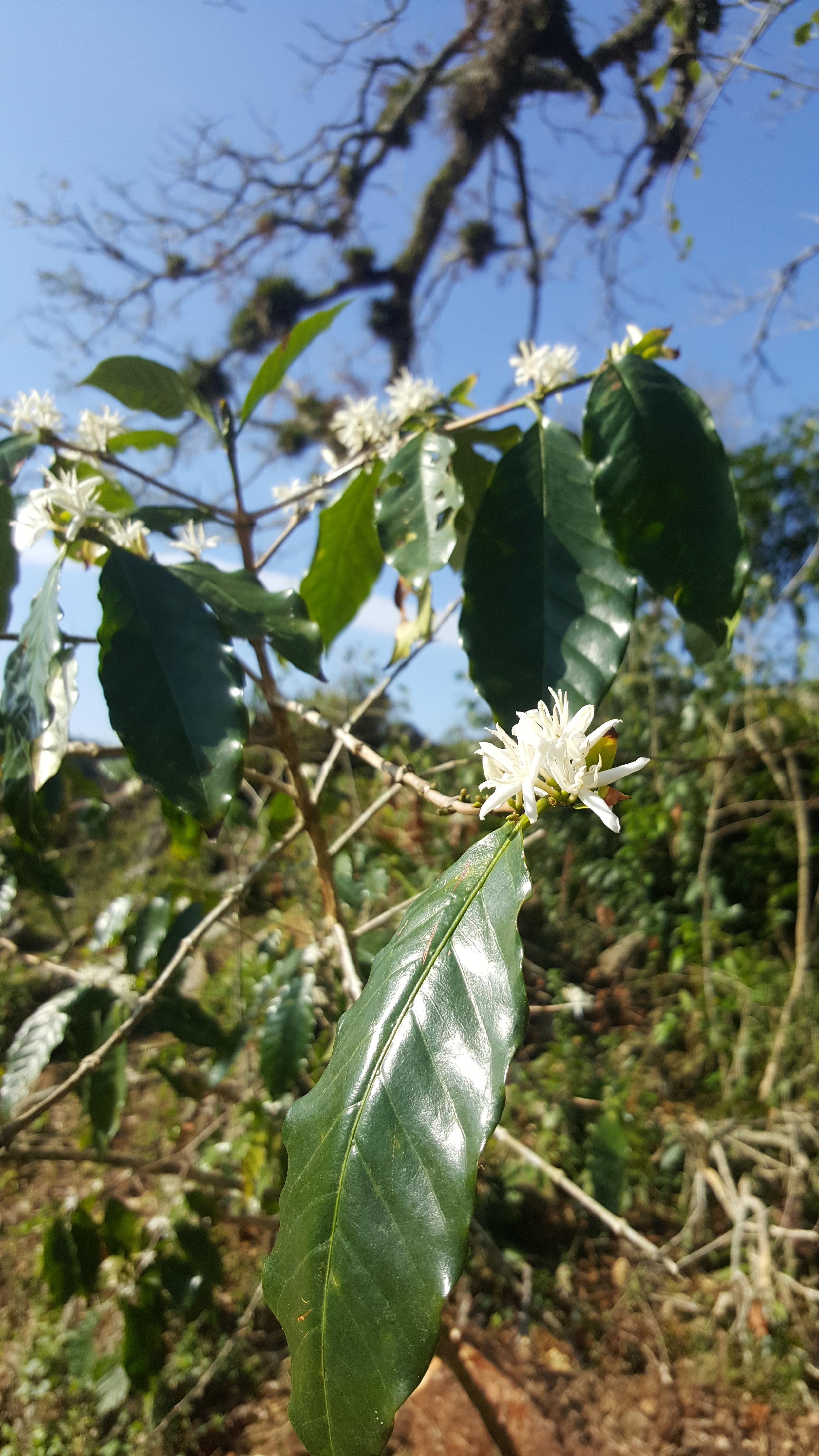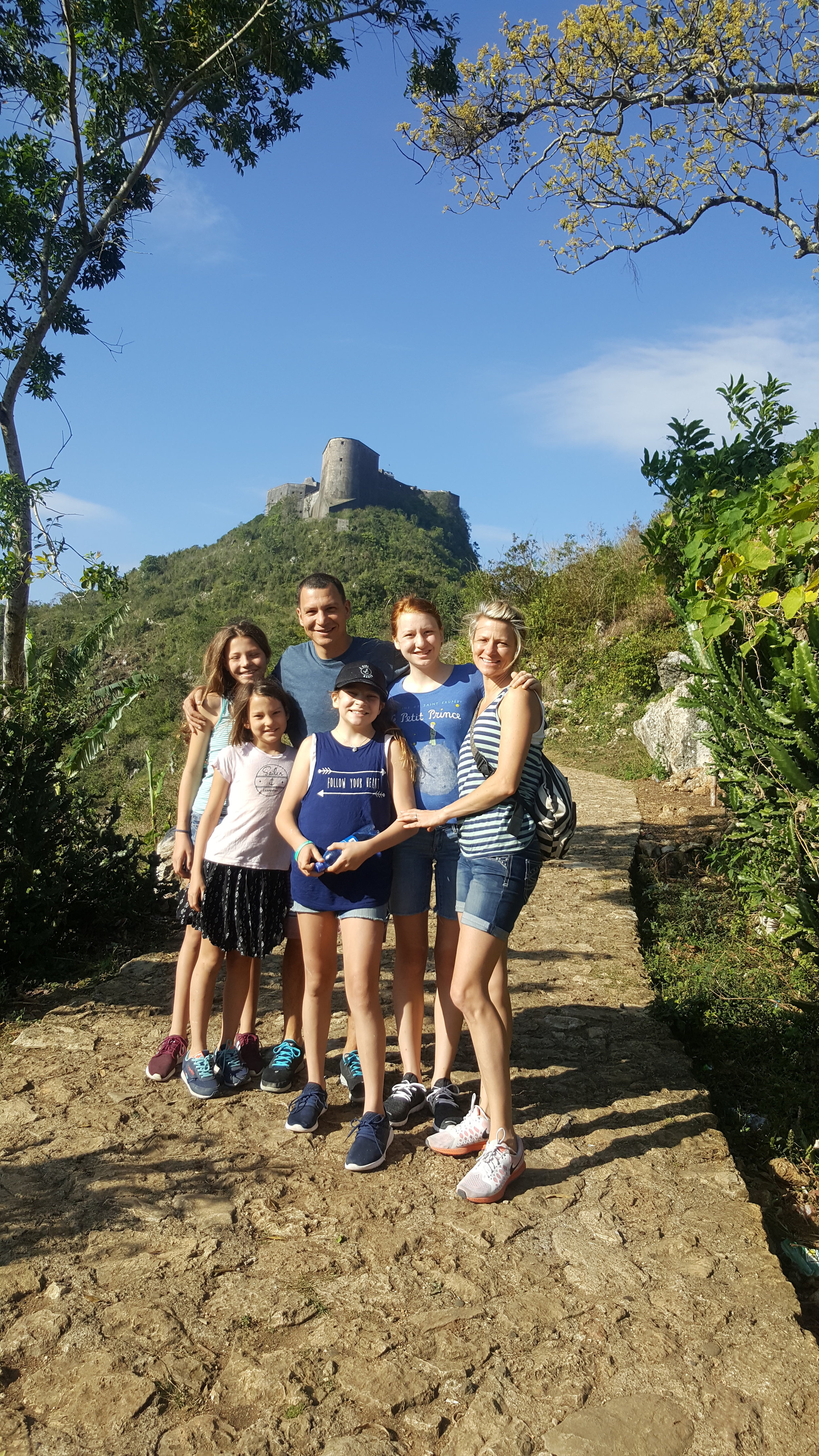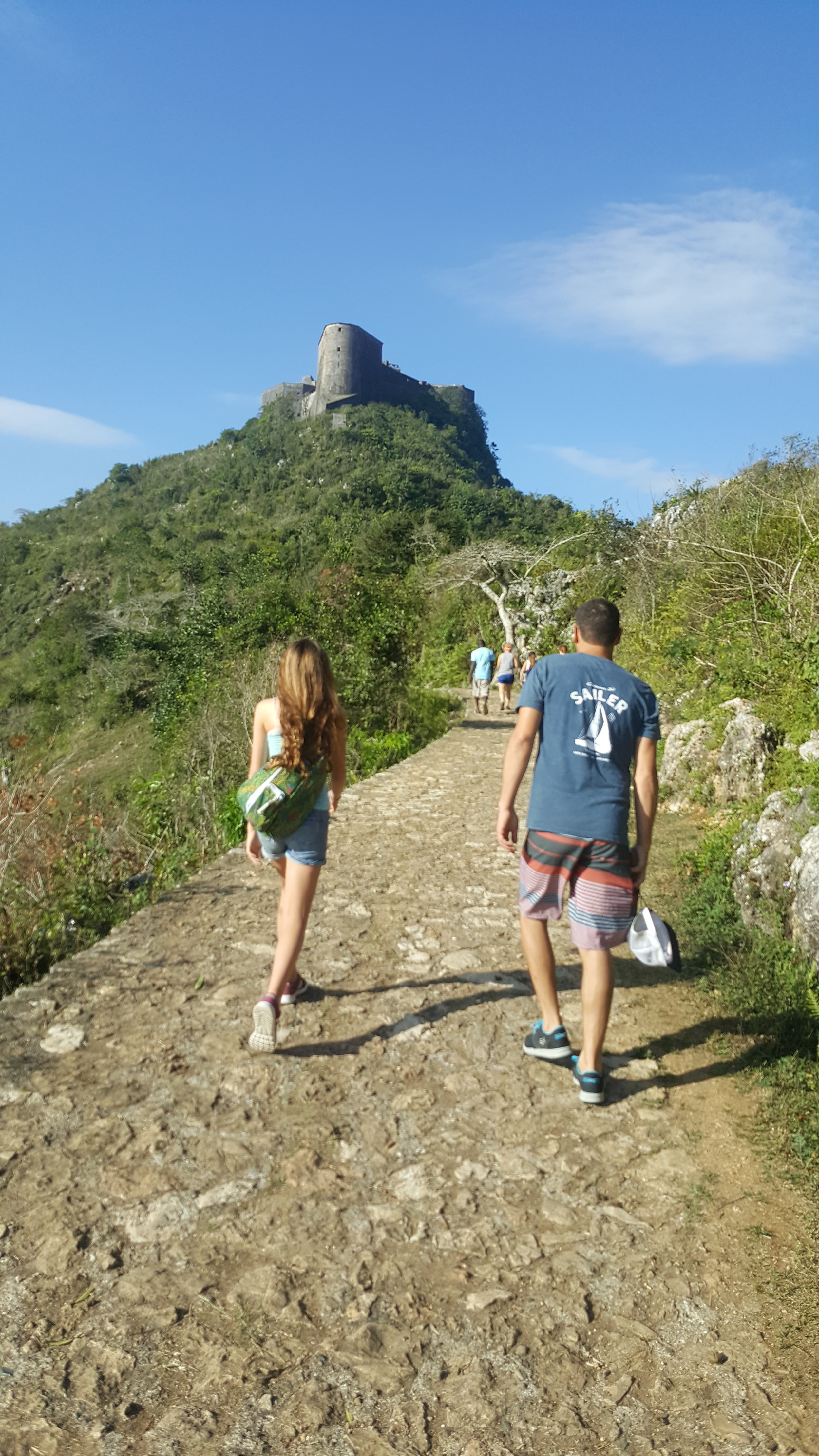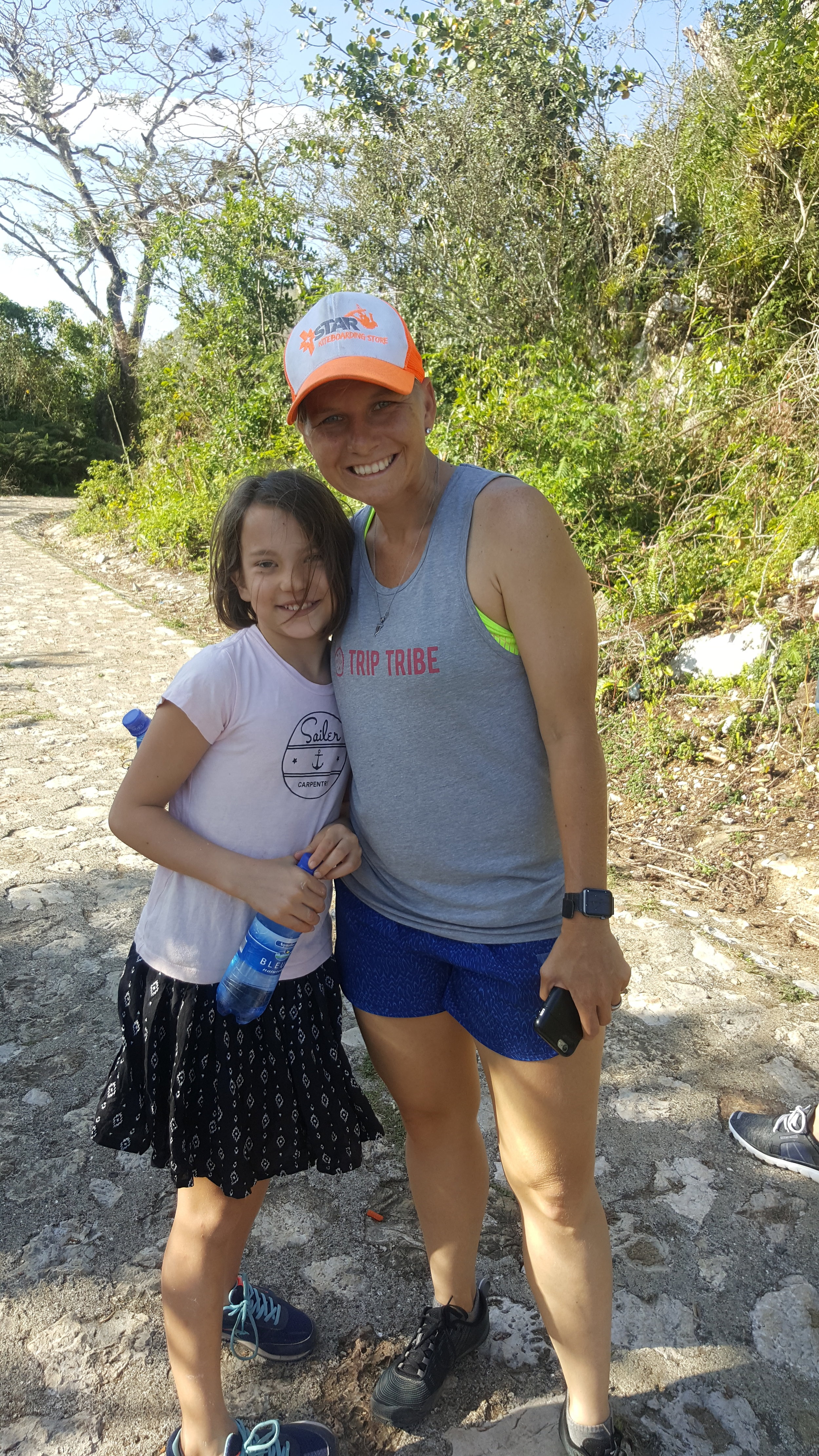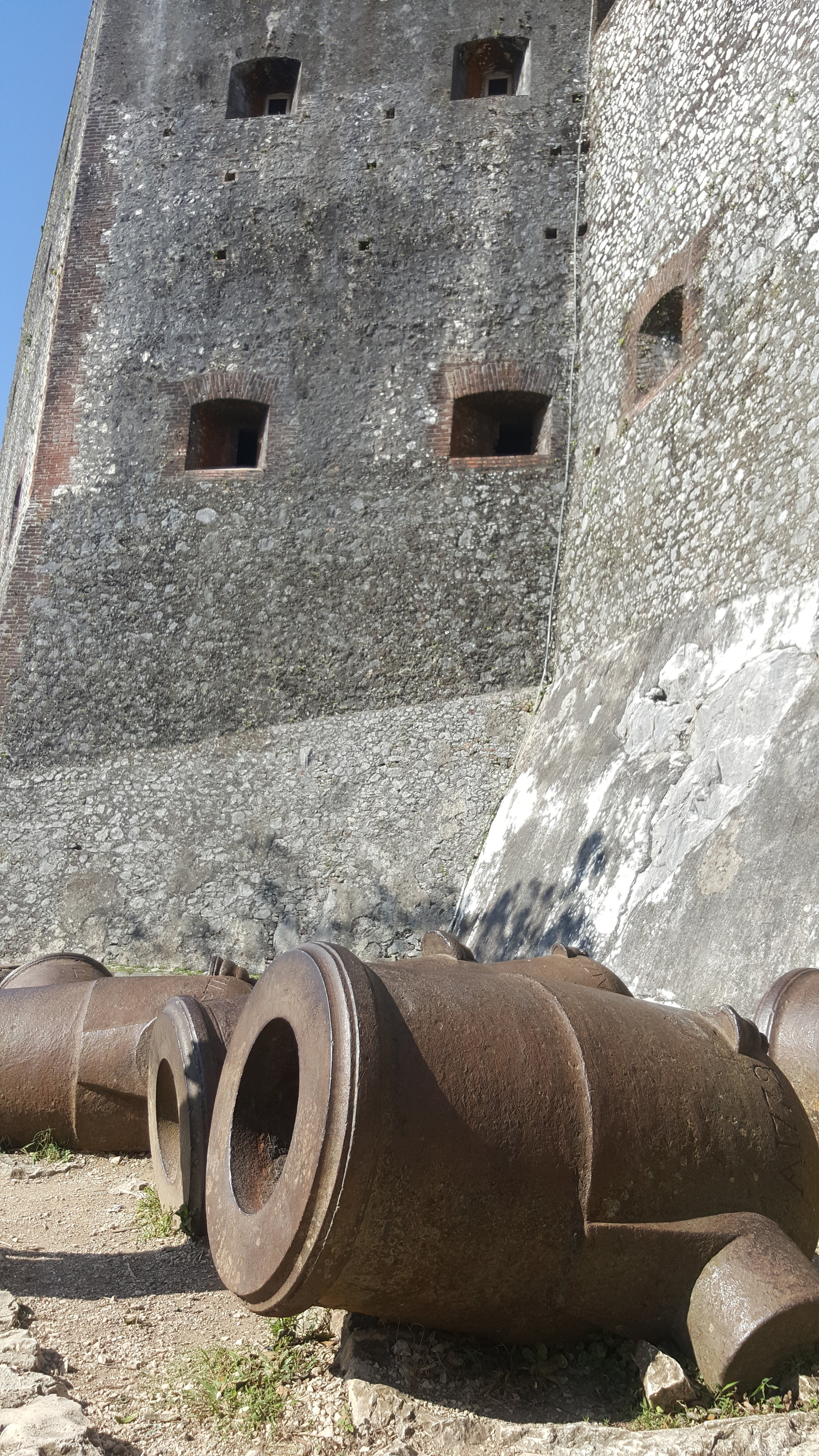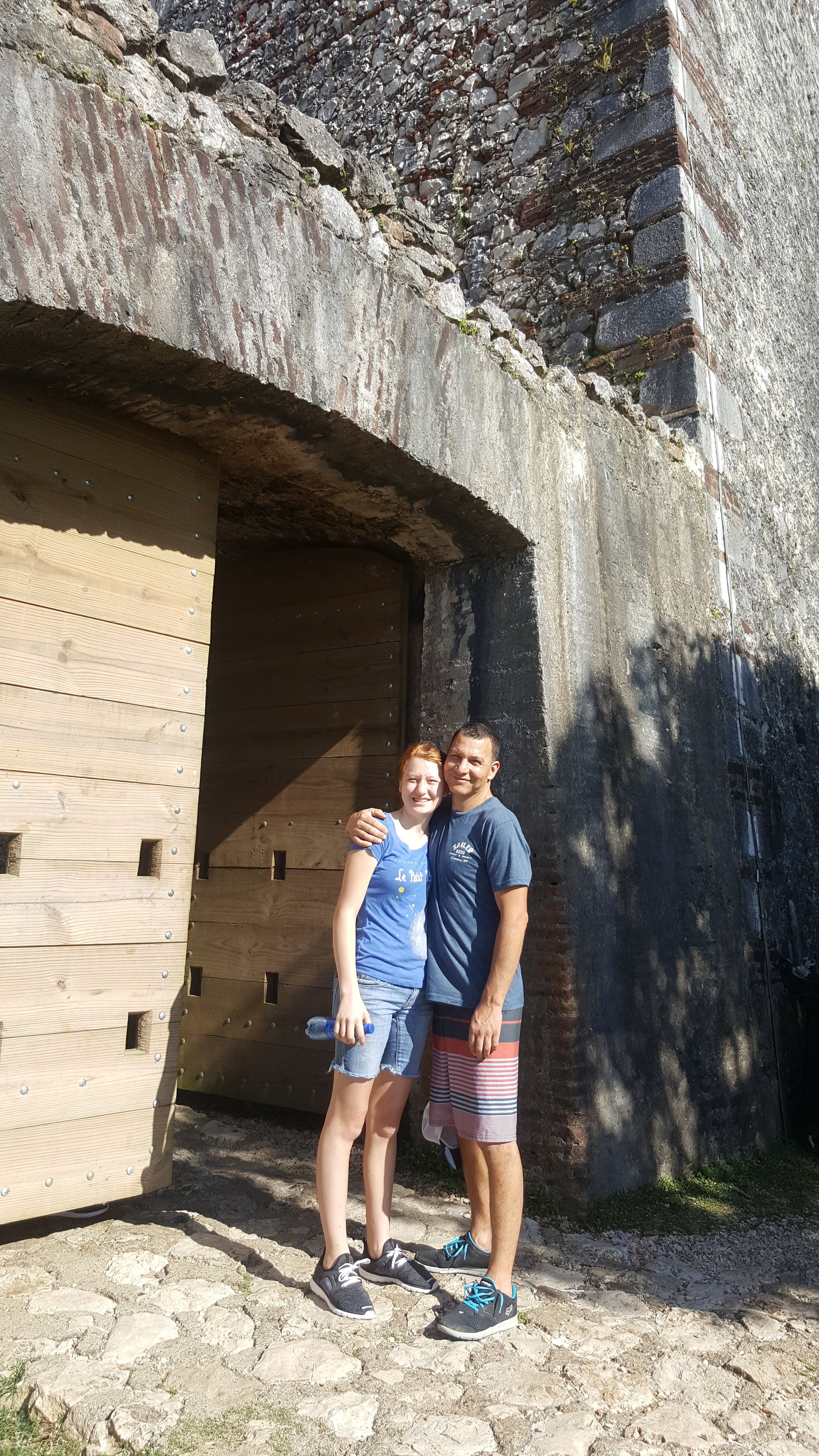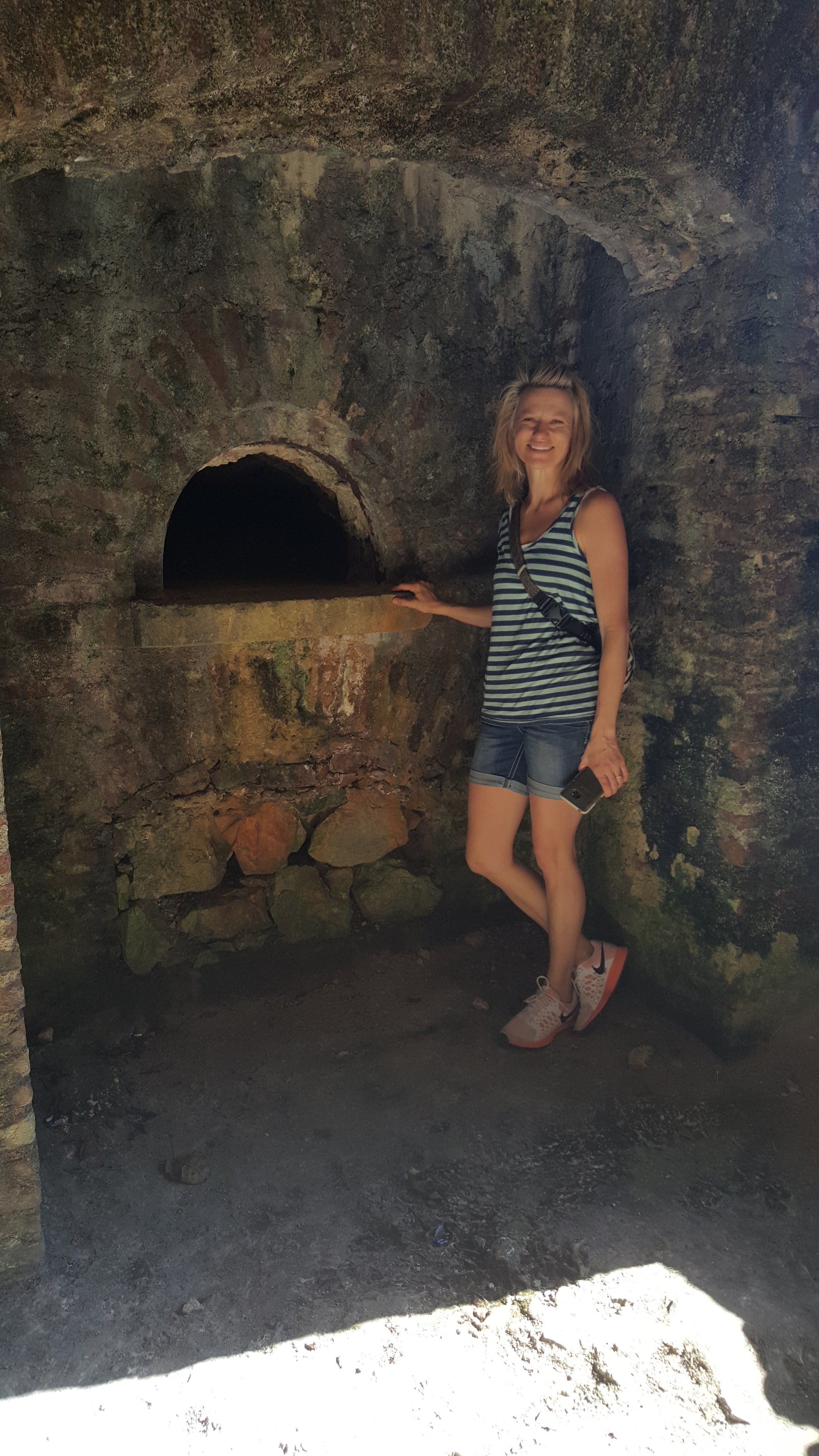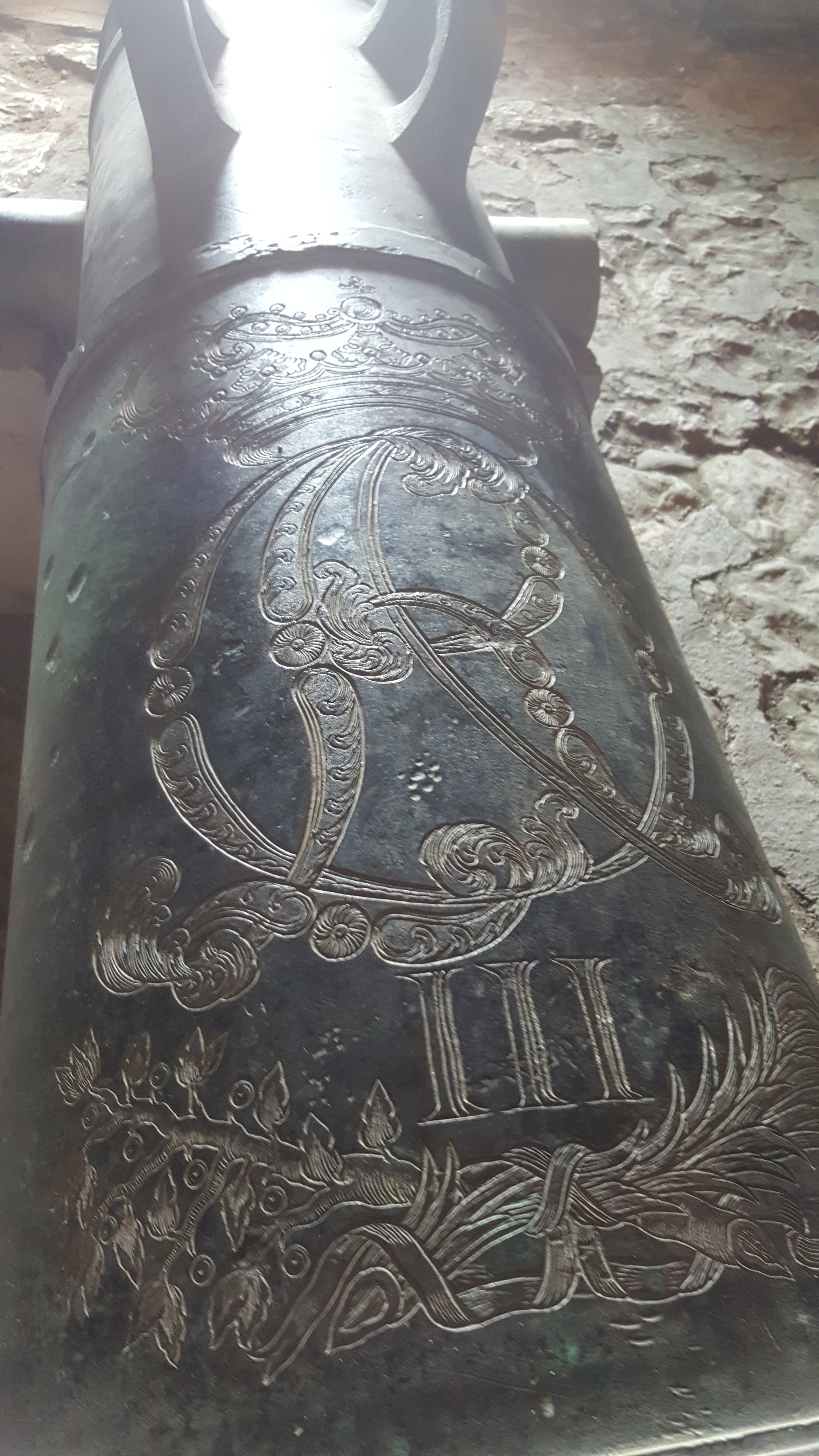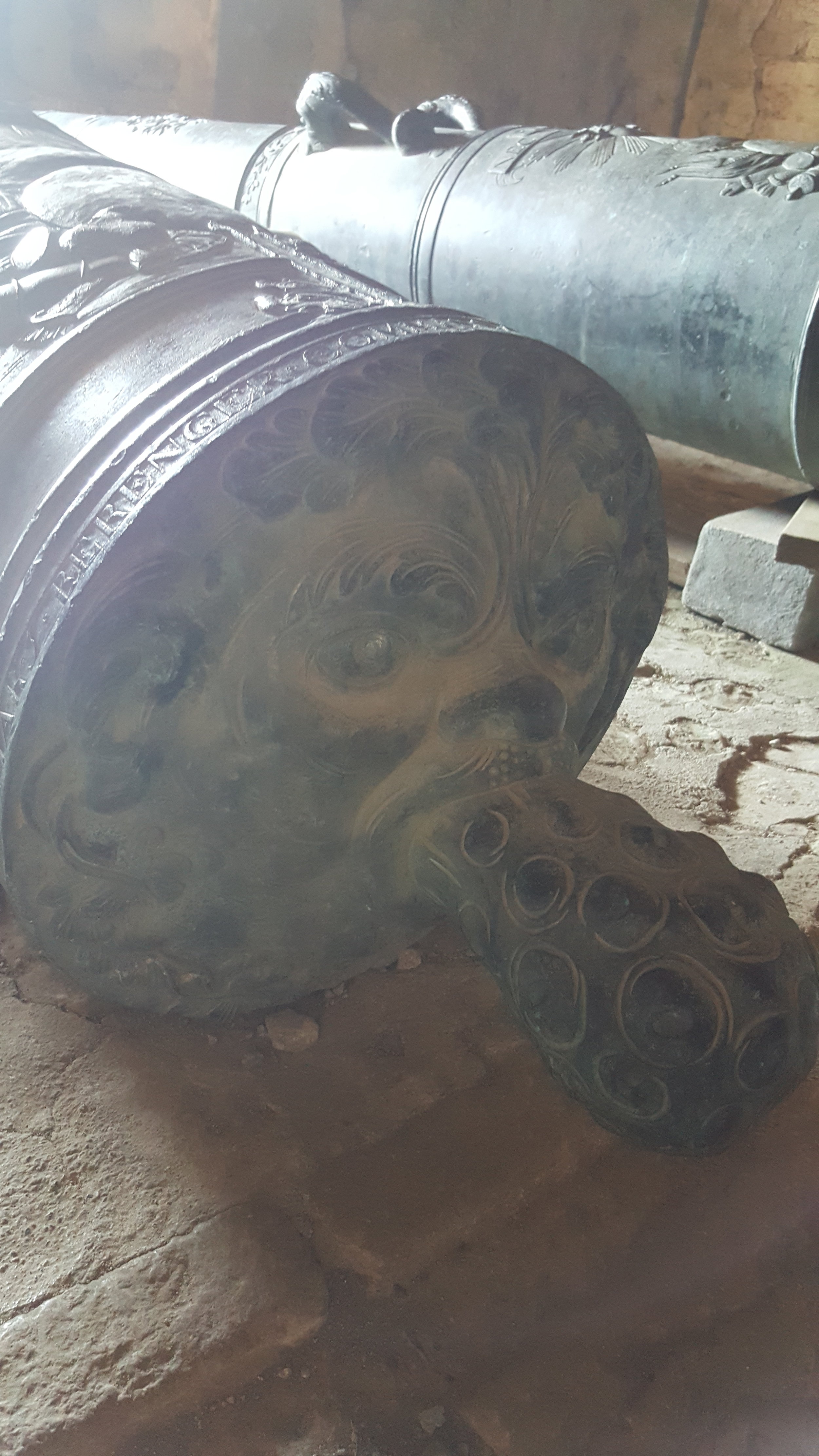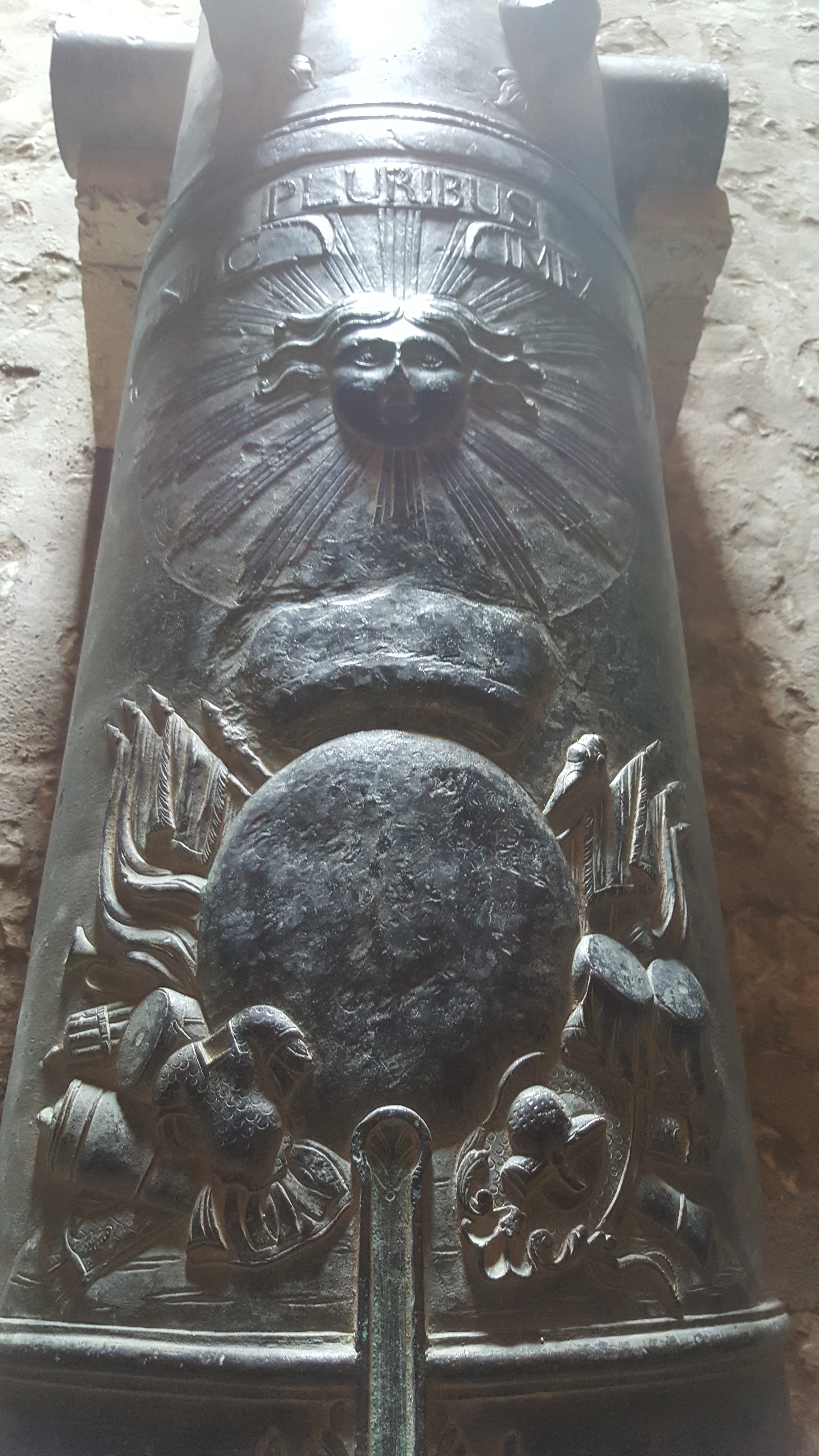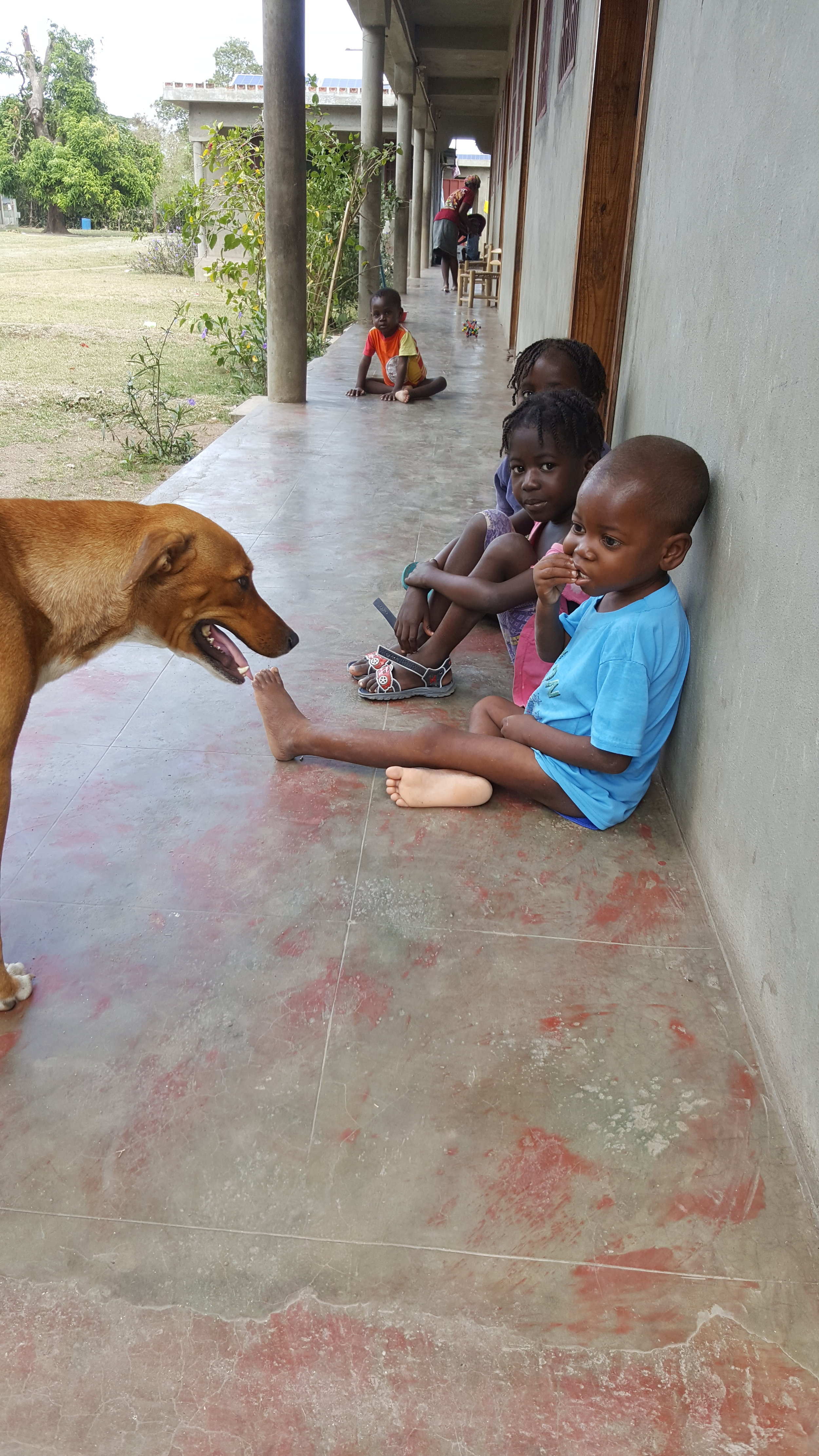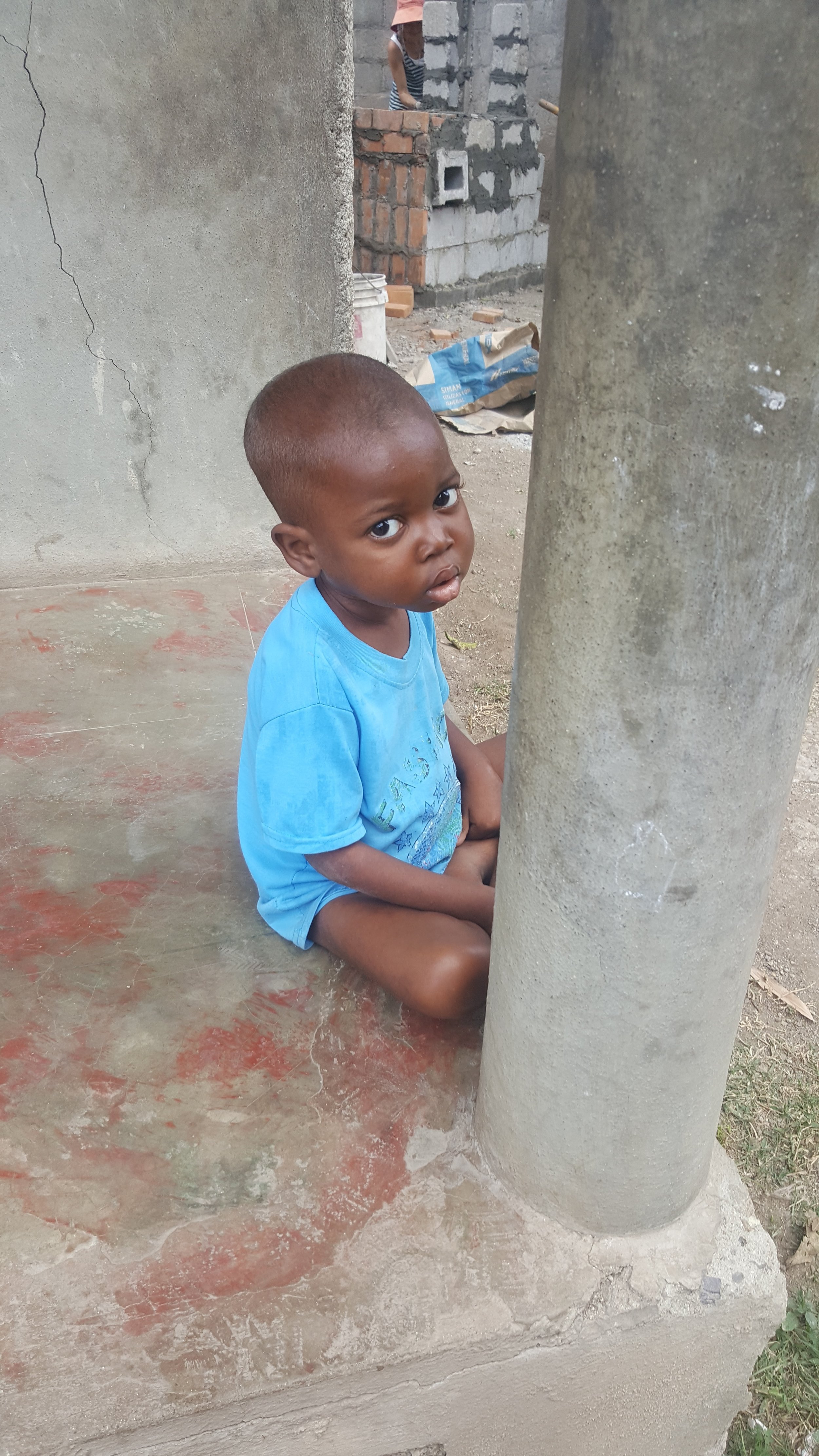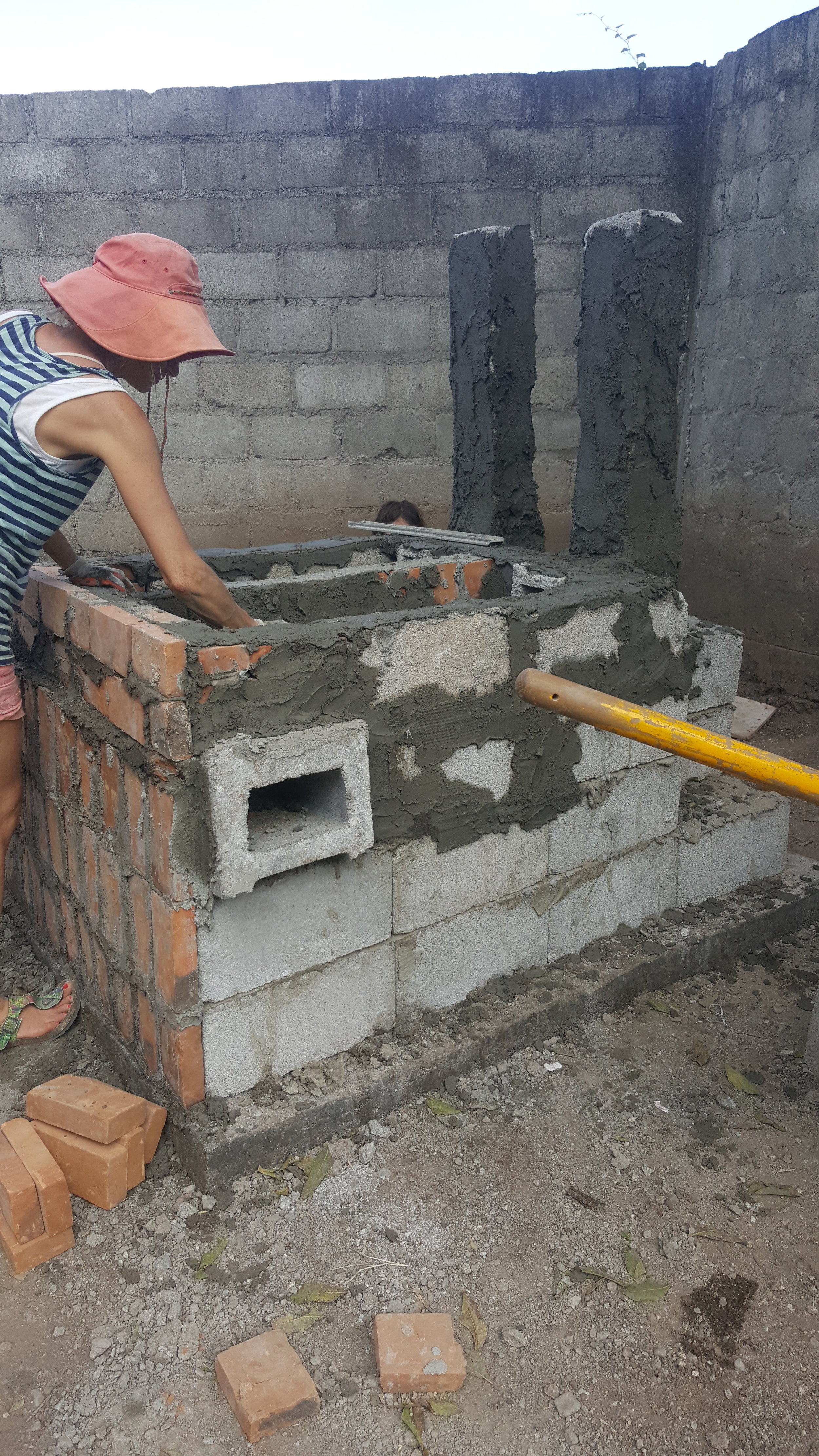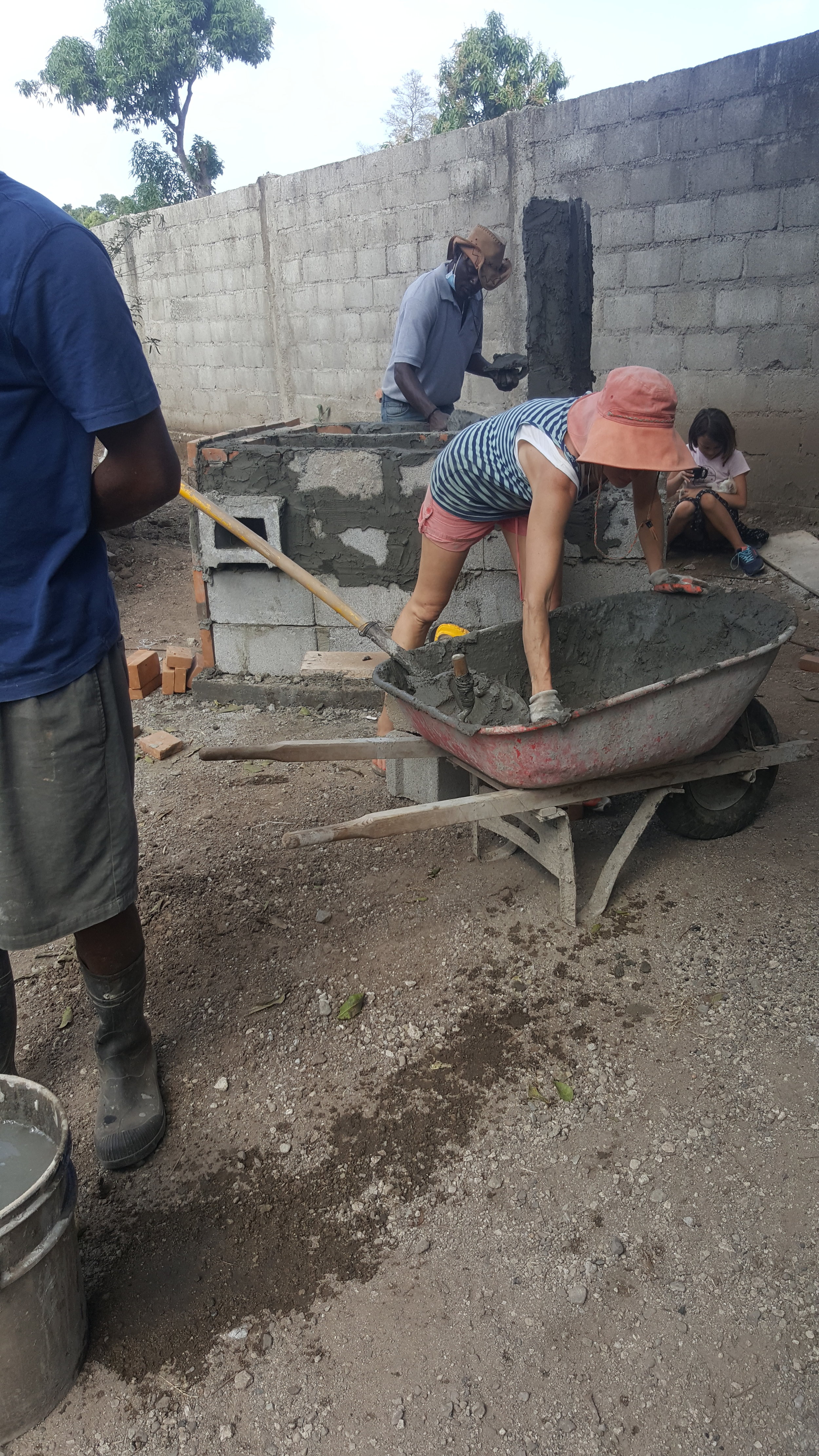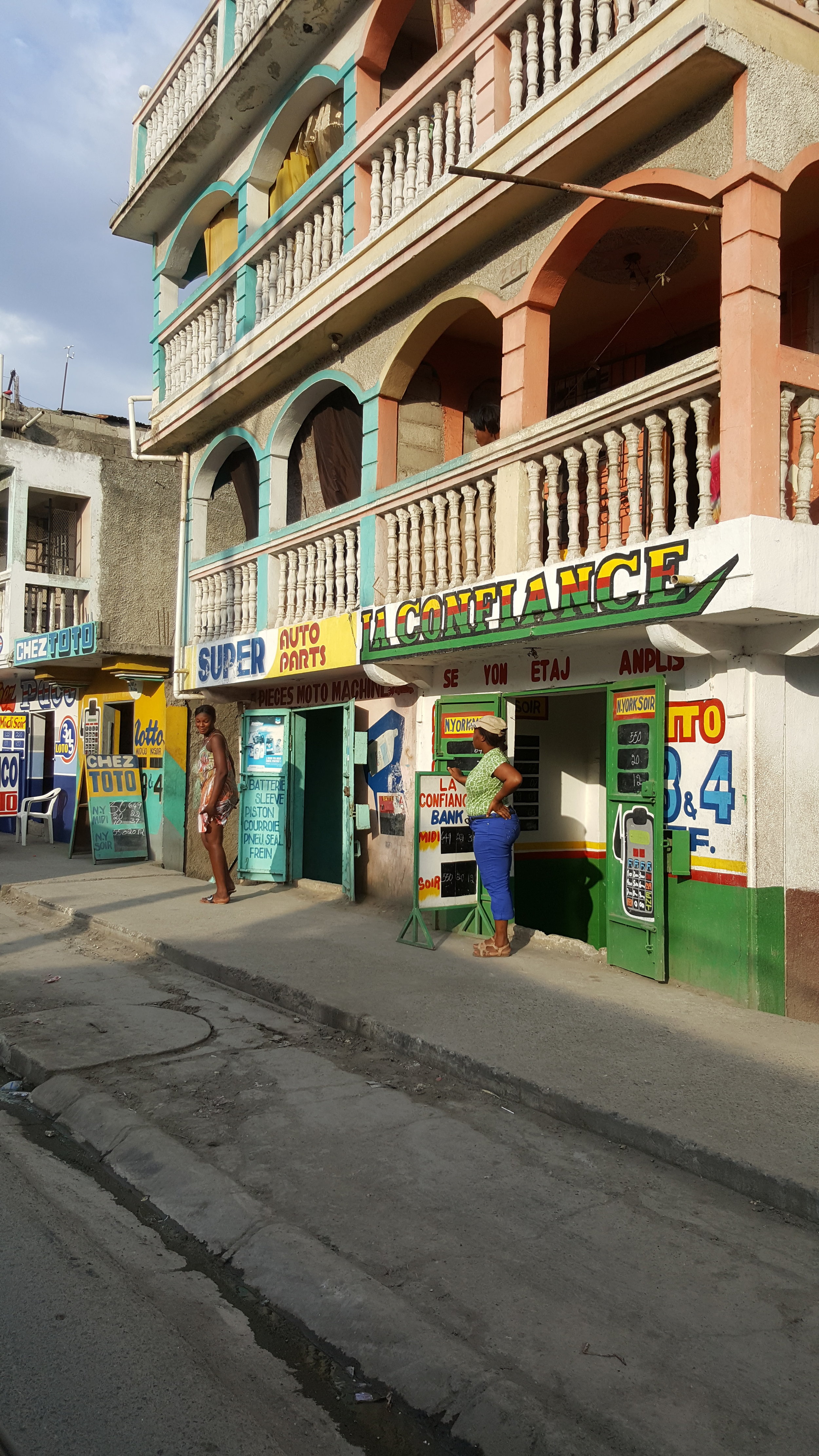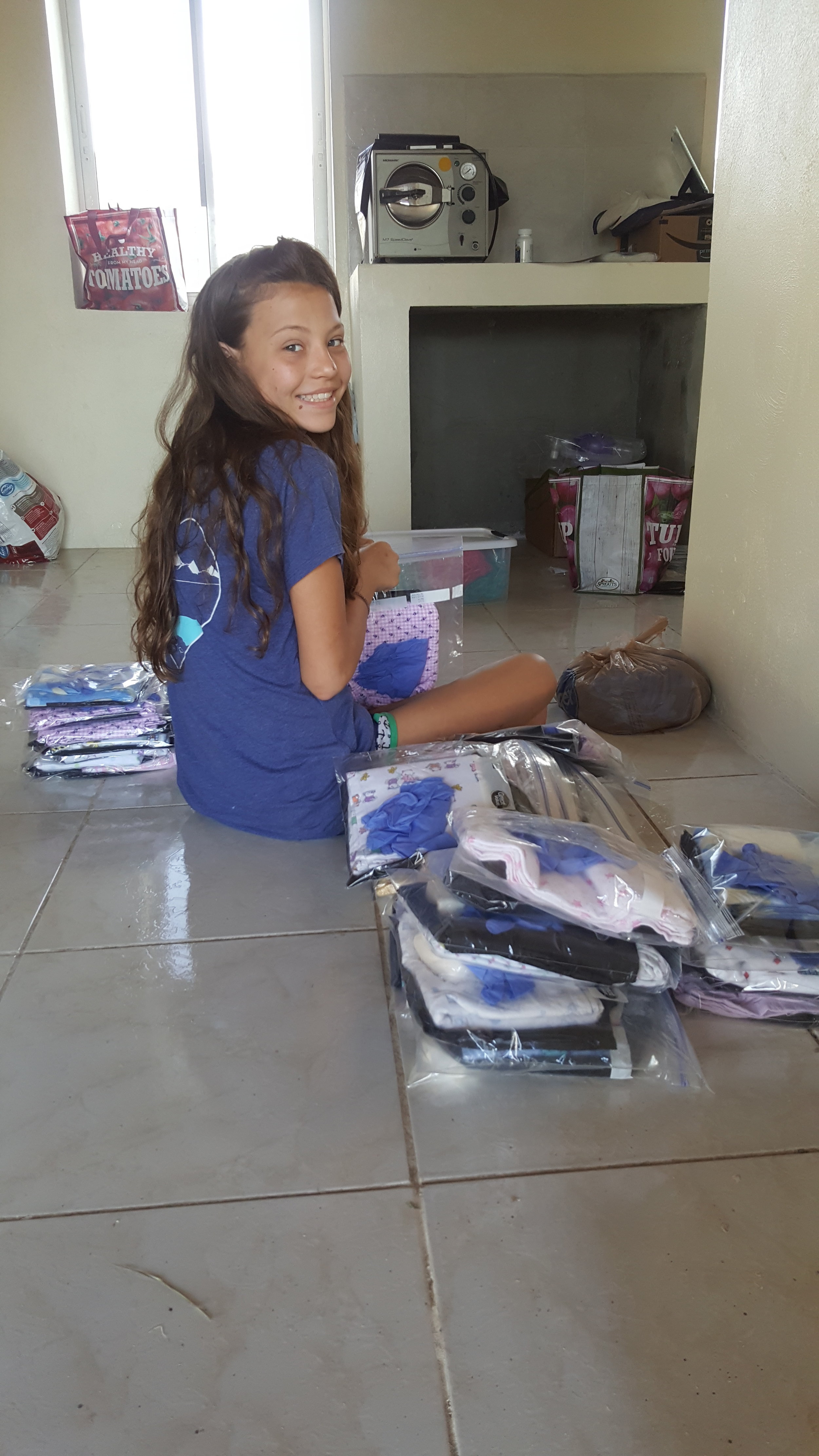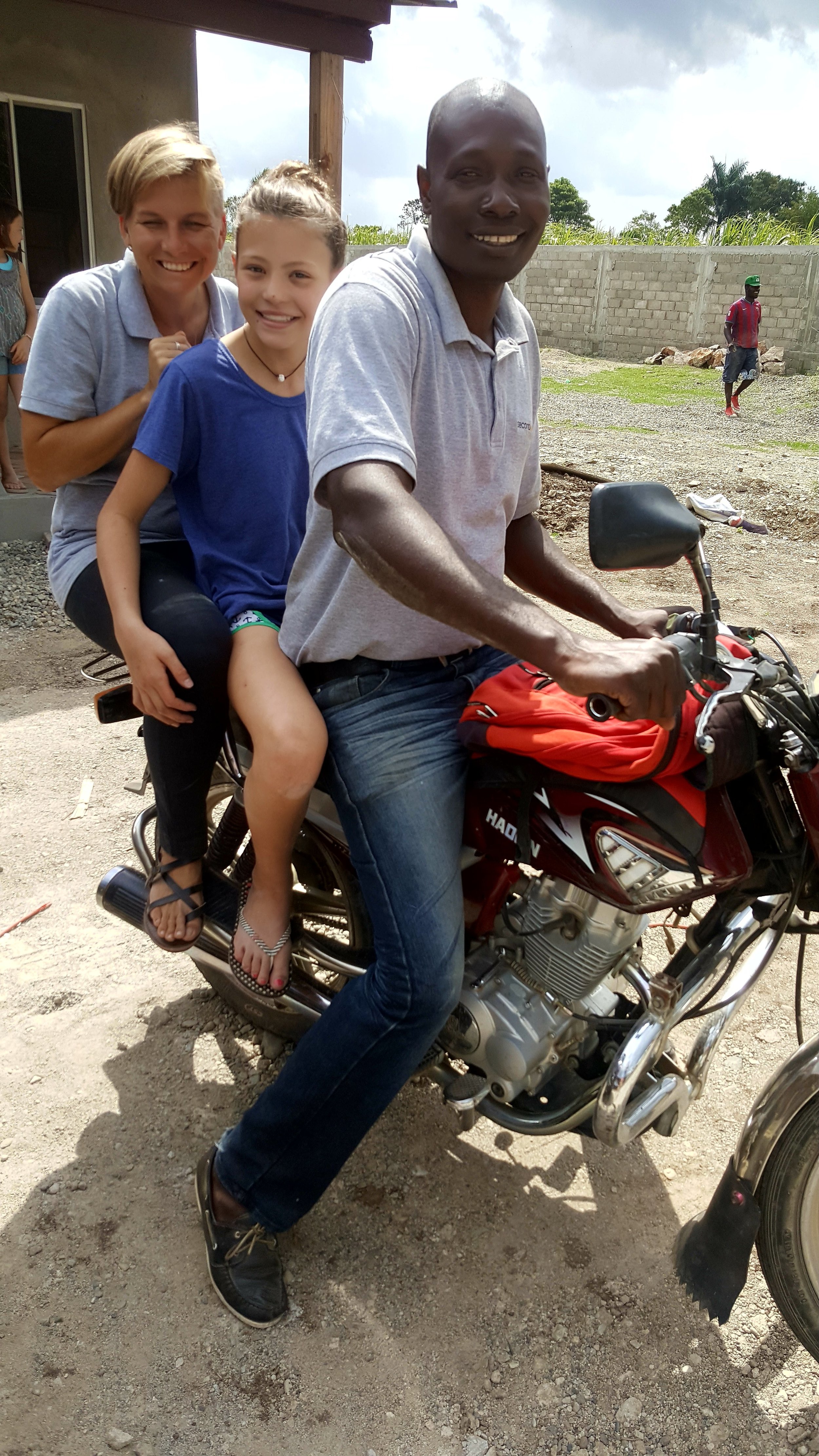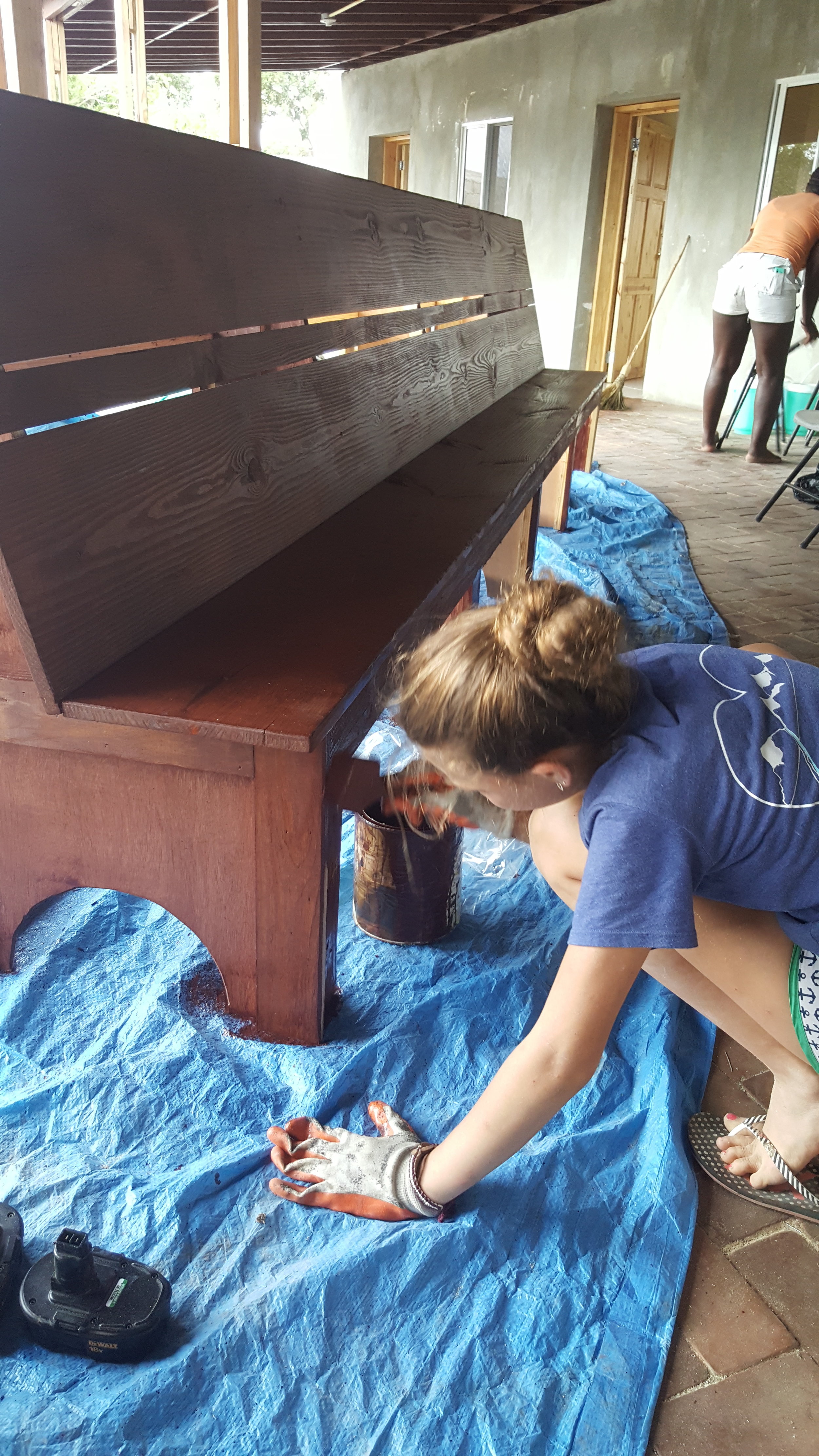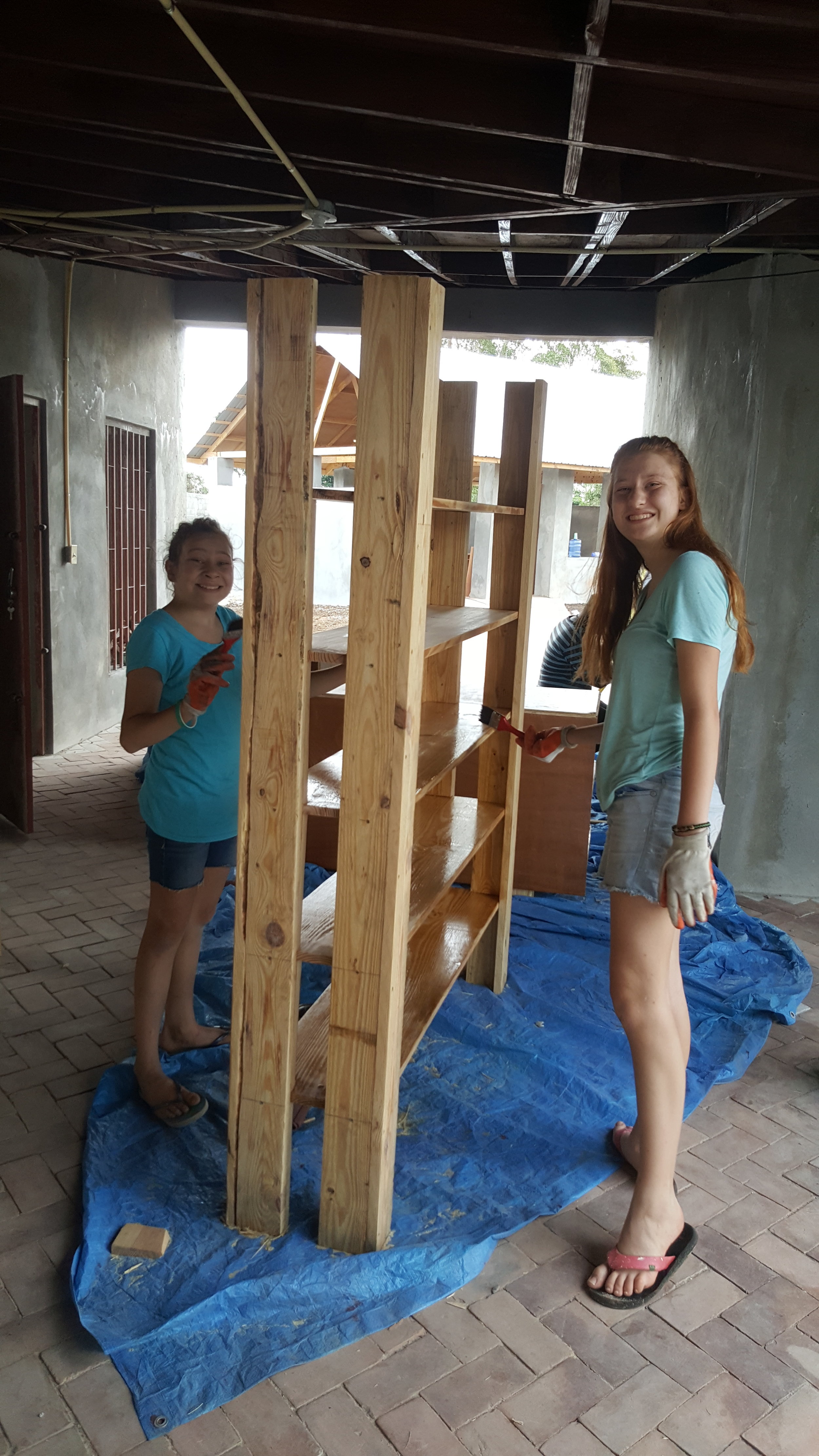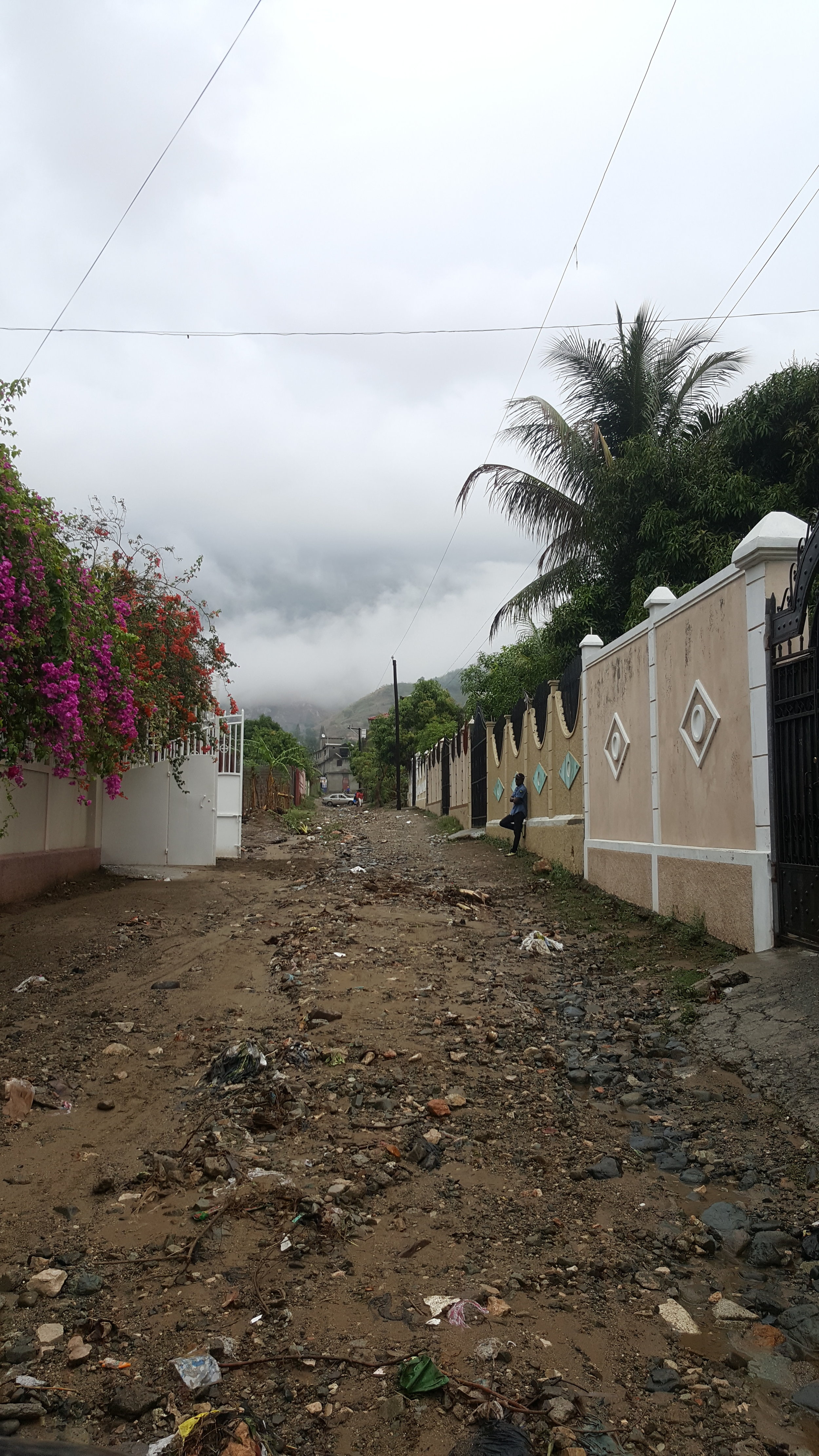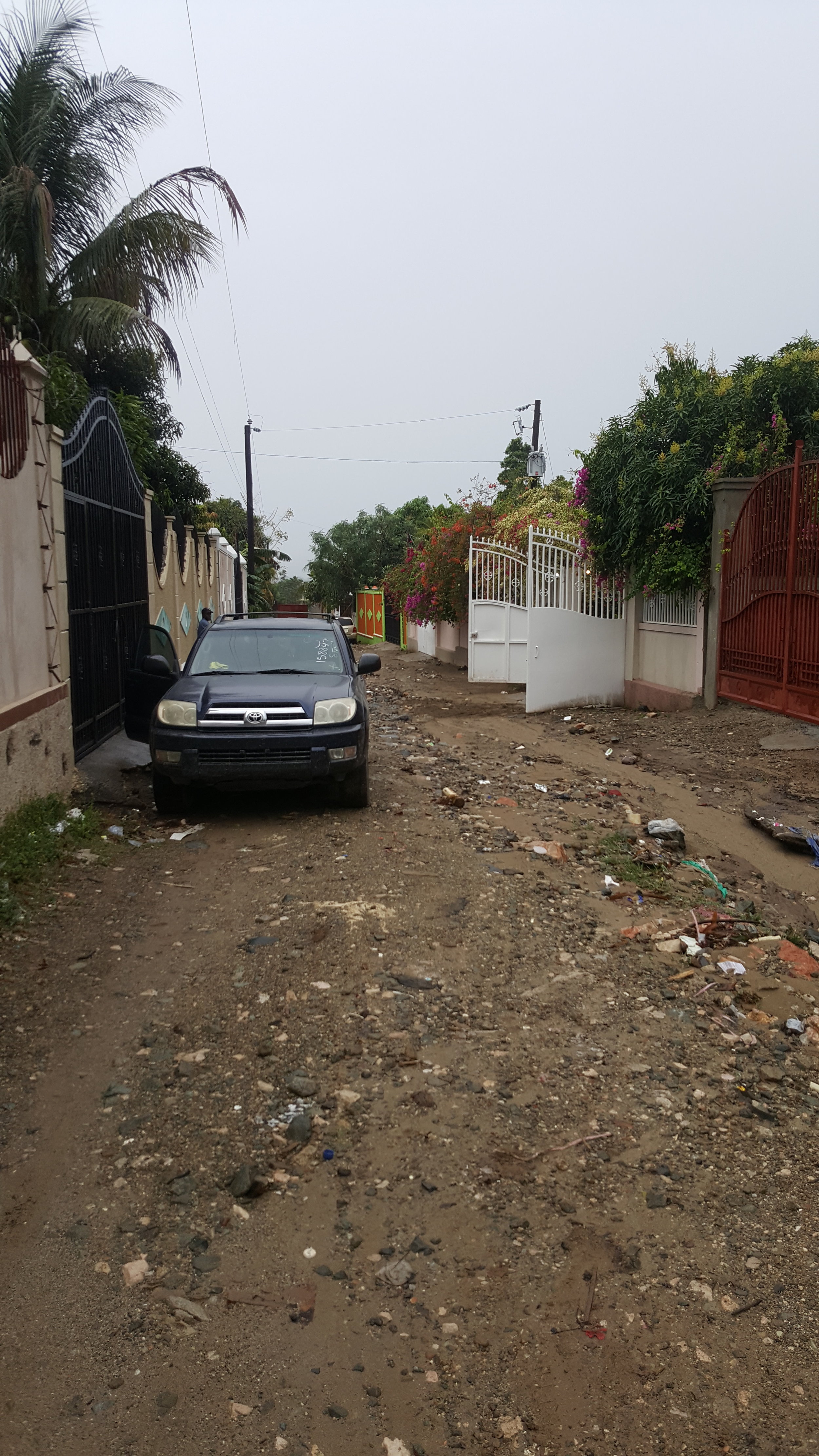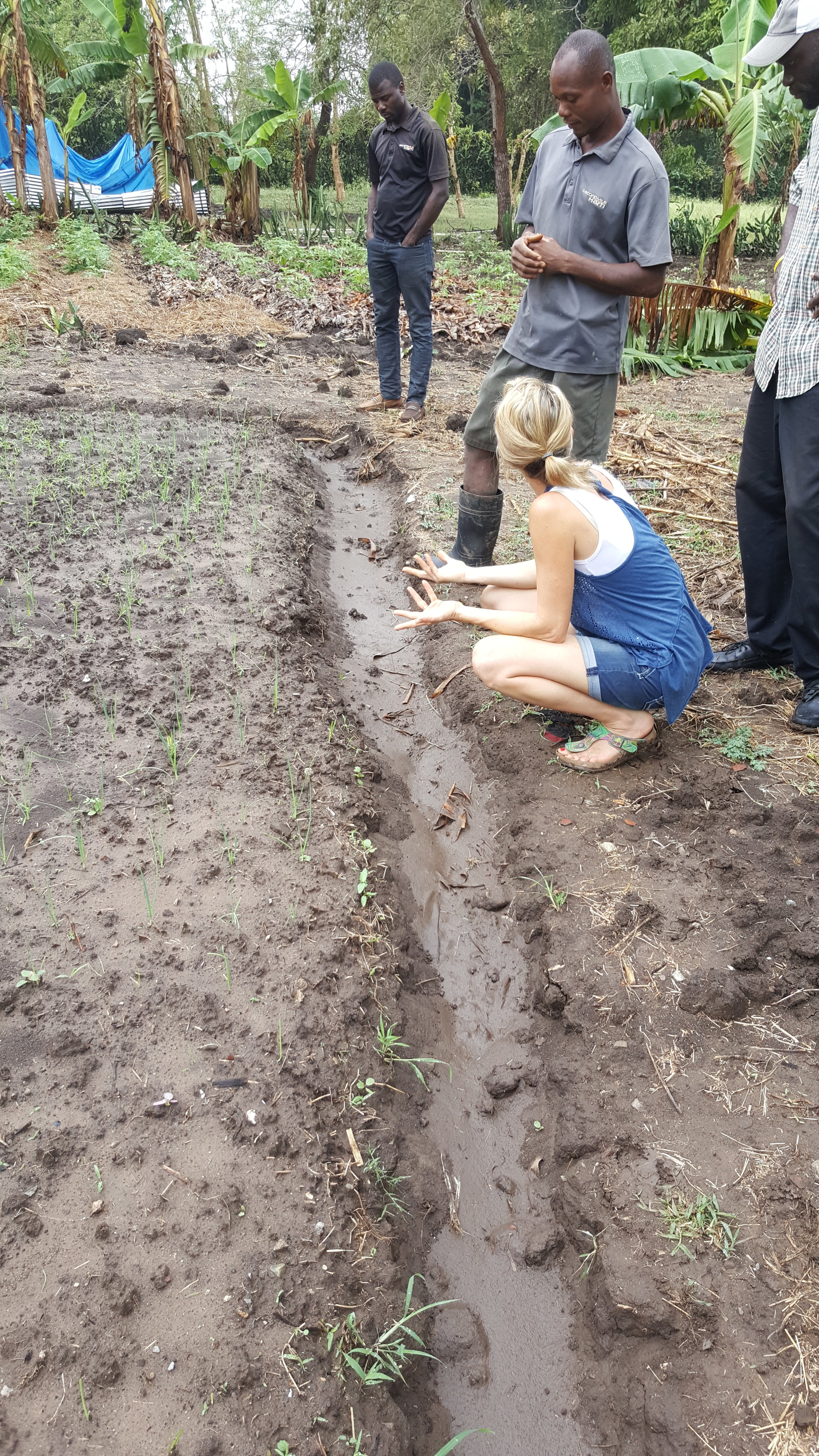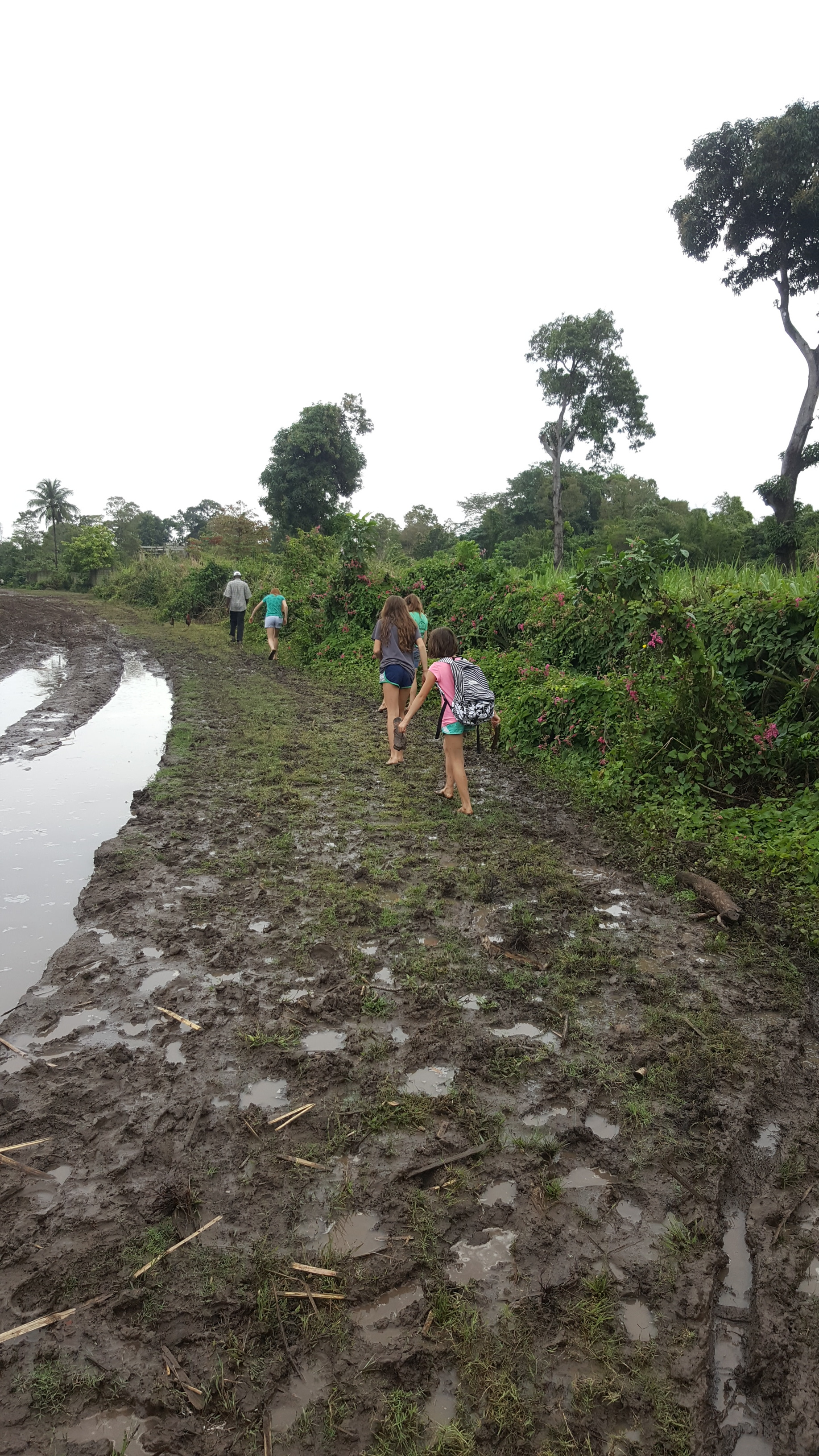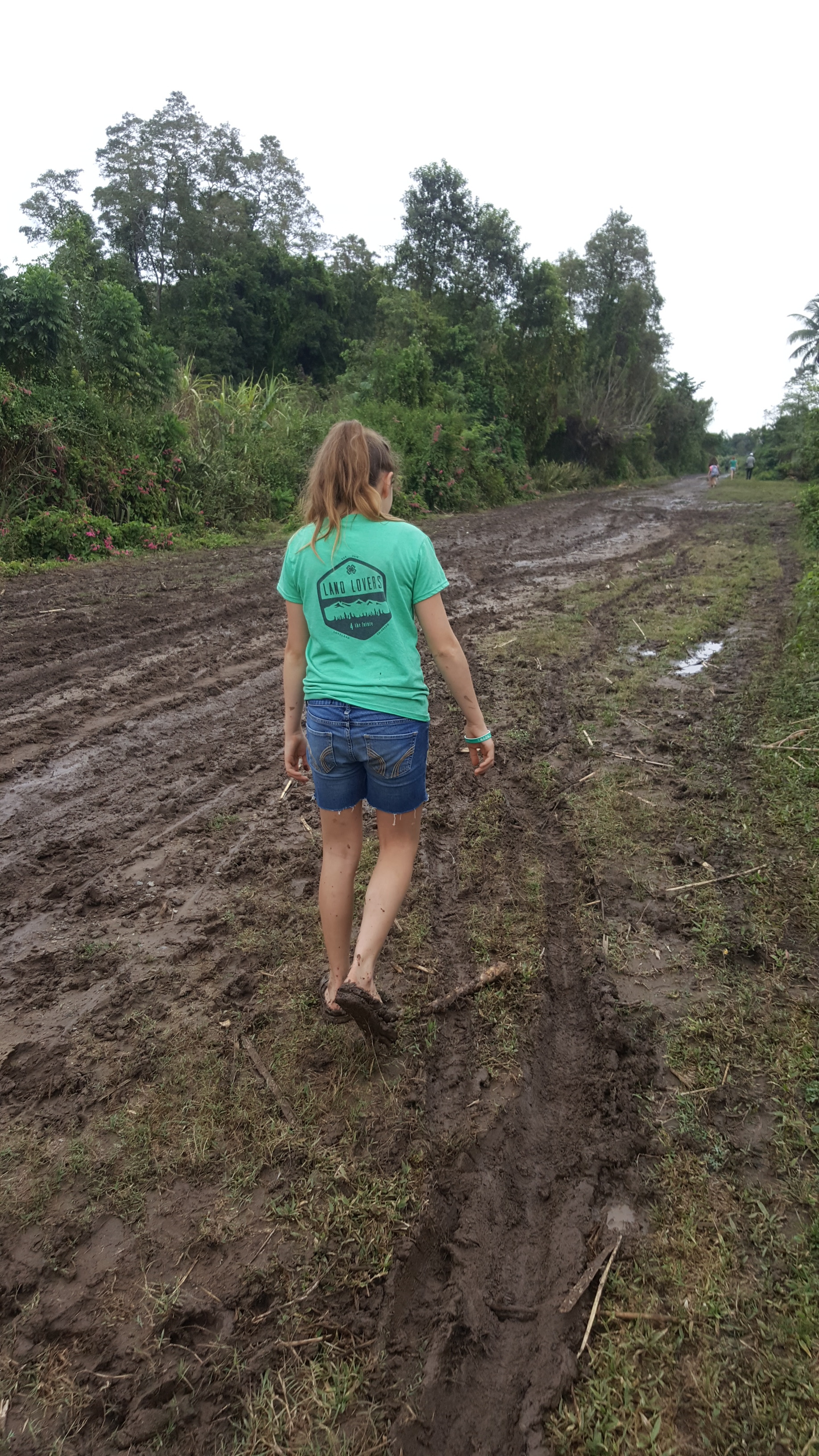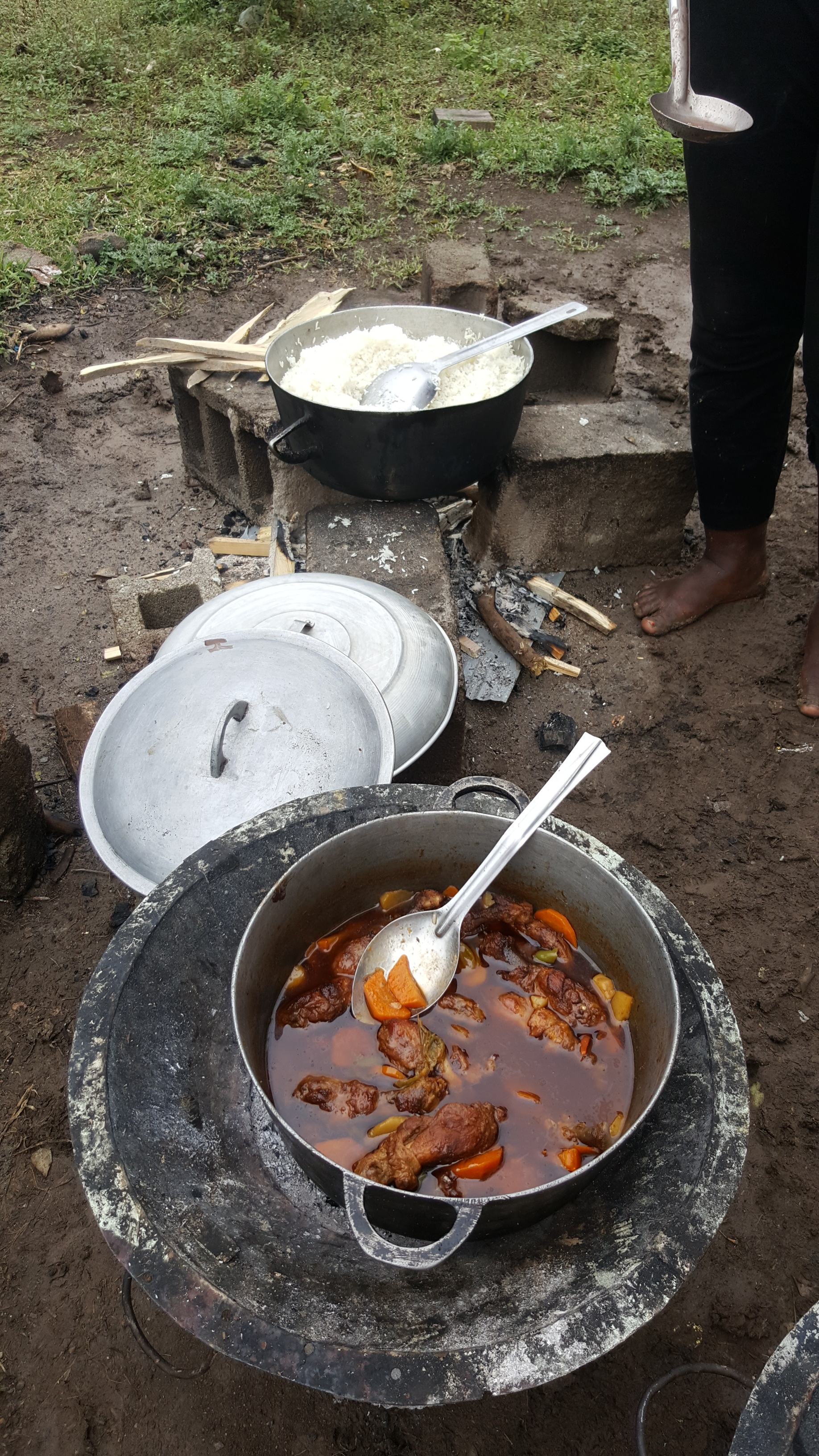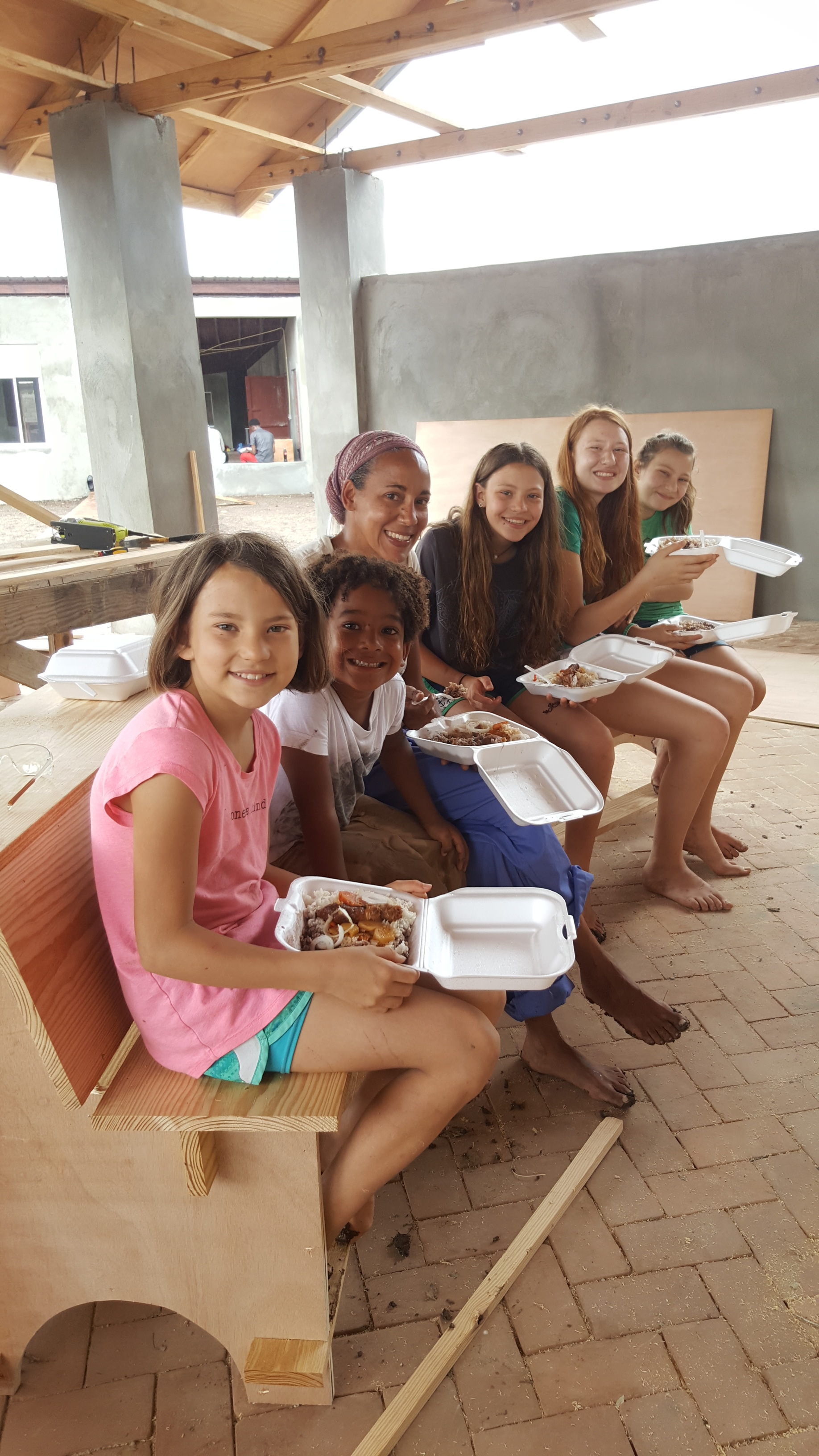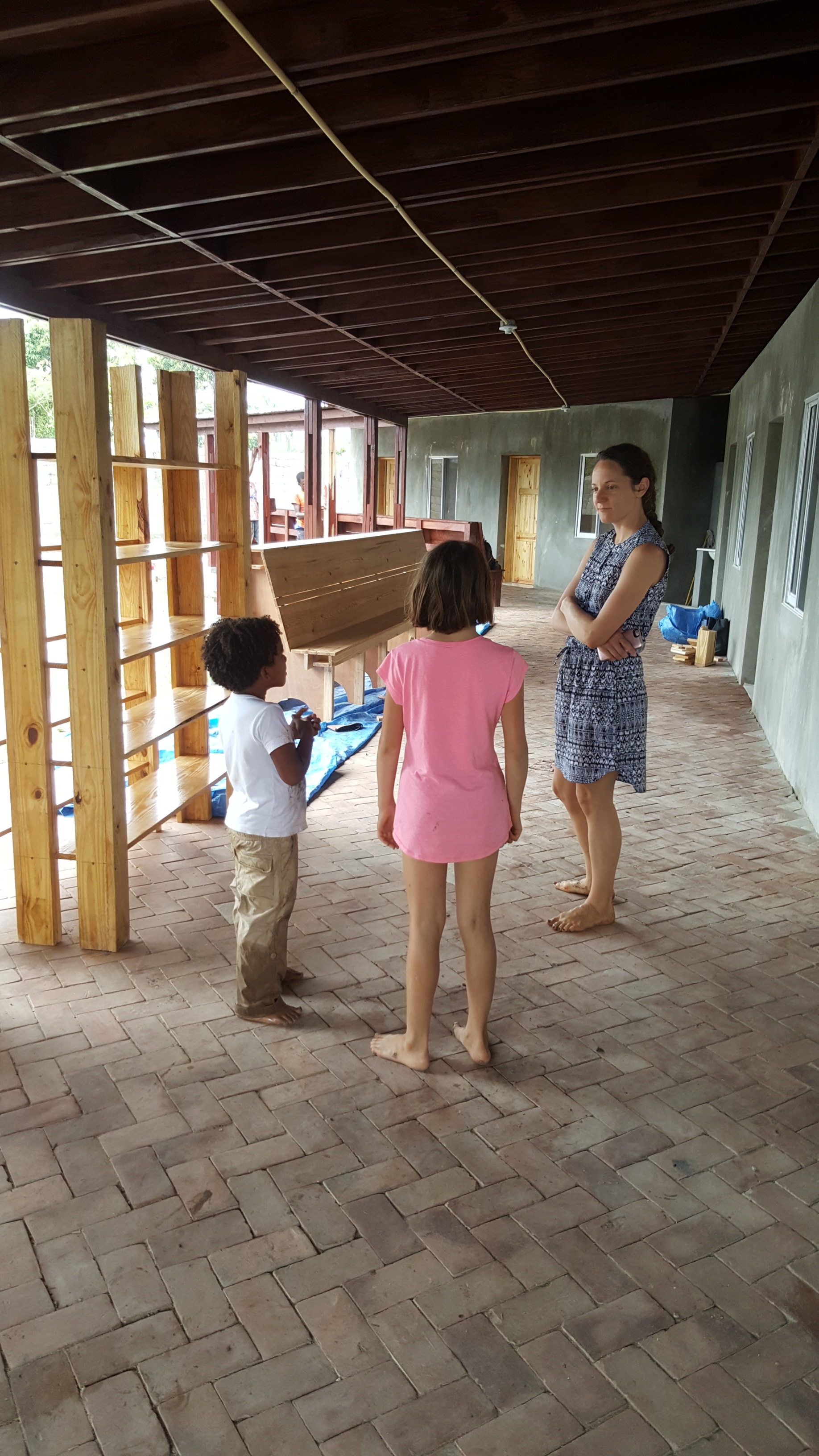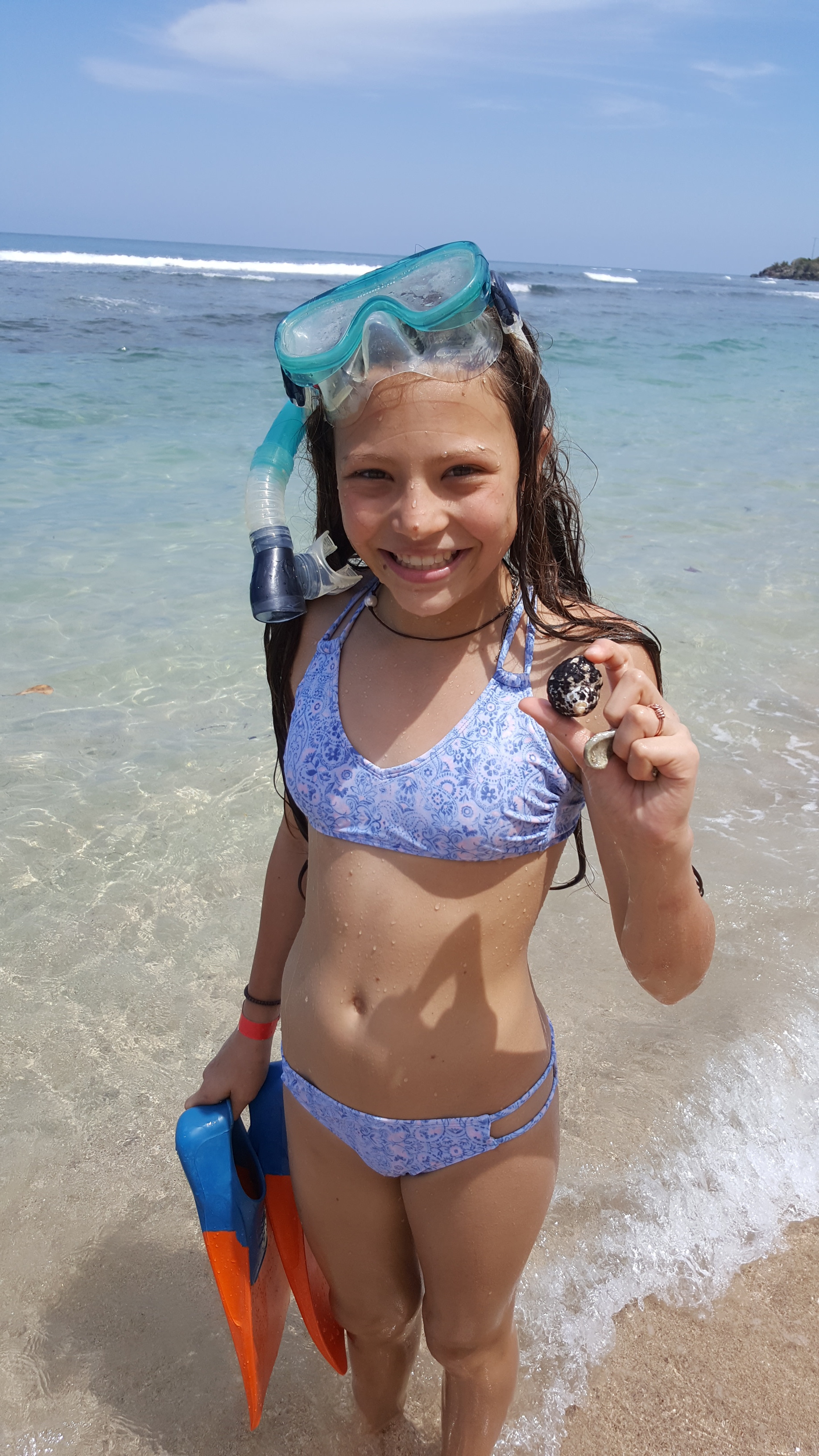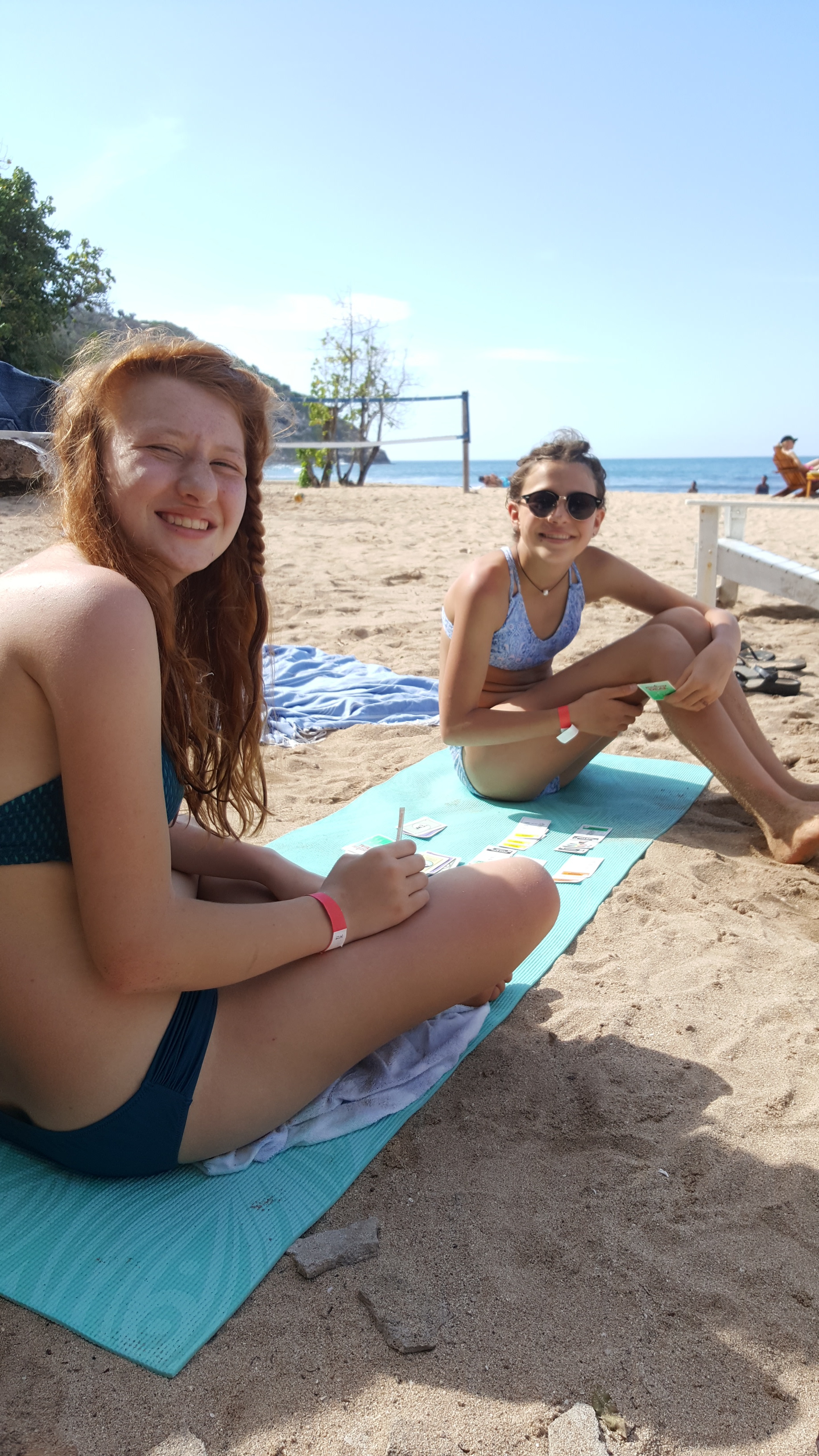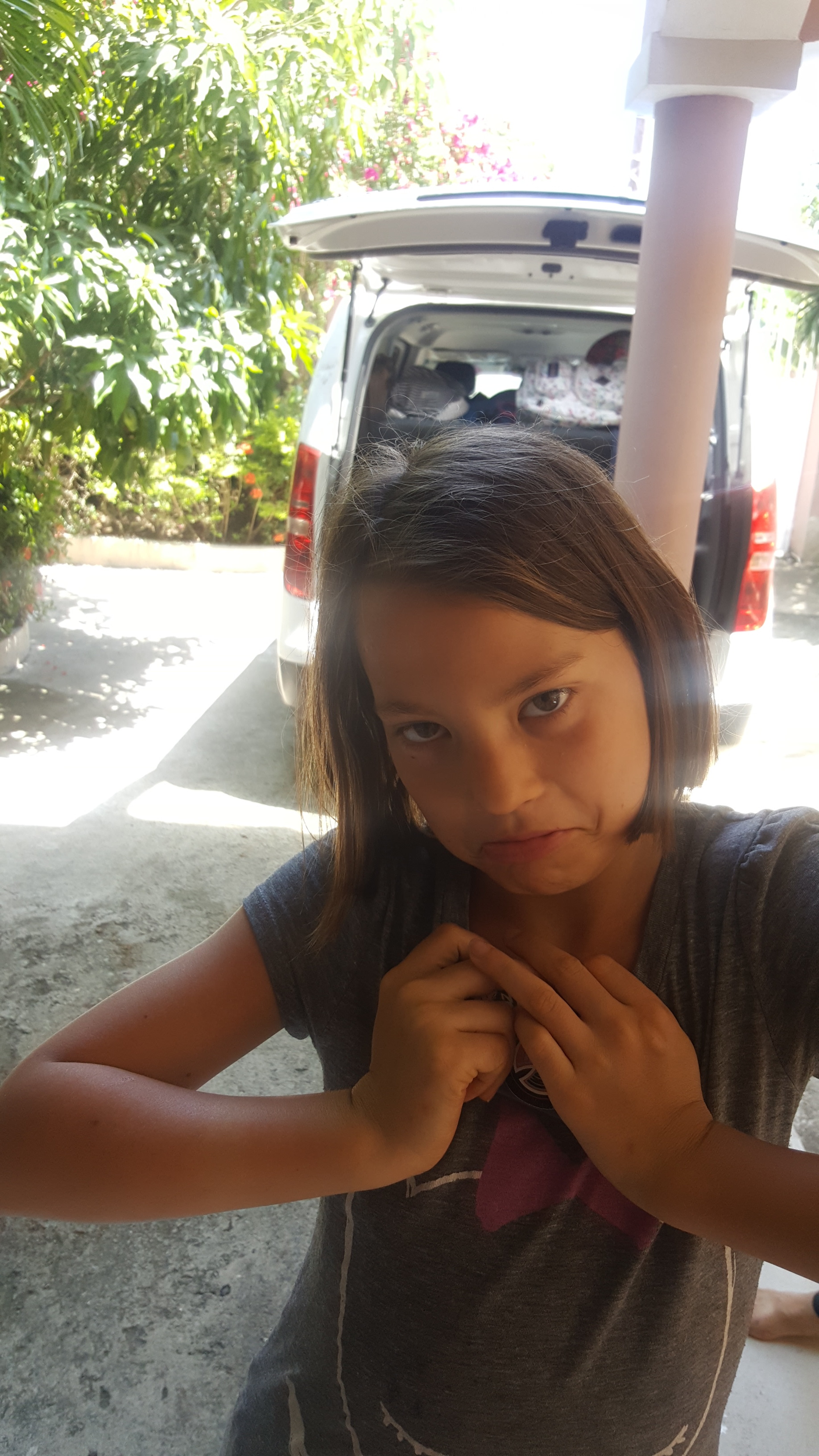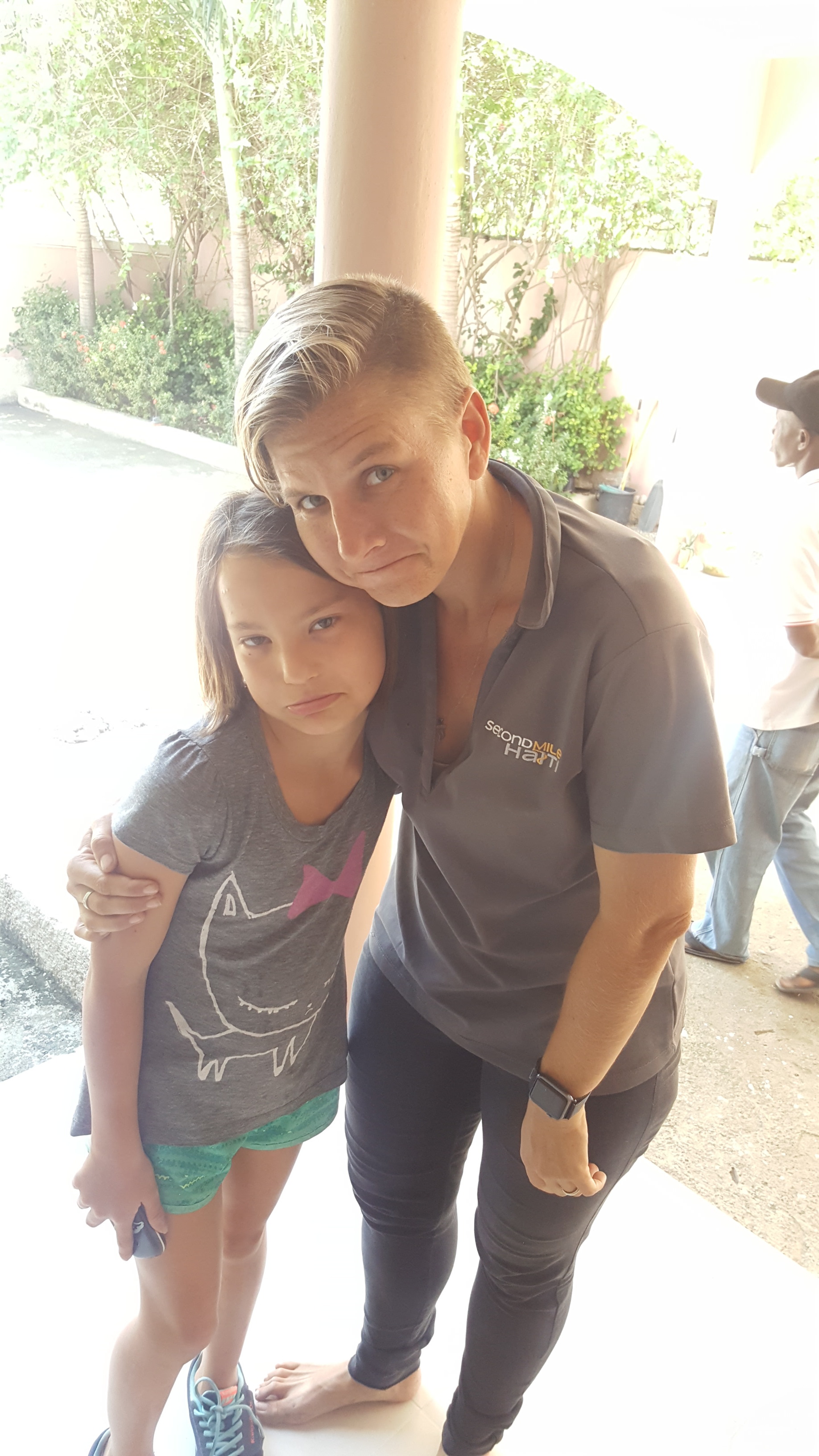2018 Sailer Family Haiti Adventure
The trip we took this month was quite a dream come true.
As a young person, I had the opportunity to travel and experience other cultures. Those experiences in Mexico, the Philippines, Korea and Indonesia made an impact on me. The up-close experience of being the outsider in a foreign land, feeling the shock to the senses of new sights, smells and environment all leave a person changed. During my own travel journeys, I was caught up in the tension between personal discomfort and excited awe over the beauty of the people and place I was in. Would my own children feel this way?
From the time my children were born, I had hoped to find out. Part of my decision to homeschool in those early years was for the freedom to travel. "Perhaps we could even spend part of every year in another country!" I dreamed. I desperately wanted them to know that the 'American way' of life is not the way the rest of the world lives. I wanted them to be touched by the injustice of poverty, to be changed by the beauty of simple living and to gain a desire to make a difference through giving of themselves.
The reality of my life journey turned out differently than I had planned... as it so often does. But the financial limitations that kept us from becoming world travelers, also happened to lead me right into my passion. Becoming an Urban Homesteader was not on my mind when I dug up the front lawn in 2011. We had struggled with health issues and couldn't afford expensive organic produce in the stores. I was hoping to make an impact on our health and our budget. I ended up discovering so much more than that.
Being asked to come help my cousin with their garden project in 2013, right as Second Mile Haiti was about to open their doors for the first time, was a thrill. I have served on SMH's board of directors since then, and have watched this organization save and change lives, doing my best to support their efforts in sustainability from afar. It has been a joy to share my passion for sustainable food - a gift born out of my own struggle, with others.
As far as my dreams of family travel were concerned, not much had changed this past year, in terms of making it a reality. Two out of my four girls were now in full time school, limiting our freedom to go whenever we wanted. I had resigned myself to reading as many books about other cultures with our family as possible, taking tours of Pakistan through Malala's eyes, watching eye opening Documentaries and sharing up to date current events and issues in the news. Though I now had a personal connection to Haiti, calculating the cost to take all of us down there always left me low. I'd hear the ugly voice of scarcity whispering "Don't even let yourself dream it. You can't afford it, and it will never happen!"
You'd think by now I would have learned to ignore the nagging voice of scarcity. Tending the soil and learning how to grow food has taught me again and again that although I often see limitations, ABUNDANCE is the true nature of this beautiful universe. I didn't realize when I named my local CSA Plenty Heirloom Farms, that I was being given a daily mantra, a reminder that there is more than enough waiting for me in each moment - there is plenty today. And plenty just around the corner. The earth shouts it to me every season that I get to interact with plants and animals, seed and soil. Generosity overflows.
Though we didn't see a way to raise the funds on our own to take this trip, we did know that our desire to take our family to Haiti hadn't ceased. Eventually, we got the courage to put scarcity in the back seat, and trust that plenty would be provided when the time was right.
We organized a backyard gathering, doing what we loved - hosting a meal cooked from our wood fired oven, in the hopes of raising some money to get started.
Just as I'm surprised by the abundance of new perennial seedlings that pop up in my yard each spring, the miracle of what is hidden within one tiny seed, or the prolific earthworms reproducing under my leaf pile... our community blew us away by their generosity. In ways that I couldn't have imagined - our community jumped in to help.
Many of you were those who found joy in helping us go.
Thank you!!
I hope you enjoy these pictures of our trip, and that you share in our excitement about the work being done in Haiti. These beautiful people deserve the chance to live healthy lives and raise their families well. It is a privilege to partner with my cousins as they work so hard to change lives every day. It was a joy to share our time with them!
_ Sailers in Haiti 2018 _
Our flight left Denver at midnight, arrived in Florida at 6am. After a layover, we flew out of Florida at noon and arrived in Haiti at 2pm.
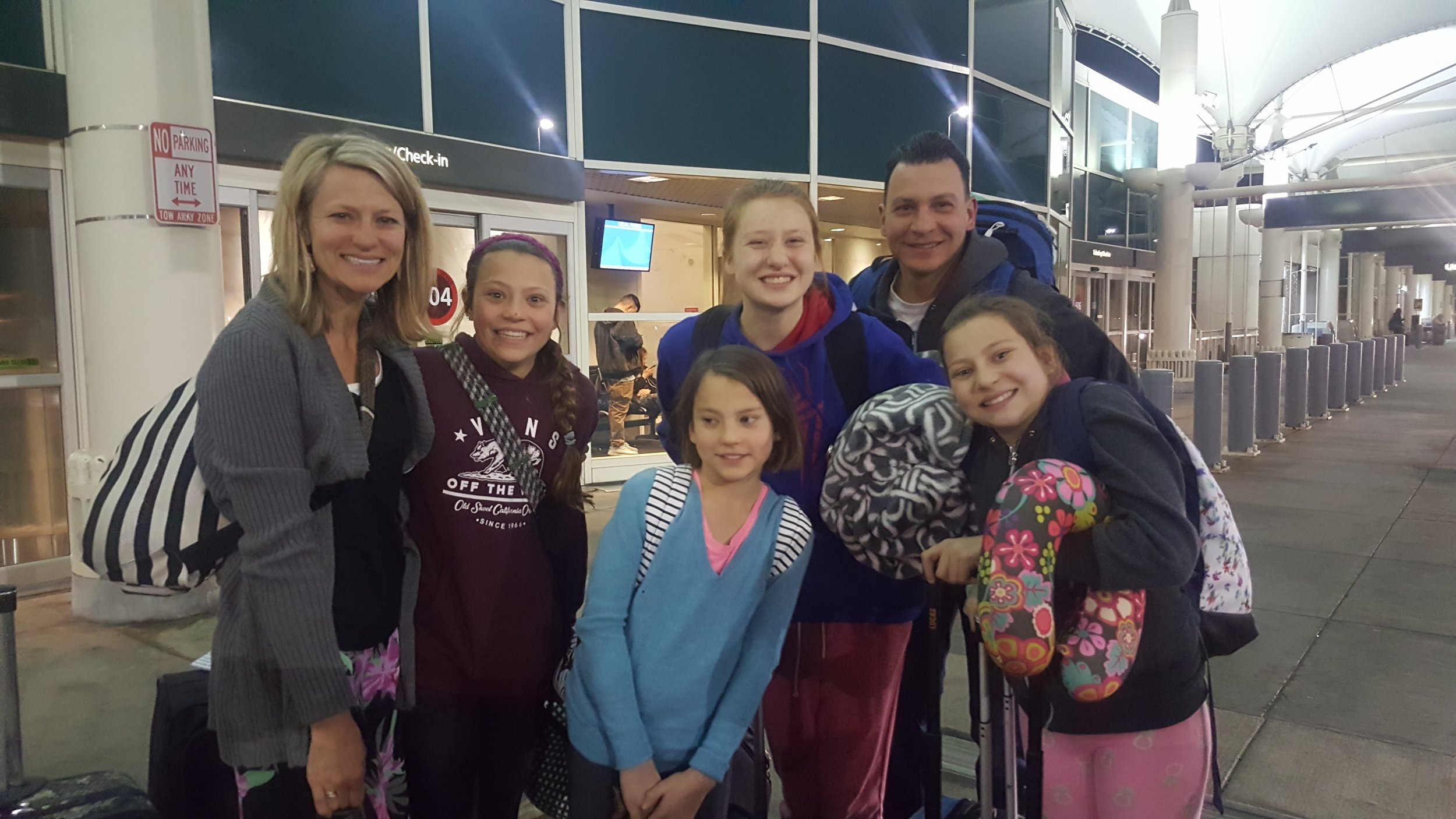
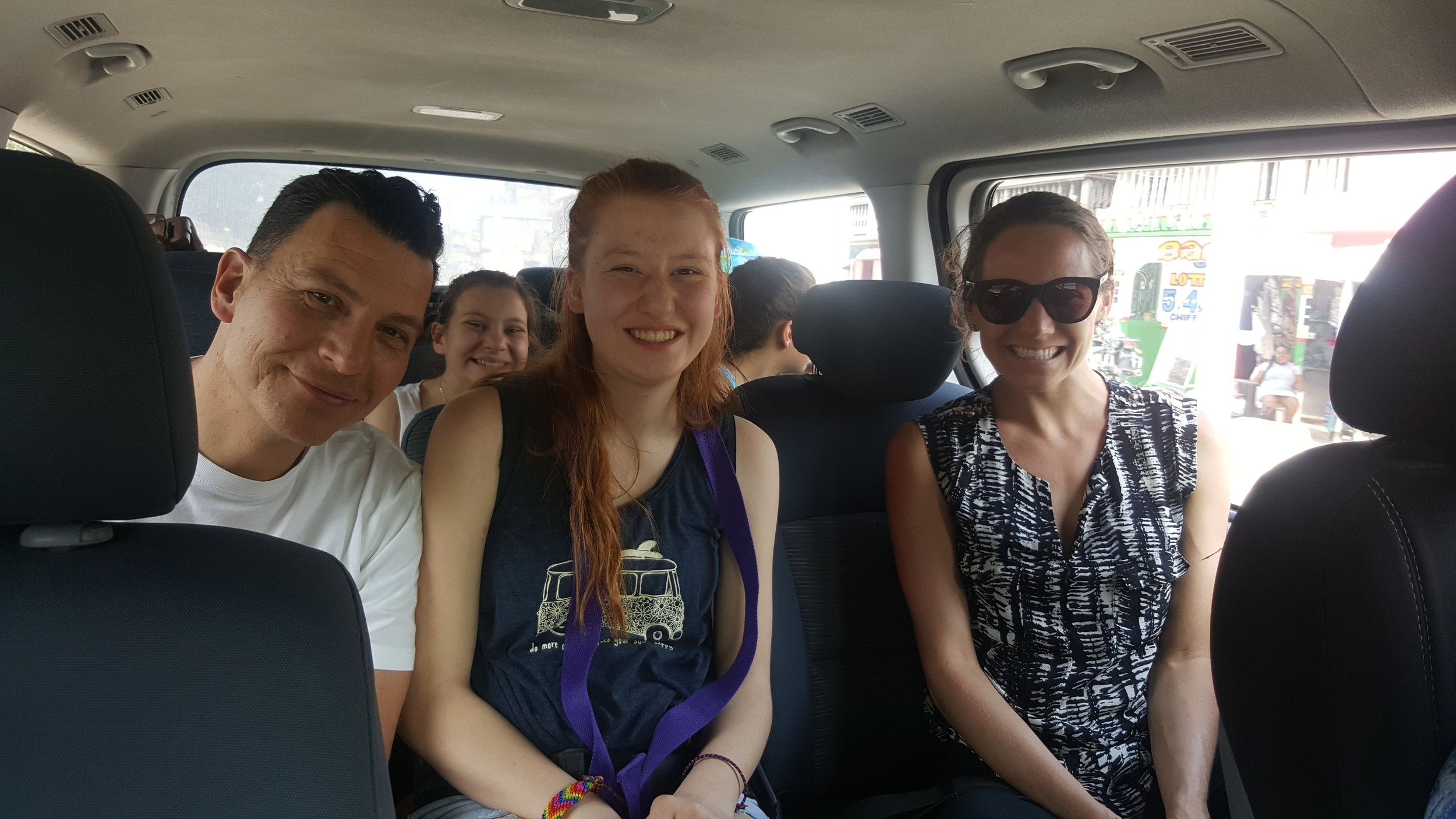
After landing around 2, we made it to the house, unpacked and took a look around. We had quite a bit of luggage with us, since we'd packed some internet routers, medical supplies, tools for cement mixing and welding, and even flour and sourdough starter! We met the dogs (Gia's favorite!) and settled in for an early dinner made by Amy, and went to bed under mosquito nets. We were so happy to finally be there.

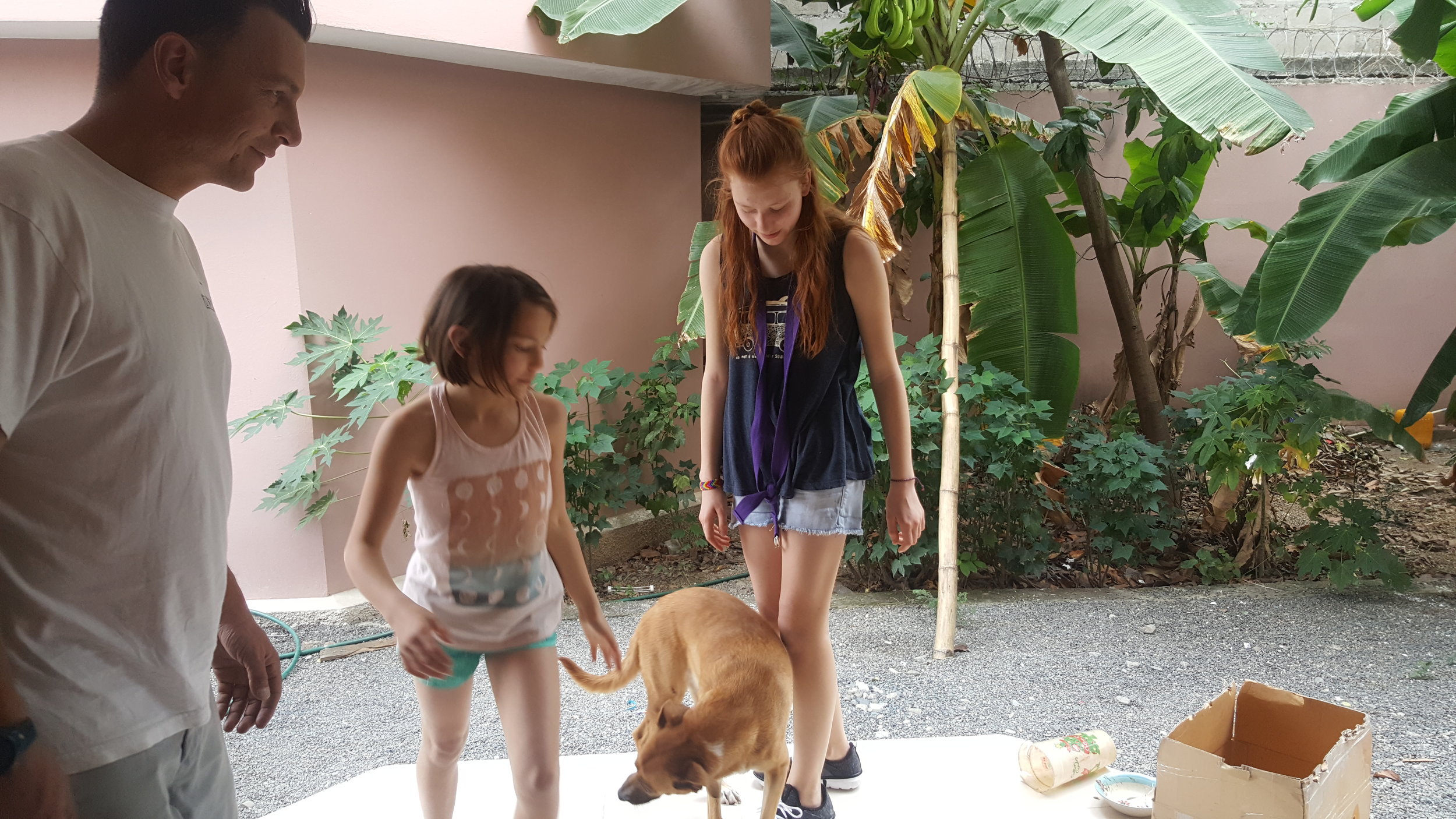
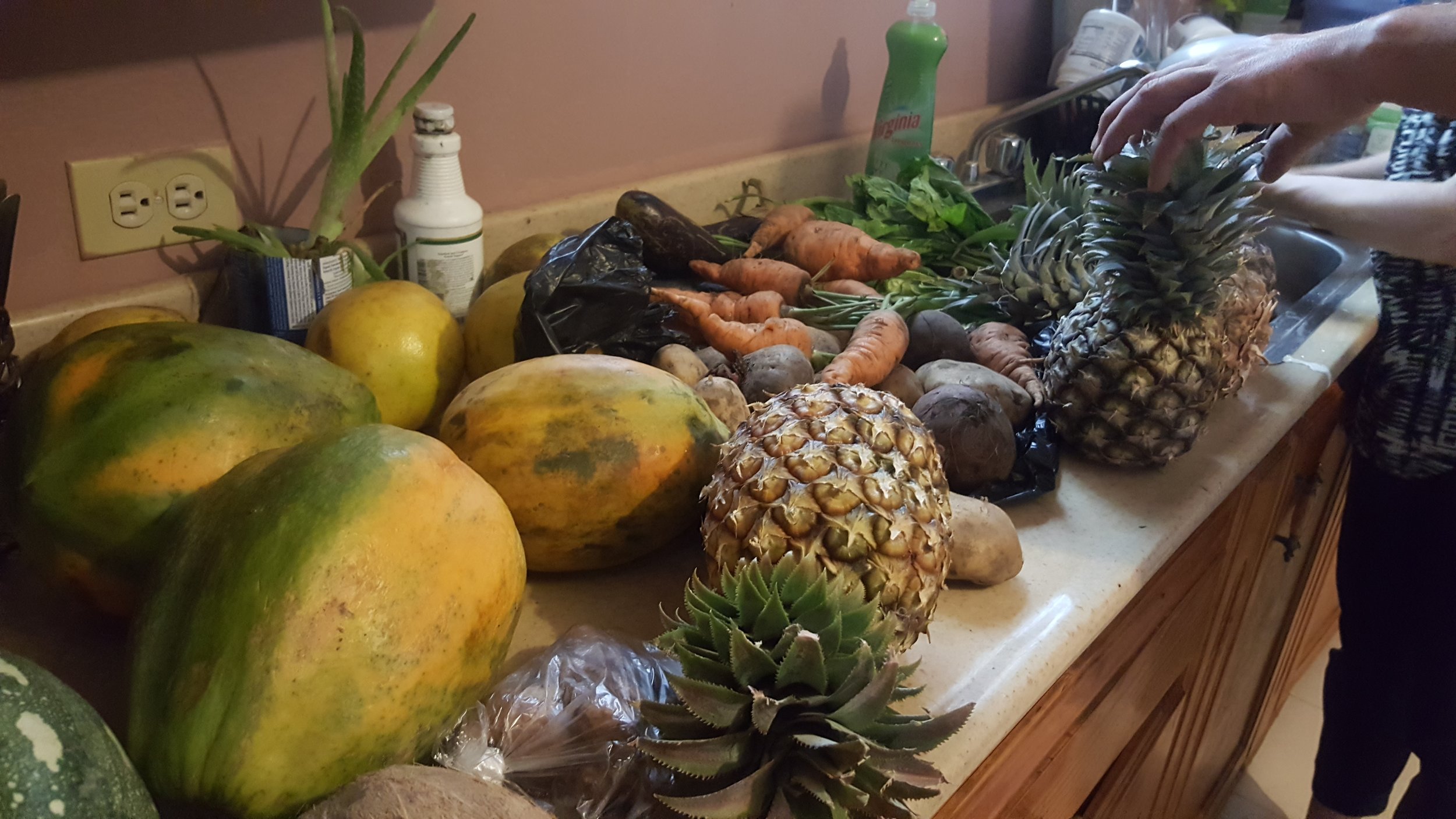

After a good night's sleep, we got up early Friday morning and drove out to the land. It's about a 15 minute drive on a bumpy road, through a few villages to get to Second Mile's land. Just 1/4 mile down the road is the new Strong Start Maternity Center property. Amy and Jenn gave us the tour. I had a blast saying hello to old friends from my first trip at Second Mile, and was thrilled to see the progress on the gardens, the new yogurt building, the growth with all of the new animals, and get an idea of where we would be building the griddles. Jenn showed Jeremiah the carpentry projects she needed him to accomplish at Strong Start.
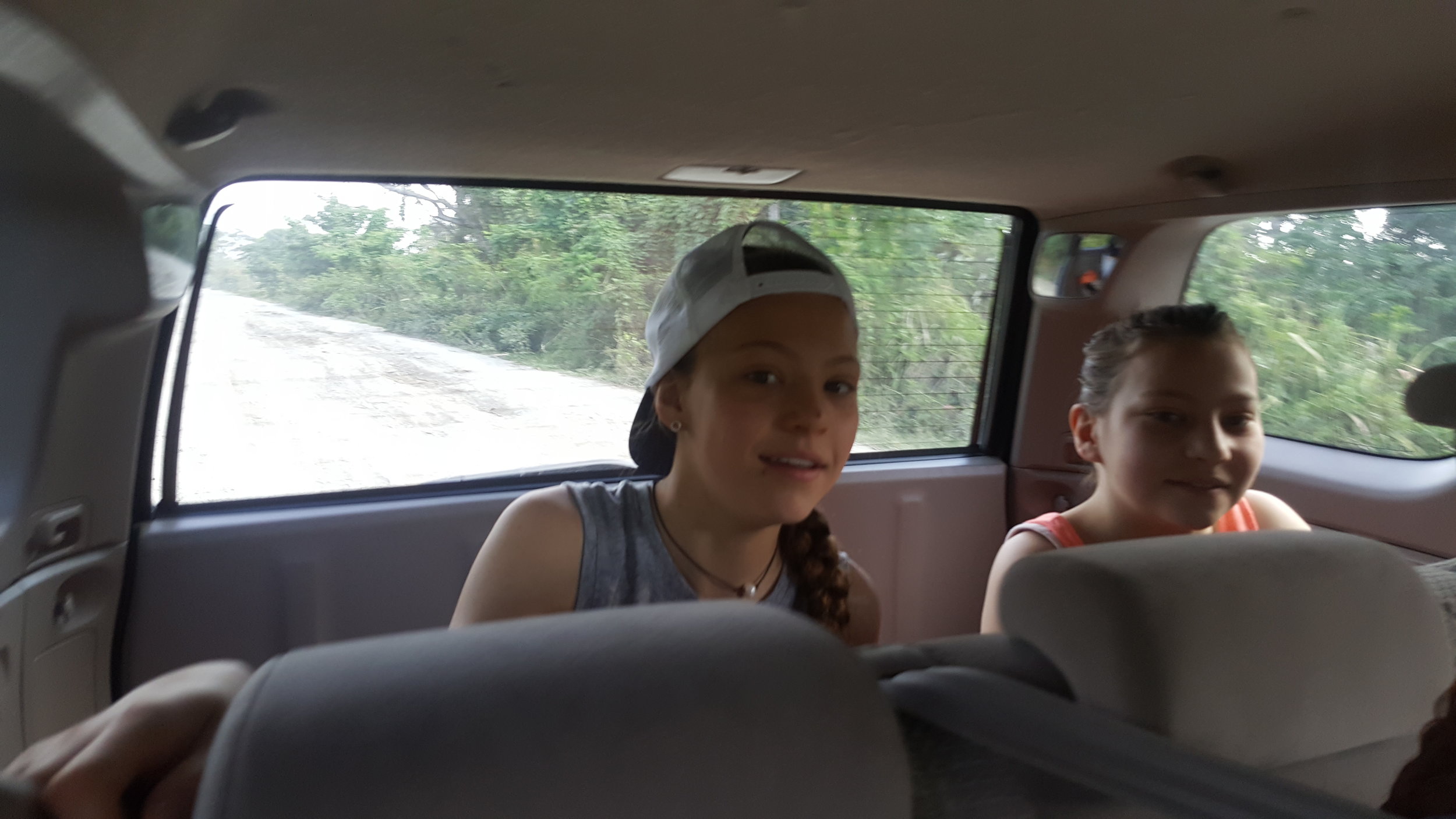
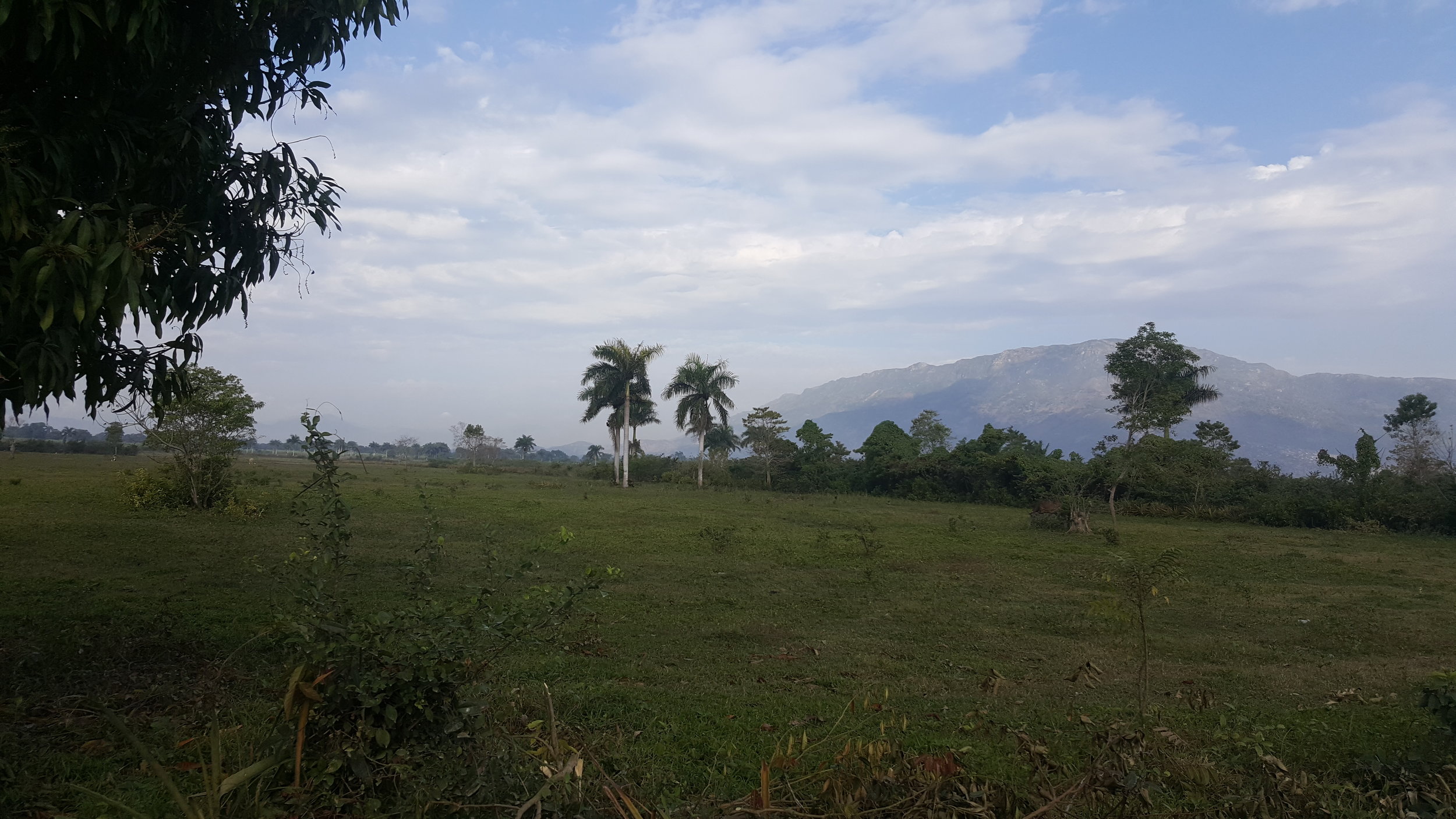
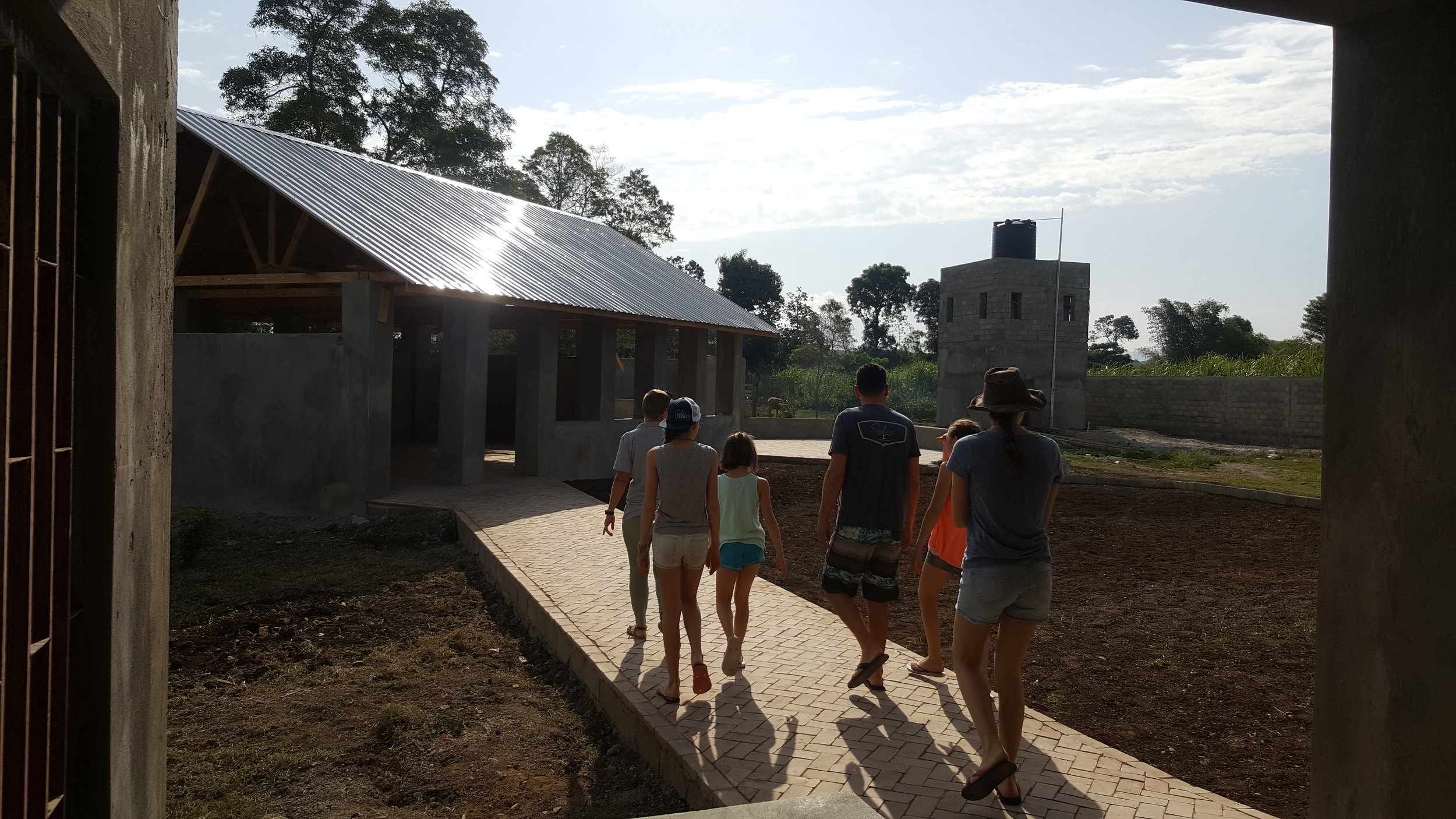
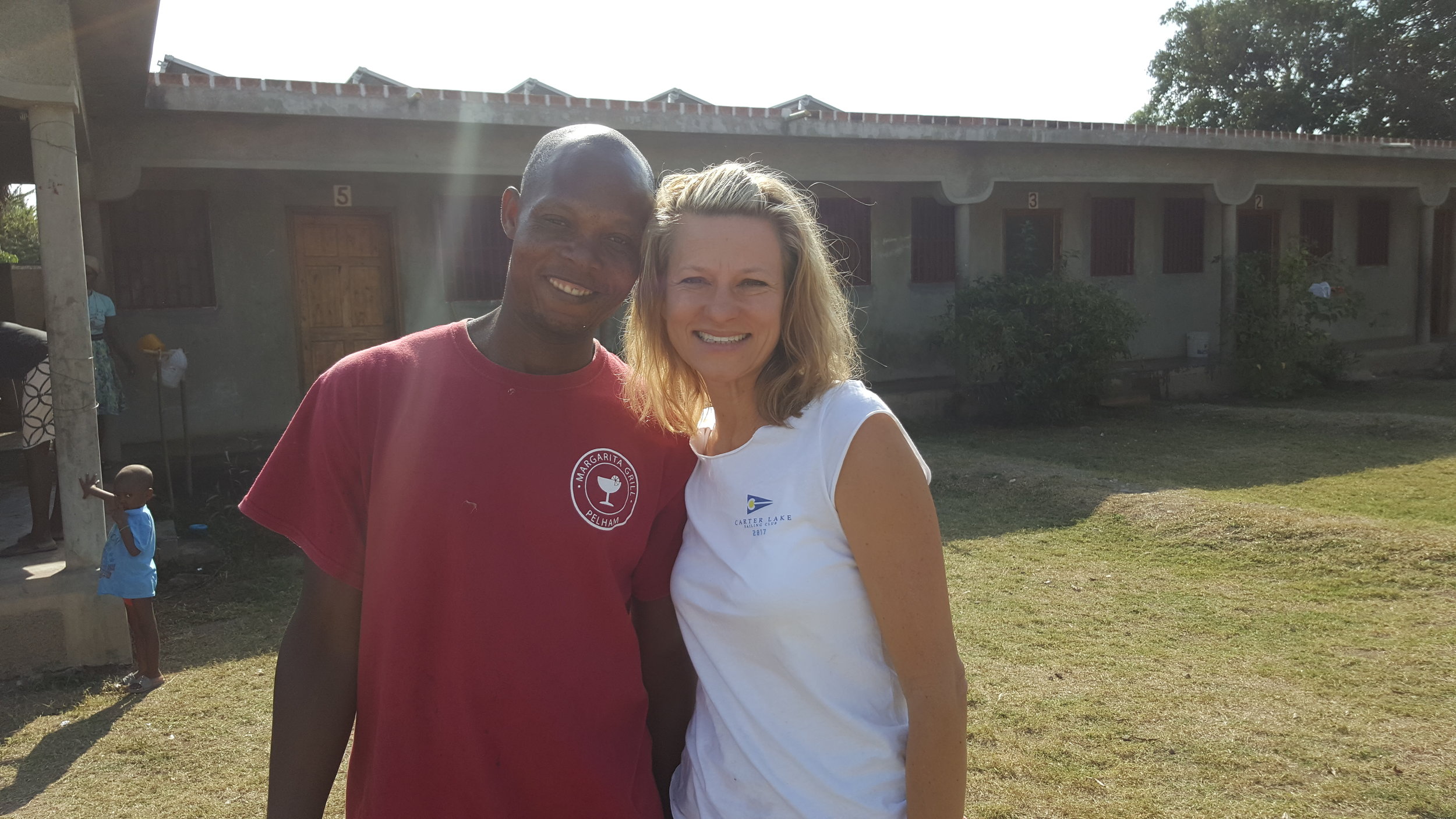
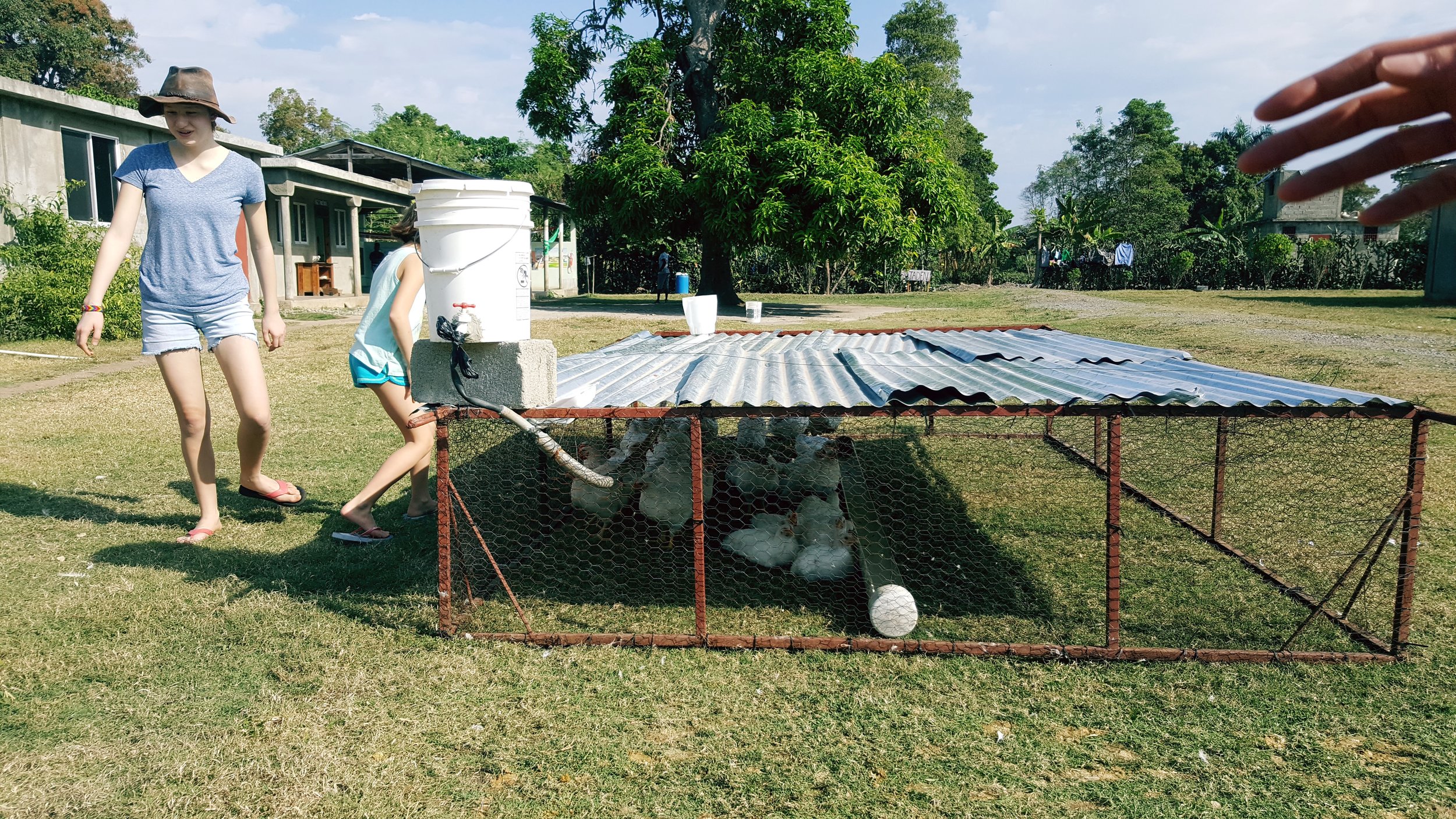
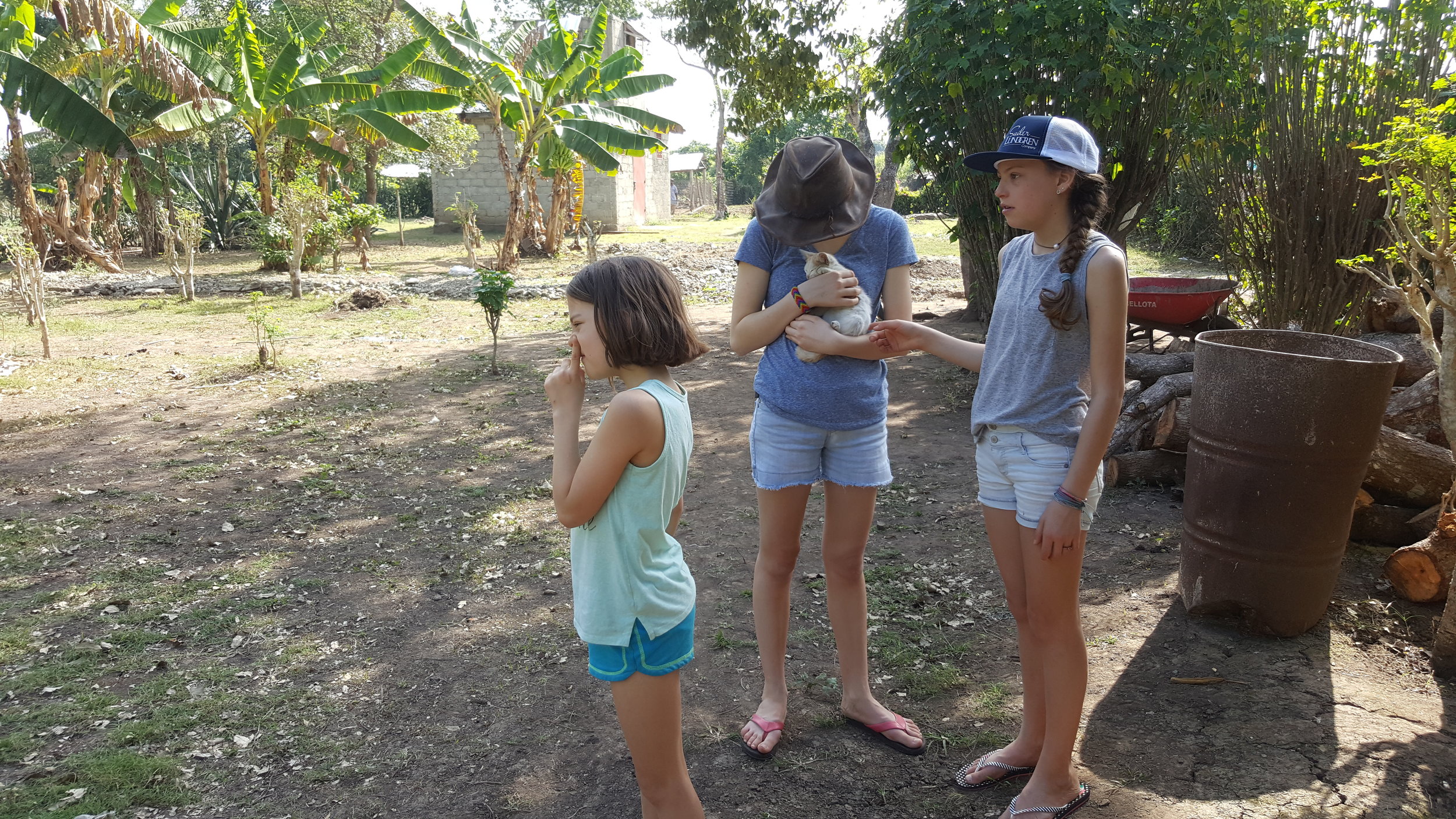
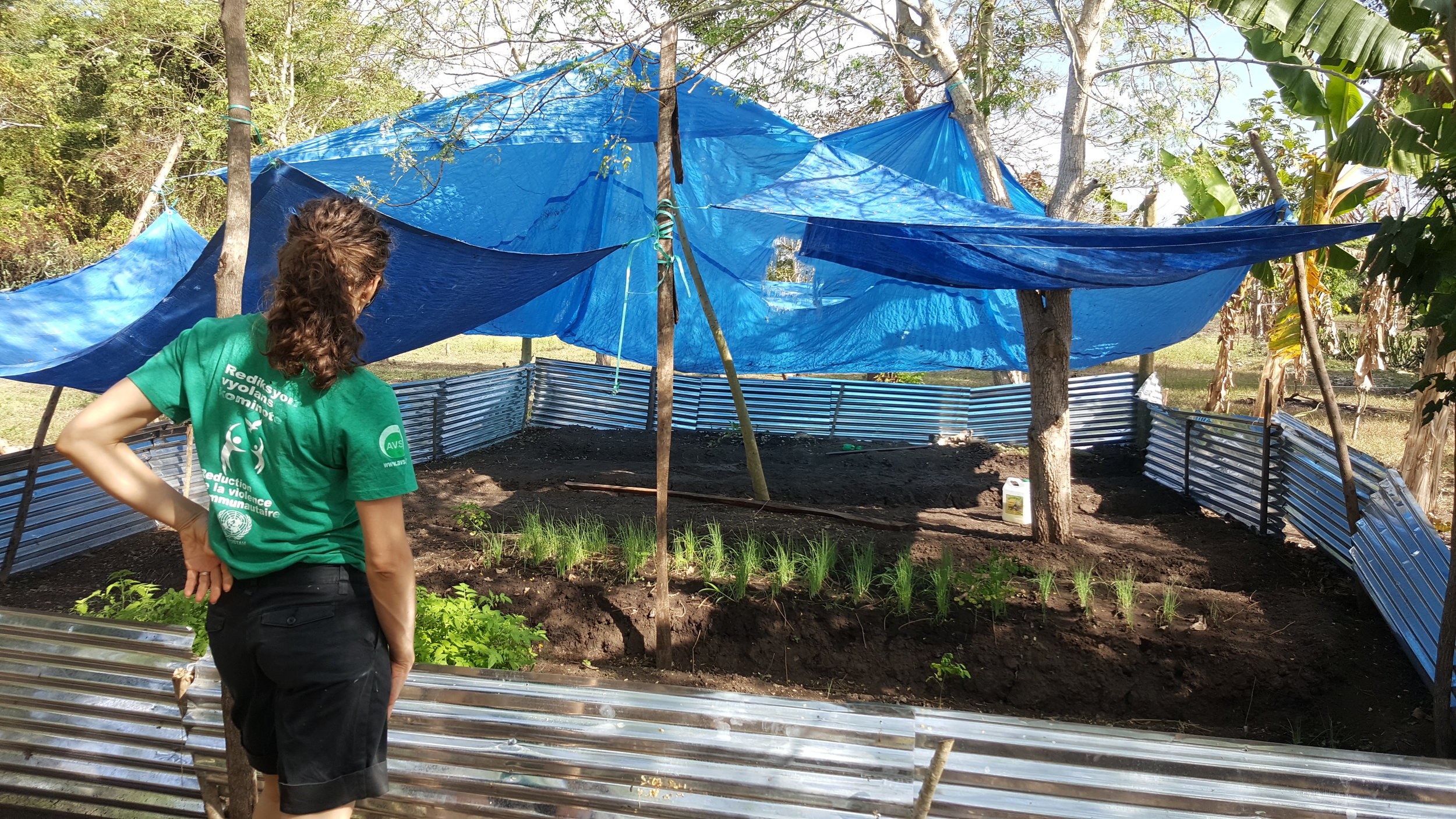
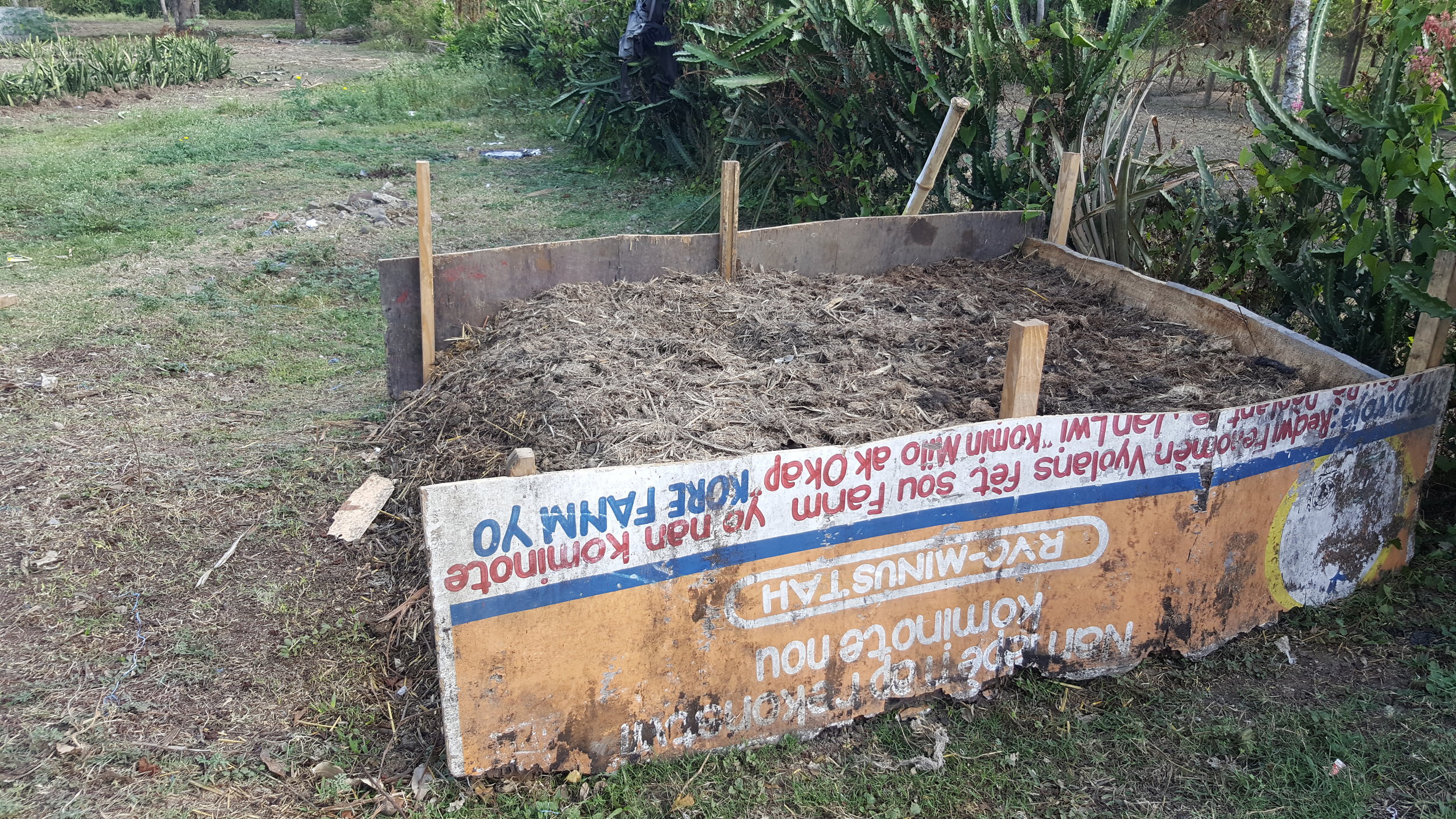
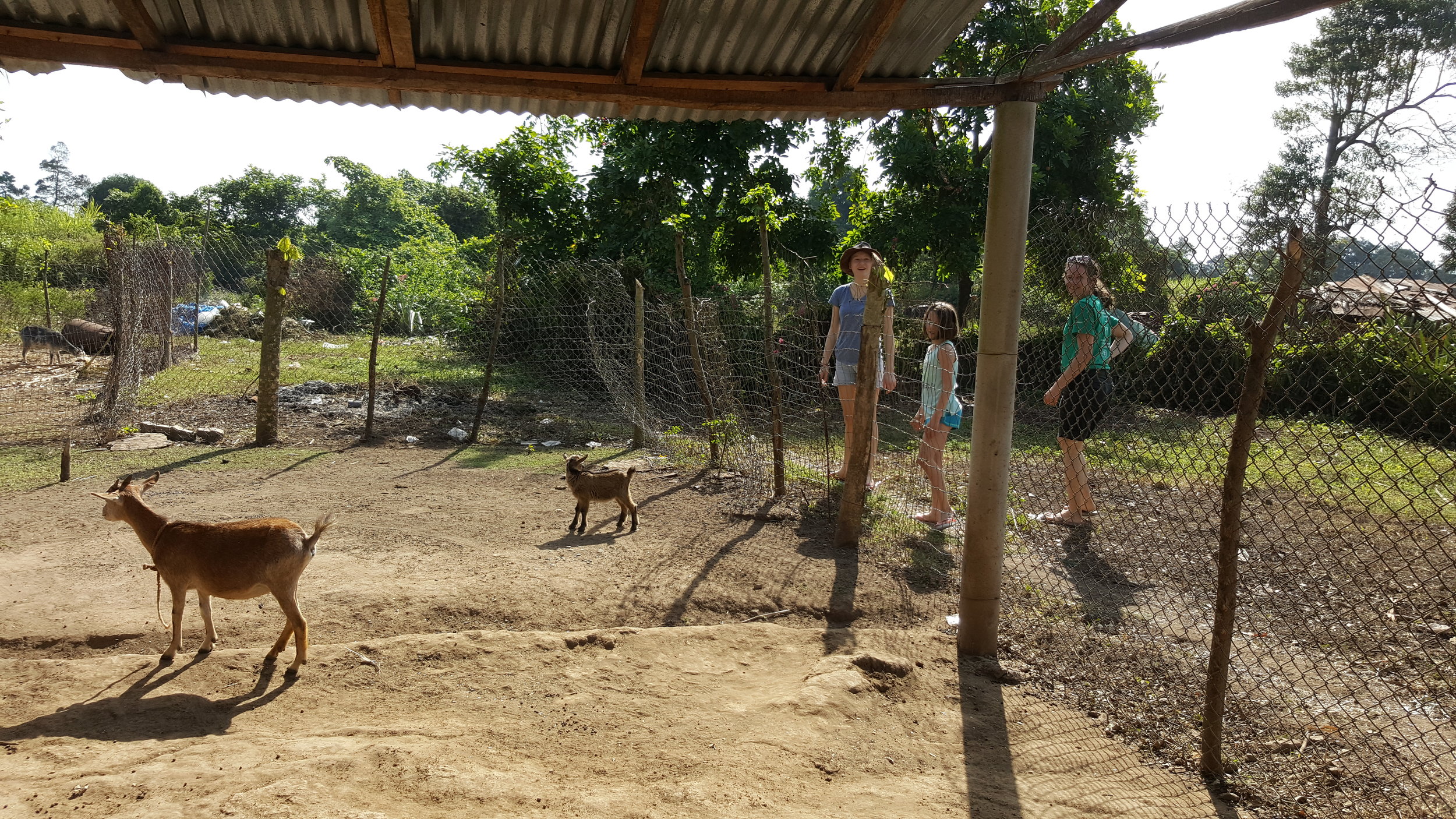
After the tour, we jumped right in. The girls got started painting rooms at Strong Start, and we started laying out the griddle on the pad that they had poured. We were proud of the girls, they worked hard and got a lot done!
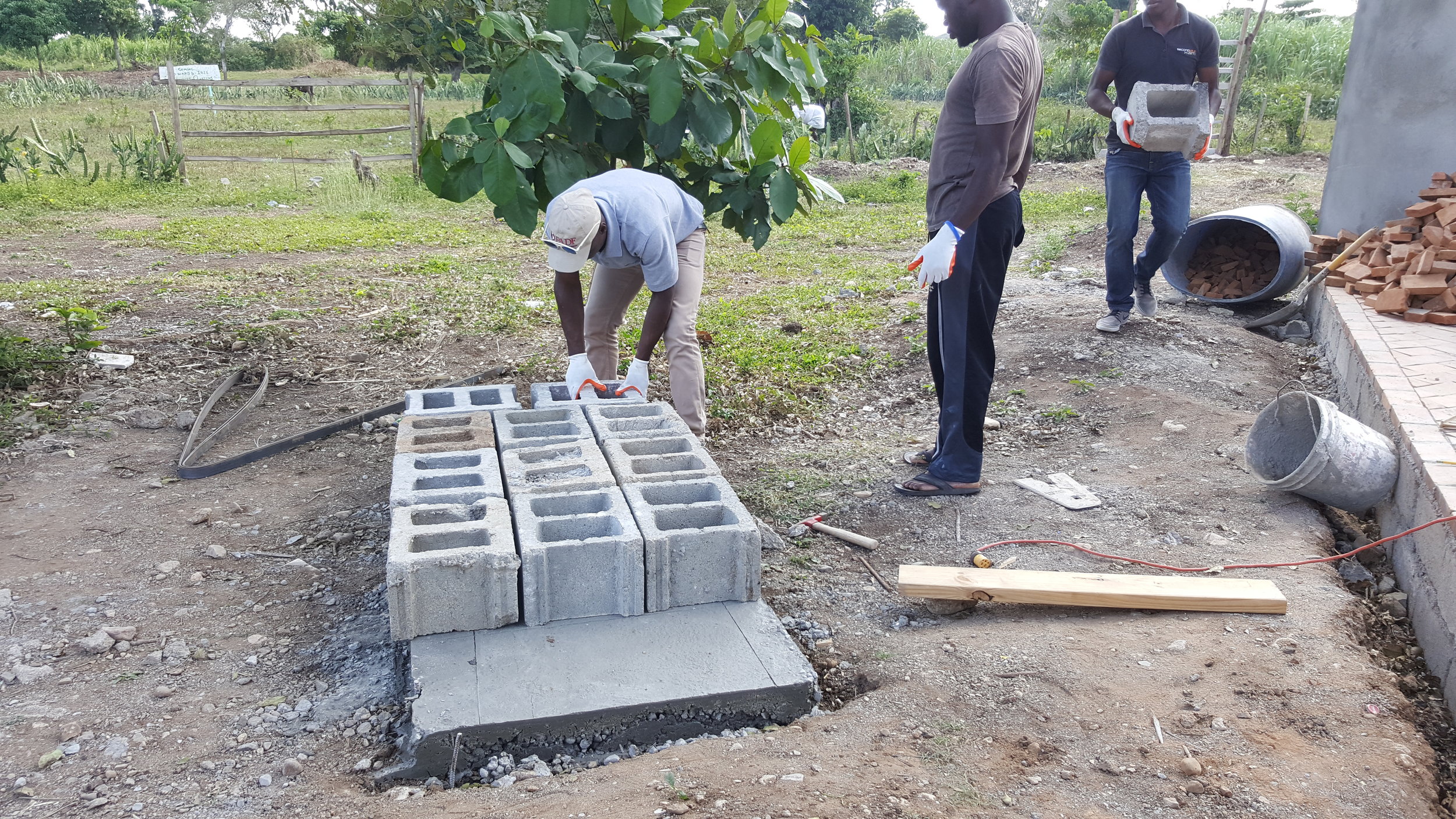
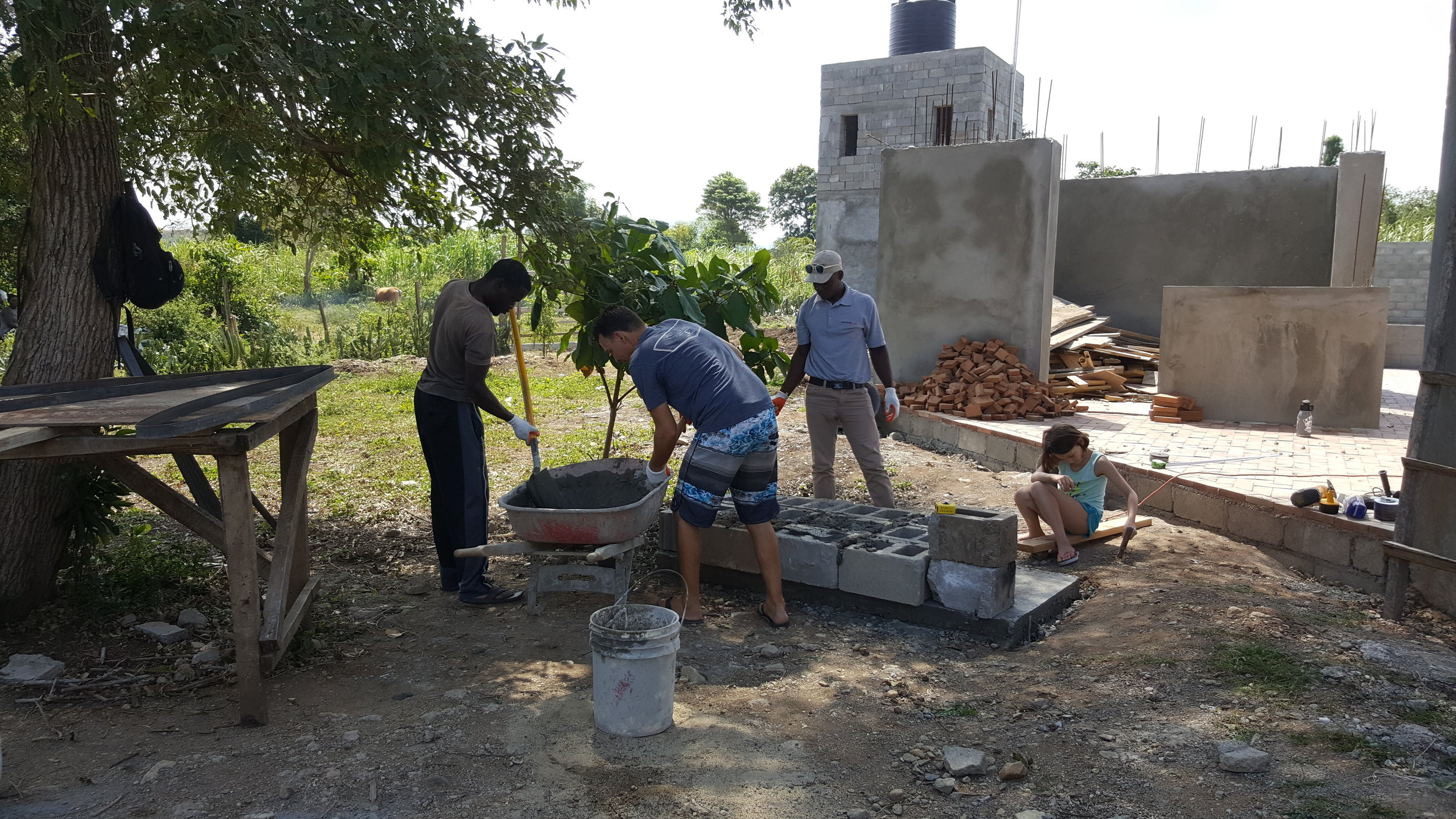
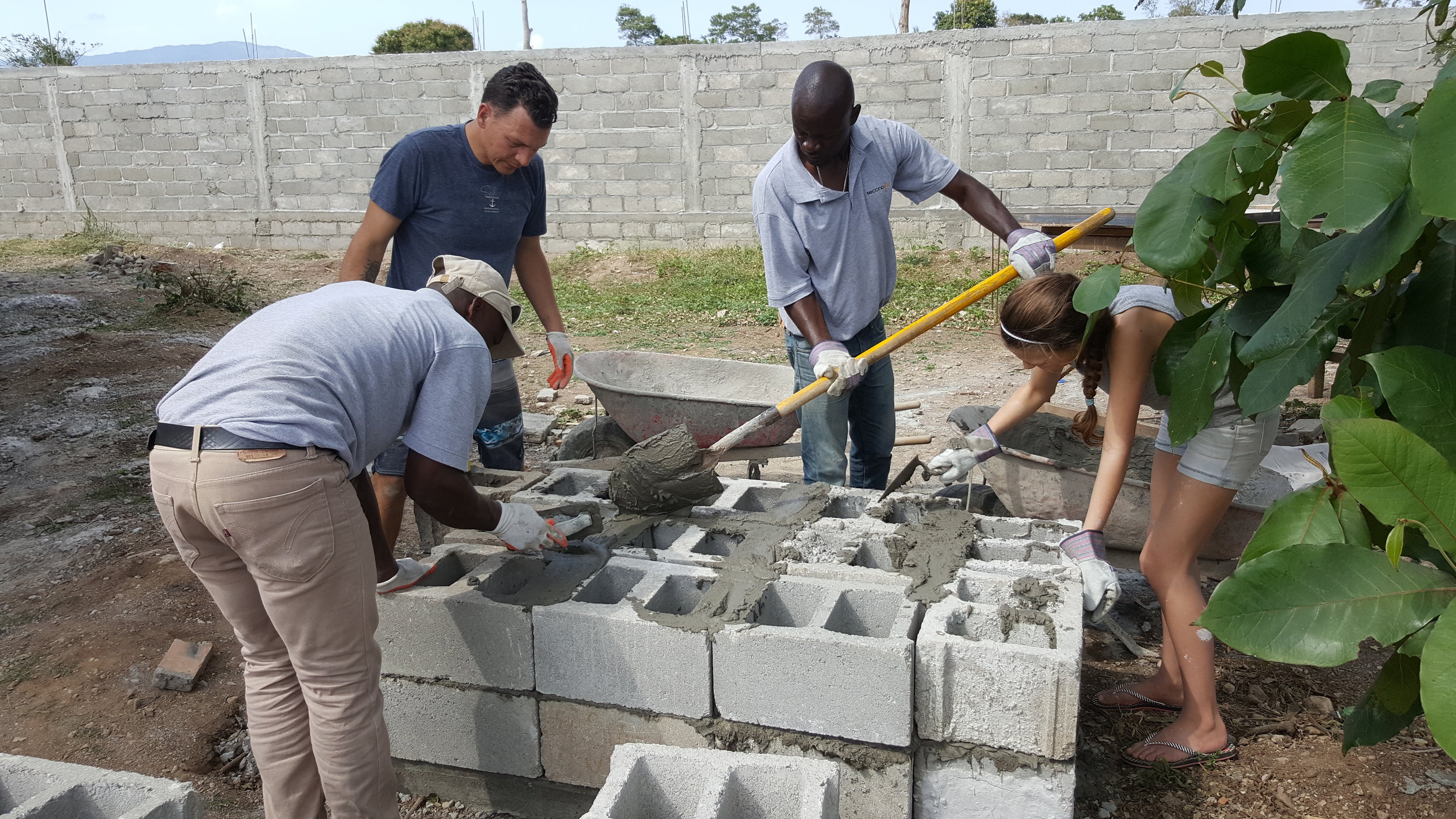
It took us a while to figure out how to build this griddle, since we had to use the materials we could find down there. We were thrilled to have found a 1/2" thick steel plate which was a great size. We didn't have to cut it, but did need to figure out how to heat this one, since it was 35" x 43" - quite a bit larger than ours at home. We decided to create a dual fire, dual chamber system - with the goal of heating the entire plate effectively. The tricky part was figuring out how to seal the gap where the plate meets the brick/cement. As metal expands when it's heated, we knew we'd need some way to insulate it. We couldn't get fiberglass insulation down there, so we decided to set the metal lip into a bed of sand. We created a lip all the way around the edge to hold the sand. We were nervous that when we lit one fire on one side, it might draft out of the other firebox. There was no way to know for sure if it would work... we had to try!

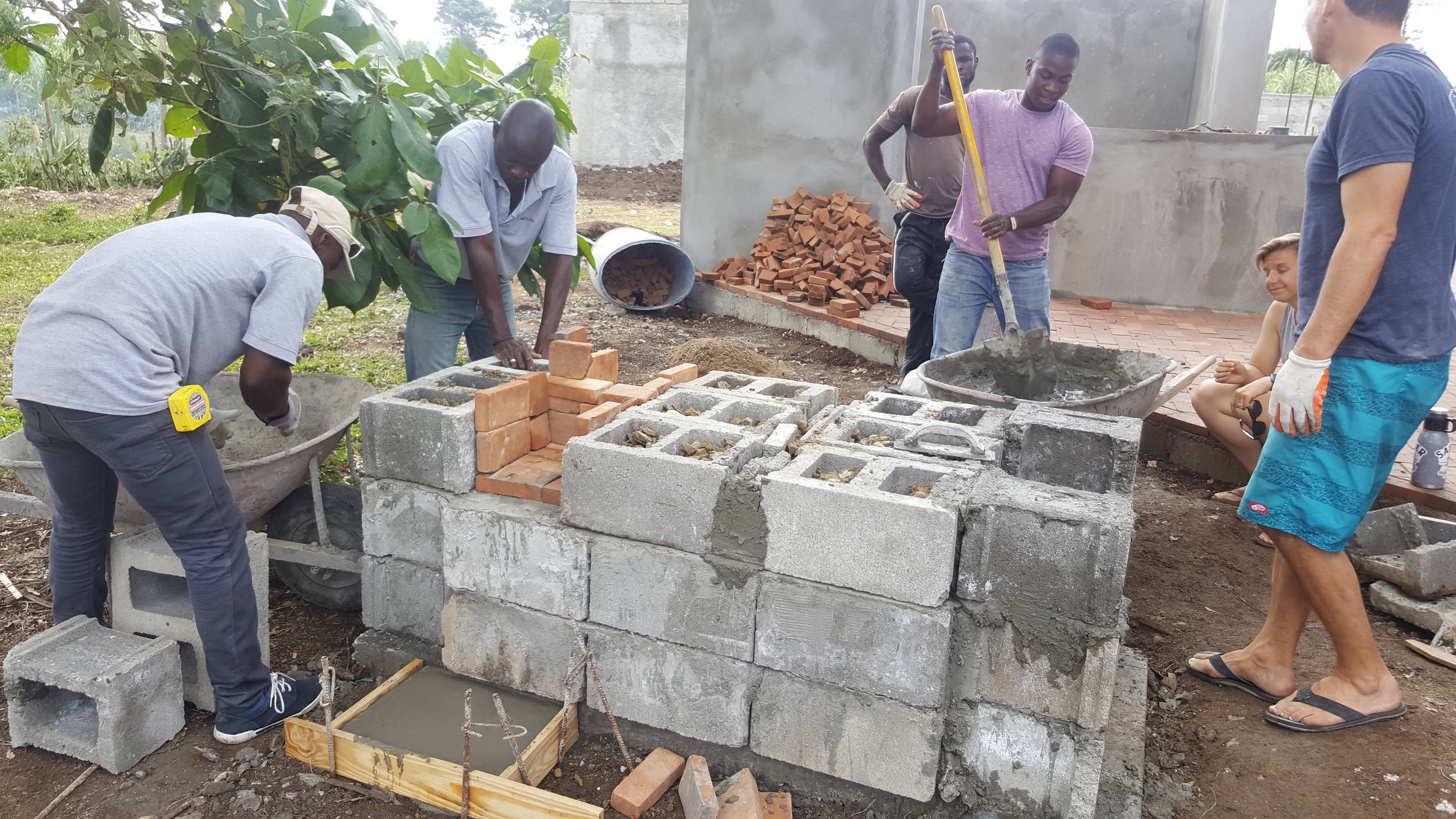

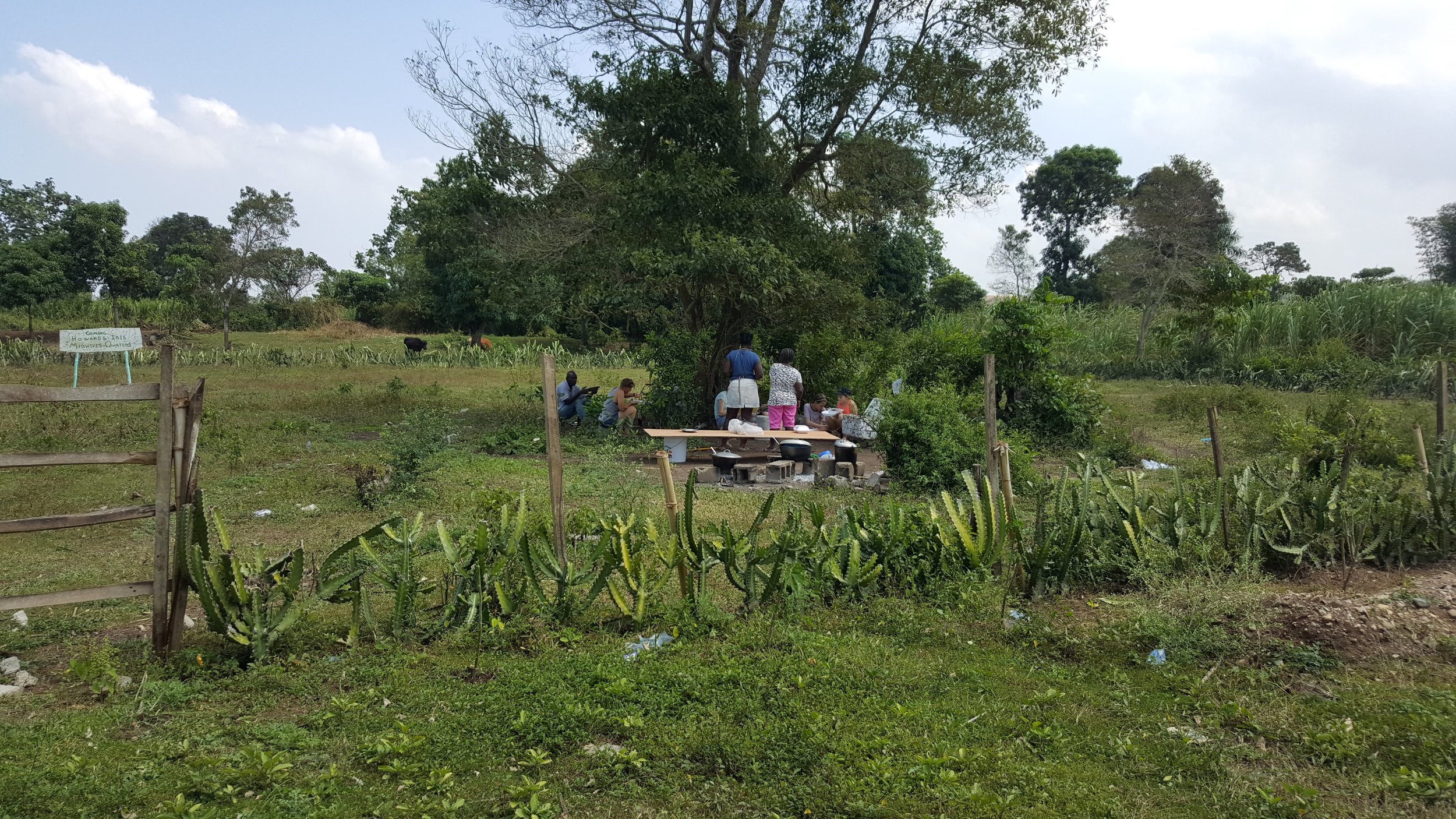
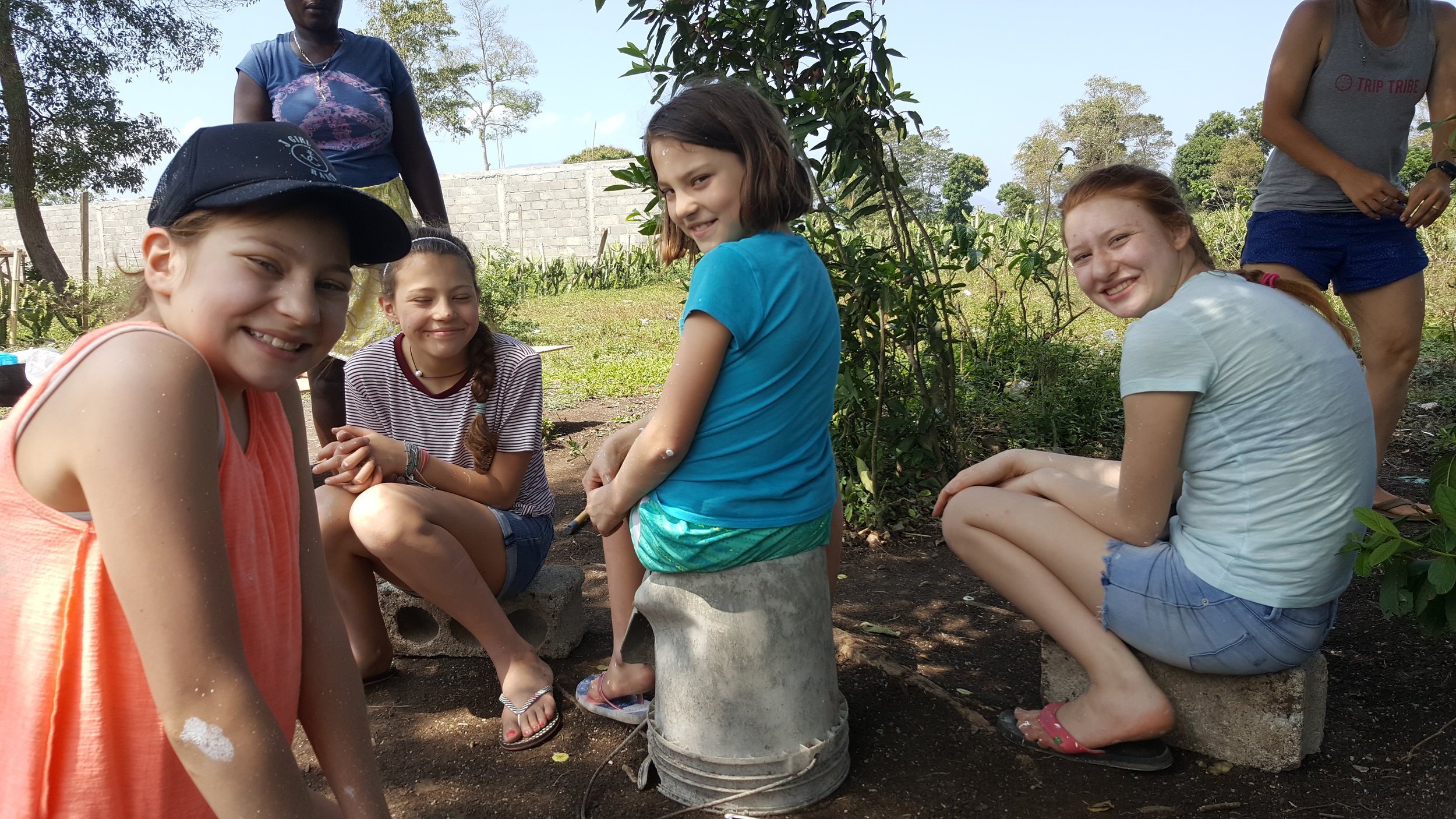
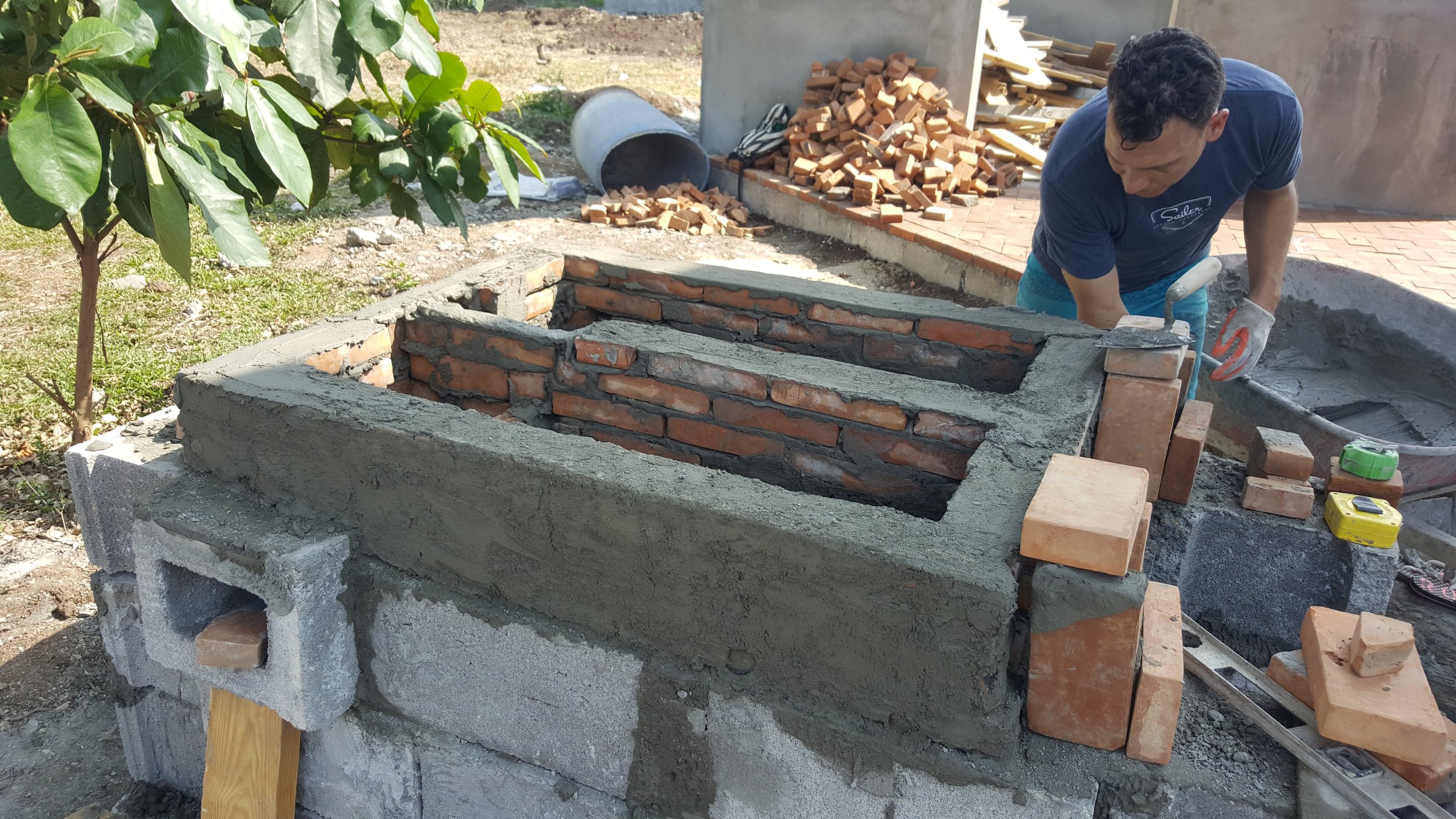
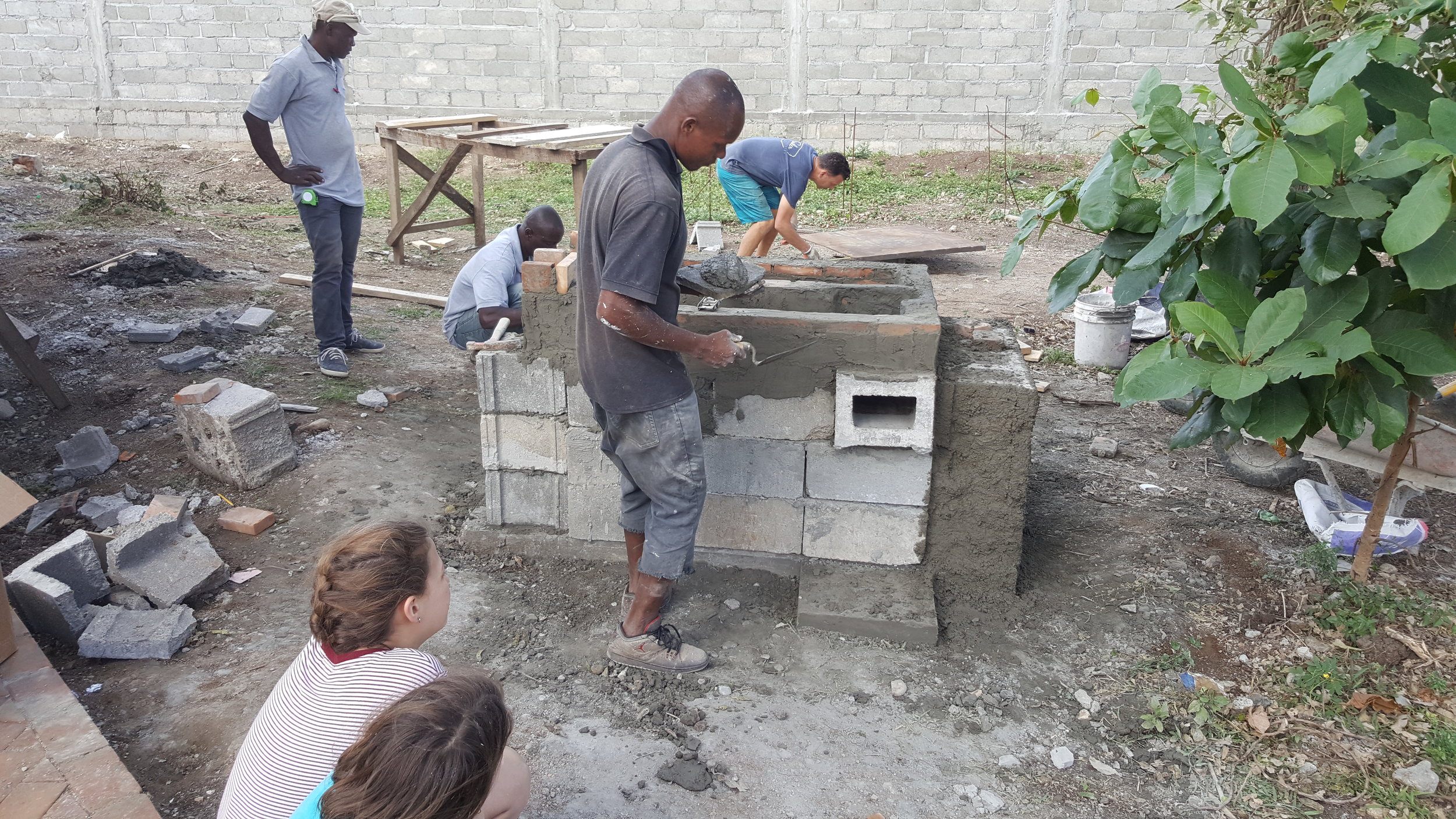
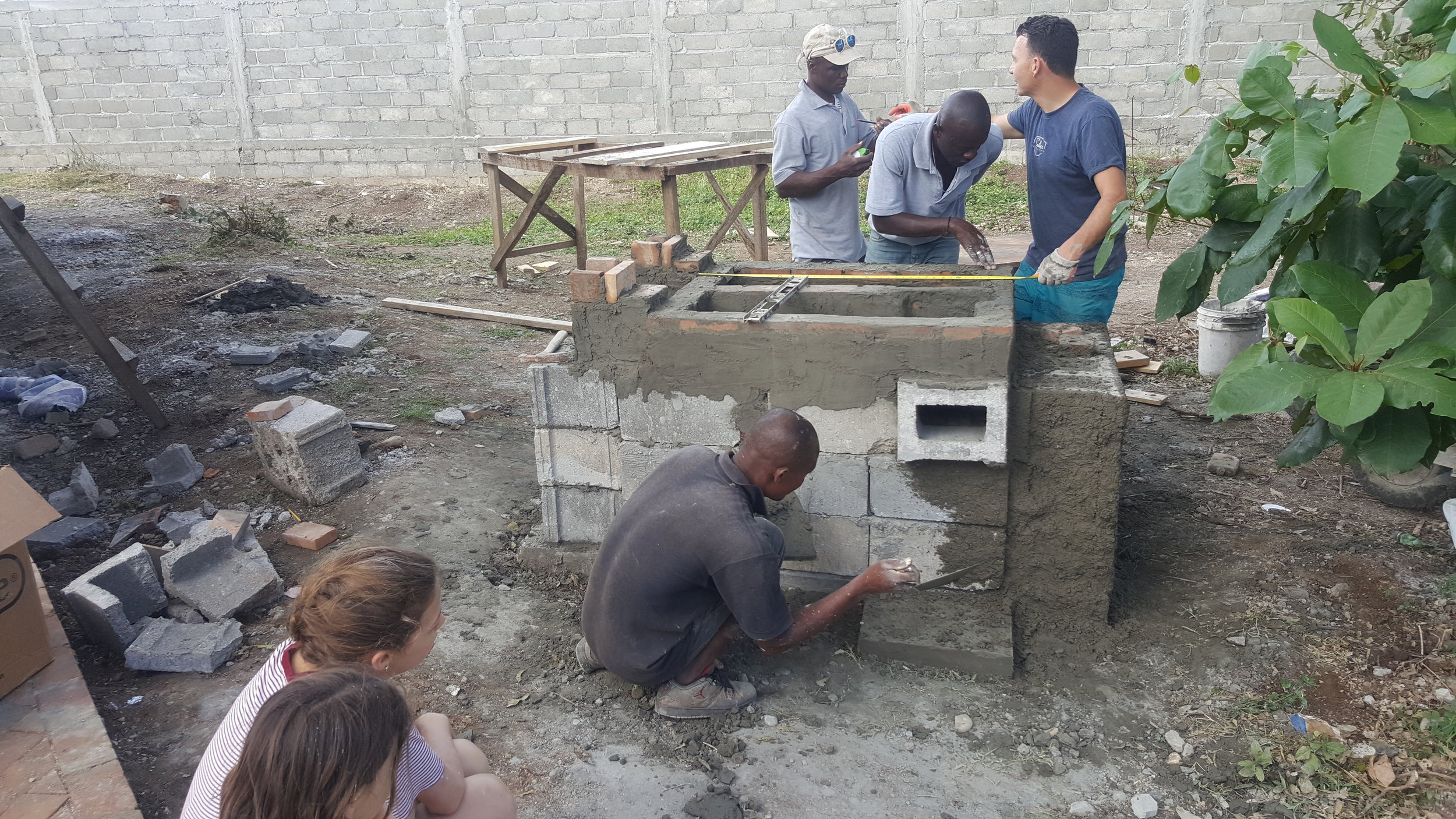
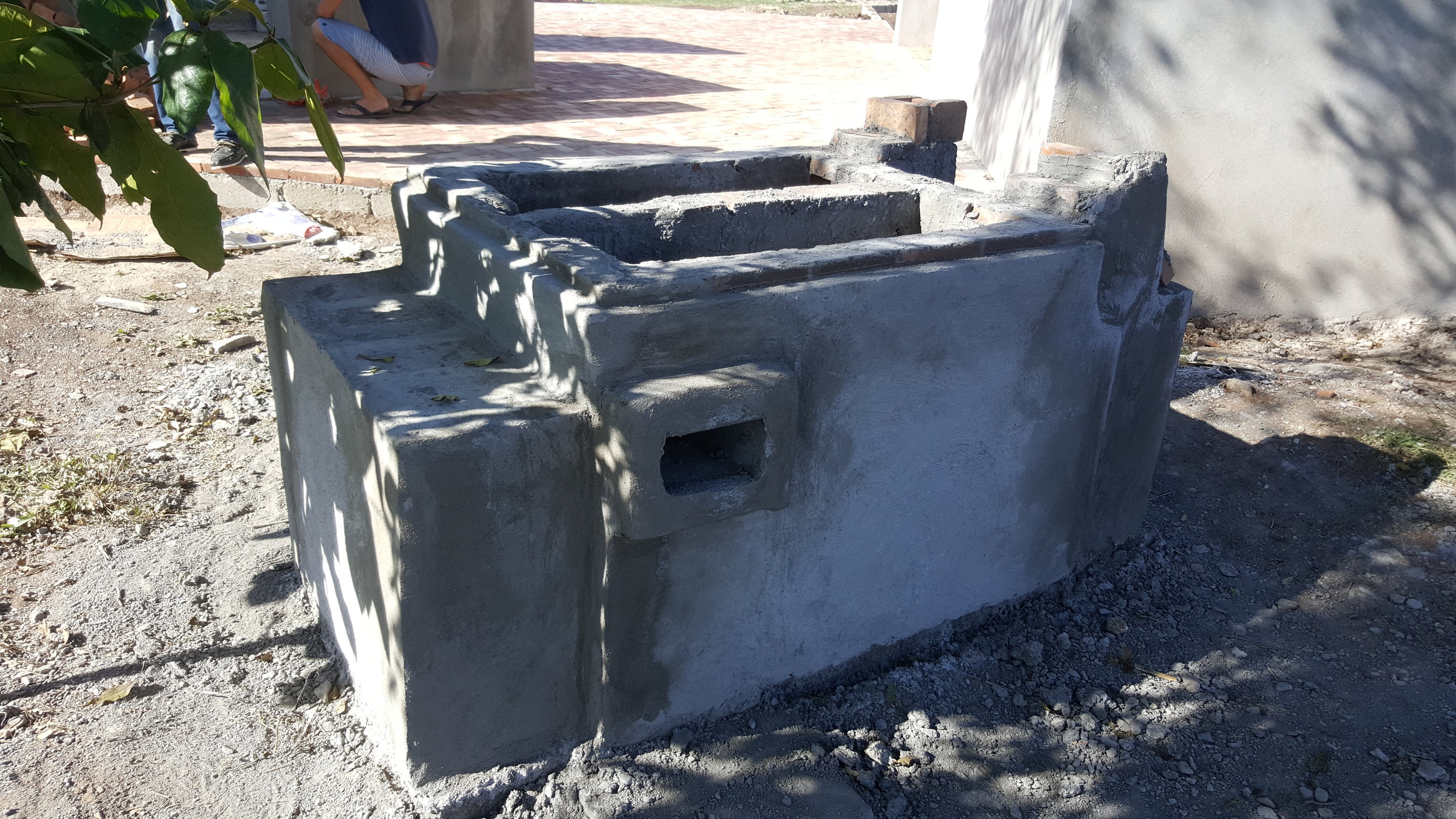
On Sunday, we took a day off and Amy drove us up and over the mountain to an amazing beach called Labadee - where we got on a small boat and motored to a beautiful cove called Paradee. It was a paradise for sure! The water color was amazing. Jeremiah couldn't wait, and decided to jump in and swim to shore once we got close.
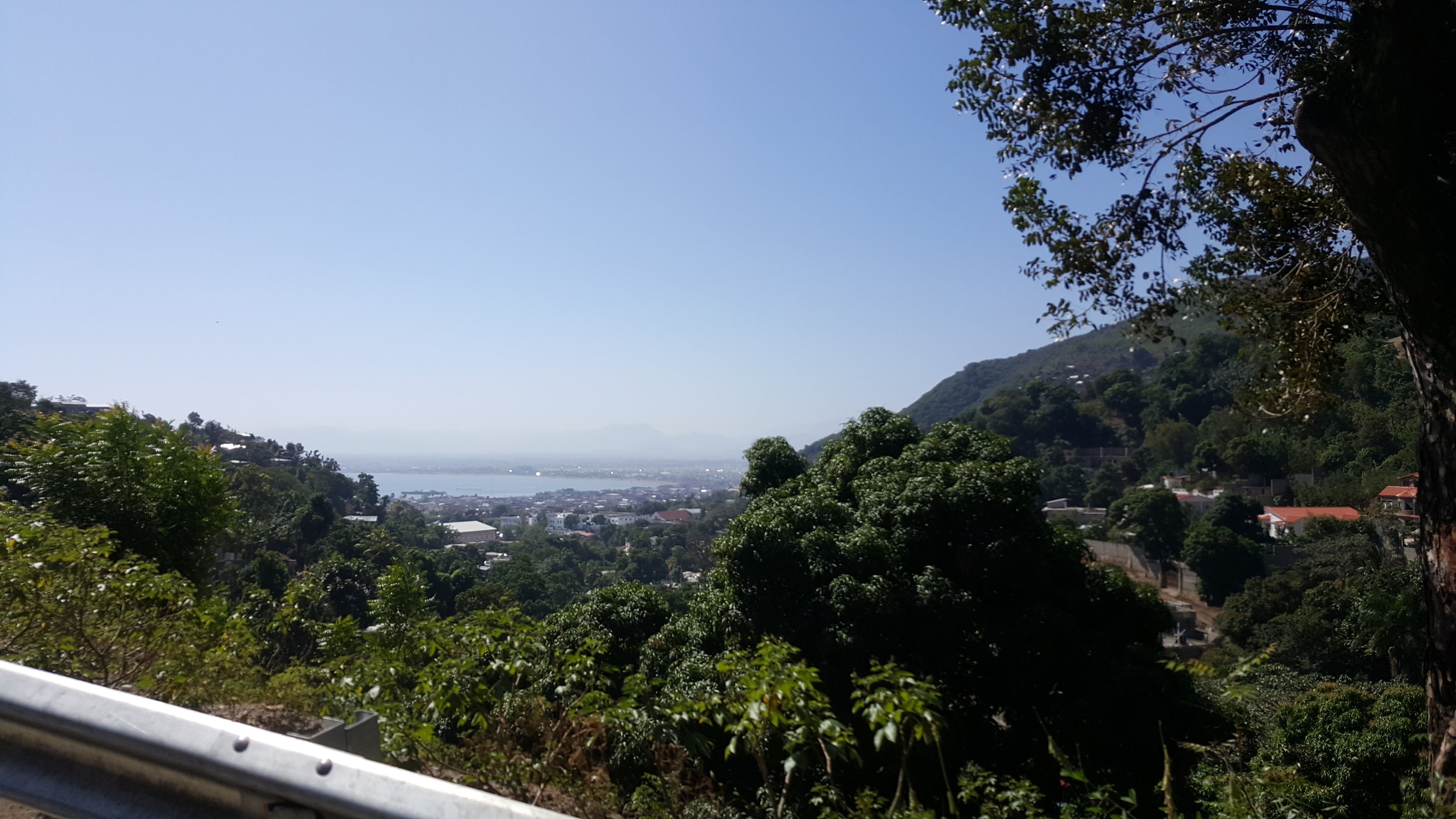


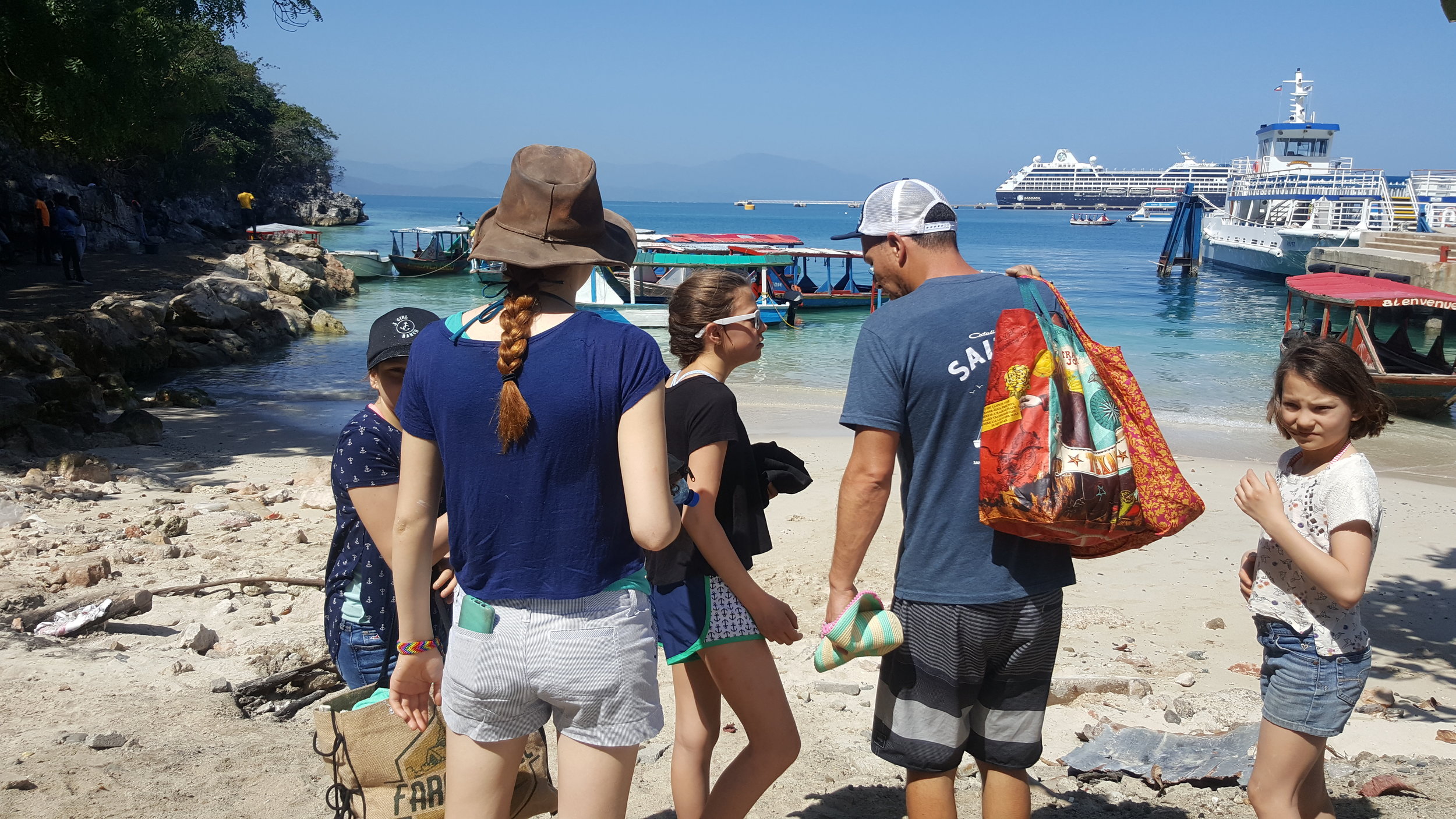
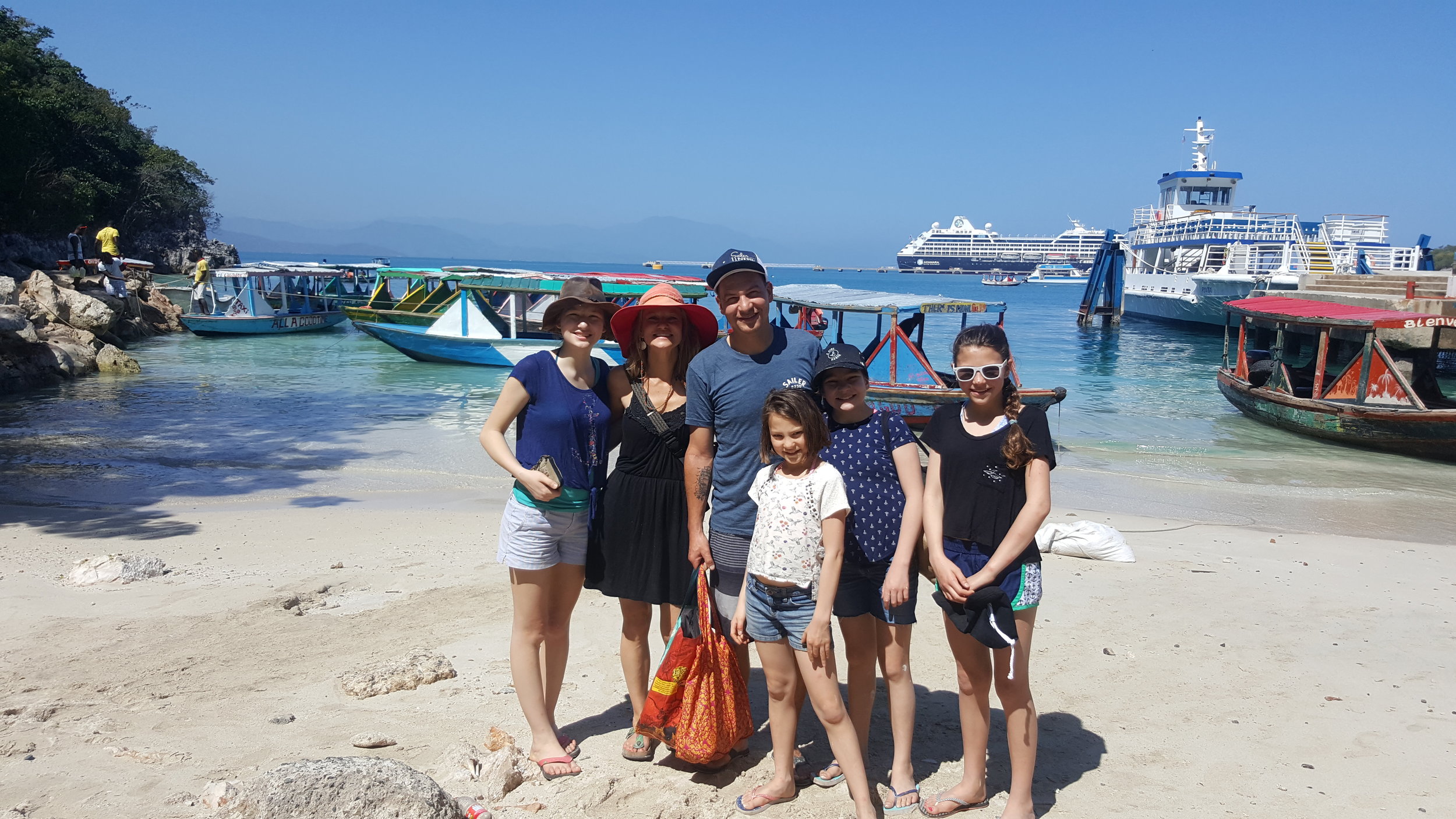

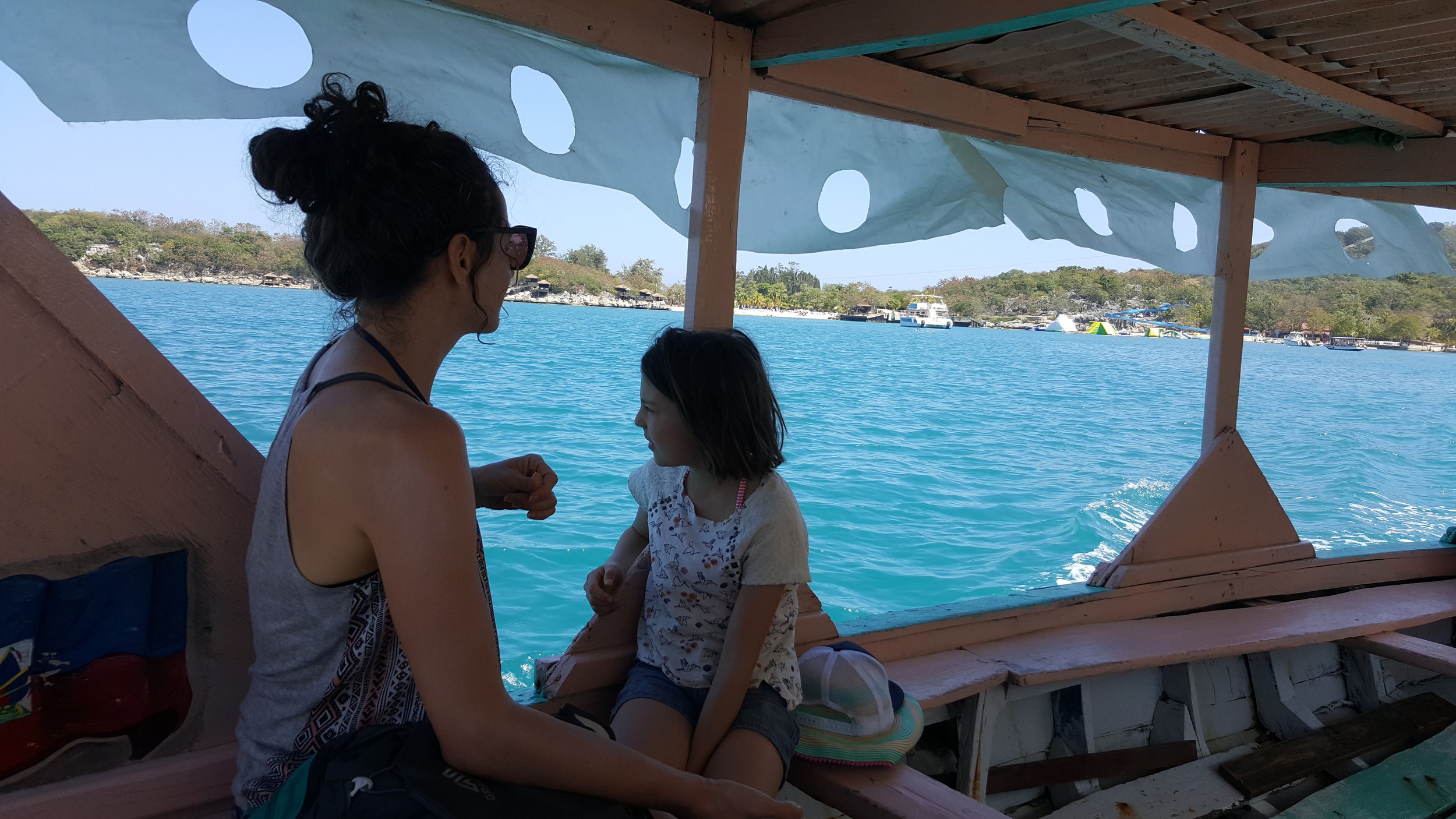

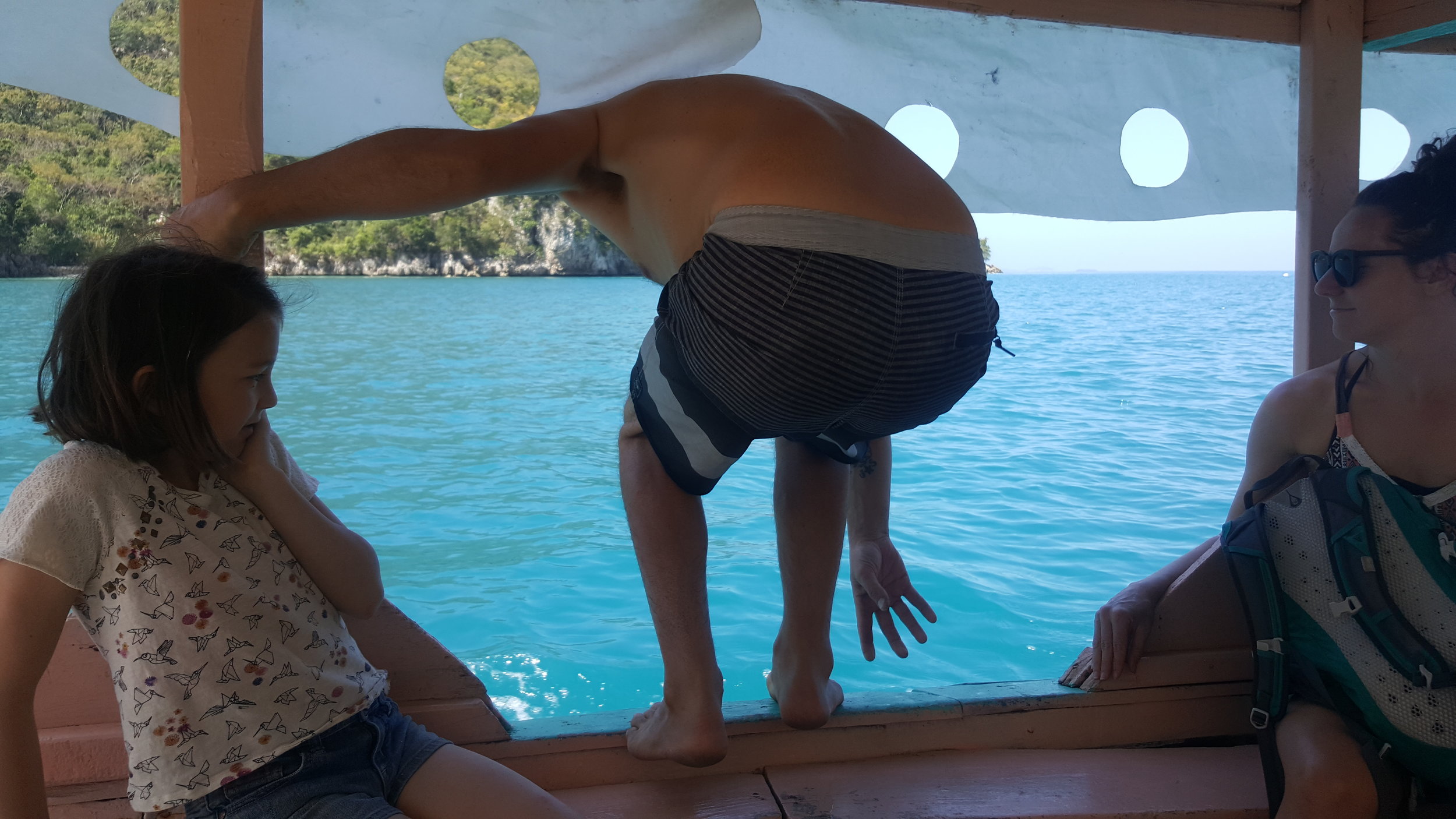
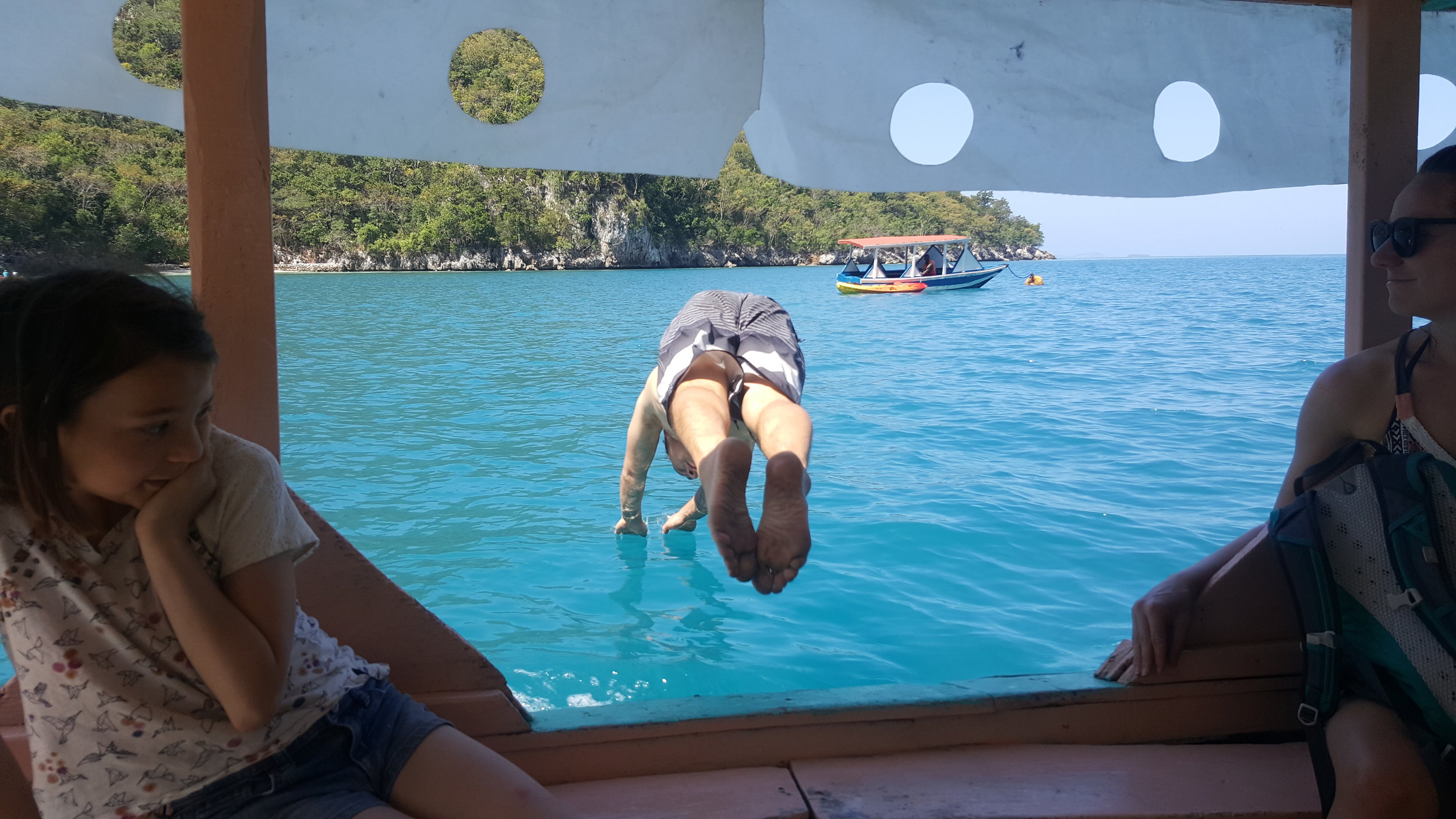
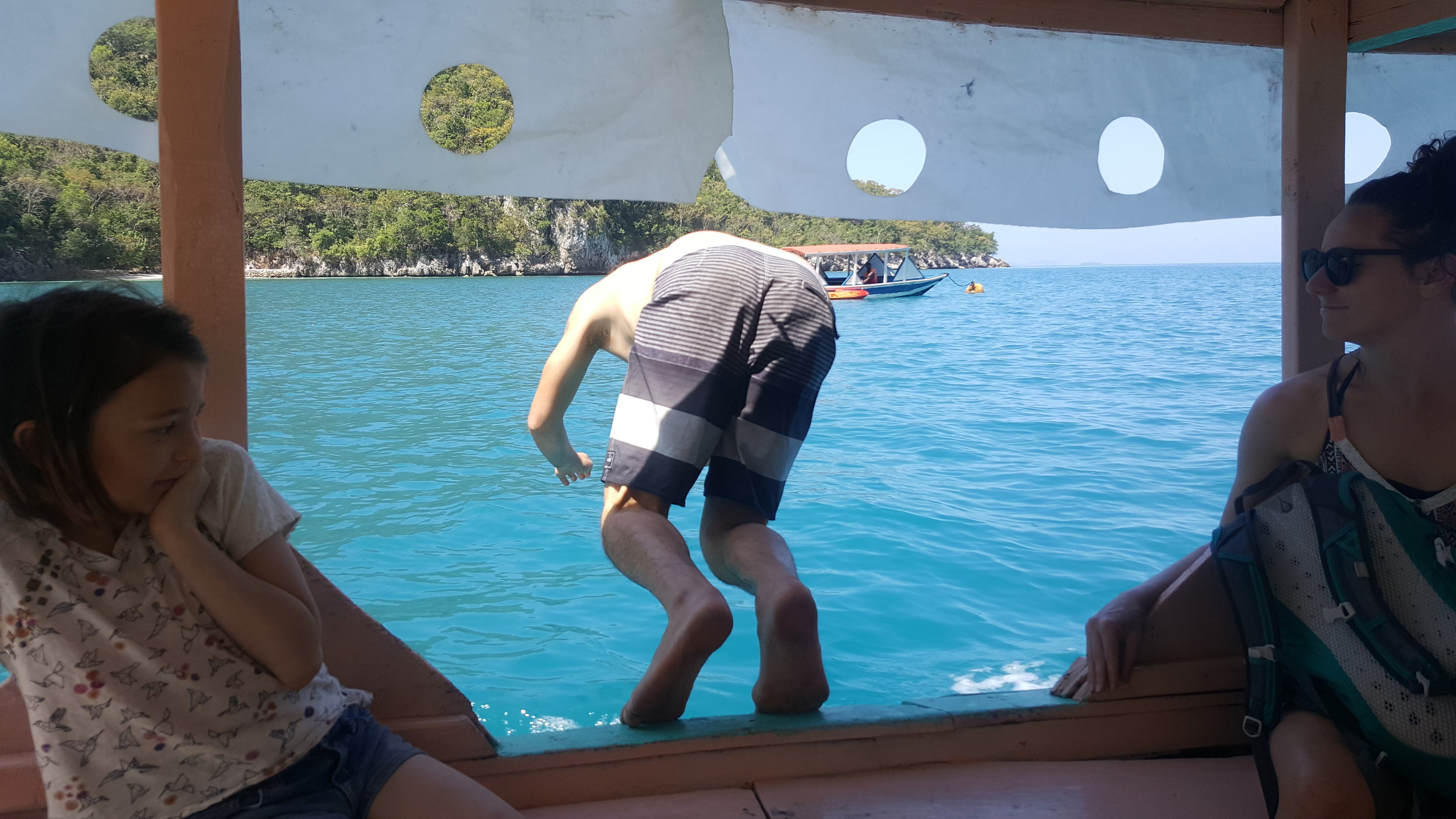

Once there, all of the spear fisherman had their fresh catch ready for us to choose from. Amy chose which items we wanted, and then they took them off to cook them up for lunch.




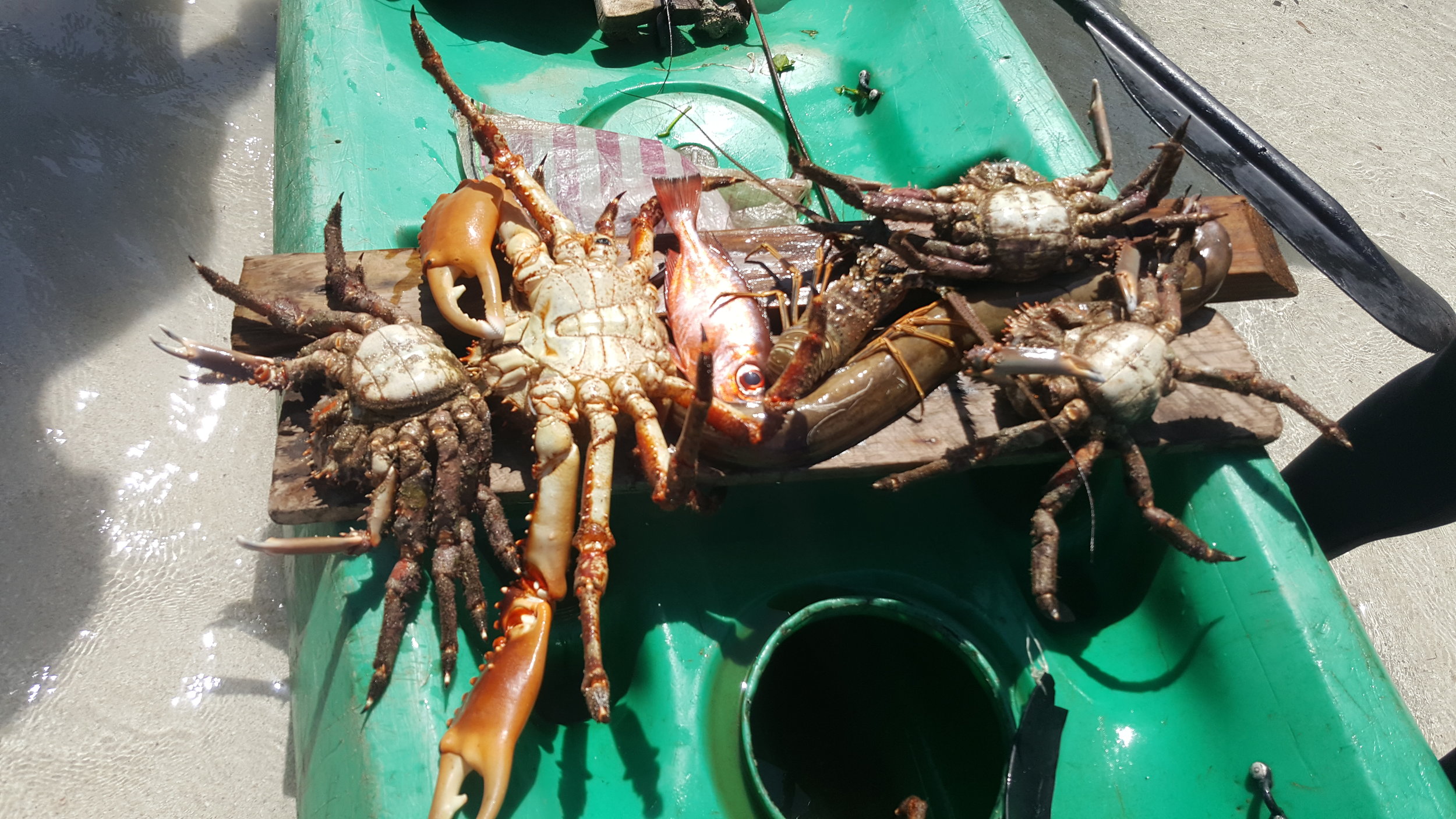
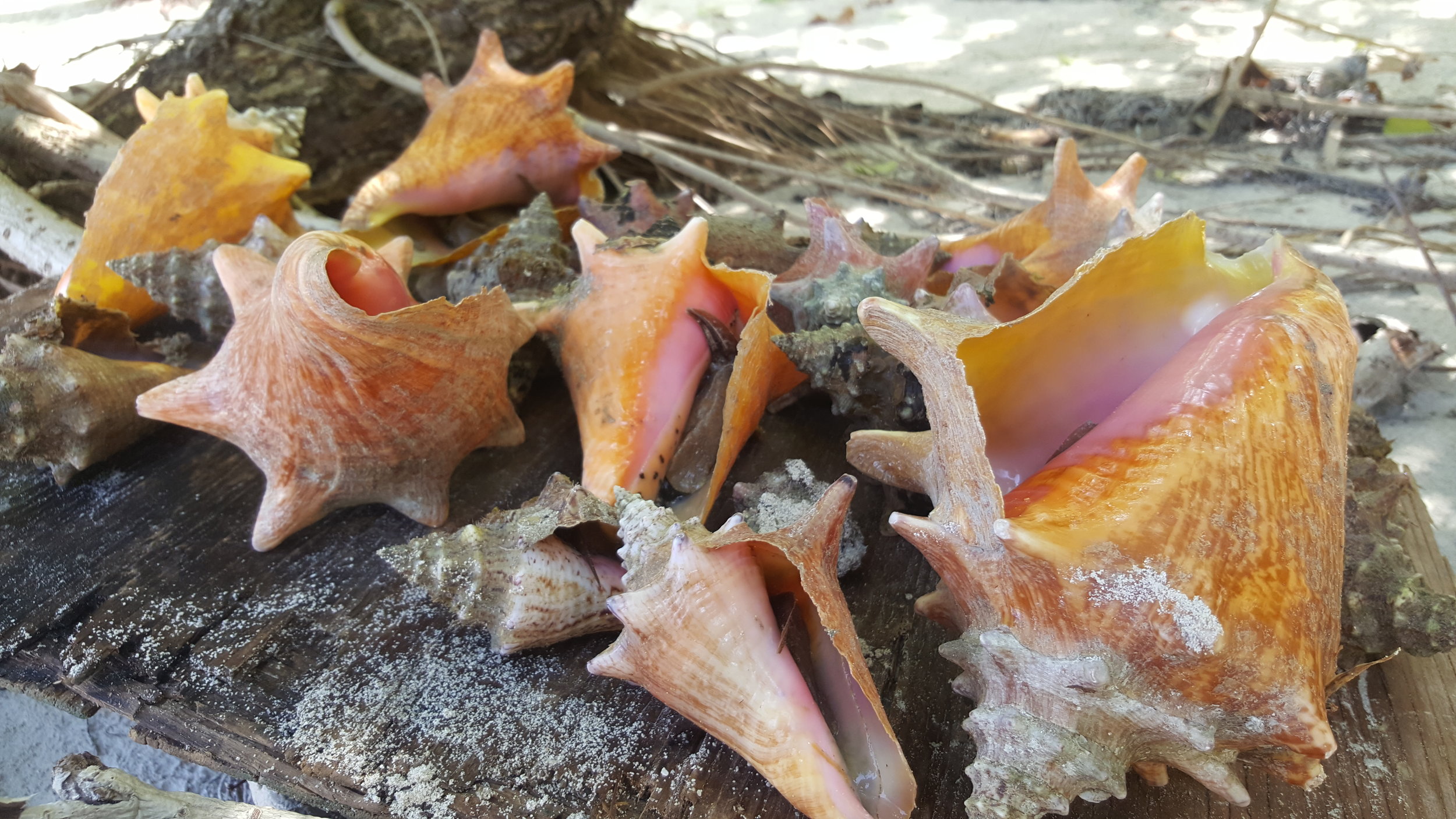


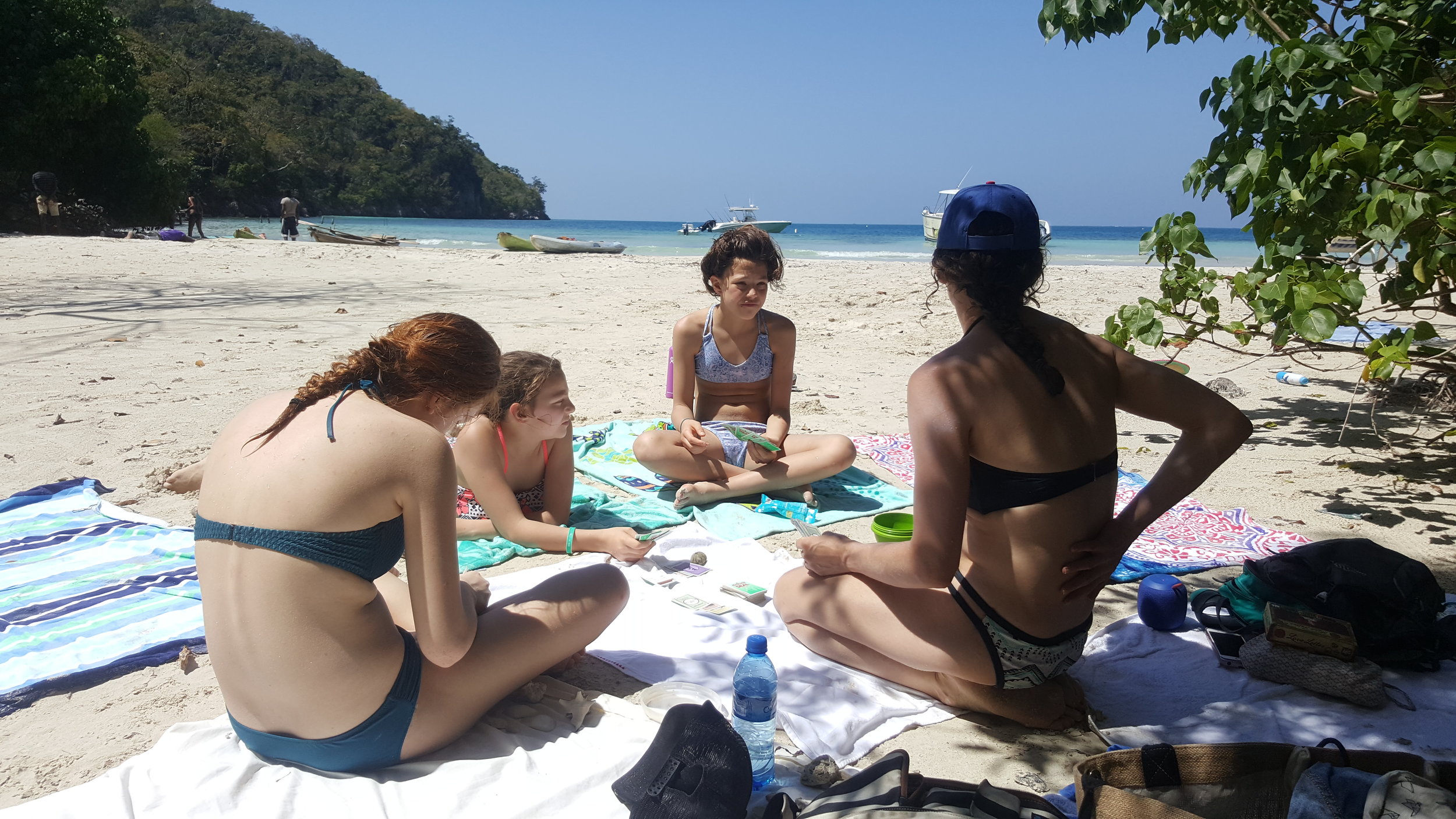

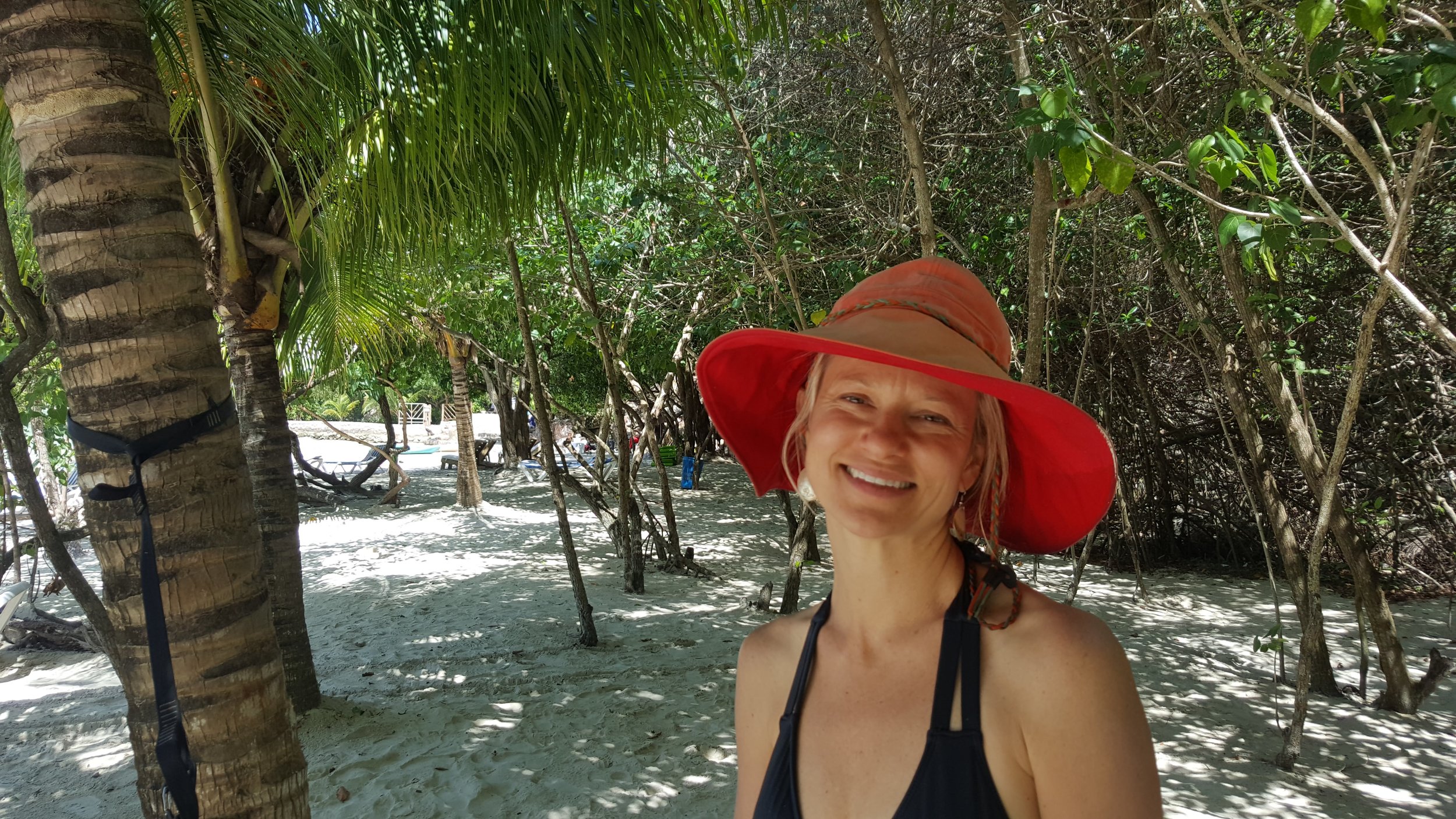
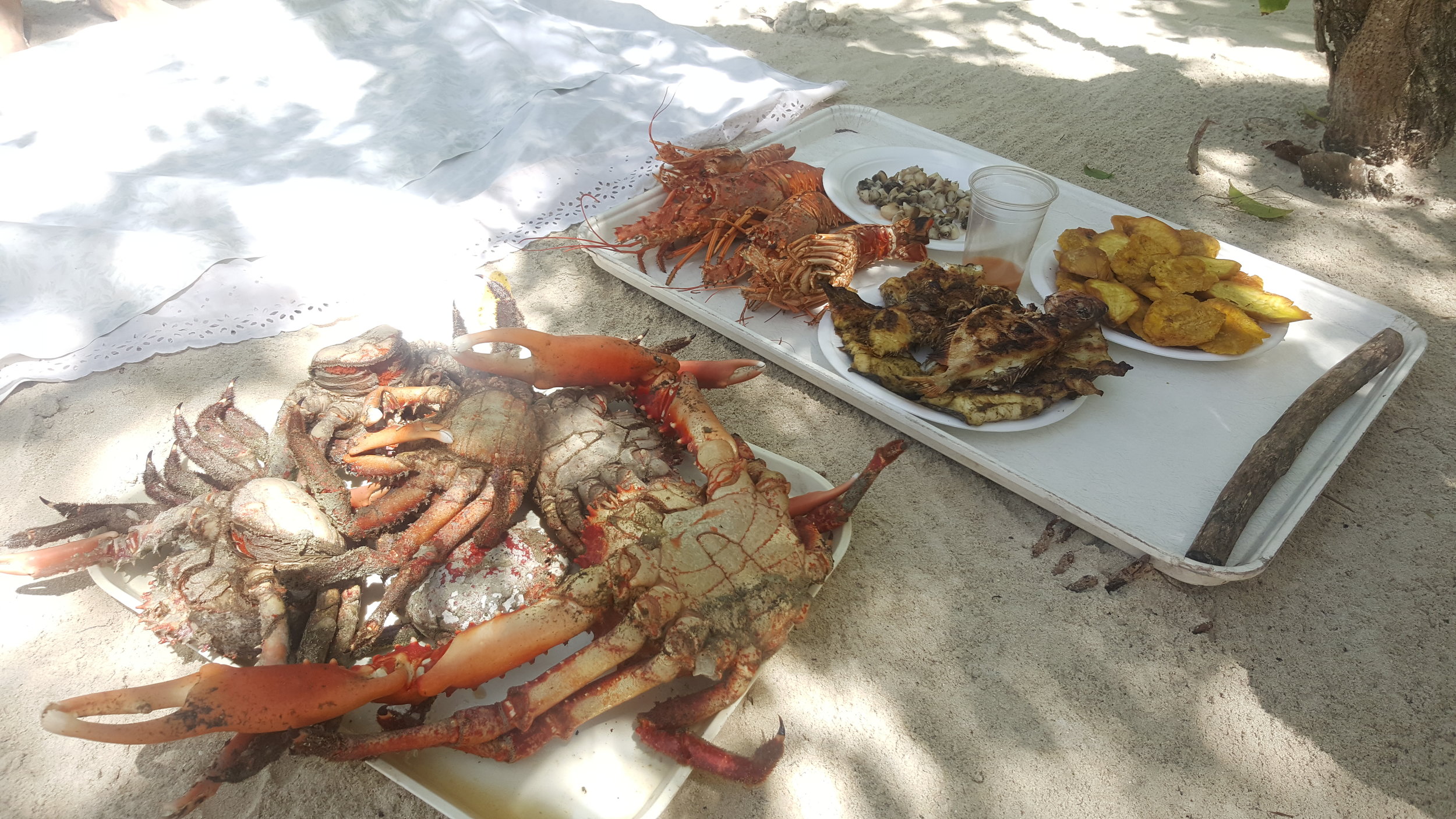
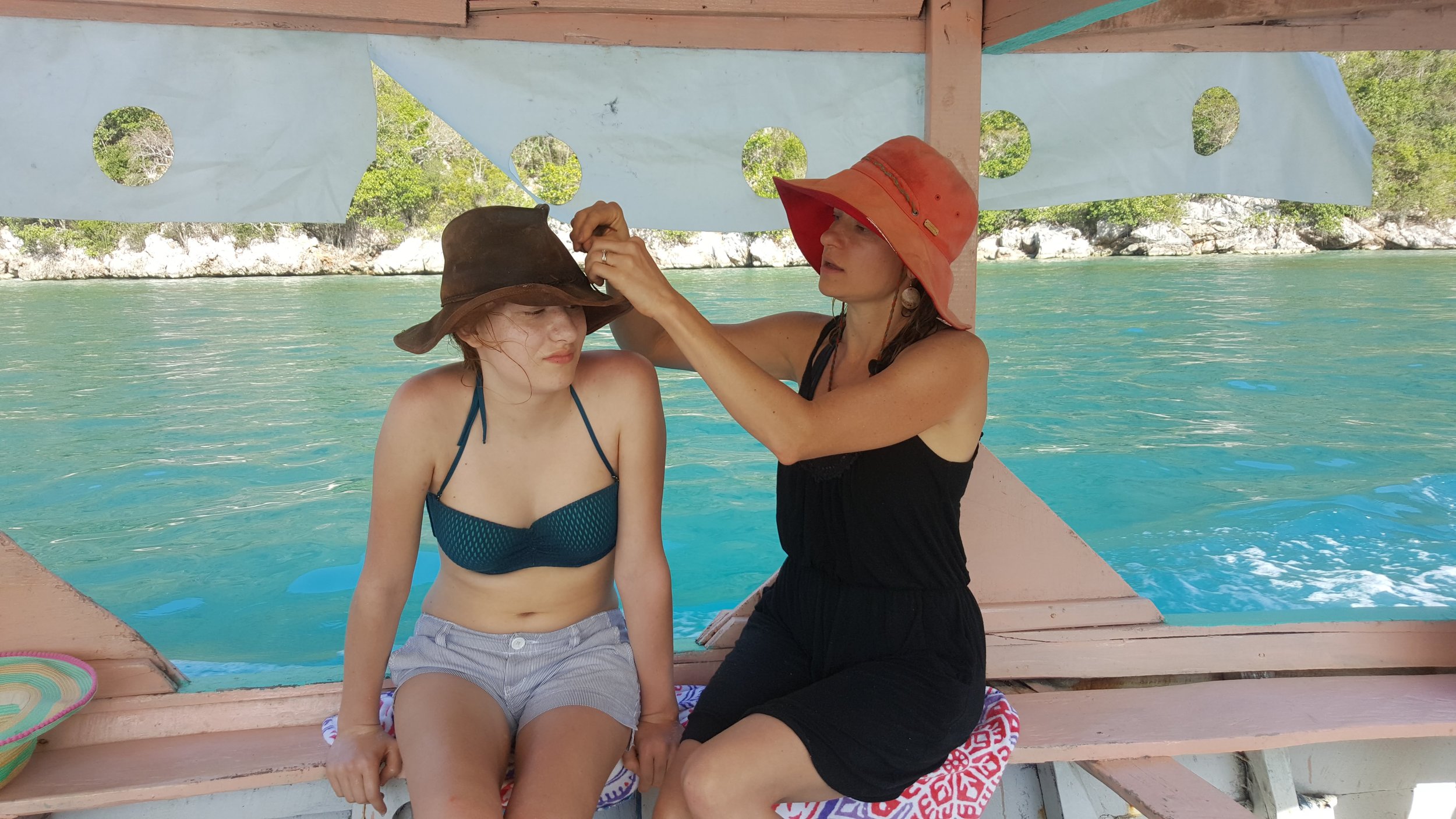
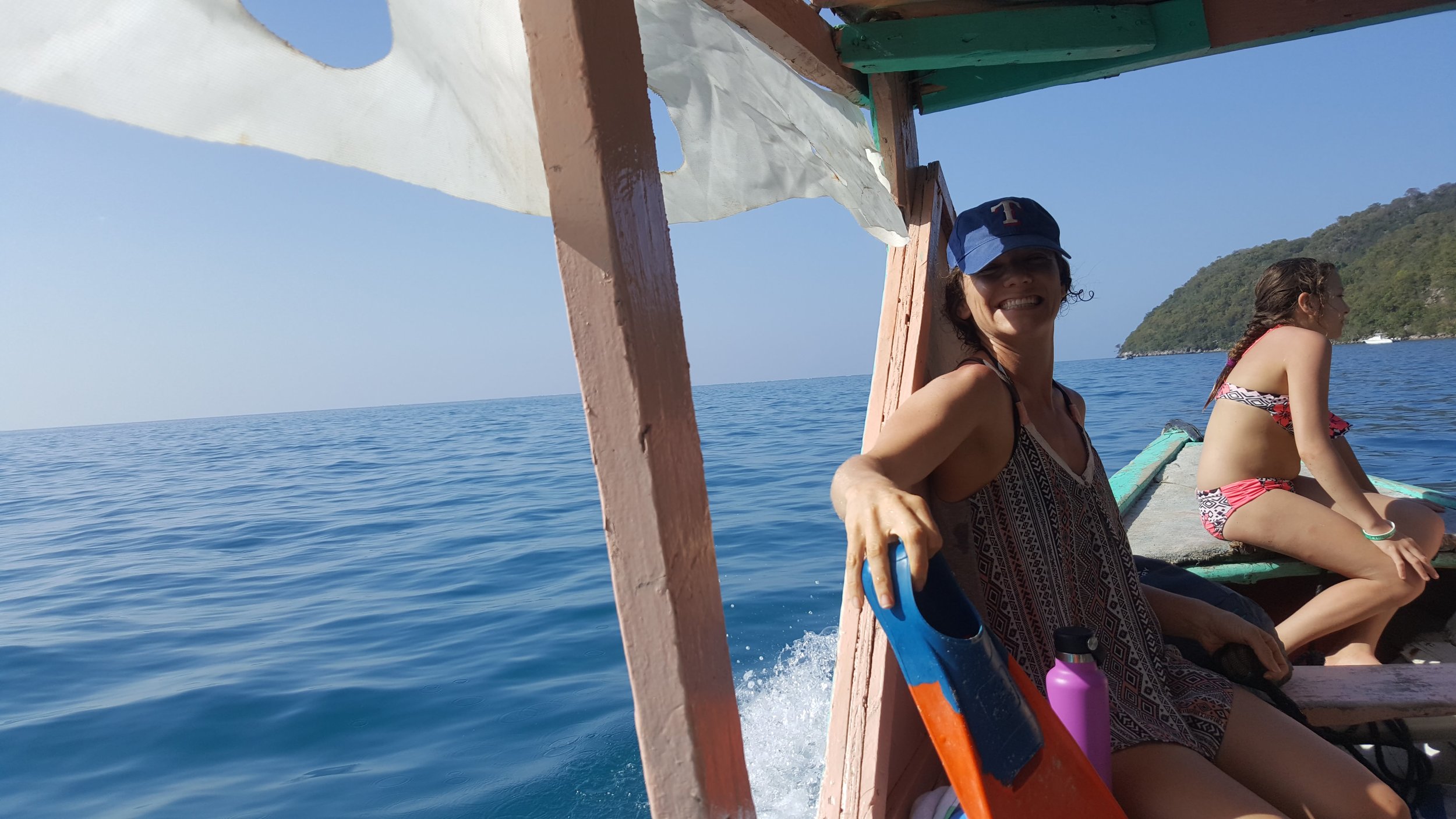
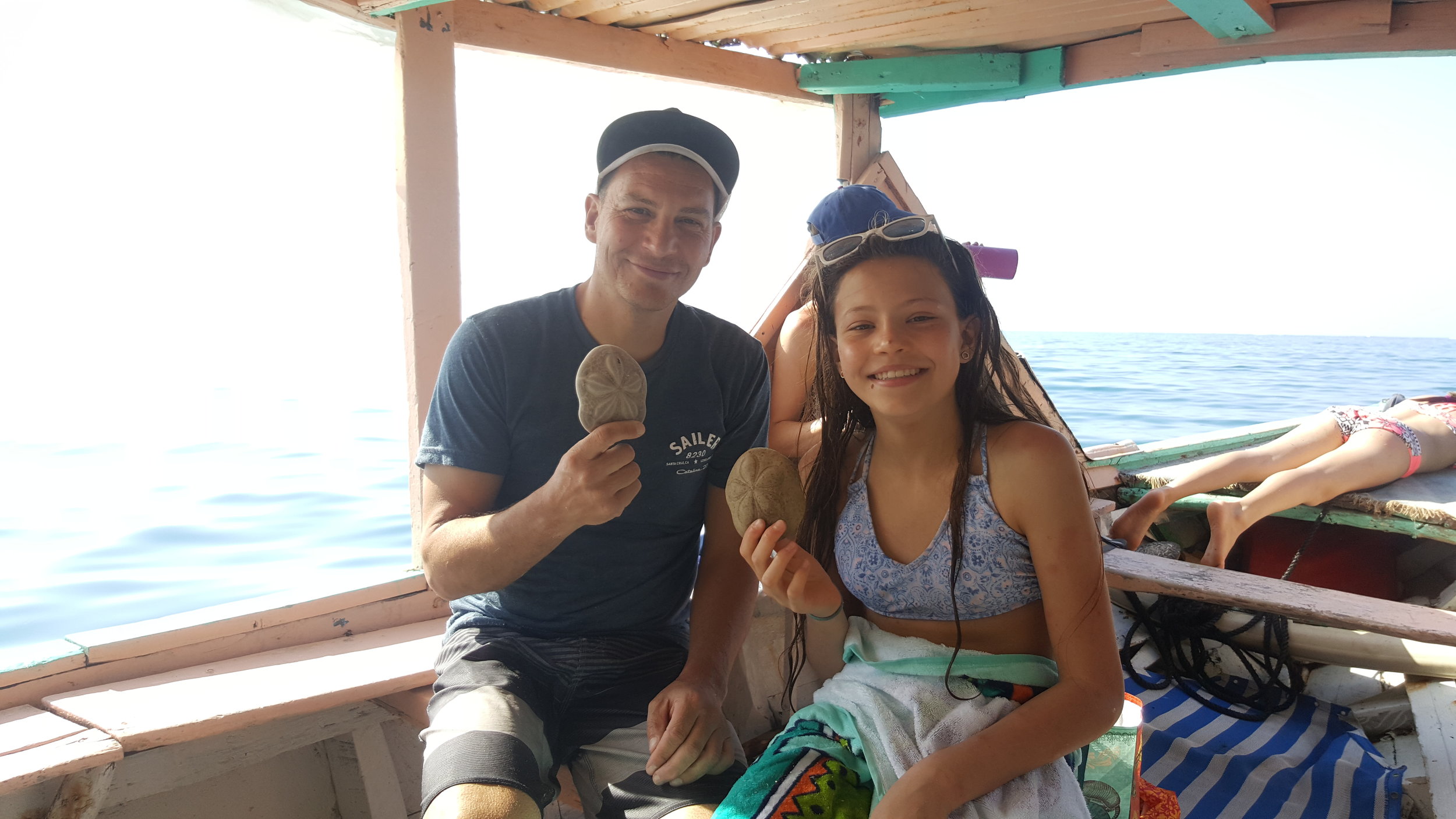
On the way home from the beach, we stopped in town and went to buy some things at the market. The pictures don't really show what this experience is like. It was overwhelming to the senses, even though a Sunday is very quiet, with maybe just a fraction of the people selling. I'm glad they got to see this up close. It was so great to have Amy as our guide. This woman amazes me. Both her and Jenn made us feel safe and comfortable everywhere we went. We had some laundry to do as well, so we picked up a bar of soap at the market and got to work at home.
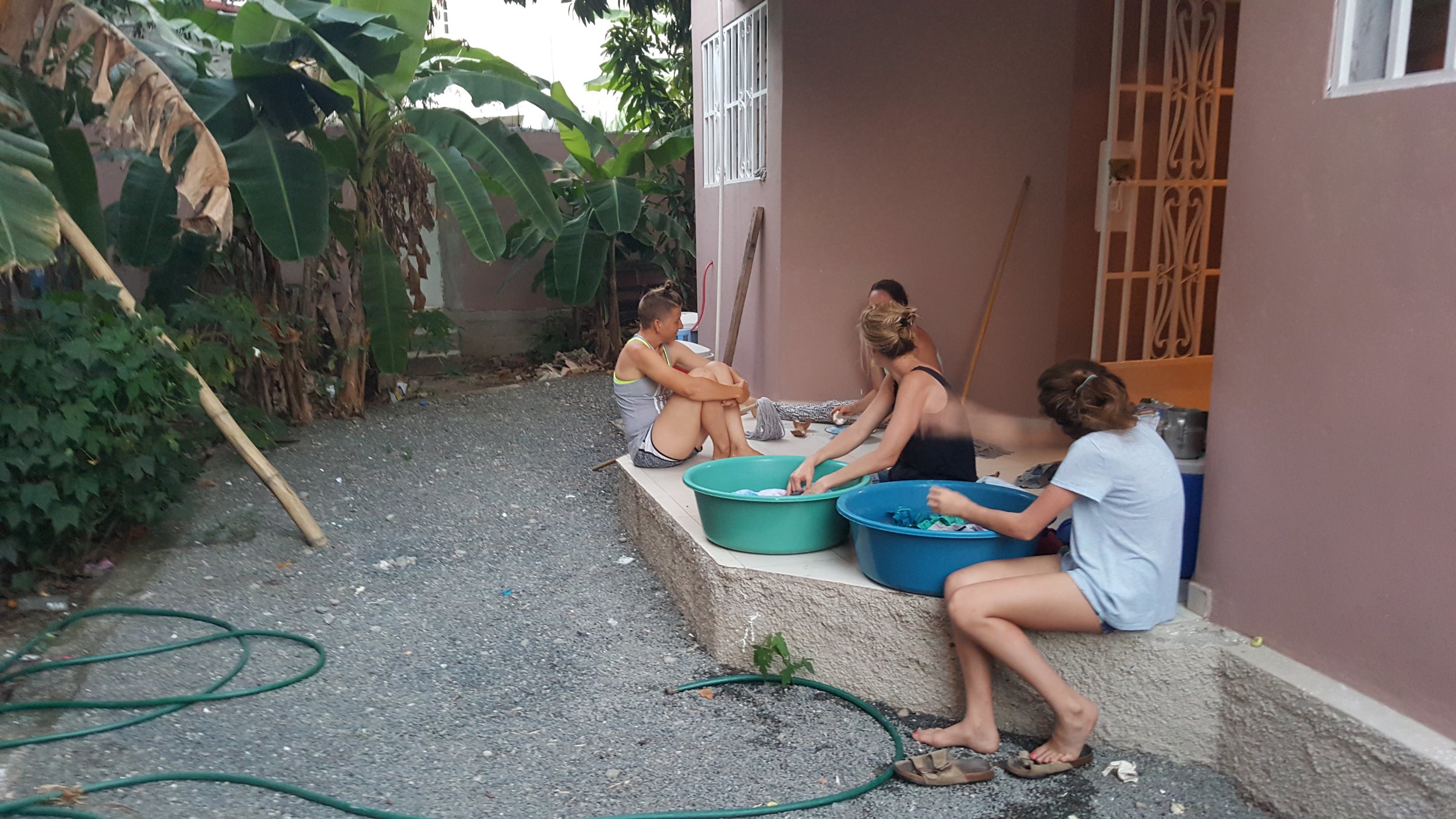
After our relaxing beach day of fun, I was eager to get back to the land and get our griddle finished! Nervous about whether or not our experimental design would work, we got right to work. We had a fire lit by lunch time, and the griddle was heating up! We didn't have anything to cook on it, but we saw where the smoke leaks were and tweaked our design a bit. We could tell we needed to make our chimneys taller. It was an exciting moment to light the first fire! Jeremiah started in on building shelves and benches with Jos, and the girls got back to painting.
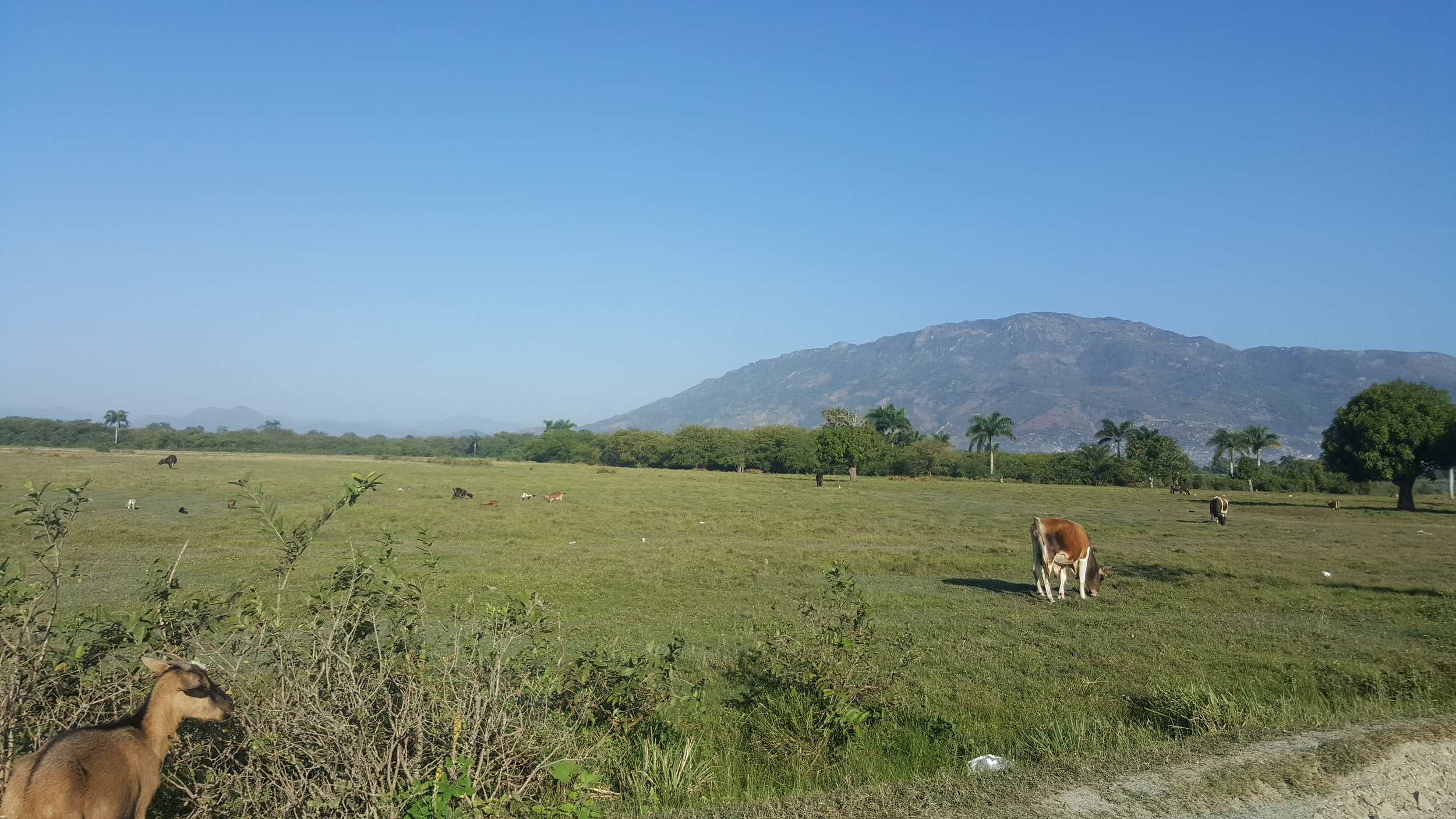


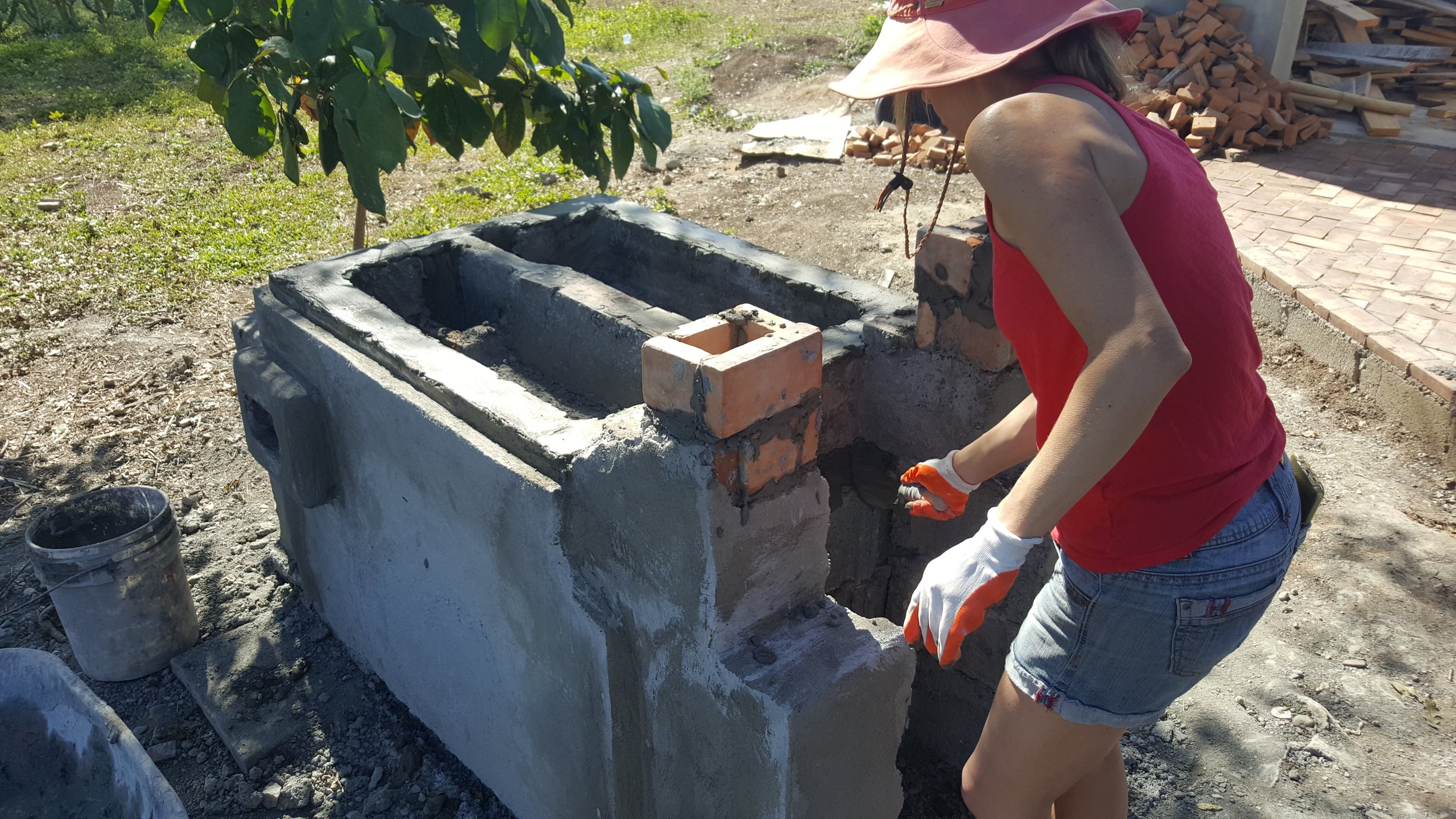

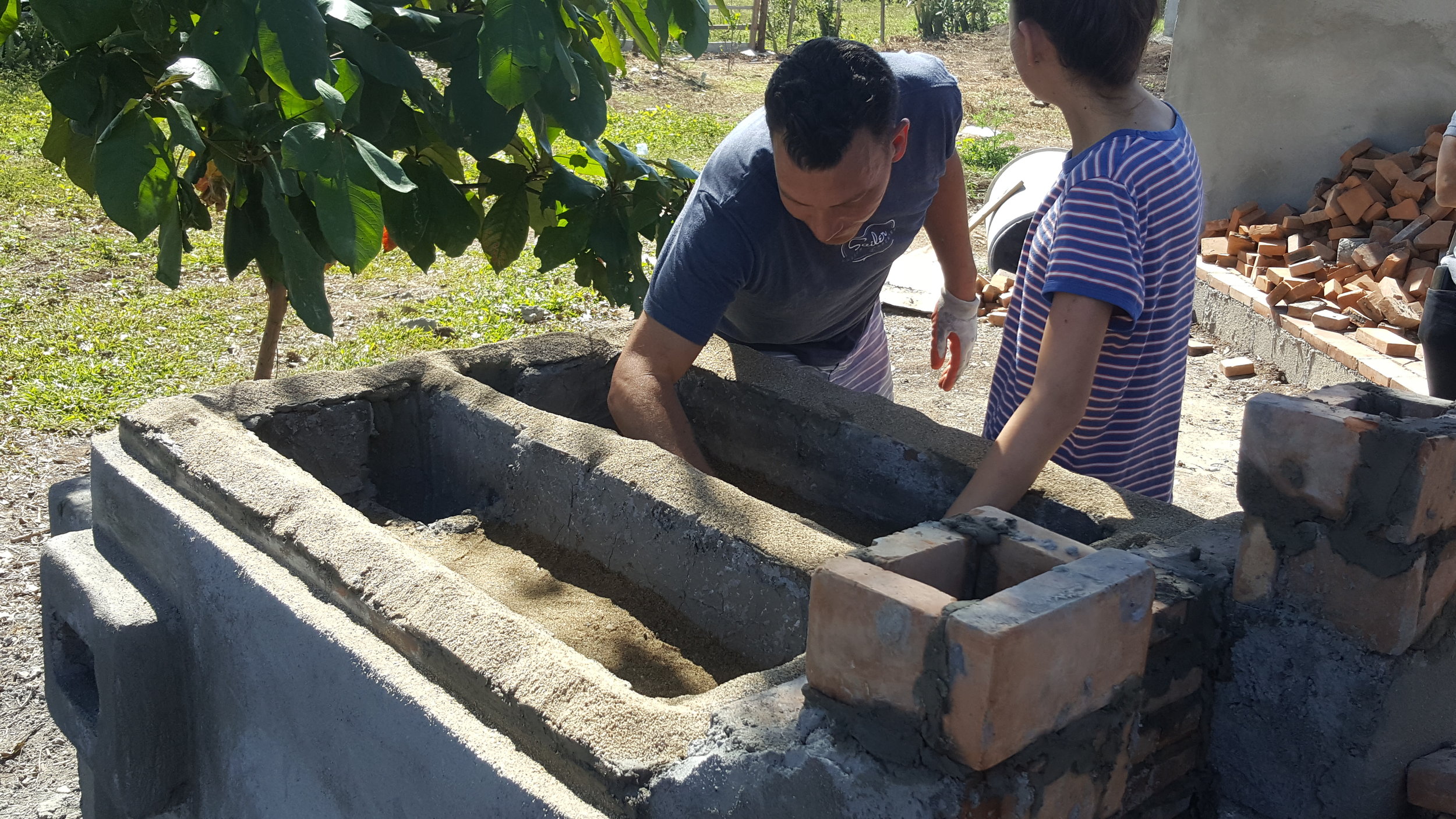
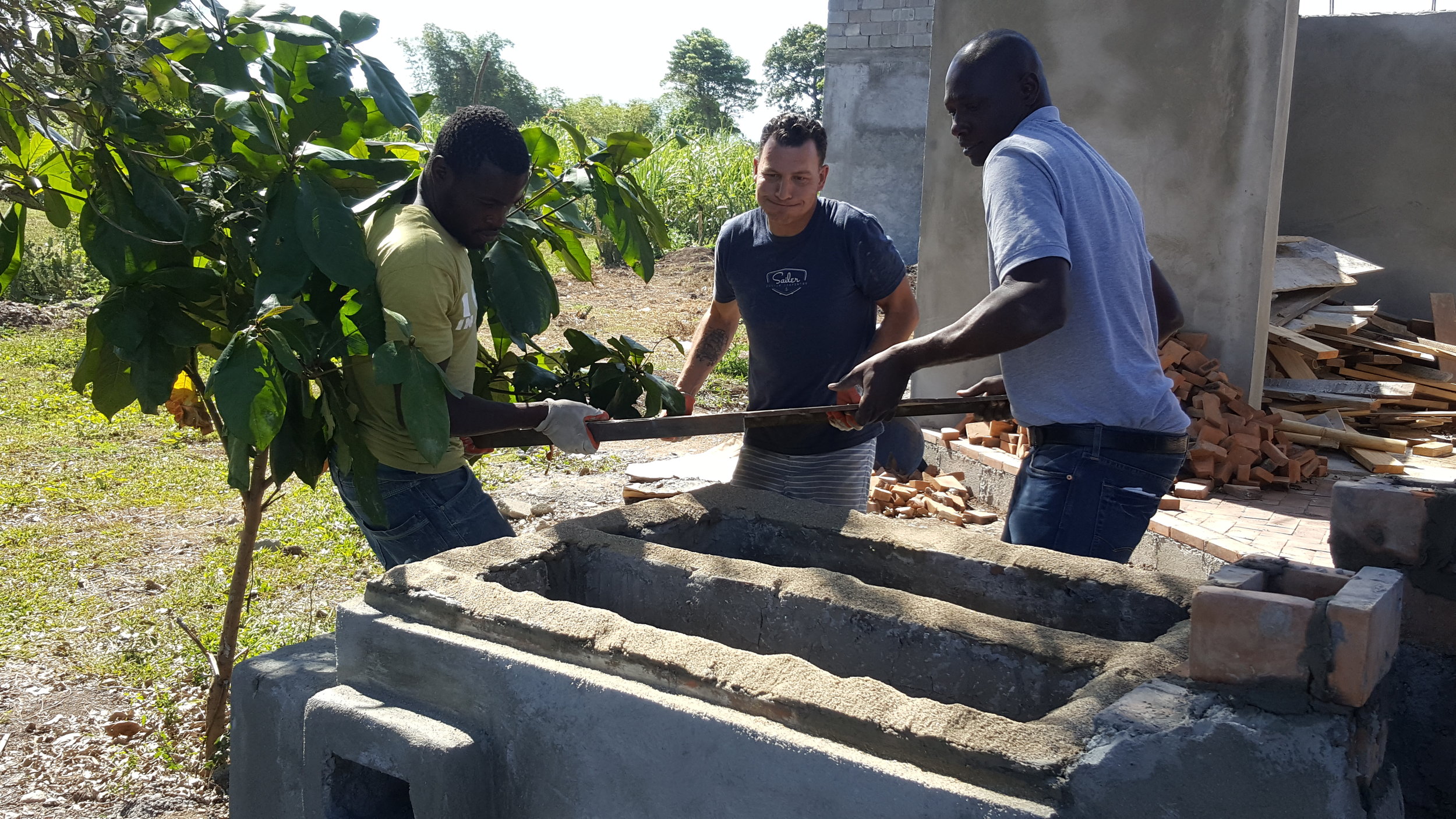
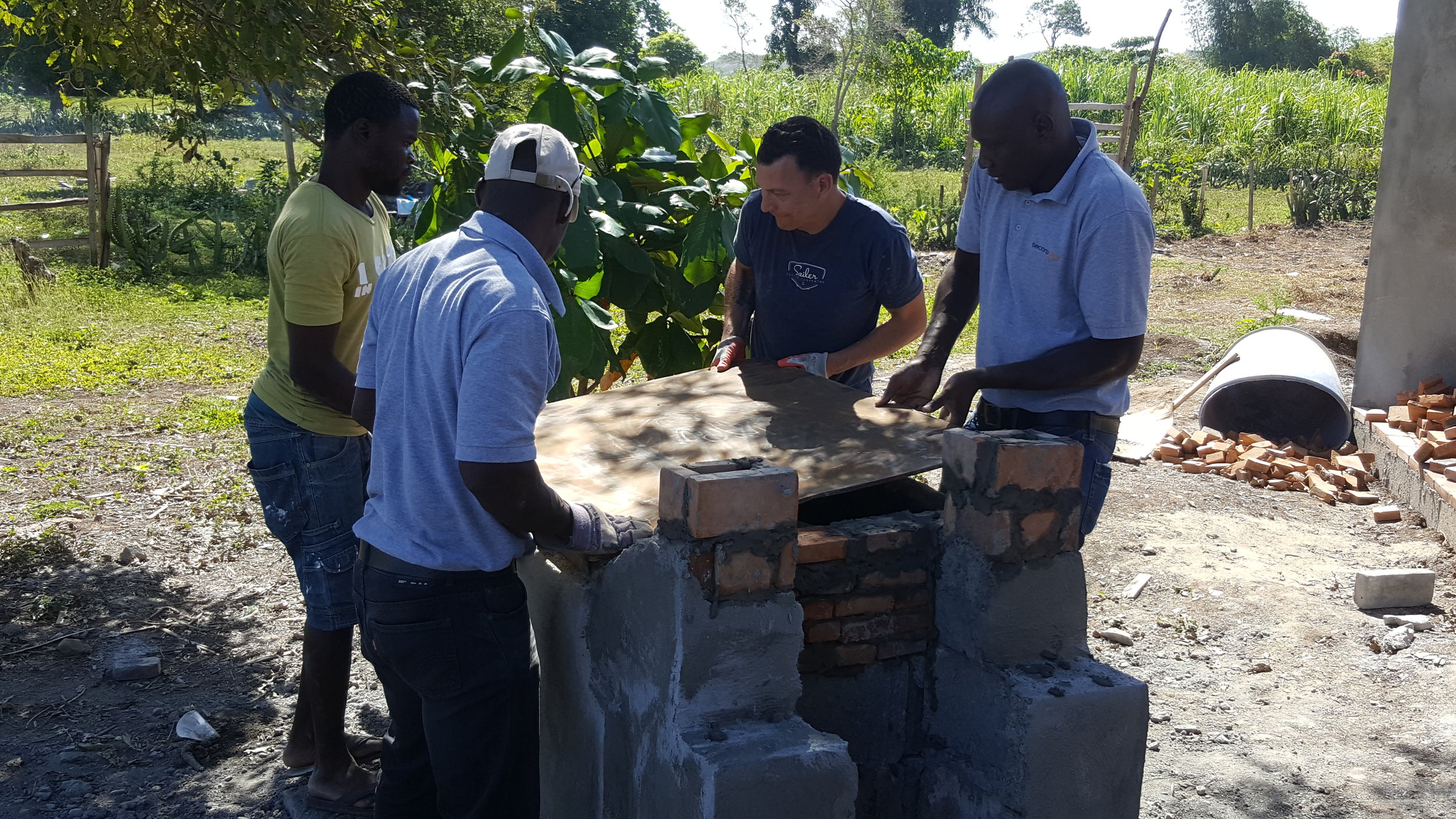
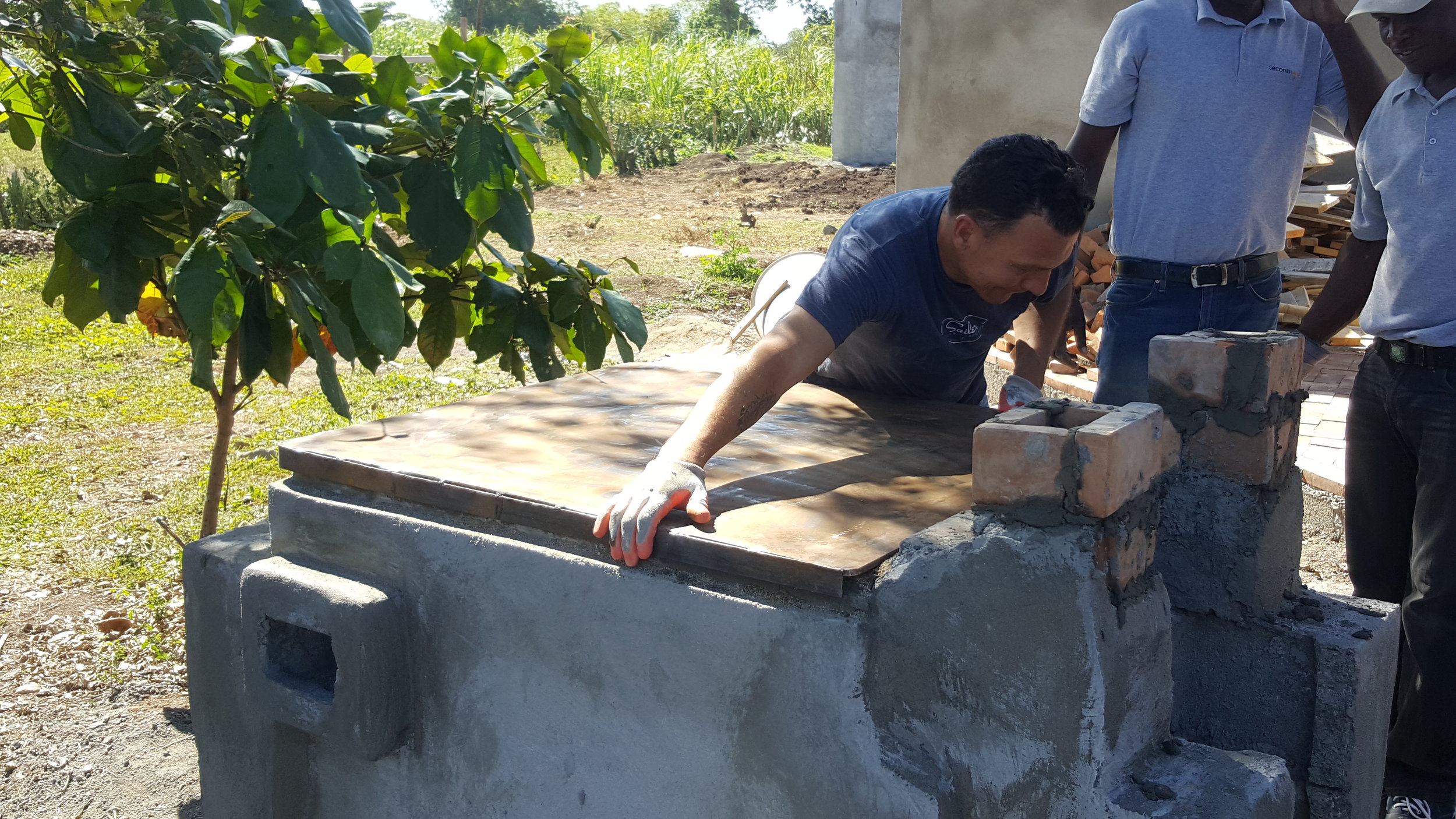
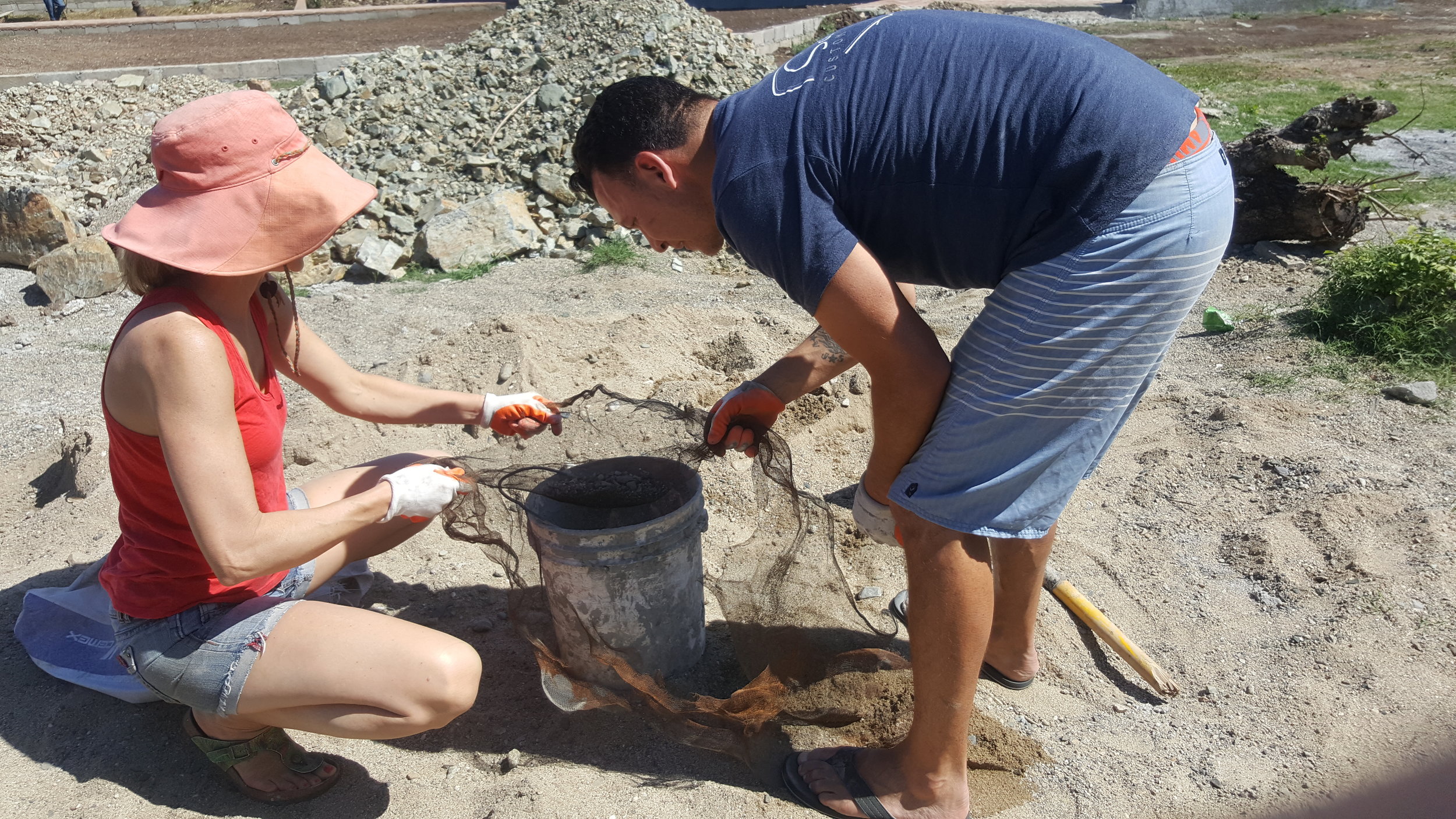
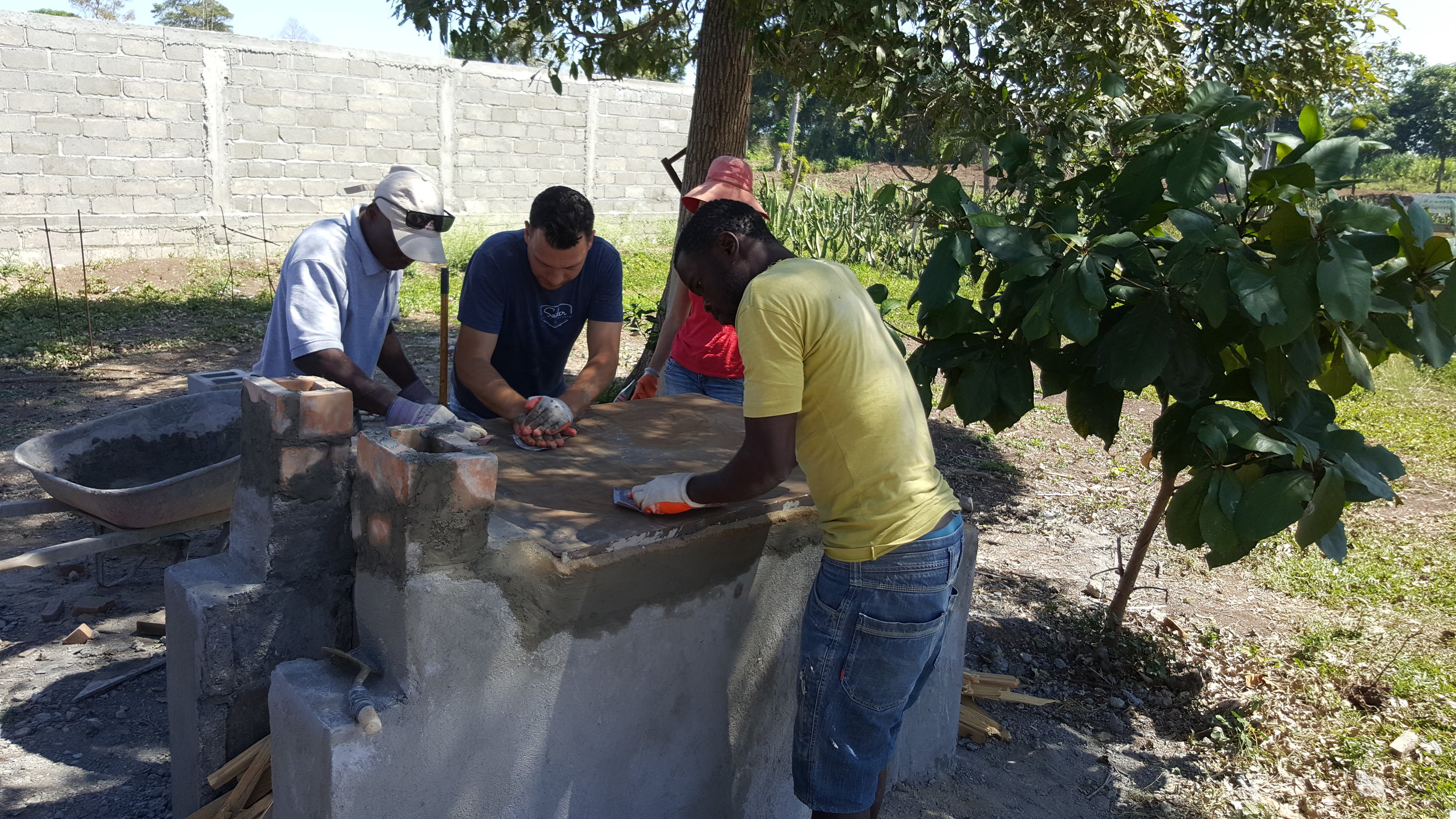
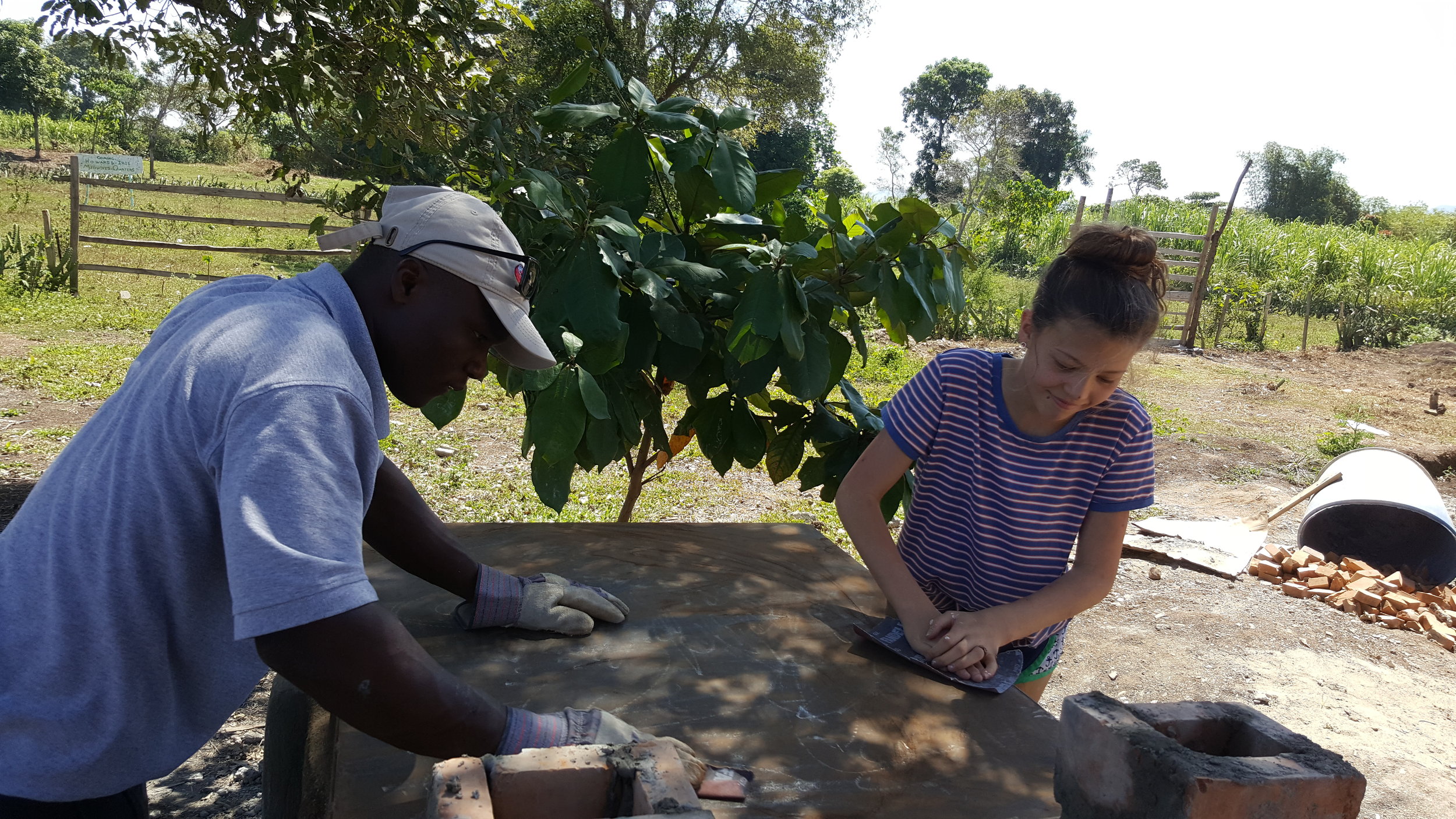
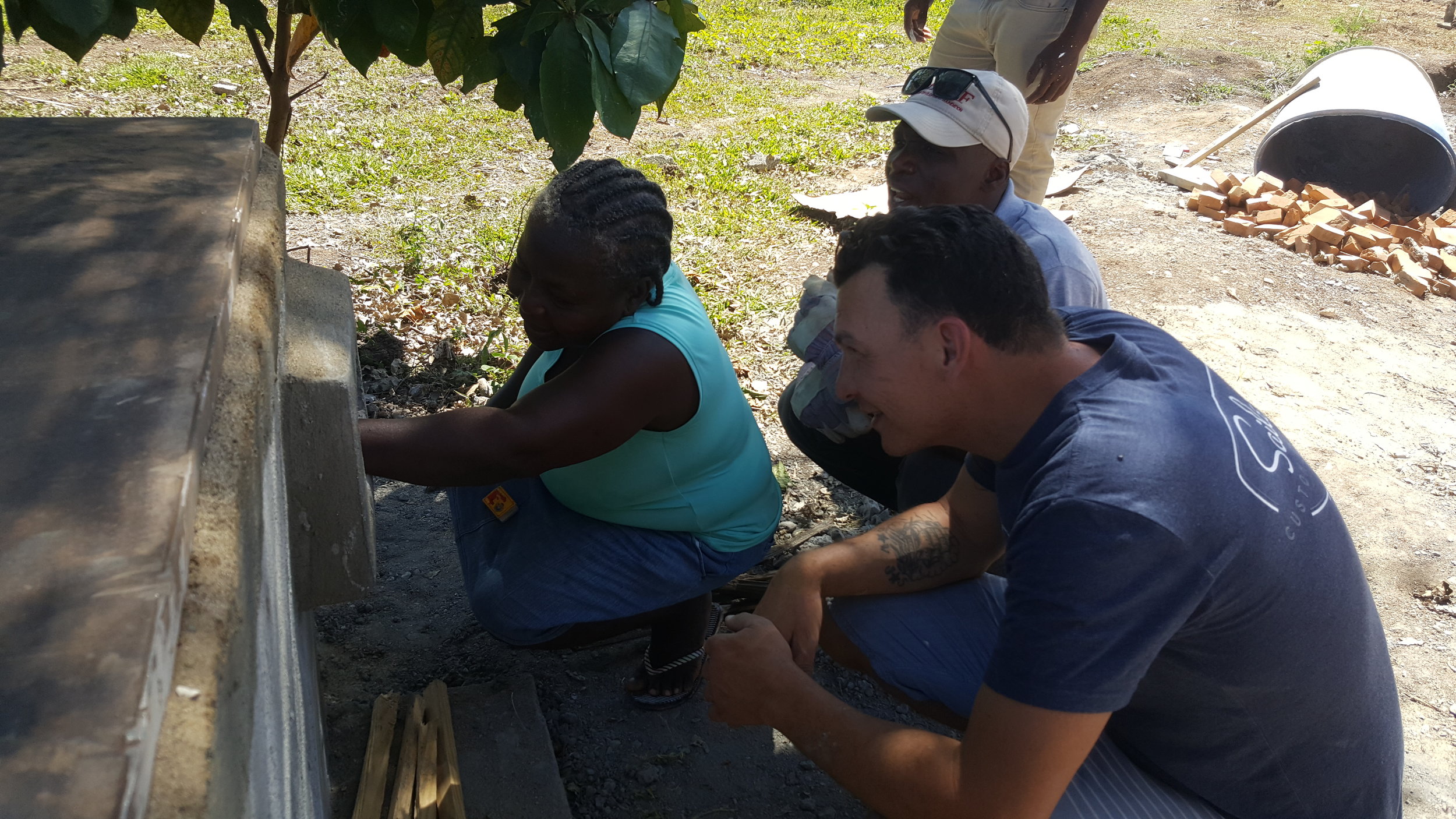

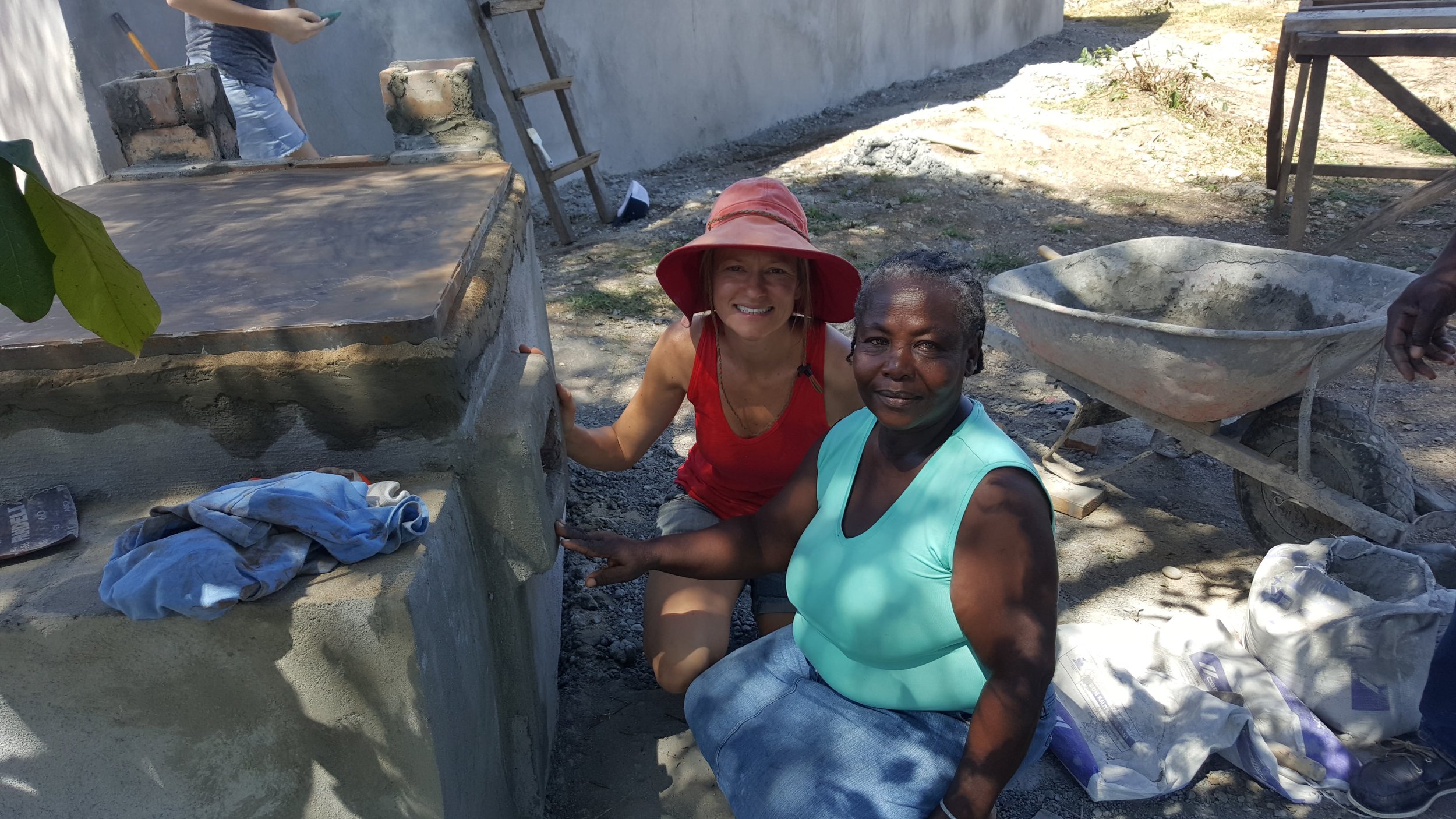
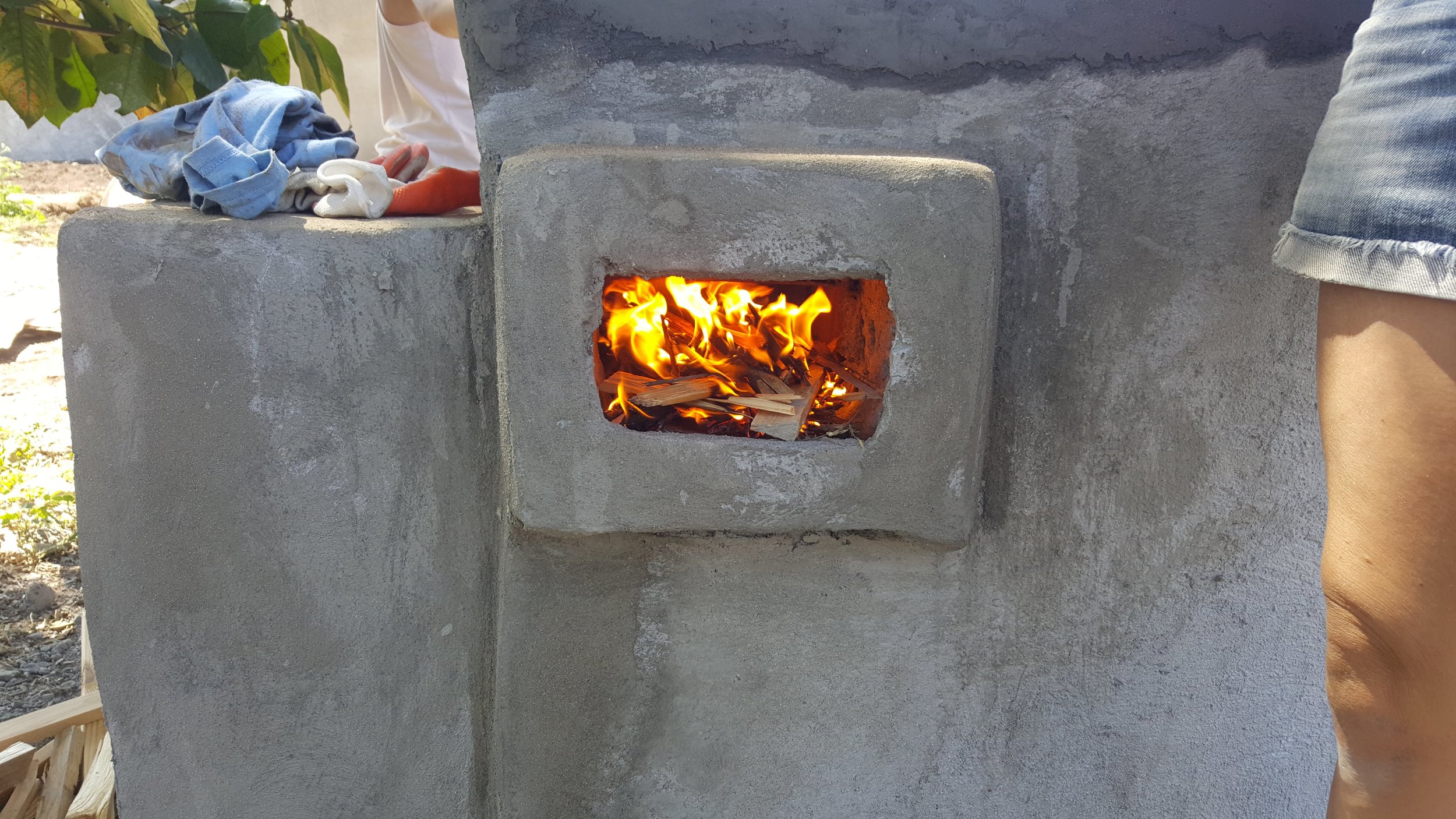
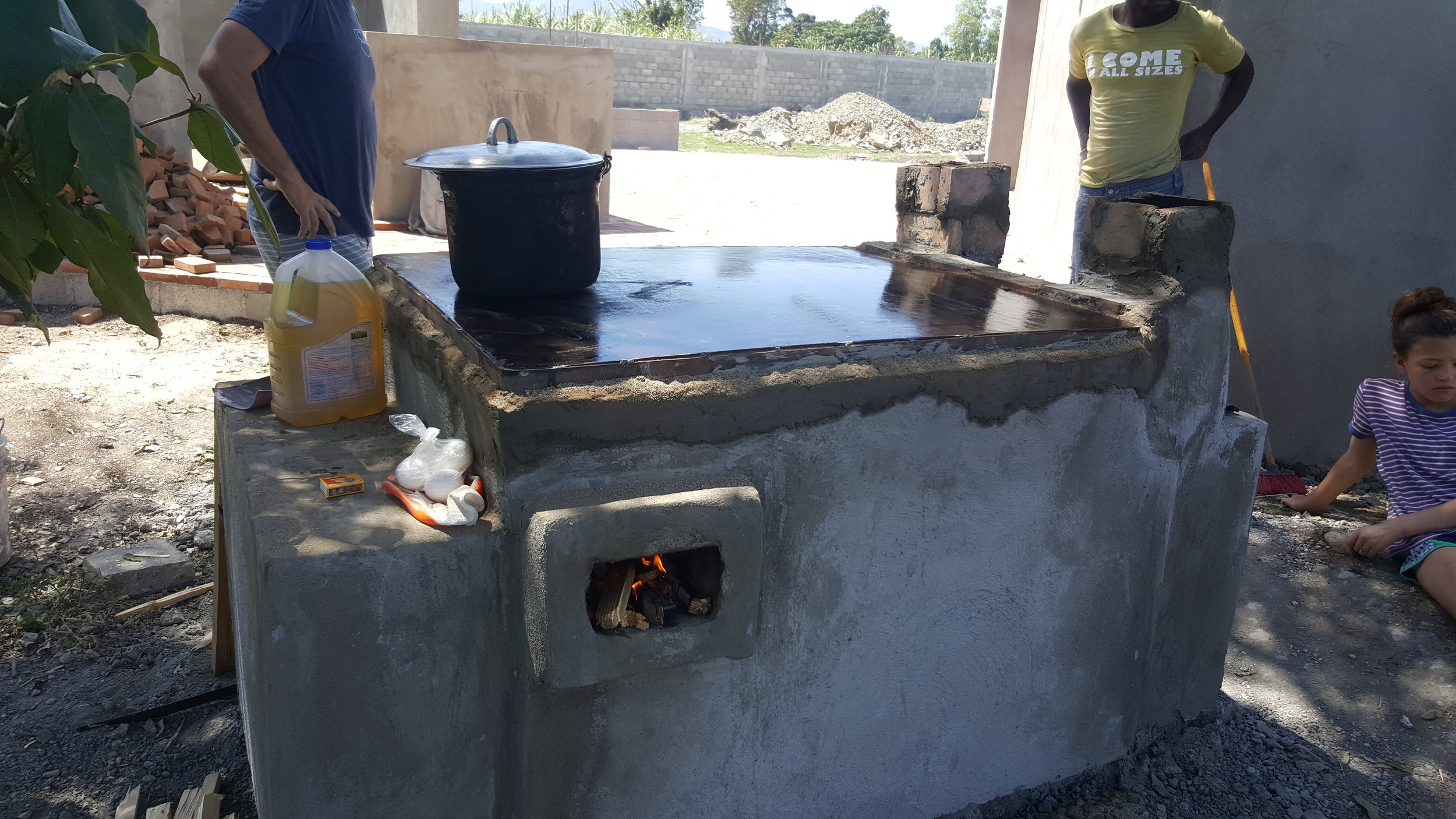
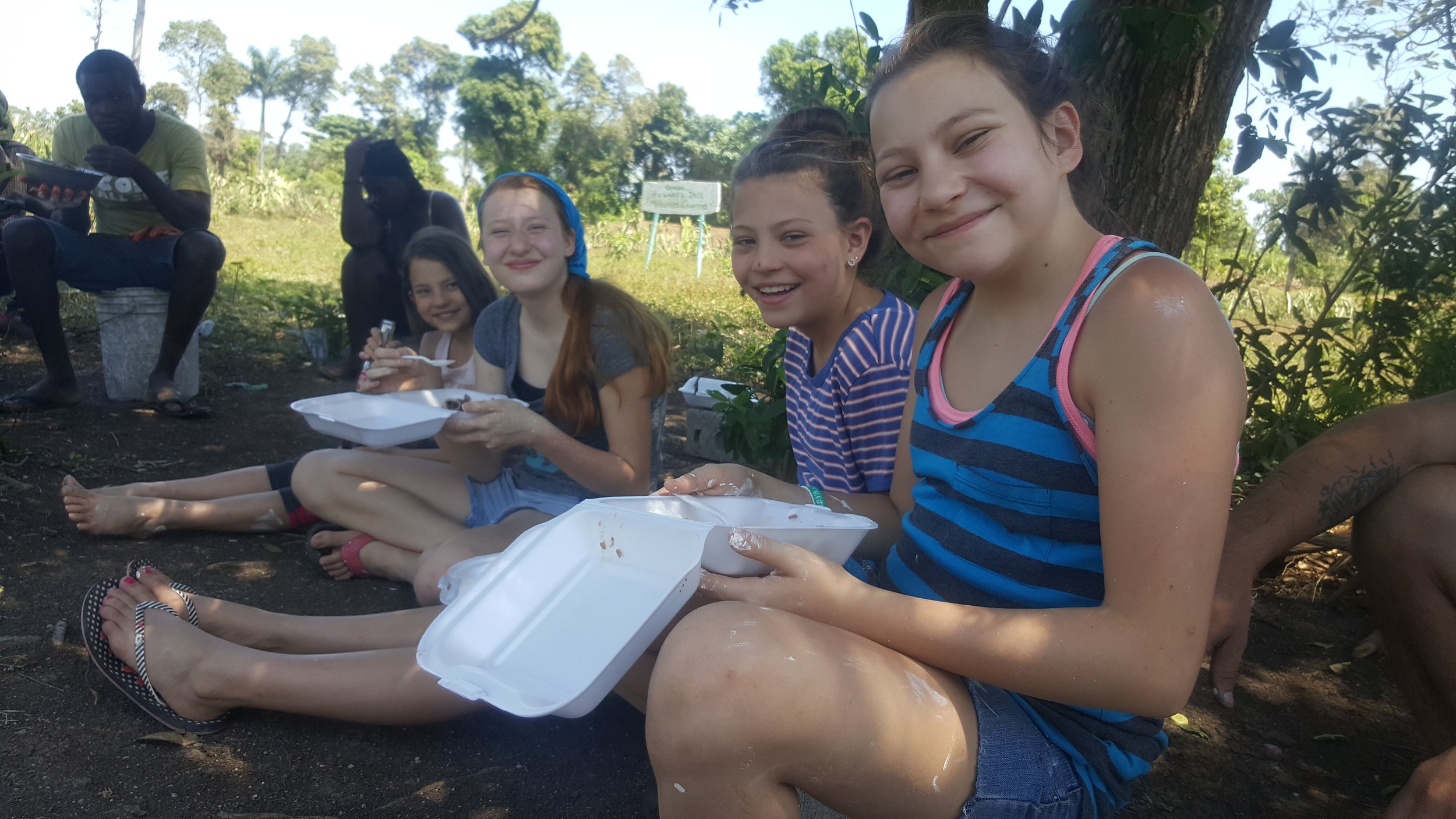
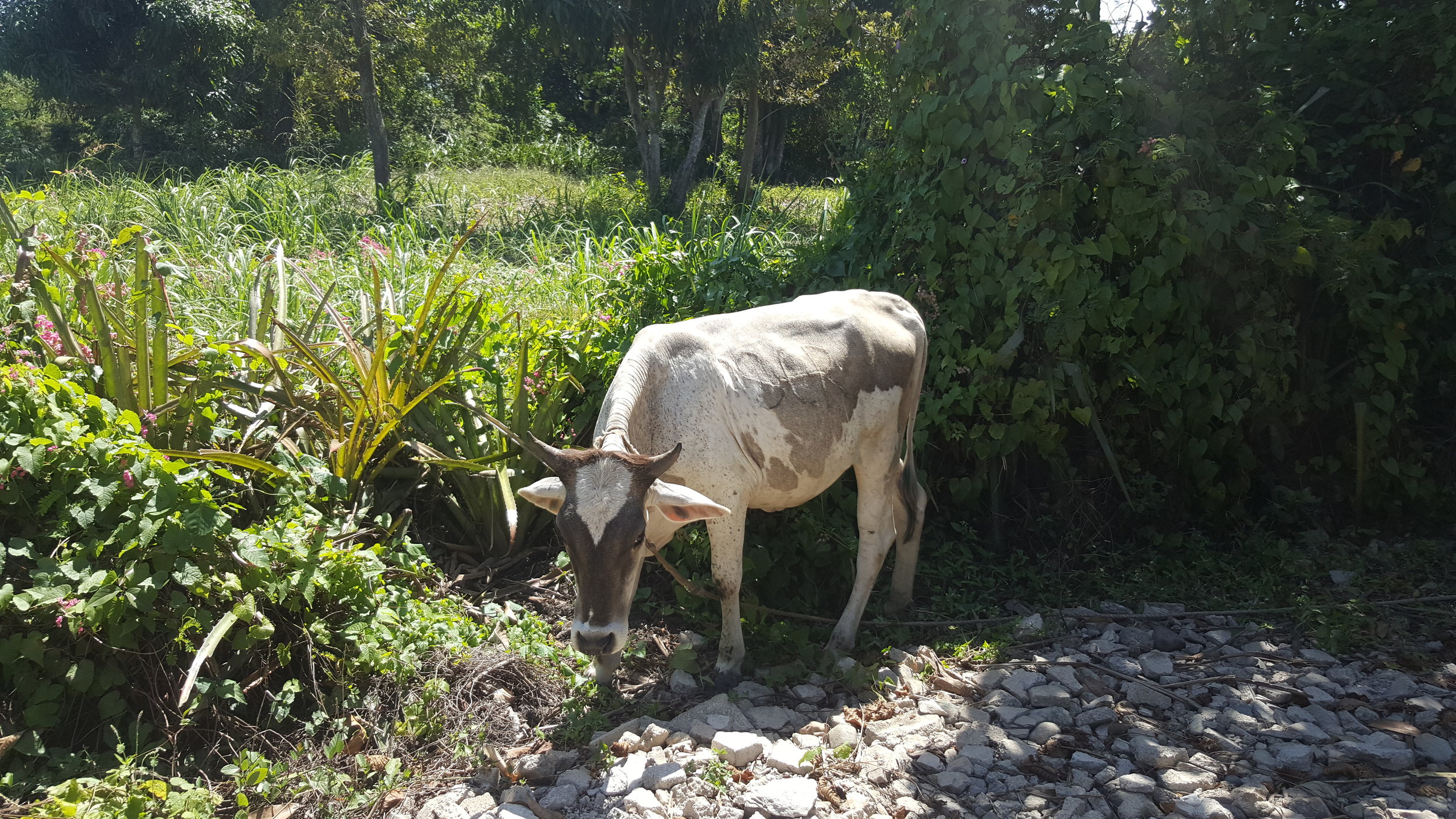
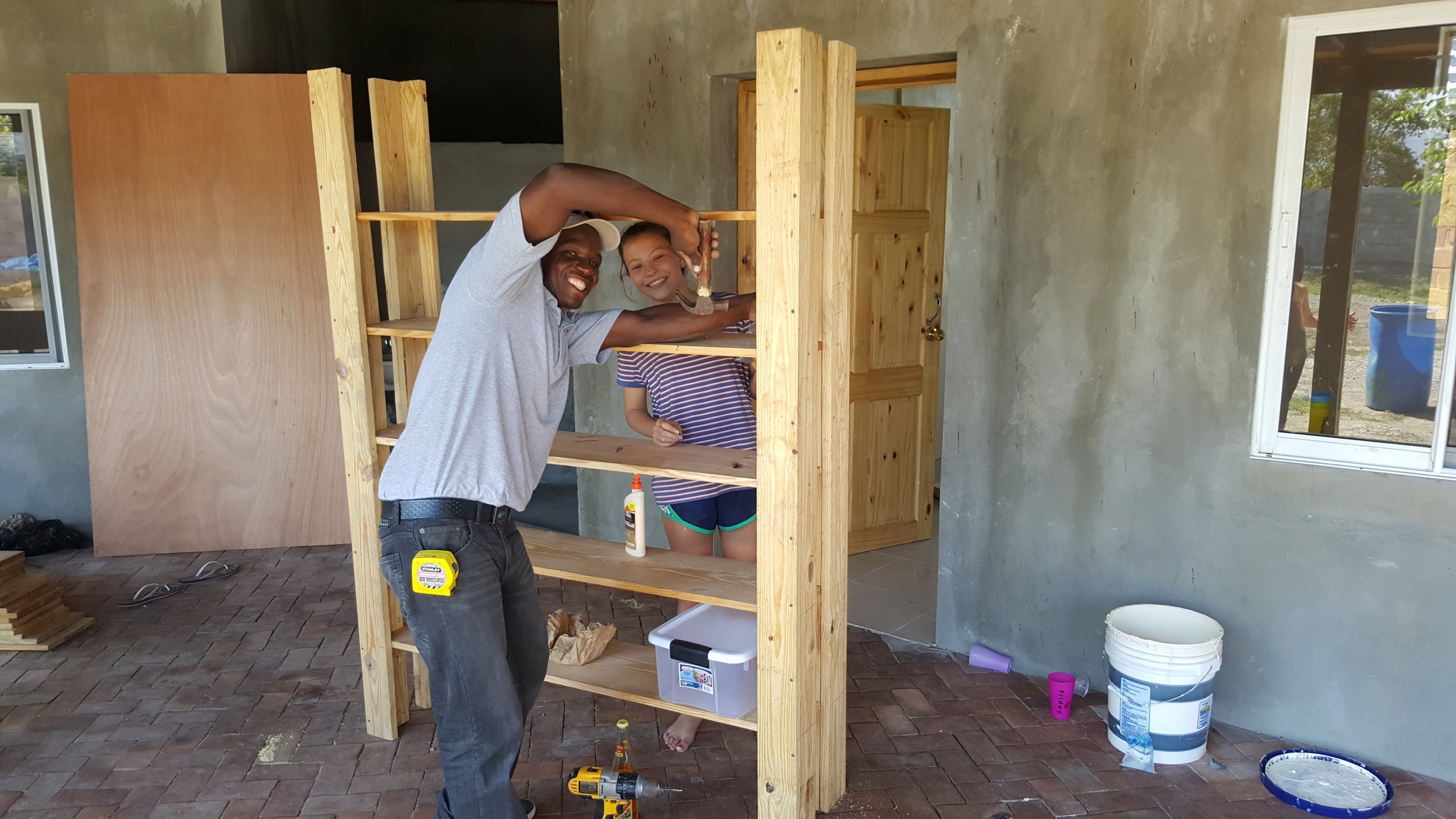
Tuesday was very full. In the morning, the girls and I got to take a tour with Amy of Second Mile while the babies were getting care in the nurses station. Amy explained more about how they determine whether a child has severe malnutrition. She introduced us to several moms, holding their babies. It is shocking to see 3 year old children - who look like they are only a year old, in their mother's arms because they are too weak to walk. It was a beautiful thing to realize that these same smiling babies might not have a chance for survival without this opportunity that Second Mile is providing them.
Part of Second Mile's program is that these children are given sachets of mamba - a nutrient enriched peanut butter which helps them to gain weight and get strong again. The mothers who are a part of the program learn new information daily about how to better care for their children. This knowledge goes far beyond just physical care. They are educated and supported in literacy, business training, as well as learning about how to grow food.
After our time with the moms and babies, I took some dough to the newly finished griddle at Strong Start to test out a batch of sourdough muffins. We made a few egg sandwiches with them and decided it was going to work great!
Why sourdough, you ask? The process of making sourdough requires a long, slow rise. During this process, the starter consumes the sugars in the flour and makes the bread easier to digest. The goal with these sandwiches, is to provide a nutrient dense and affordable meal to the pregnant moms at the maternity center. These sourdough muffins will also be made into meals at Second Mile for all the moms, babies and staff, once a week.
Now that we knew the first griddle was a success, it was time to start the second griddle - this one at Second Mile. I went to work there with Joseph, Joslen and Wesely, while Jeremiah stayed at Strong Start and worked on building more benches.
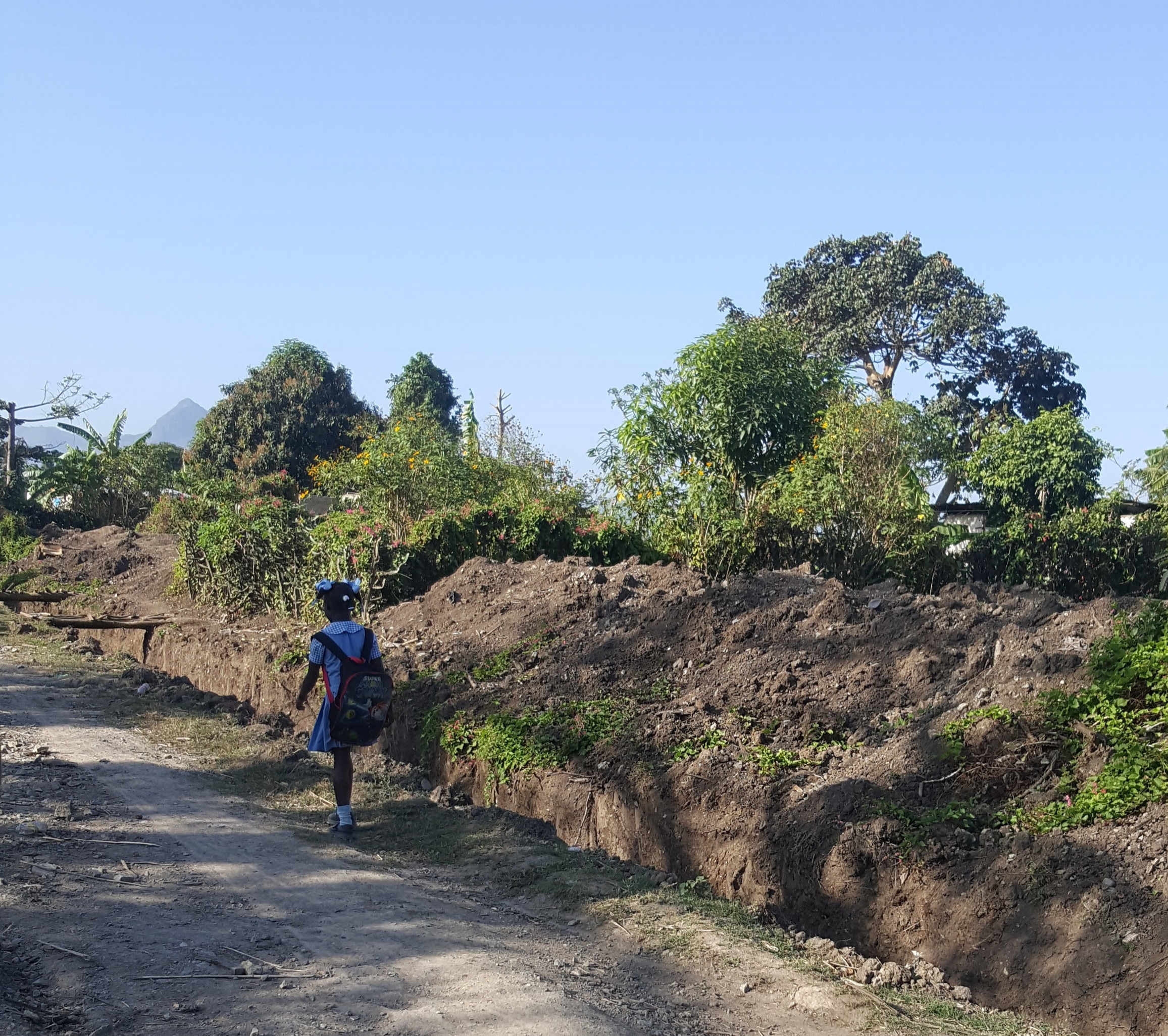
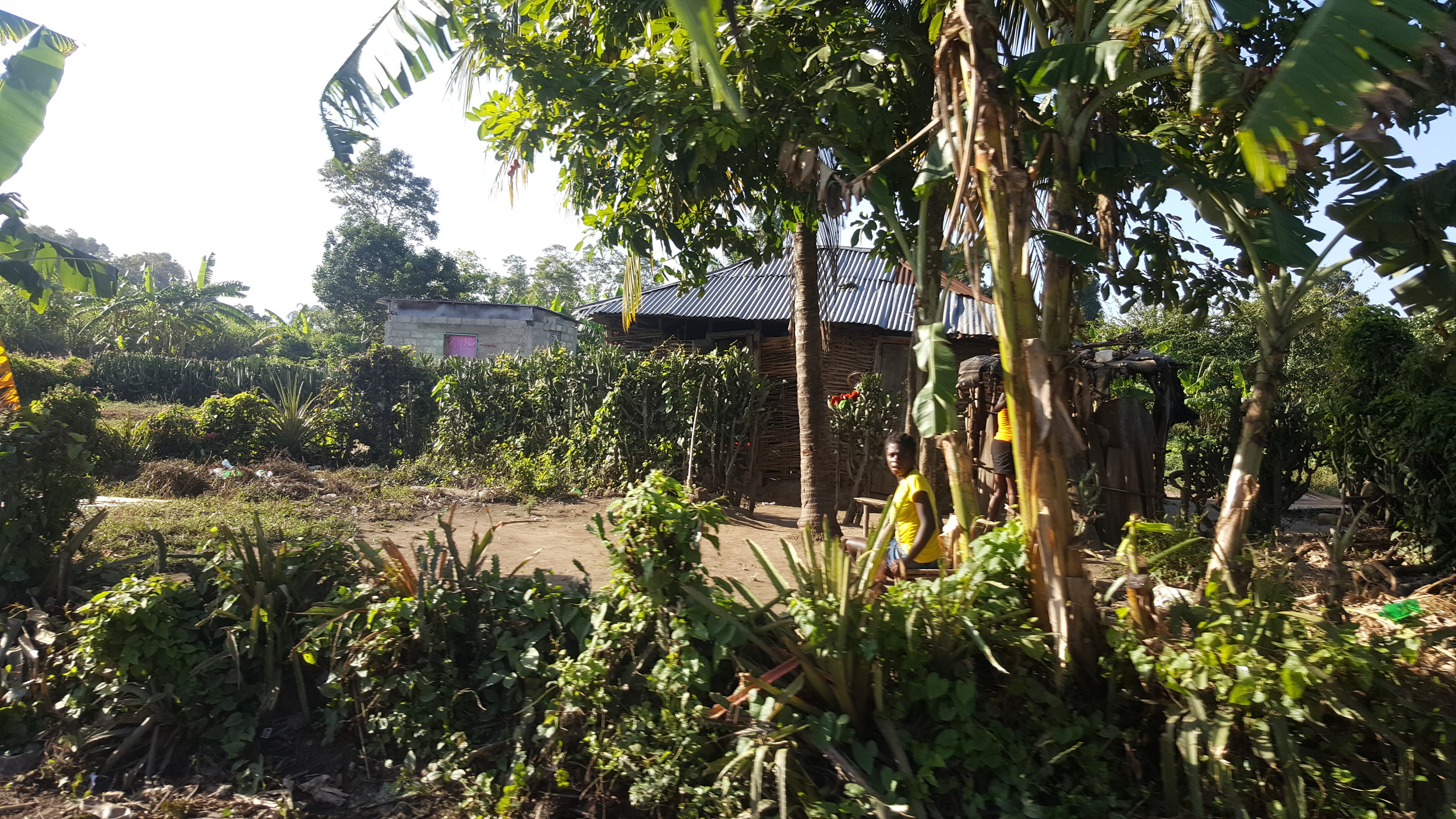
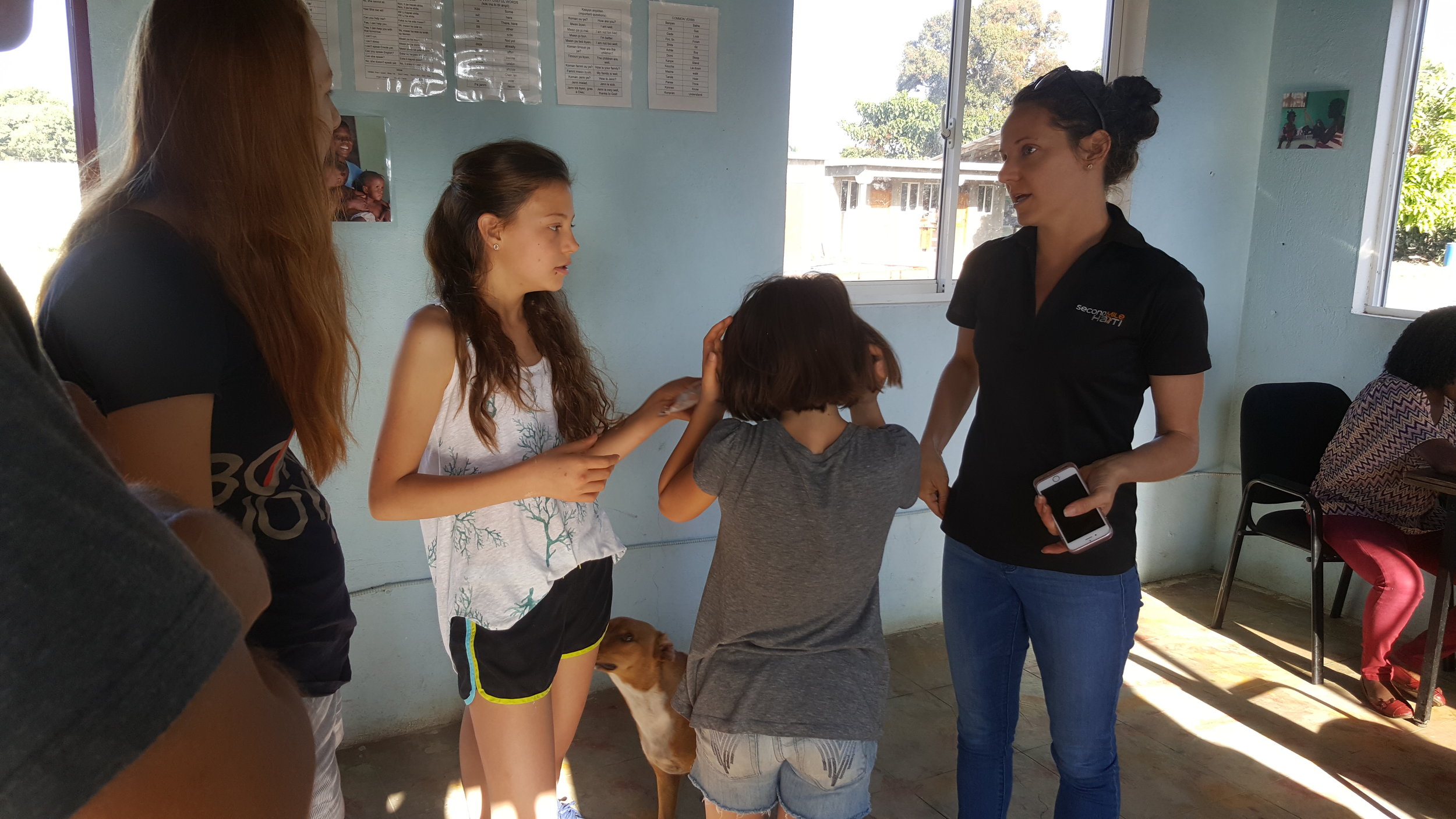
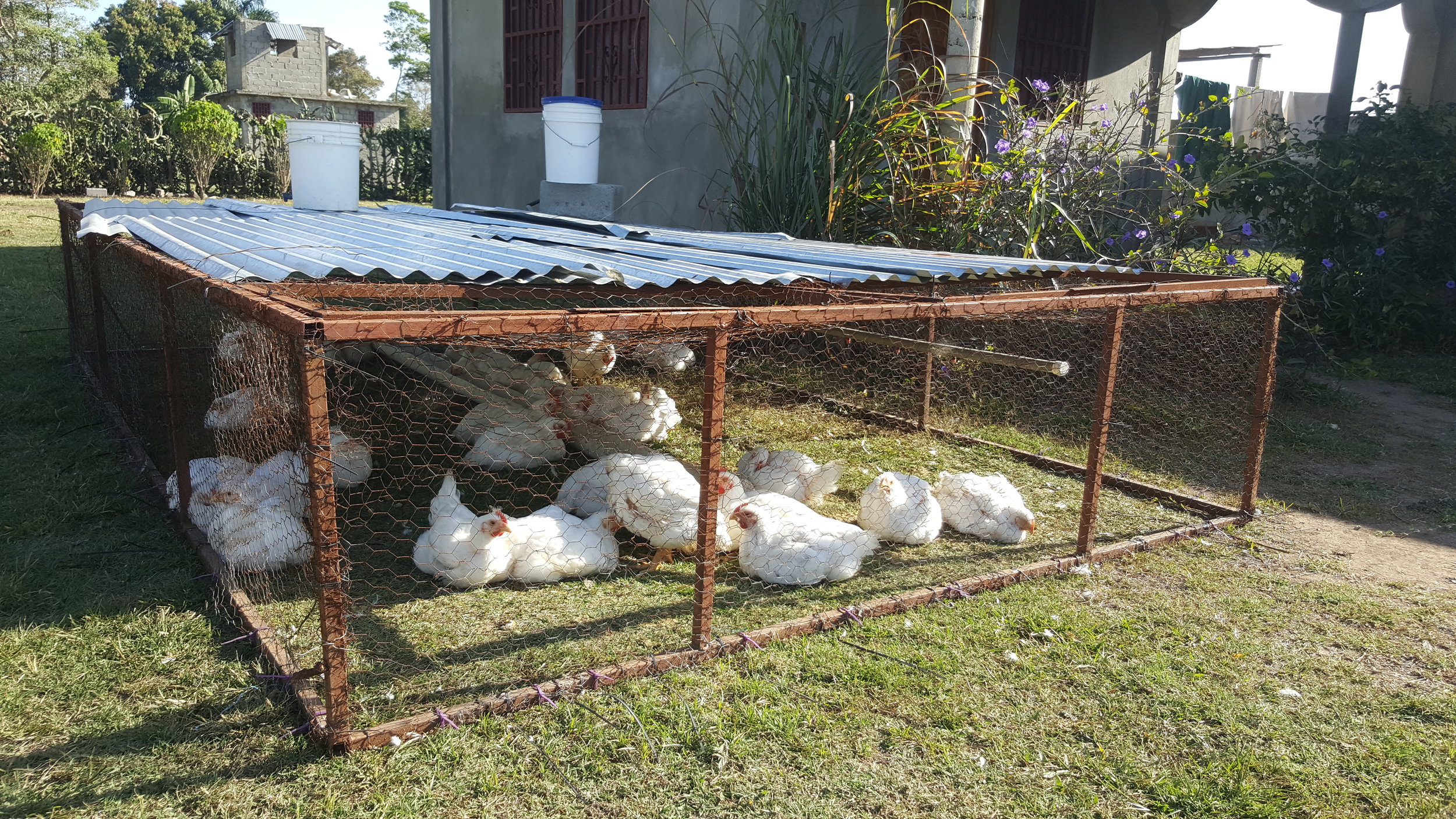
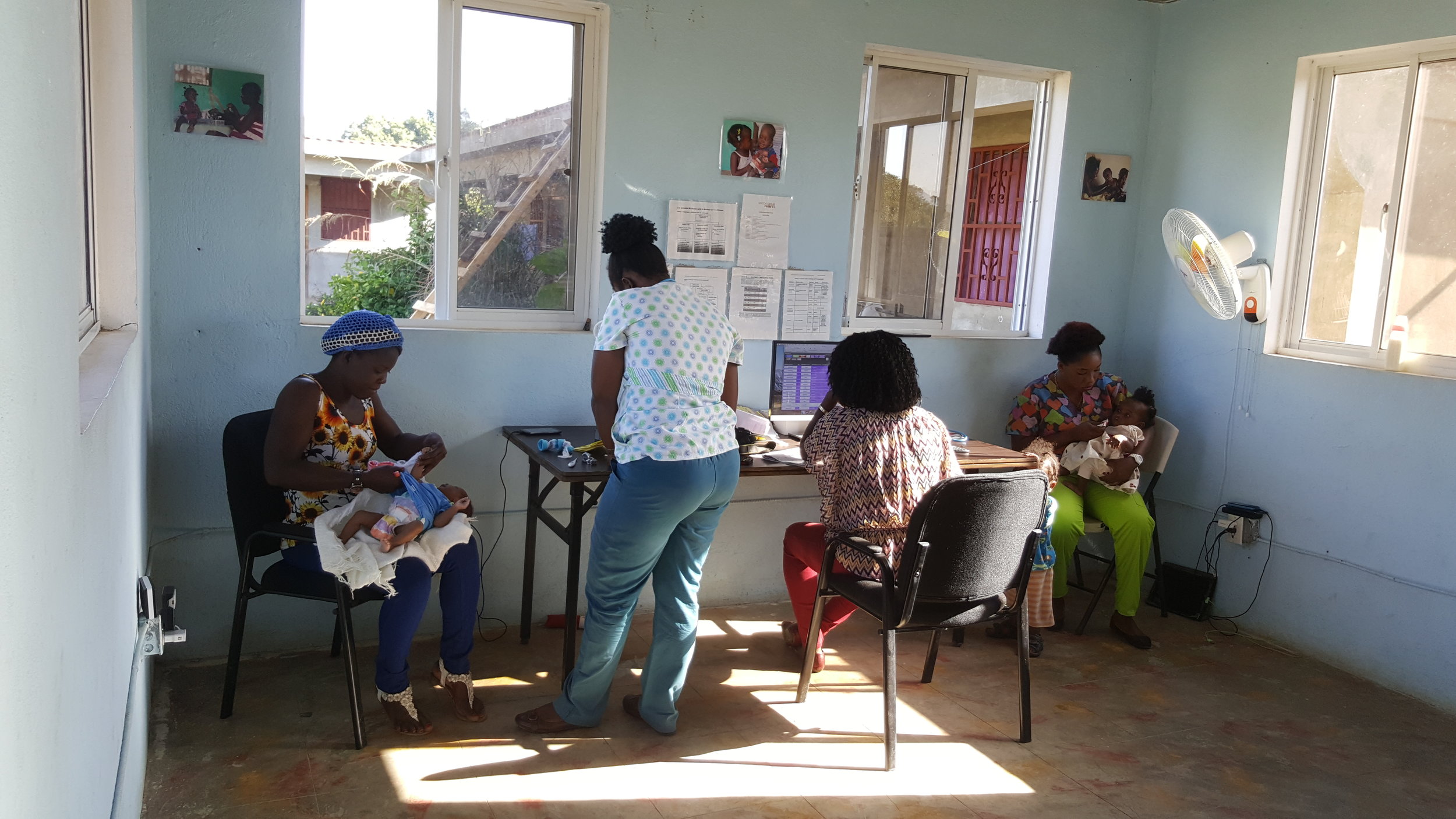
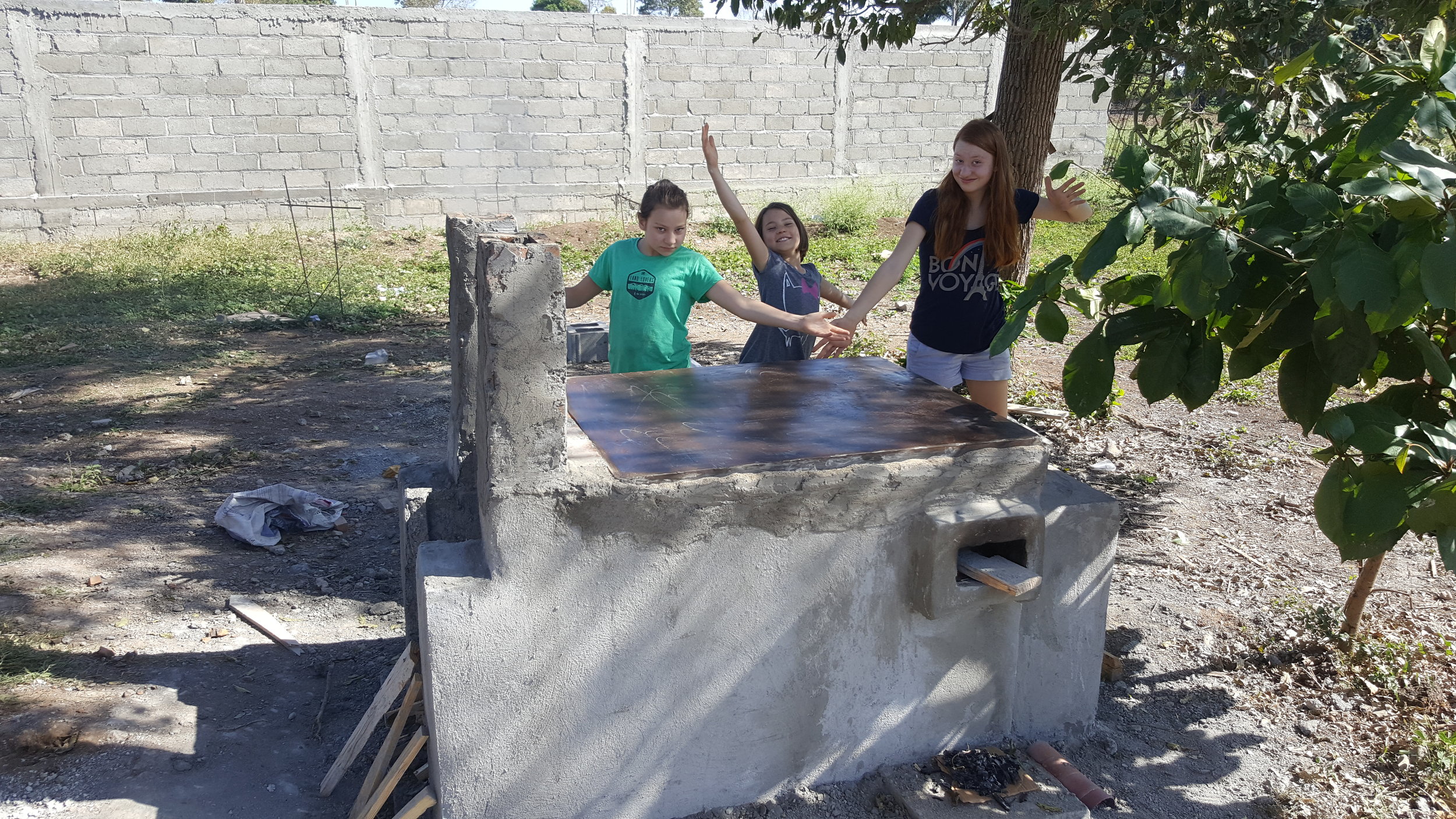
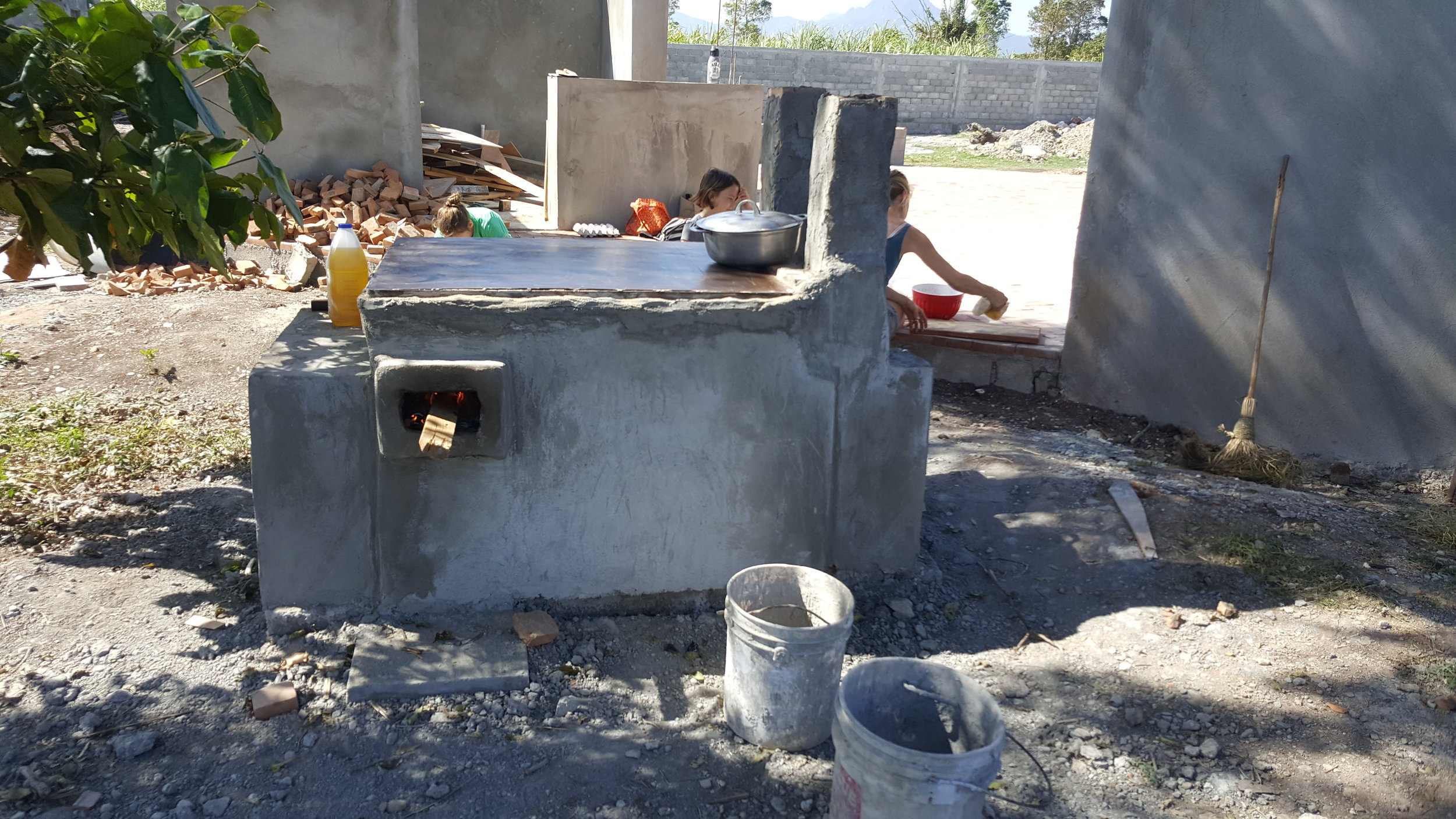
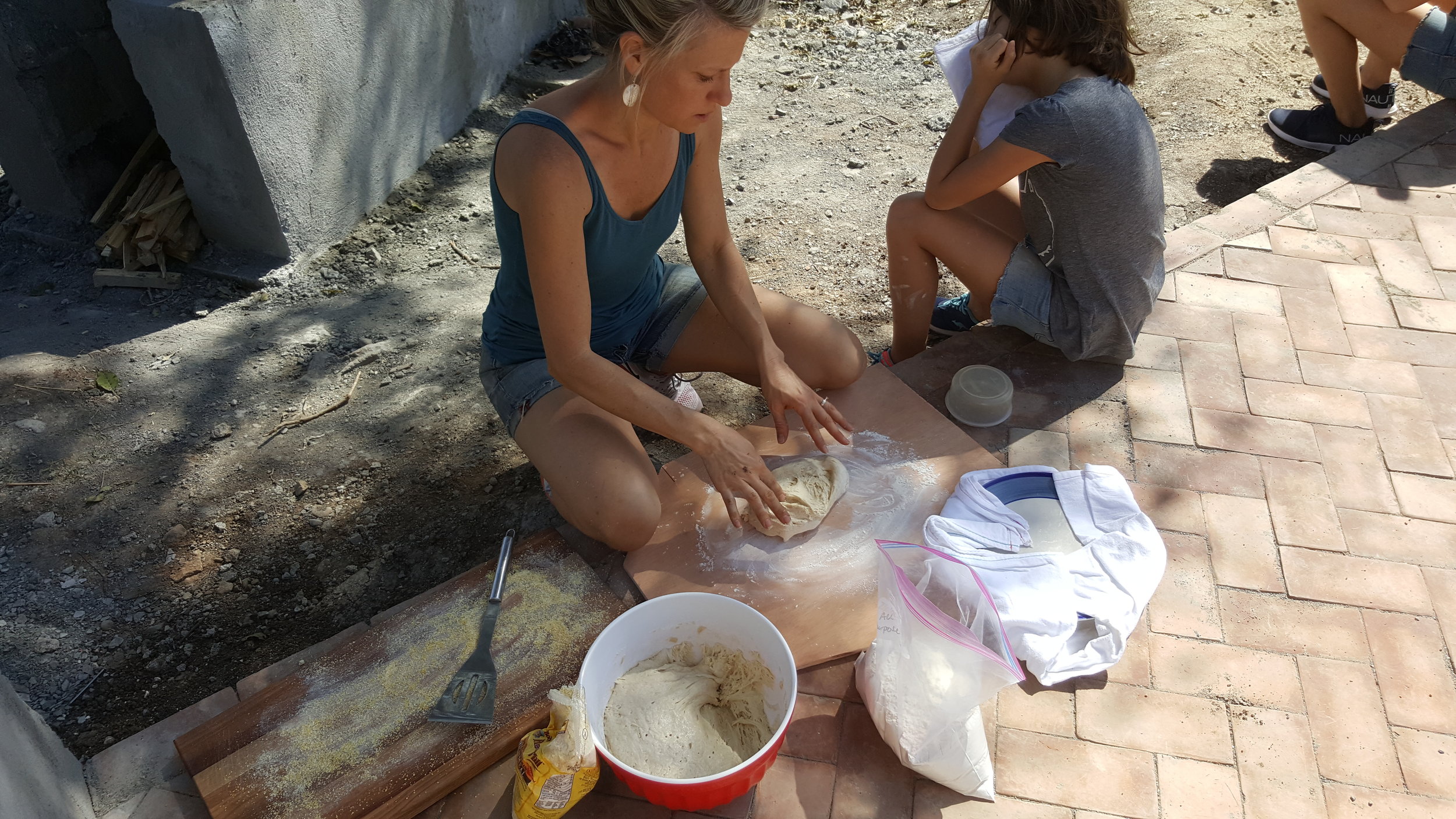
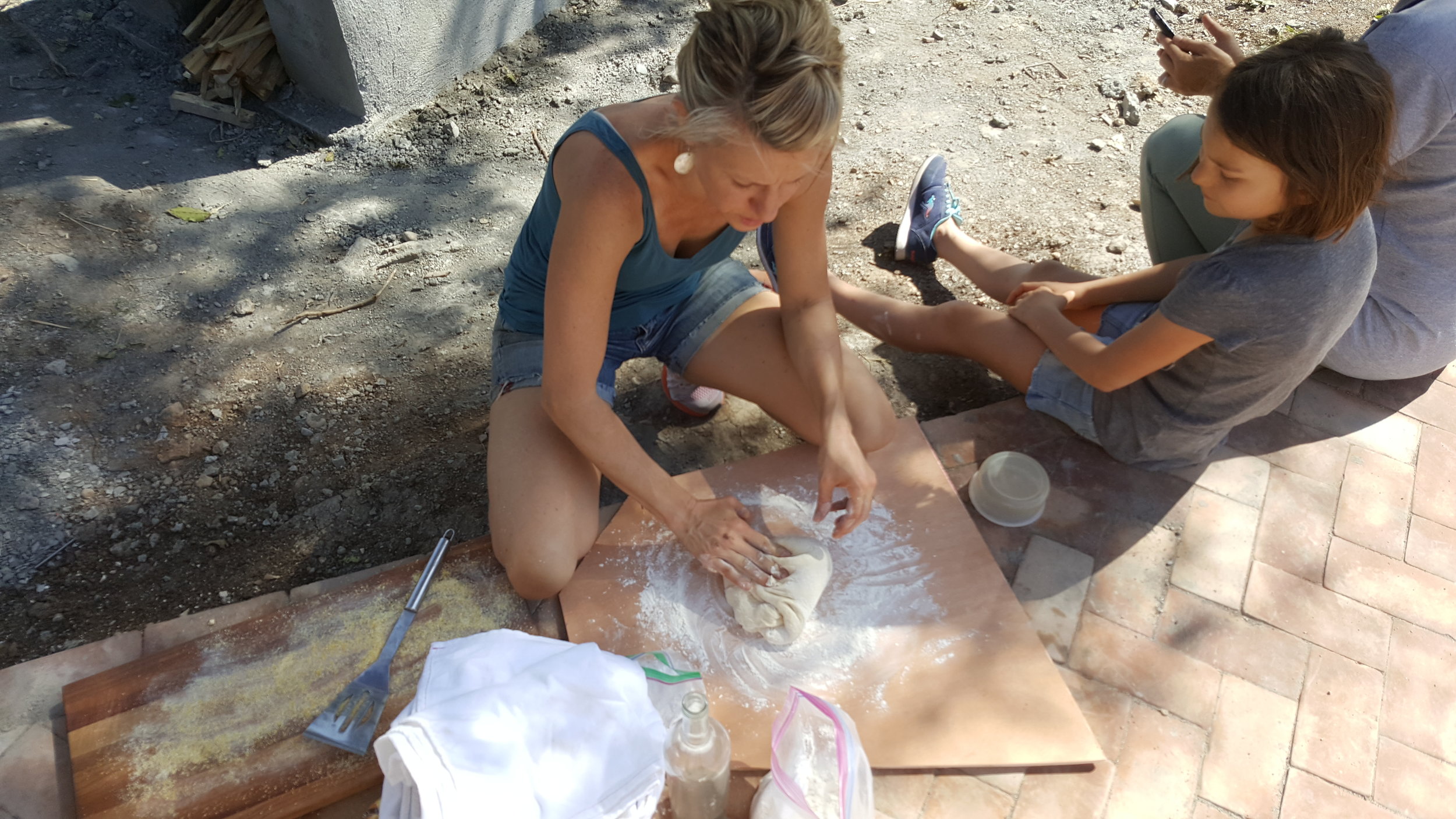
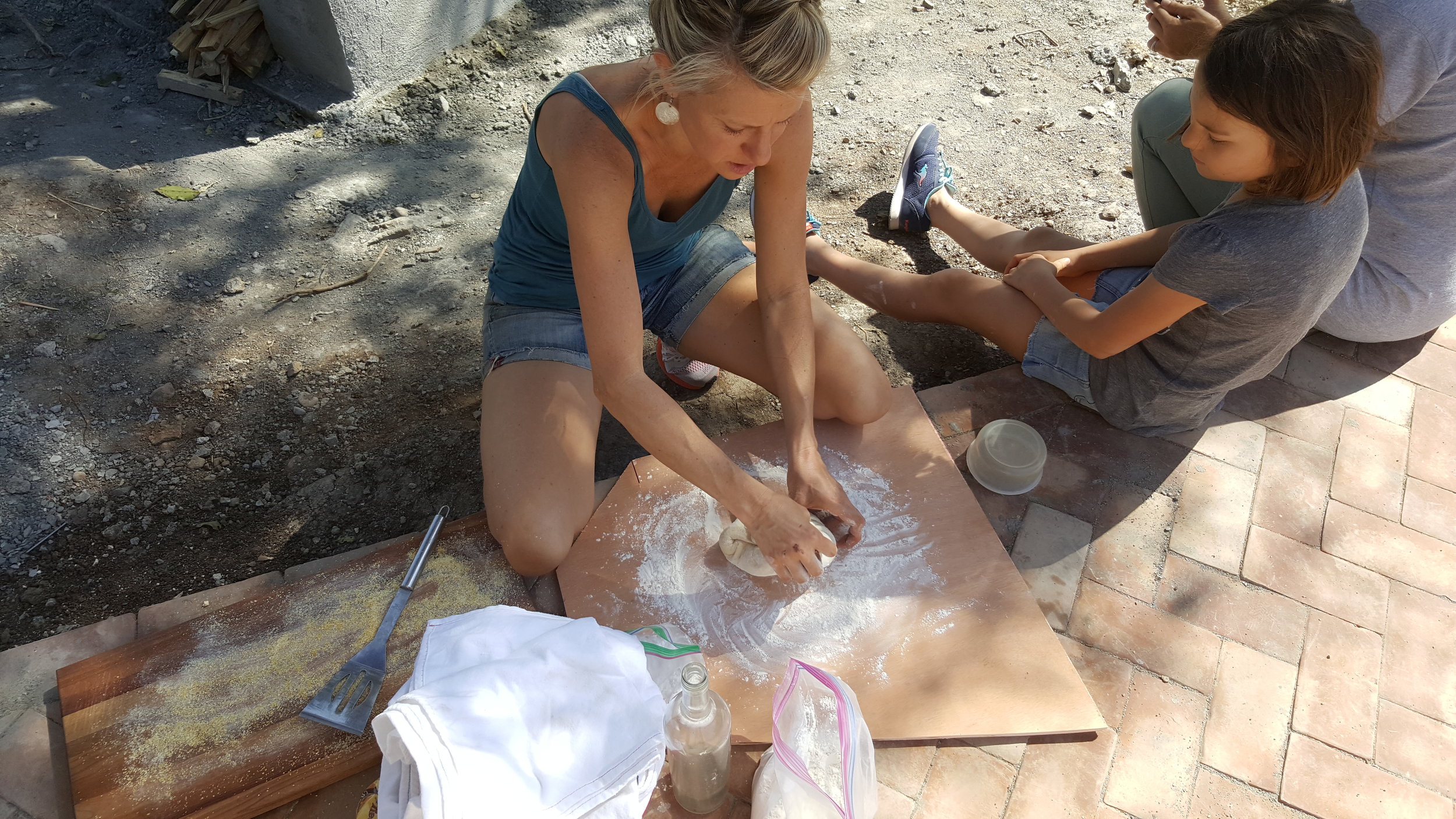
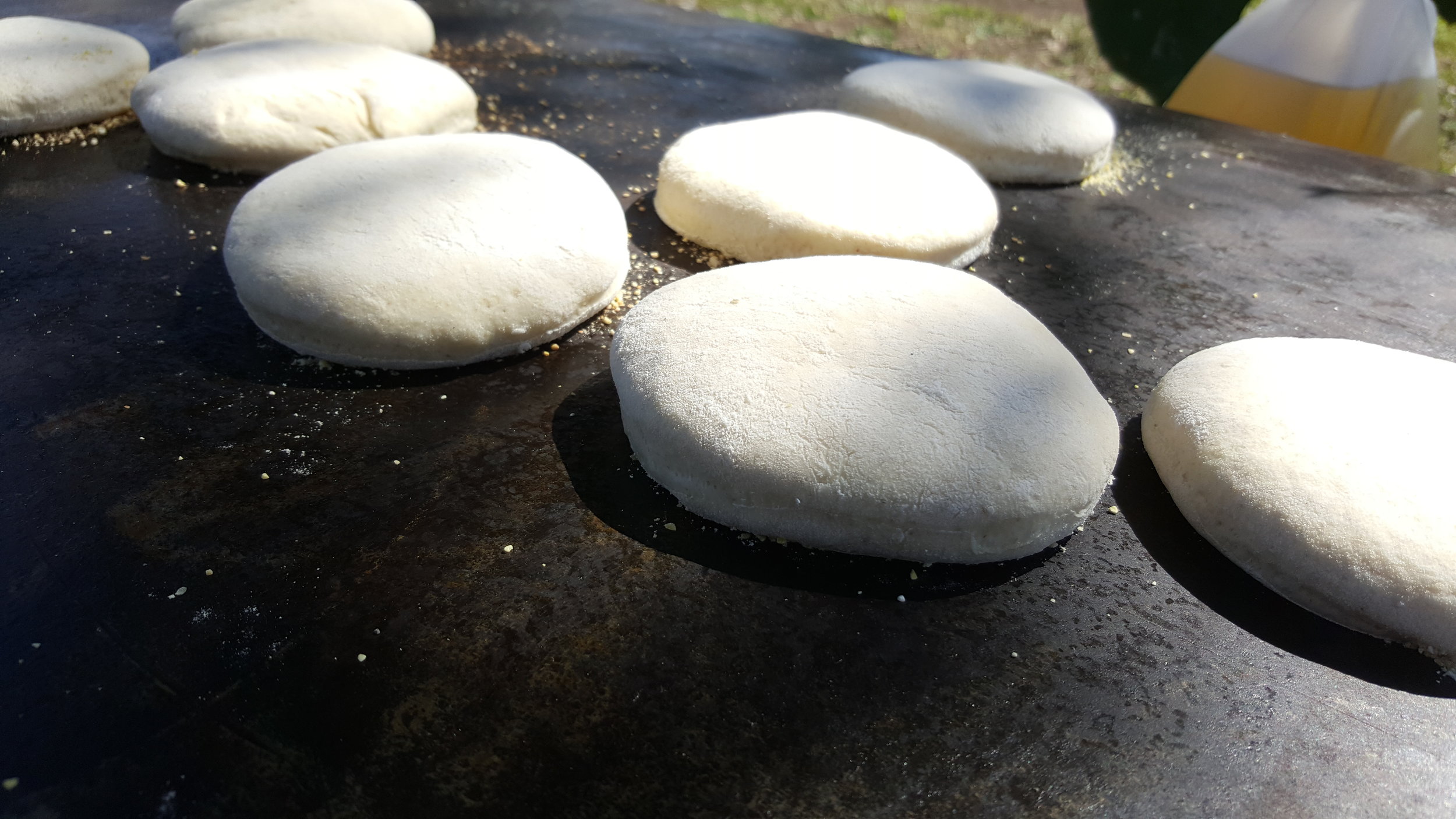
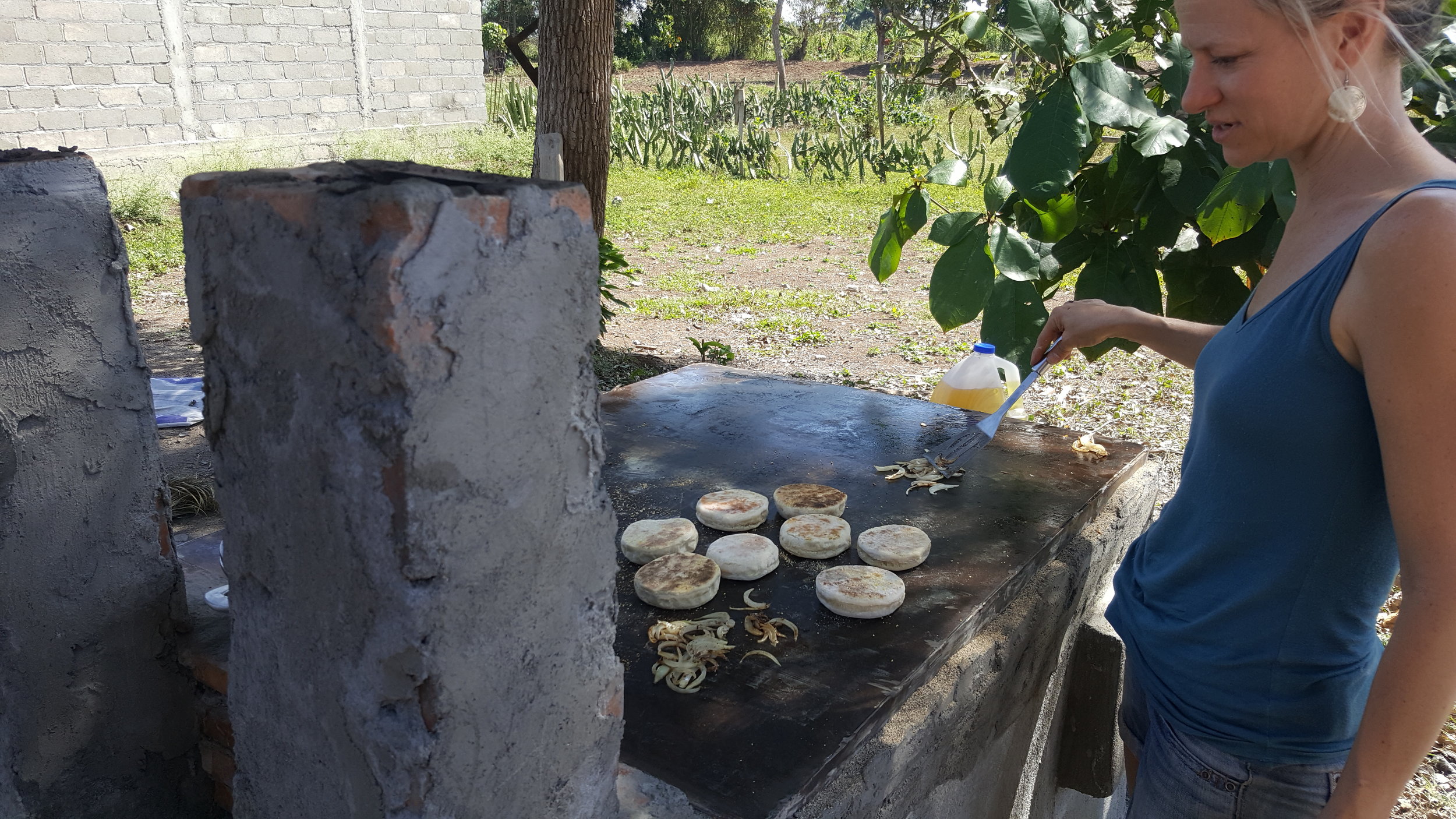
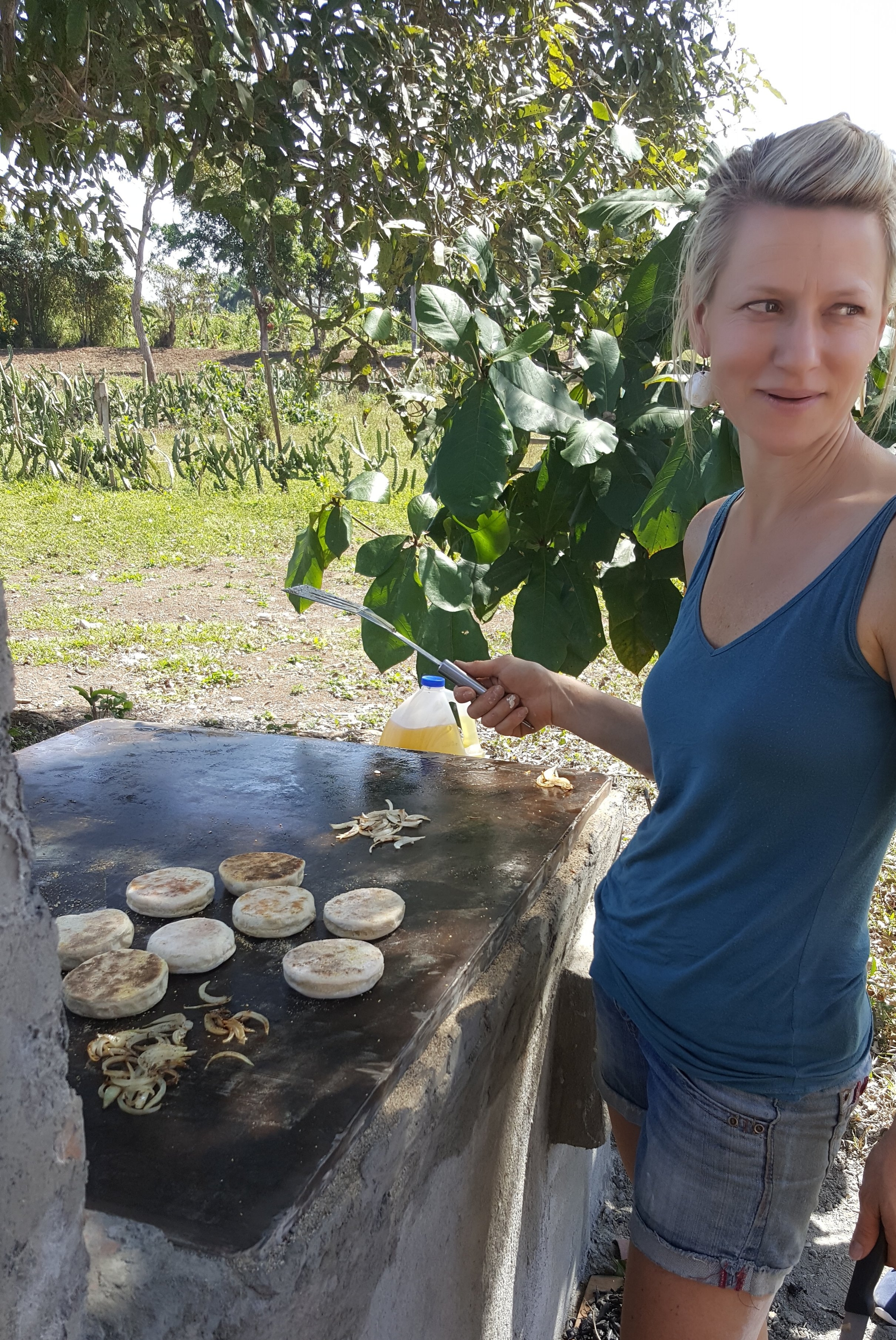


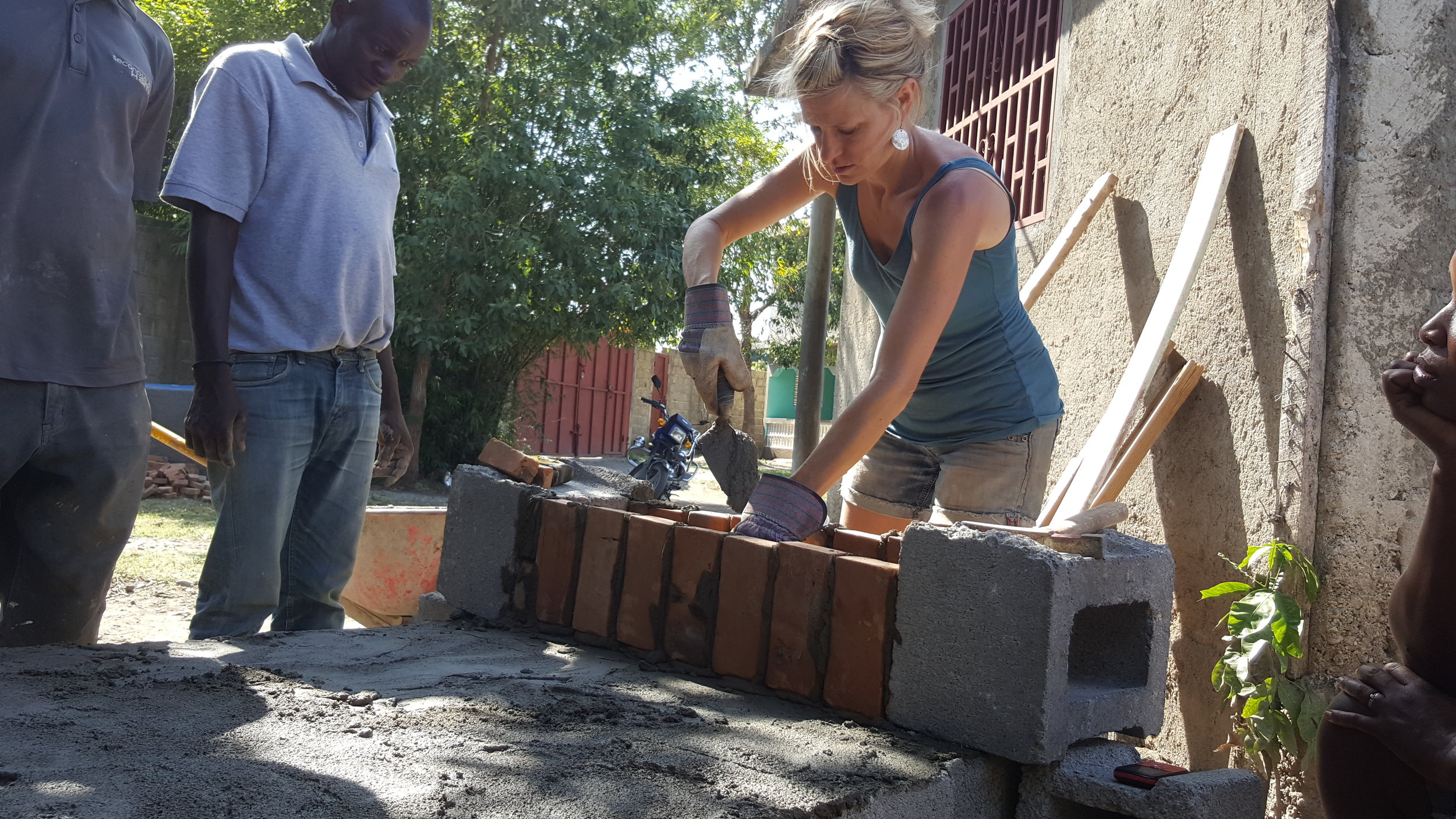
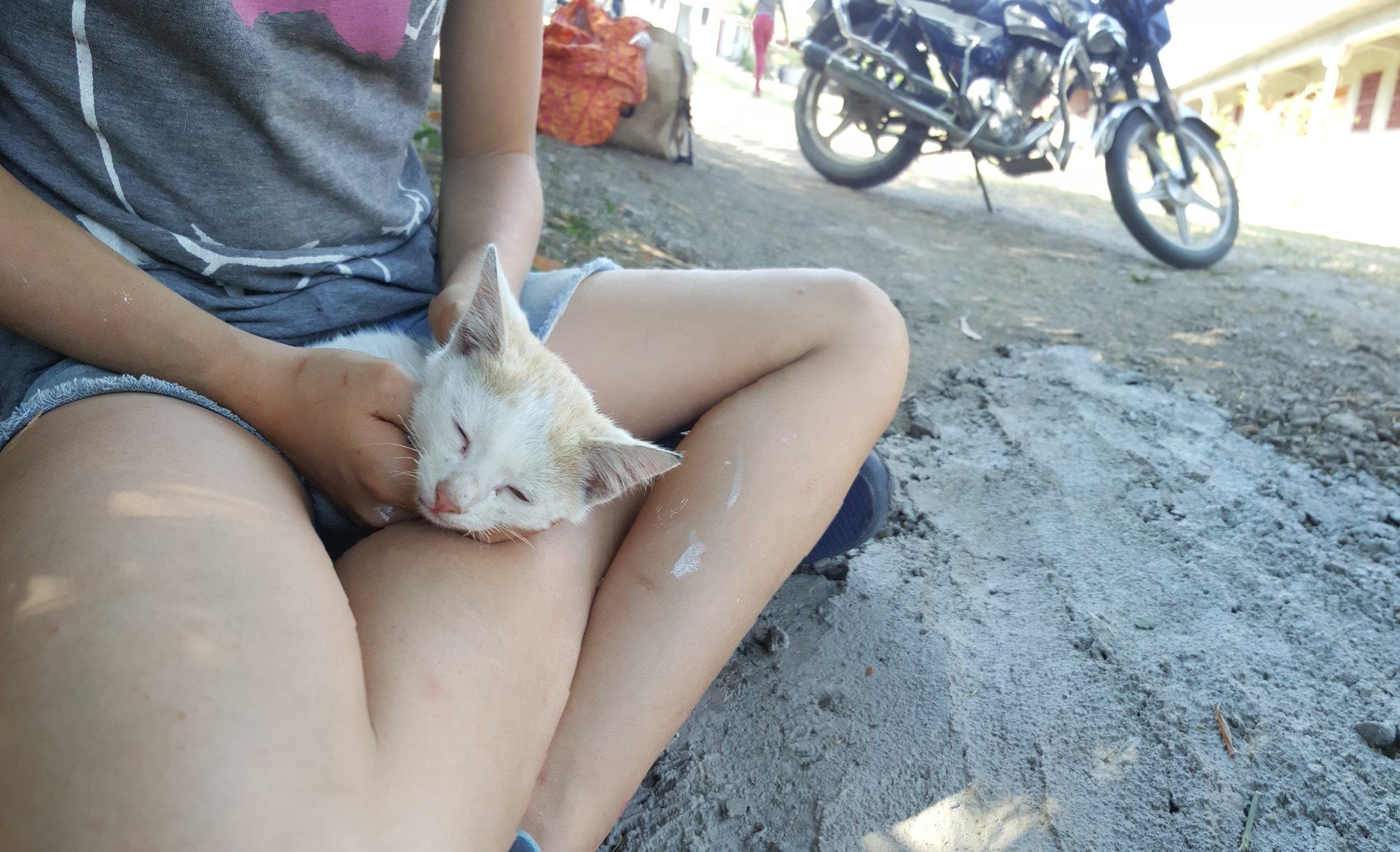
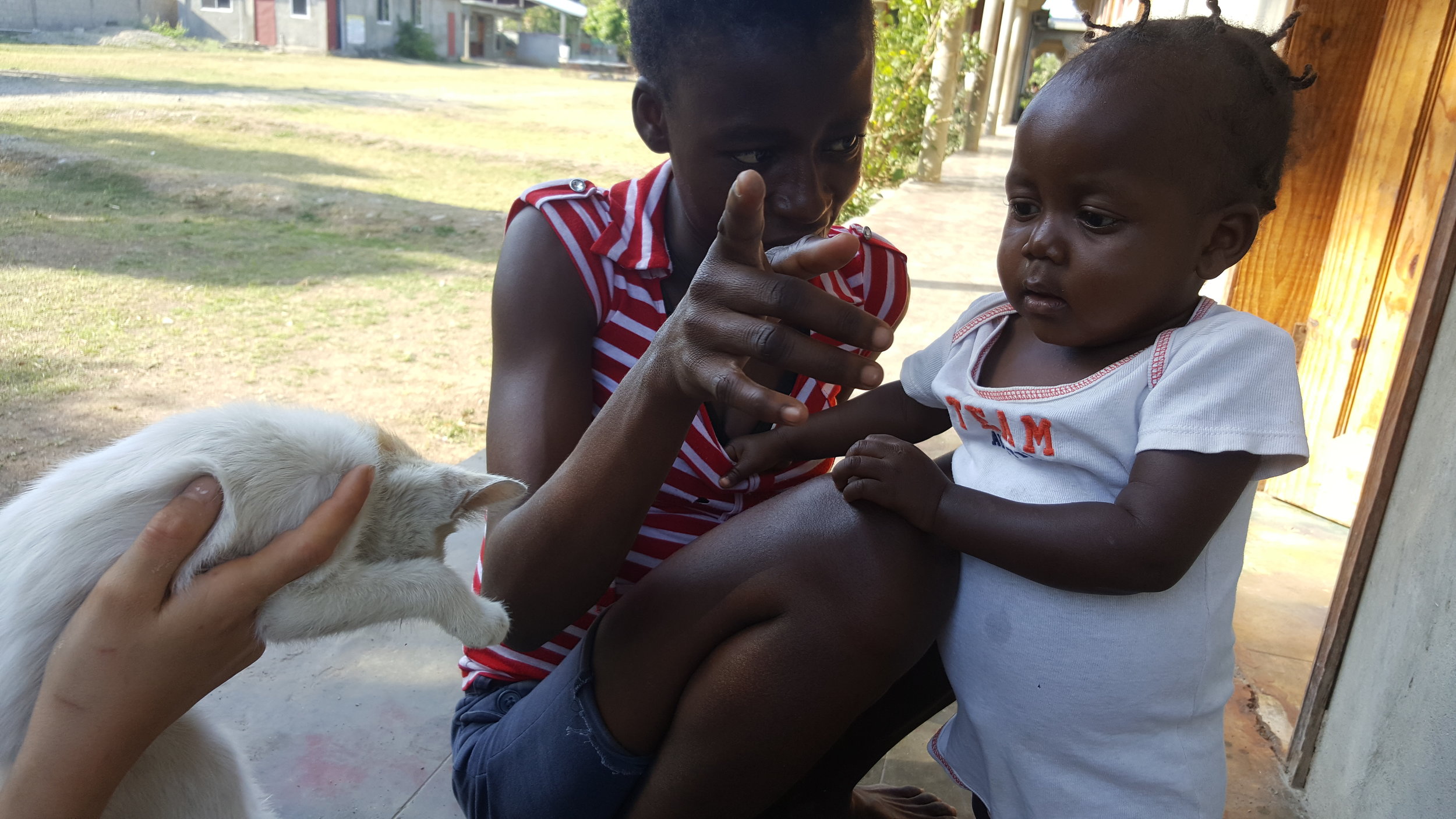

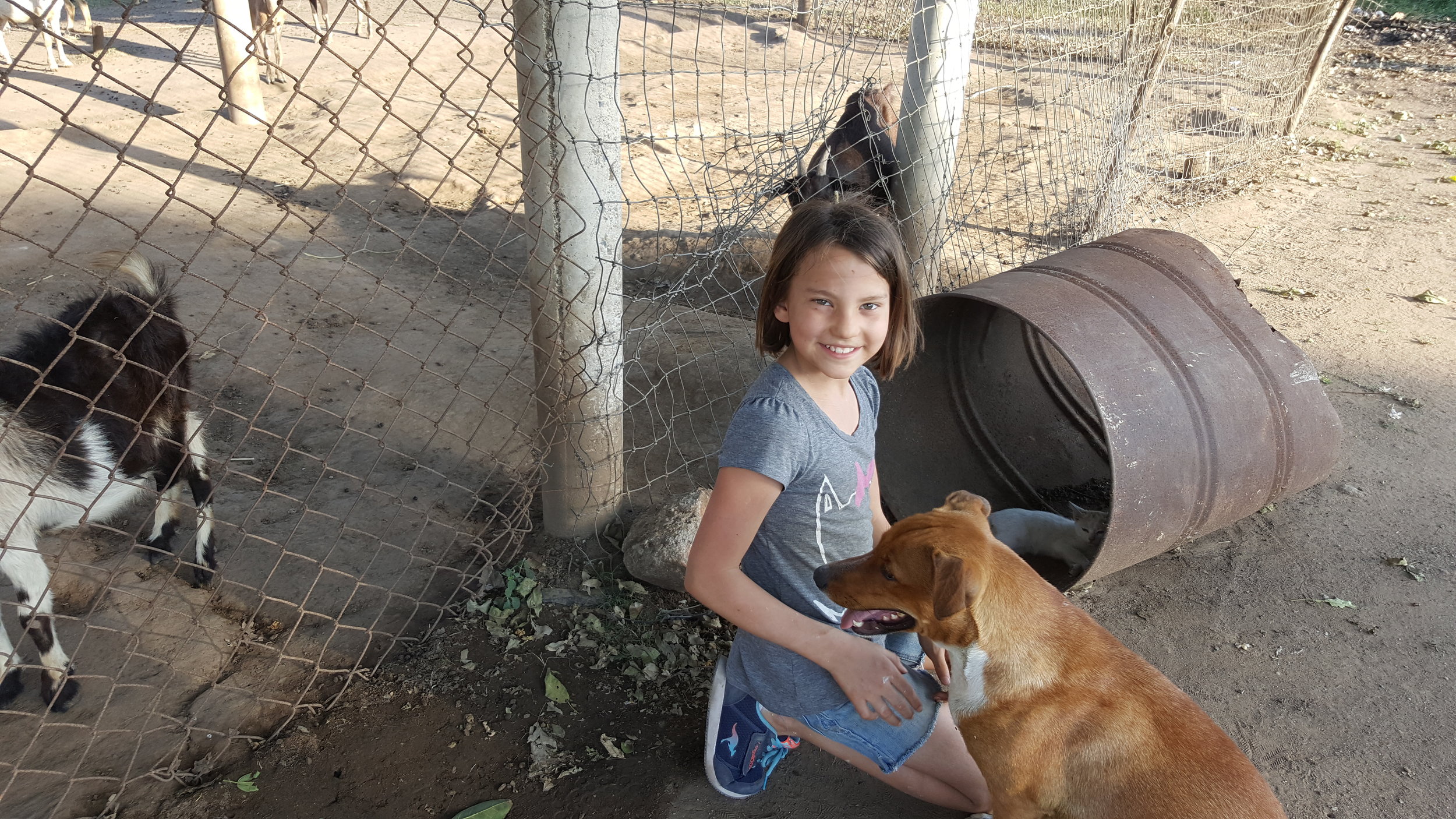
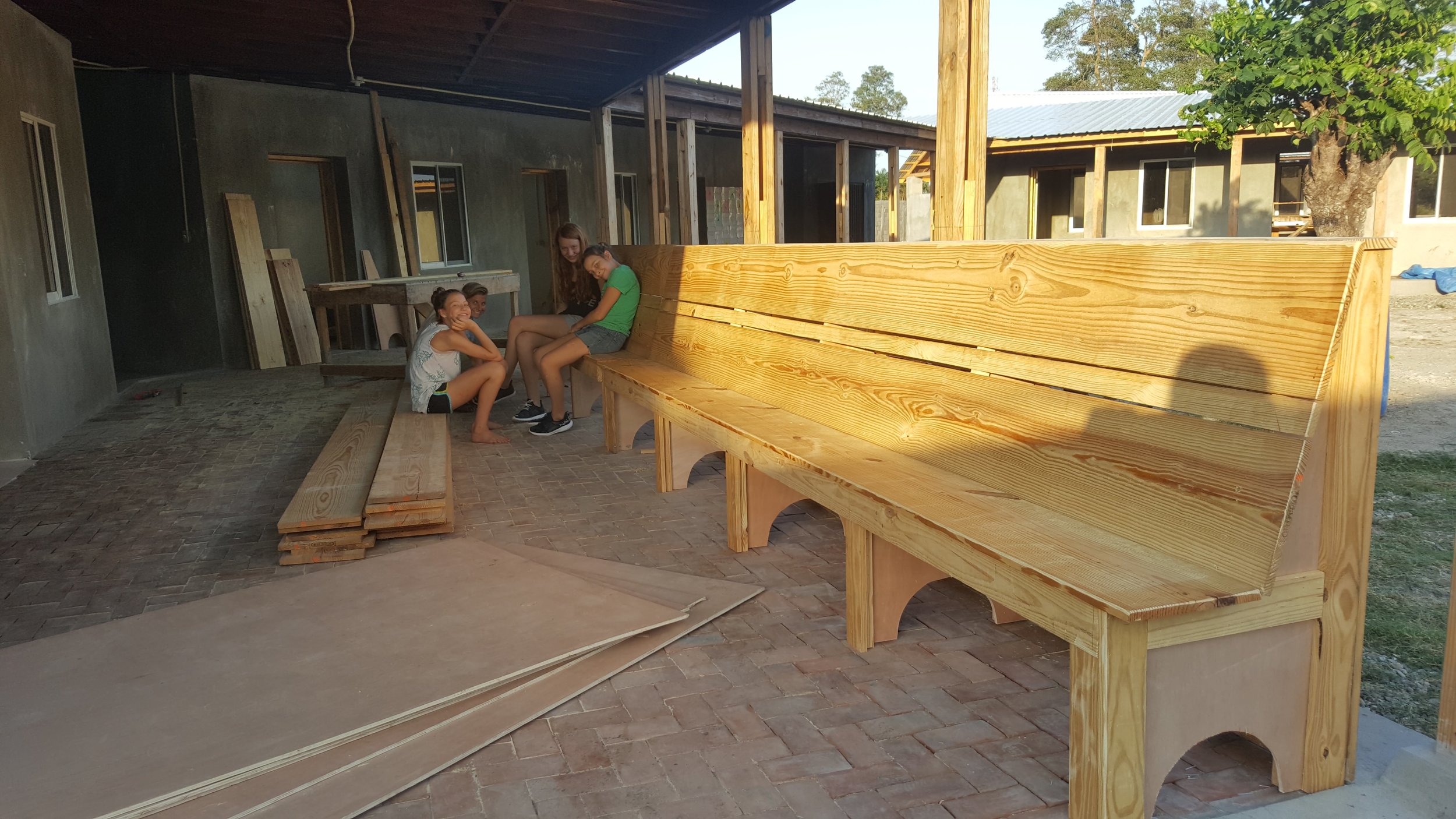
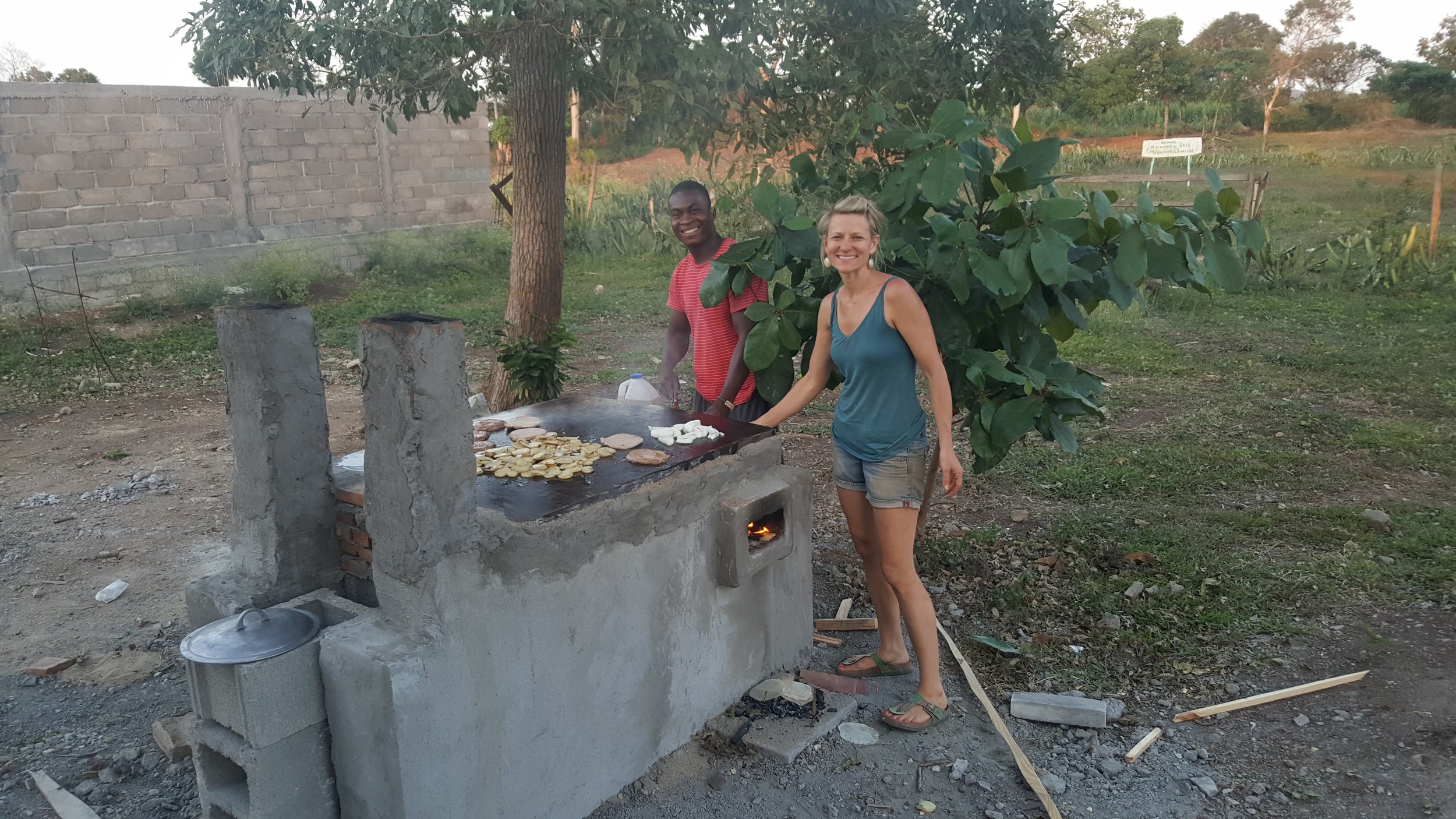
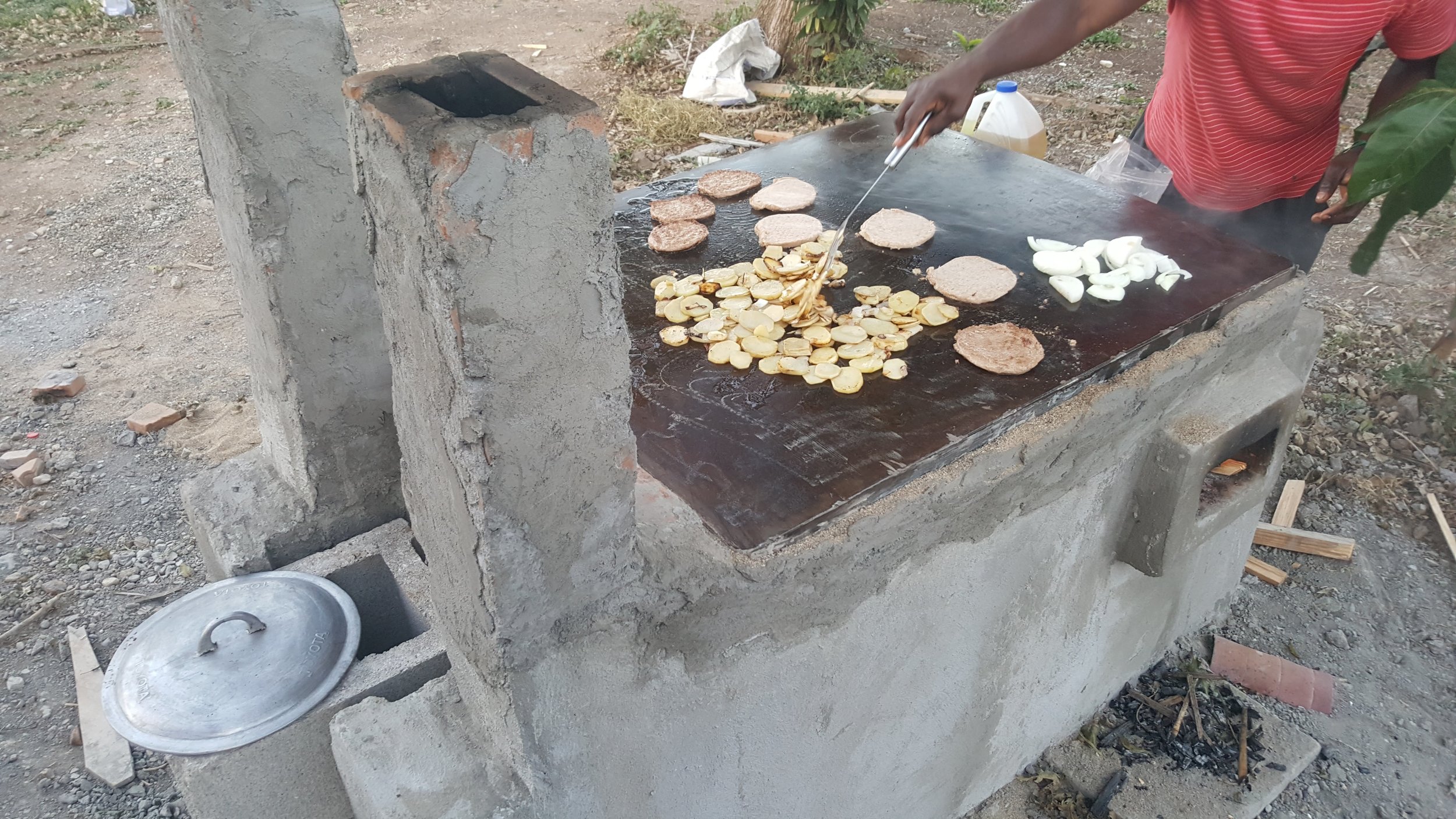
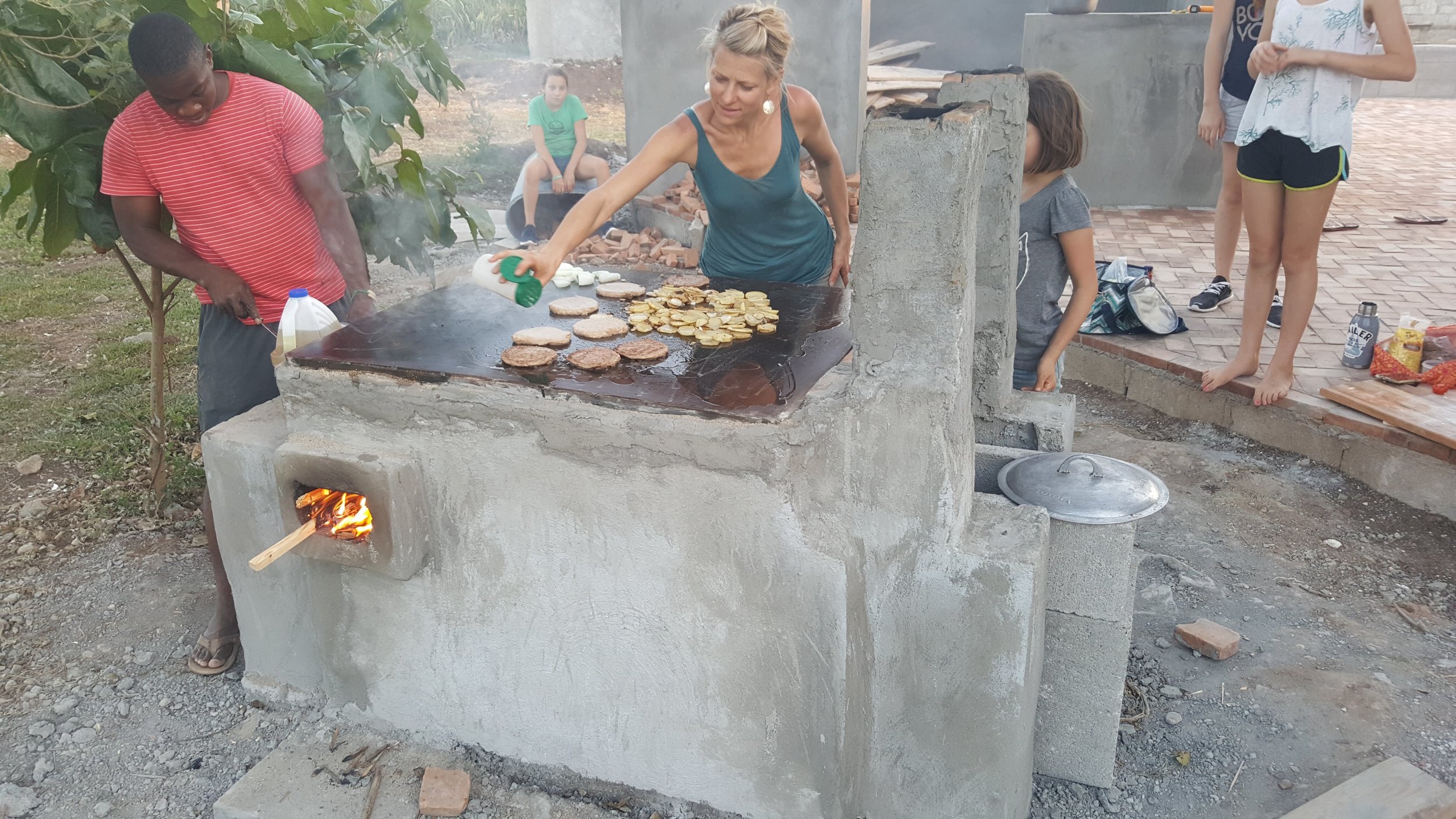
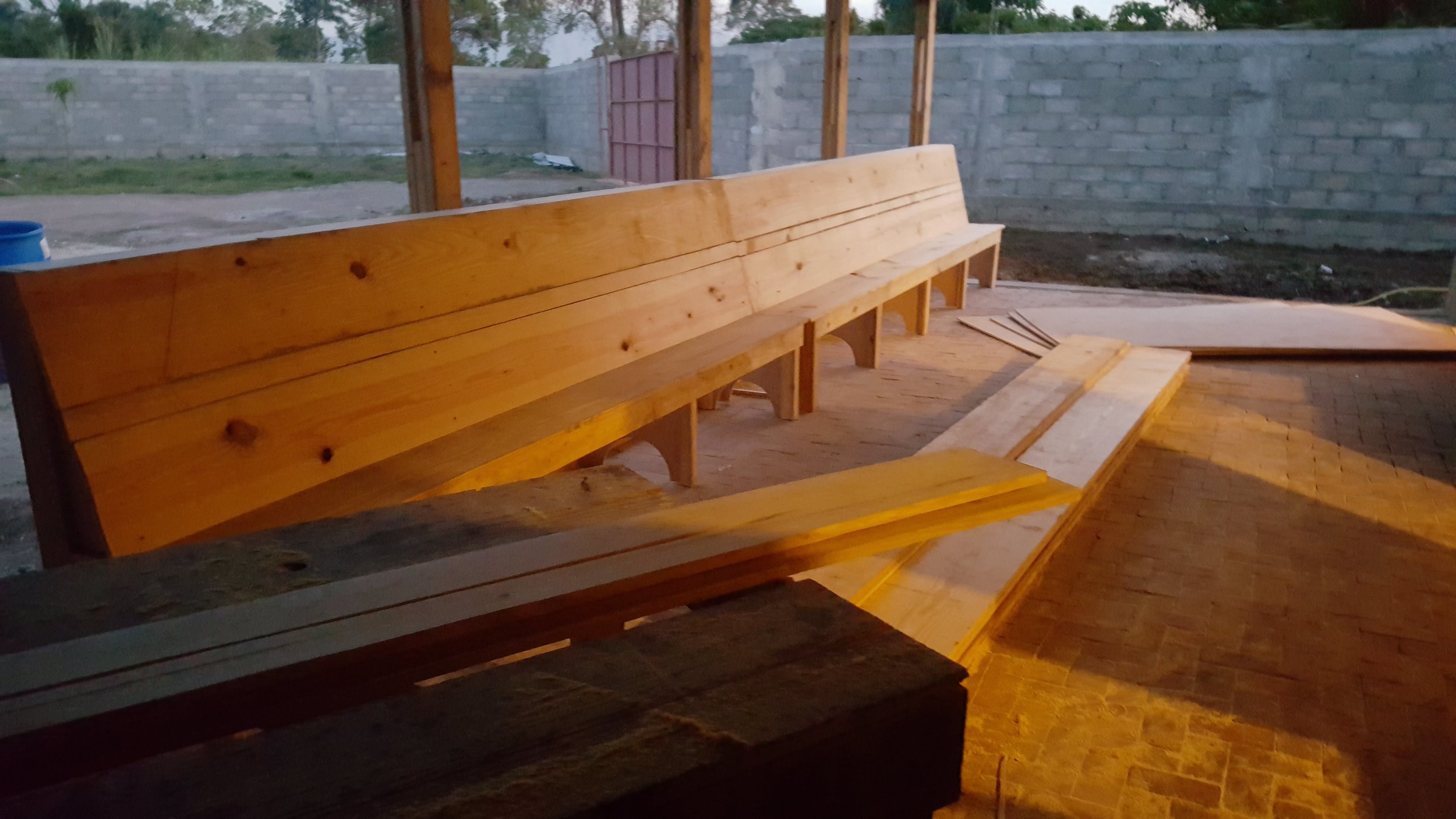
Wednesday morning we went exploring. Sitting atop the highest nearby mountain is the Citadelle. This historical wonder is a UNESCO world heritage site. It is one of the largest fortresses in the Americas, built over 14 years, completed in 1804 by the leader of the Haitian slave rebellion. Haiti was the first slave population to overthrow a colonial power. The Citadelle is about 5 miles up the mountain from the town of Milot below. Once we drove up to the top, we hiked another mile straight up. We were simply amazed by the history and beauty of this place!
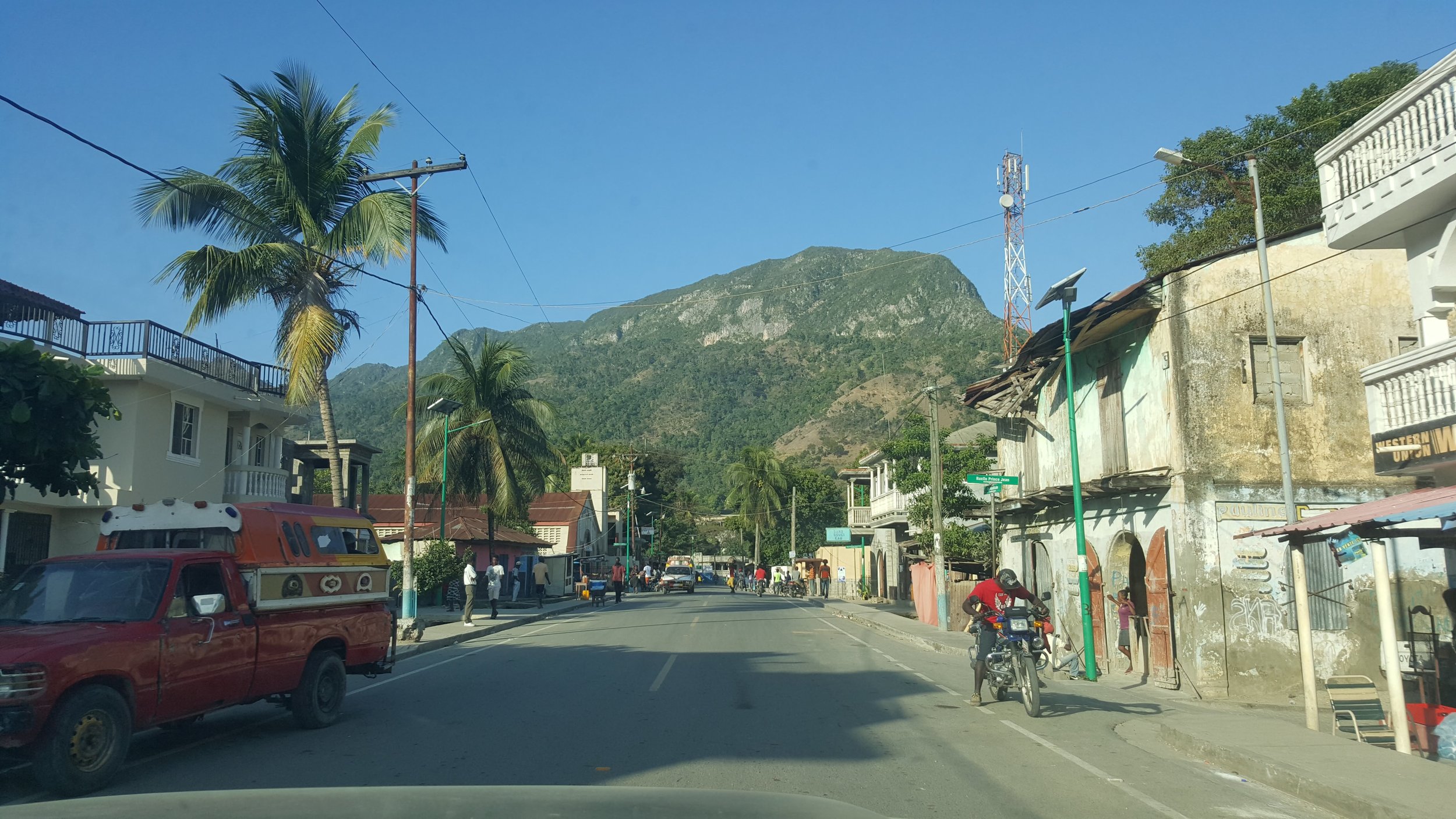
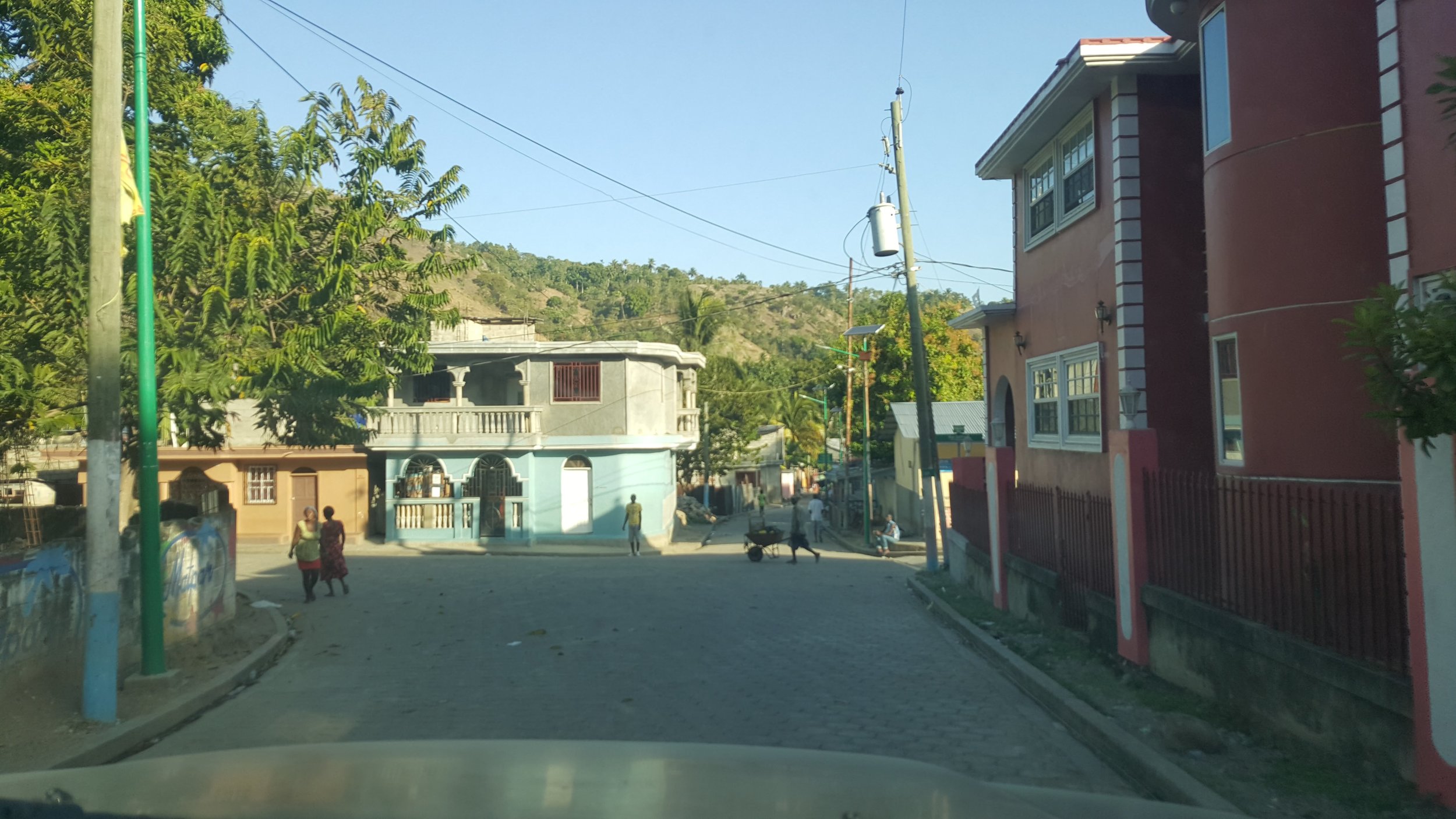
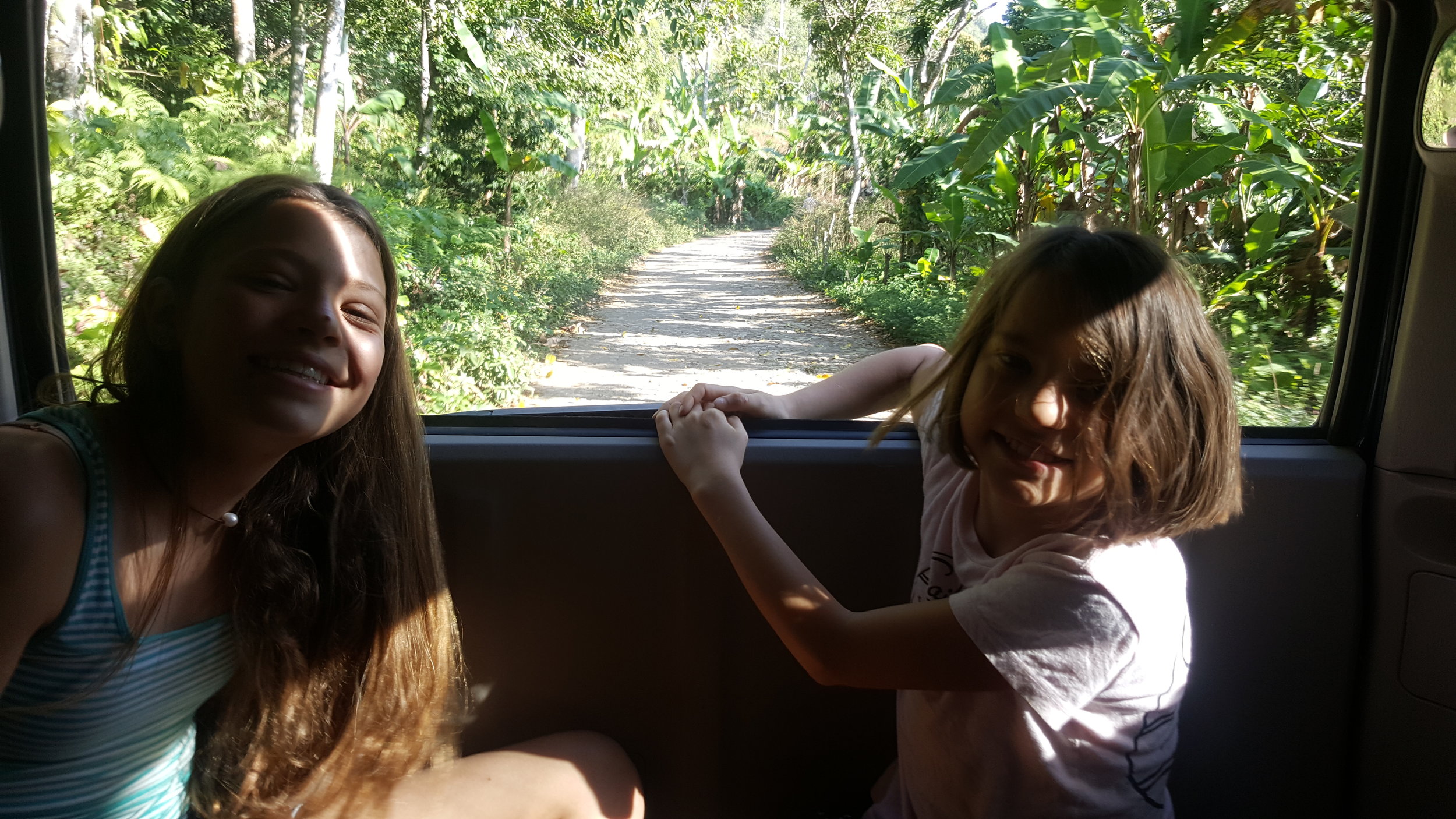
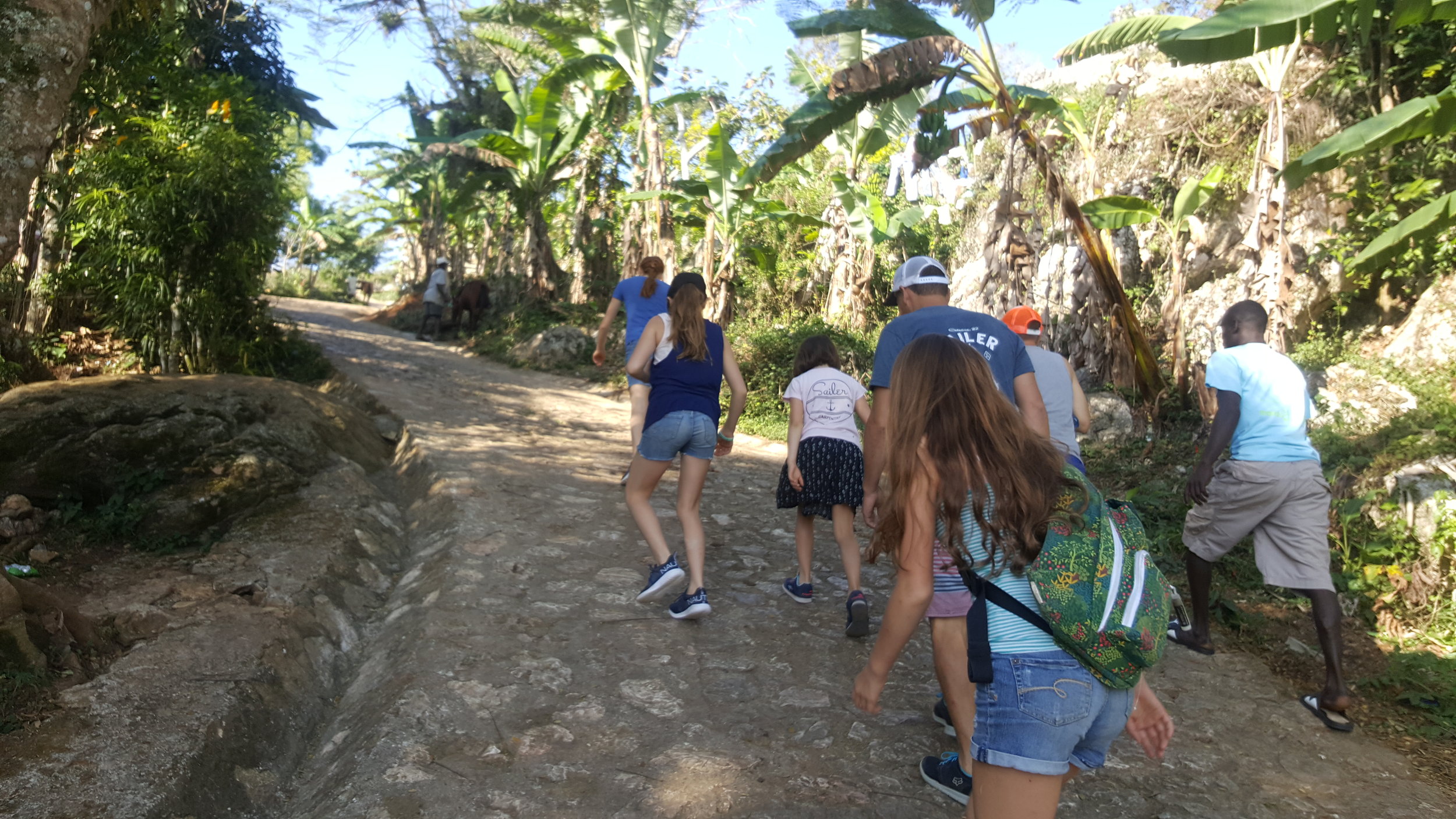

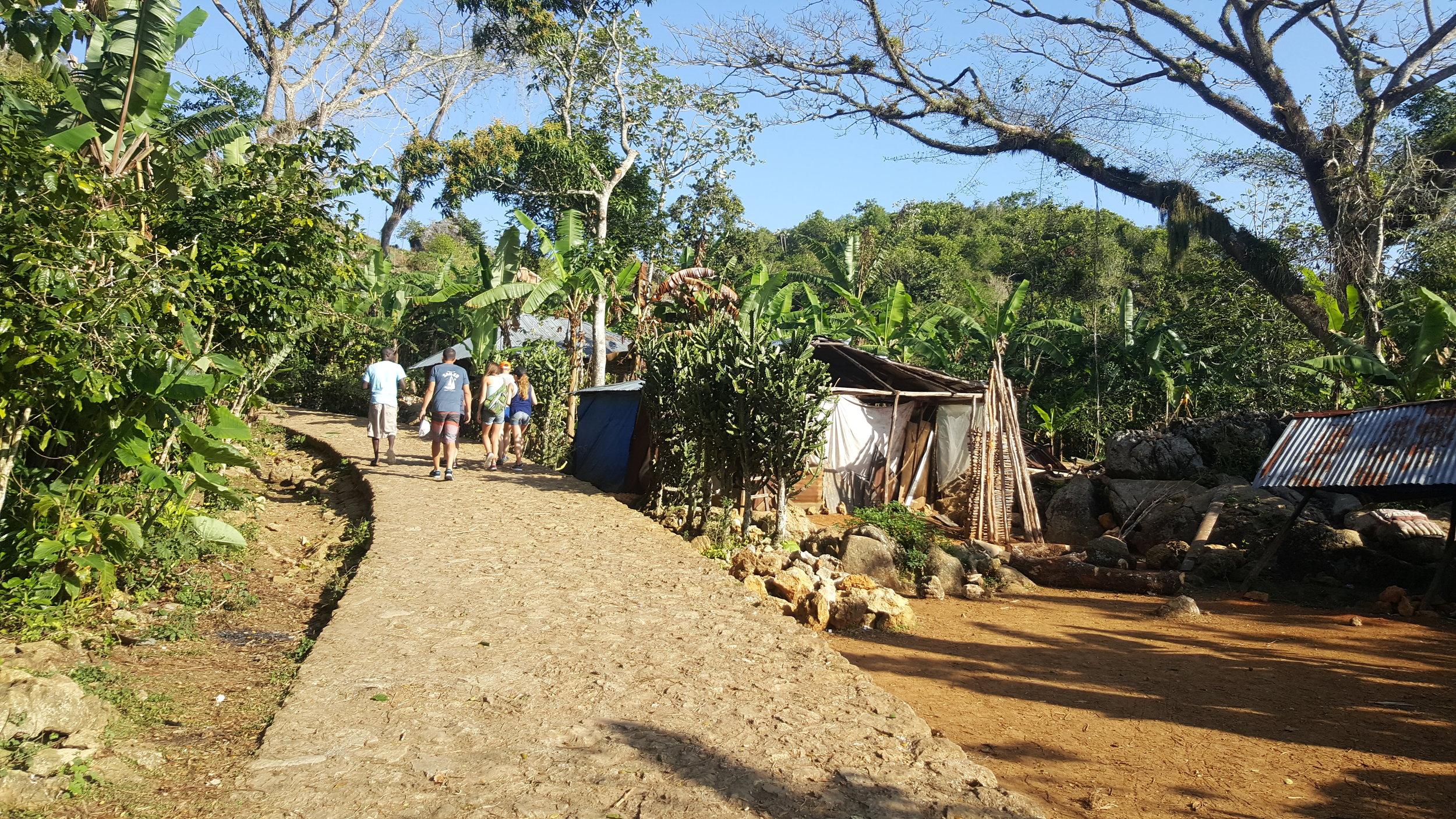


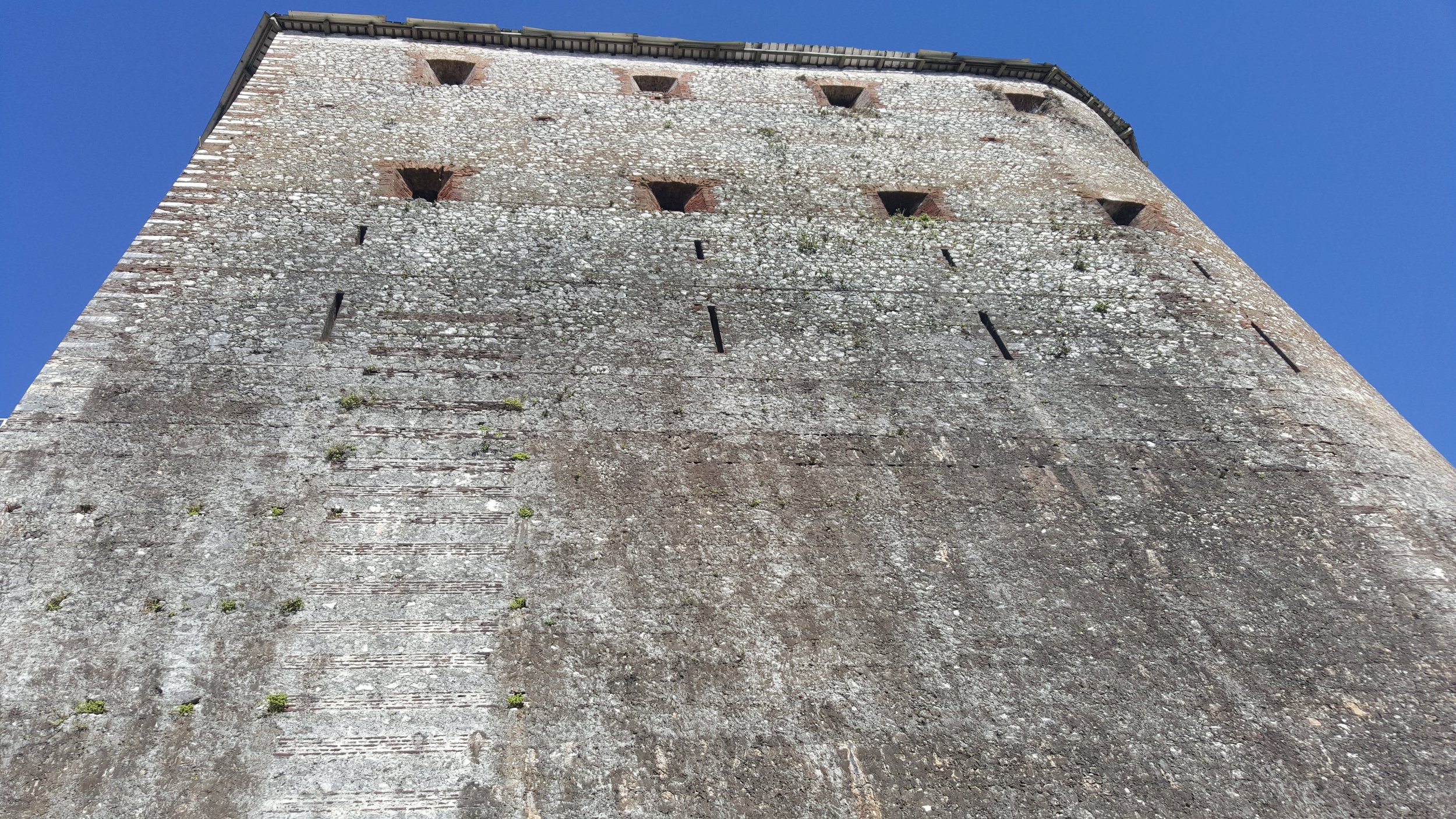
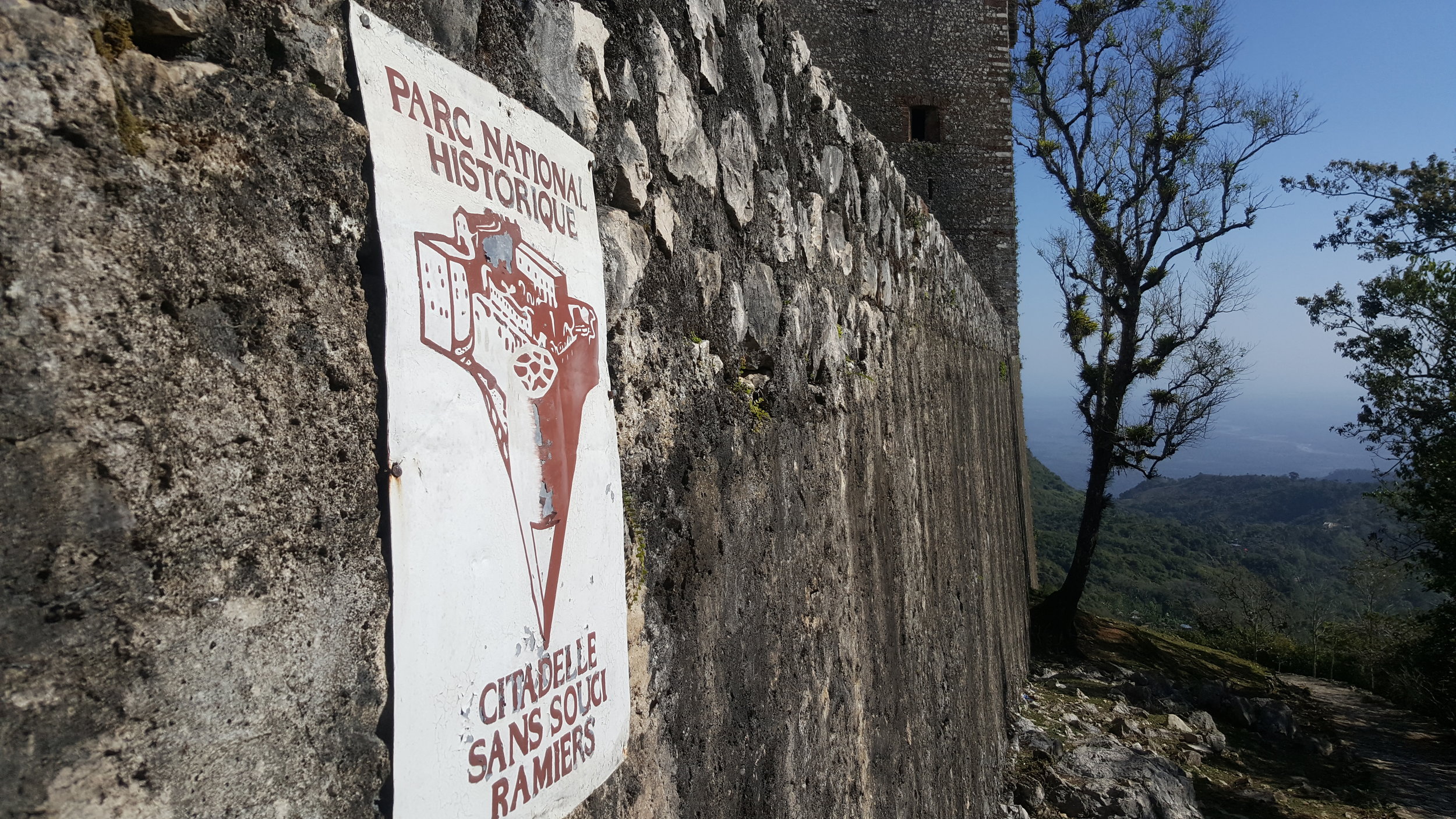
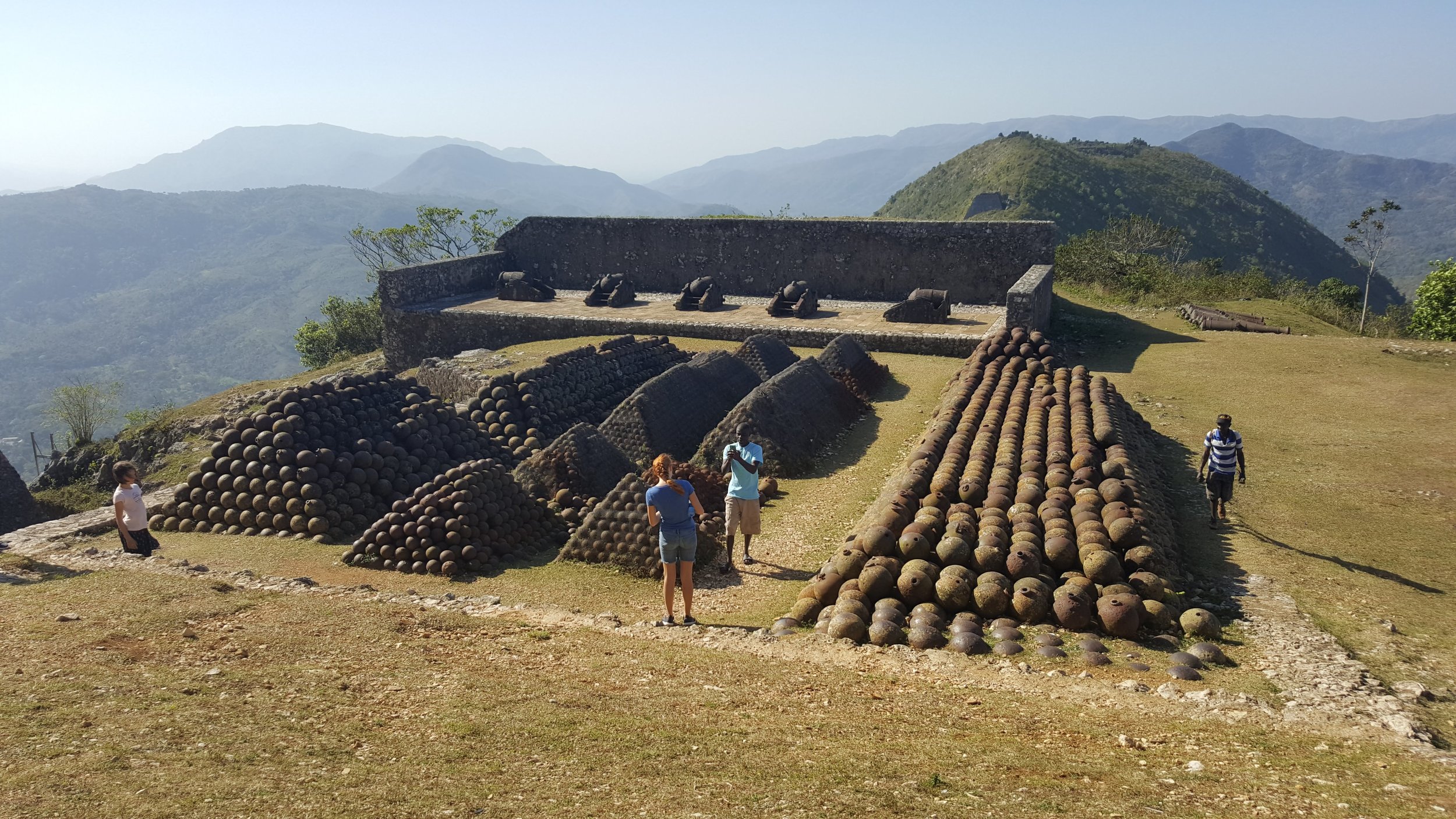





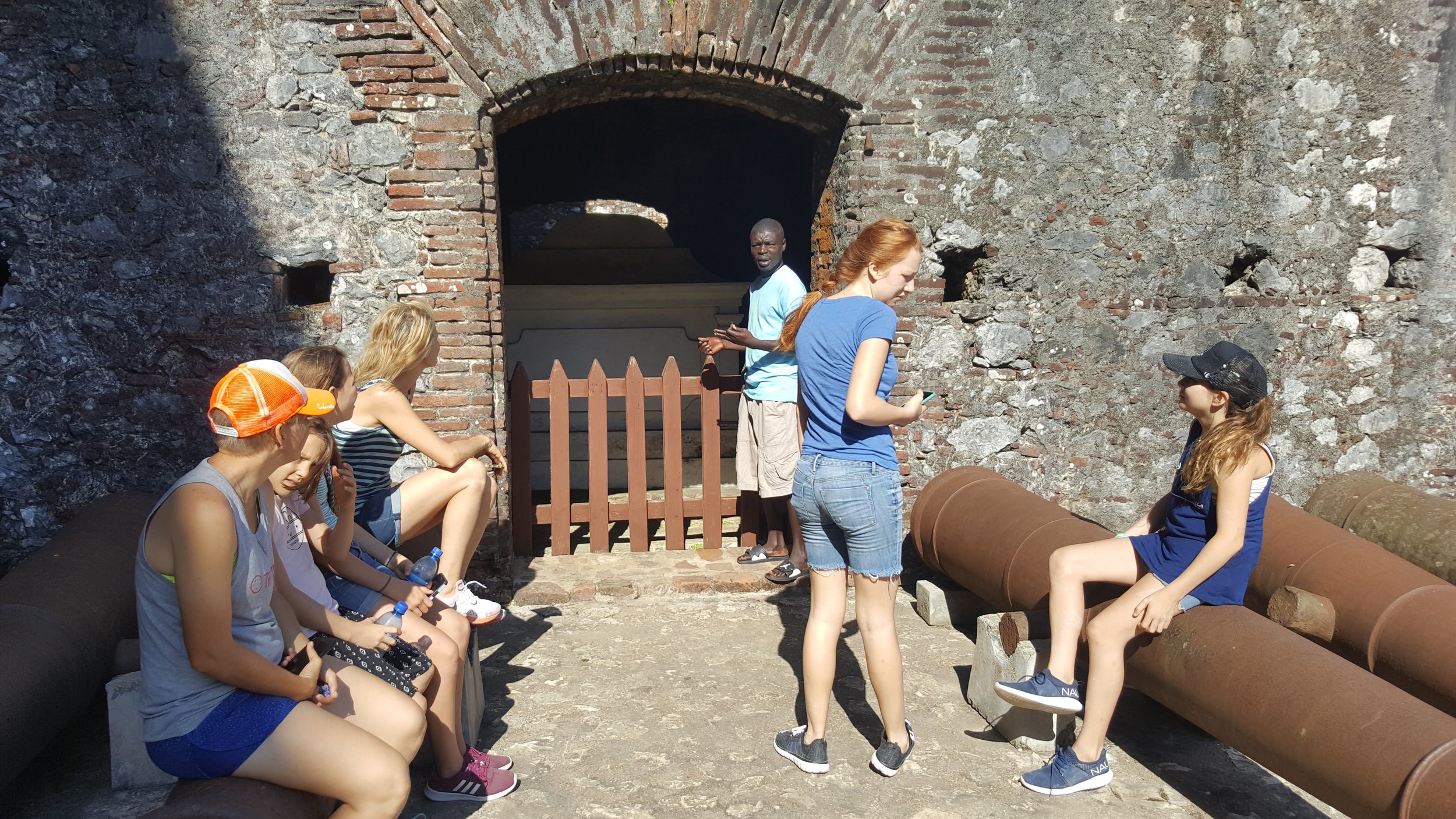
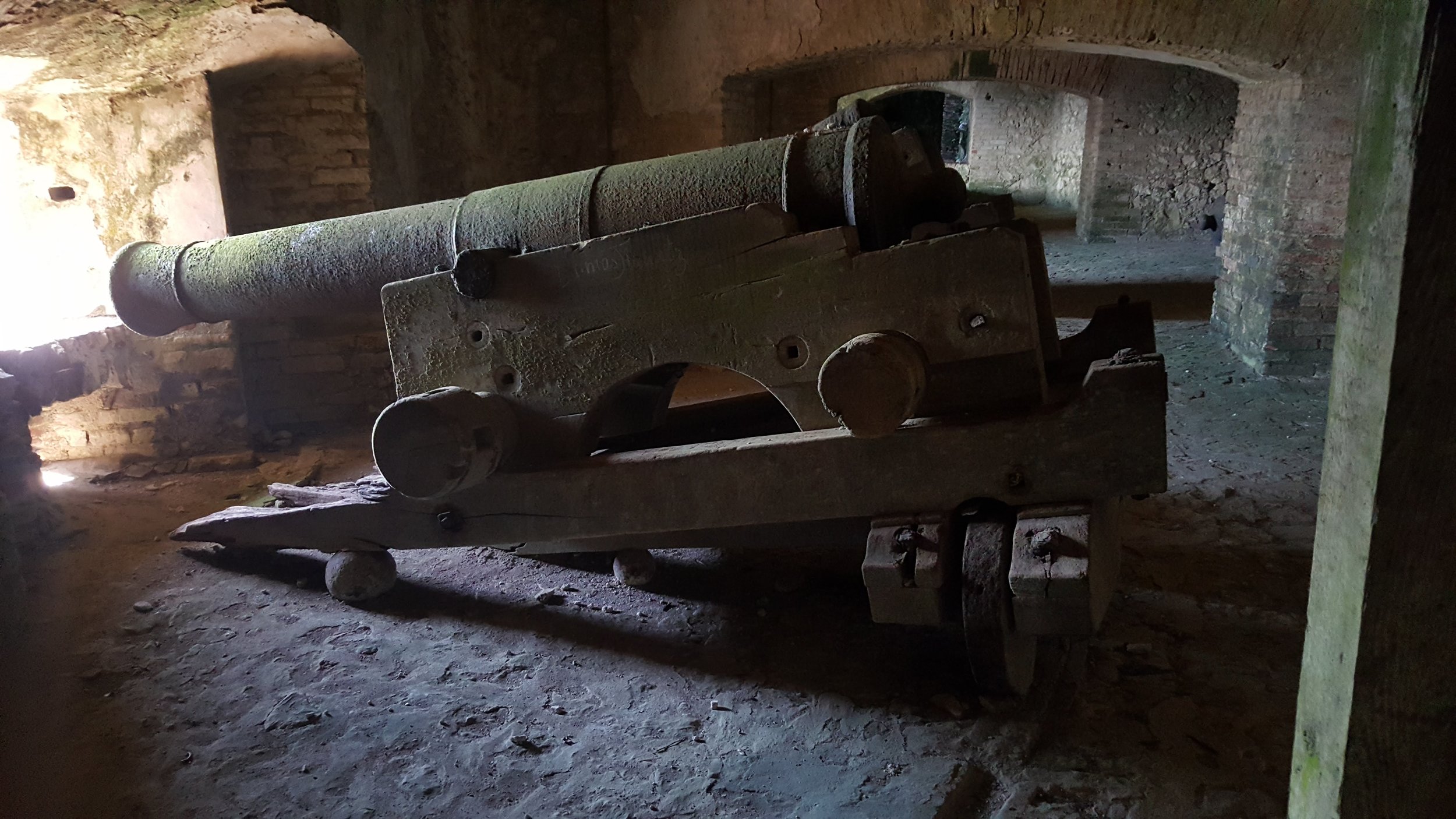

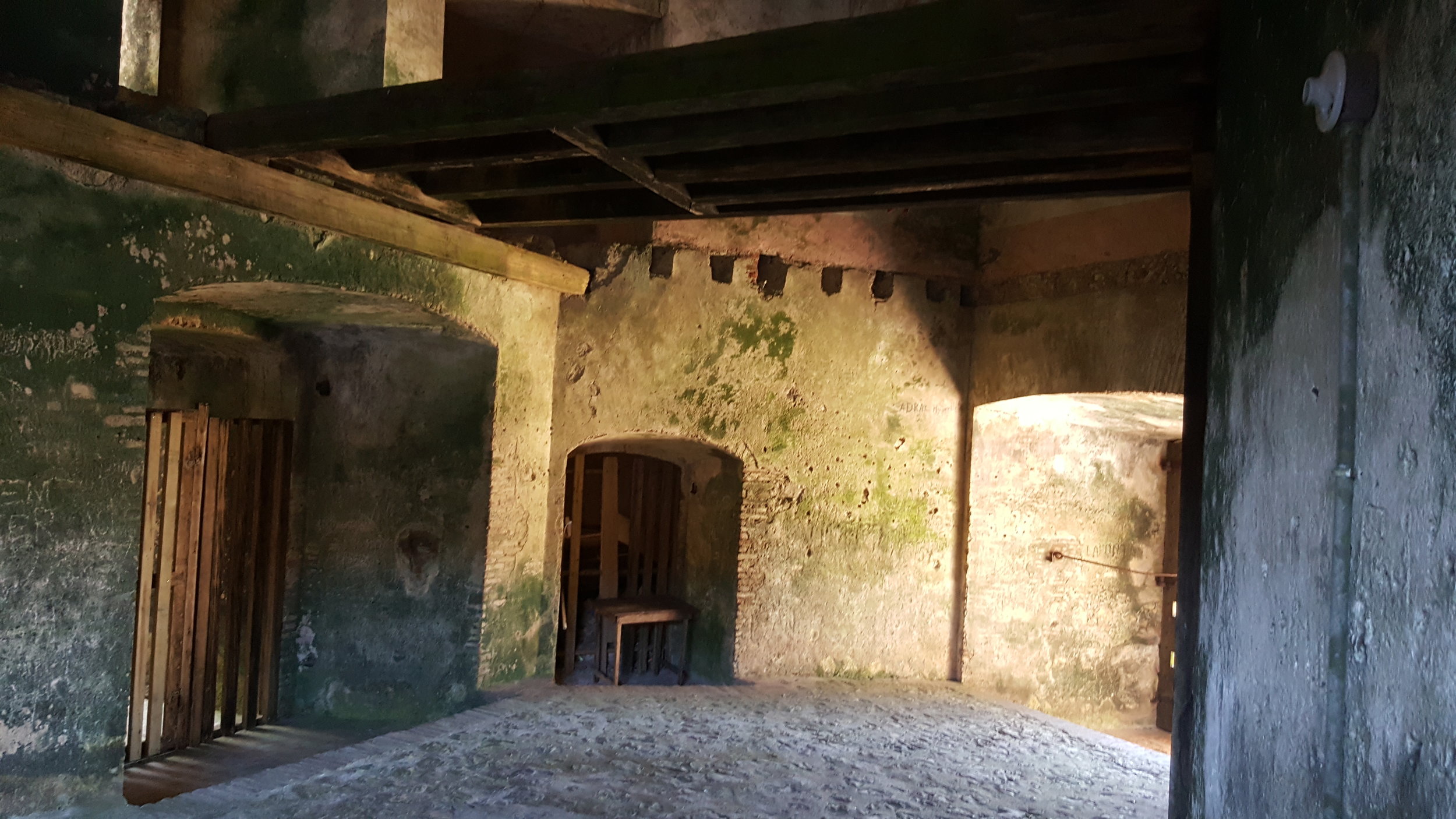
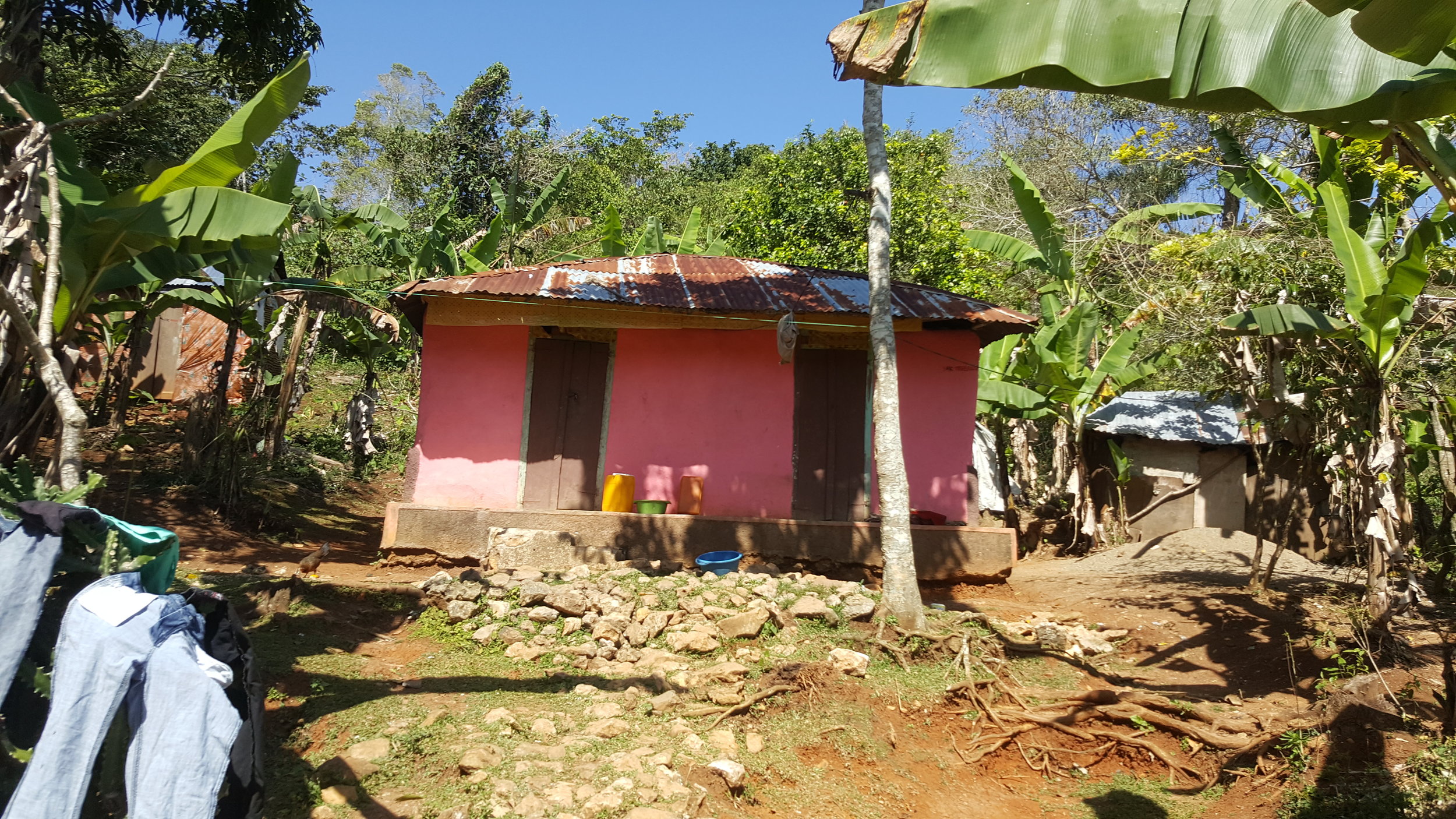
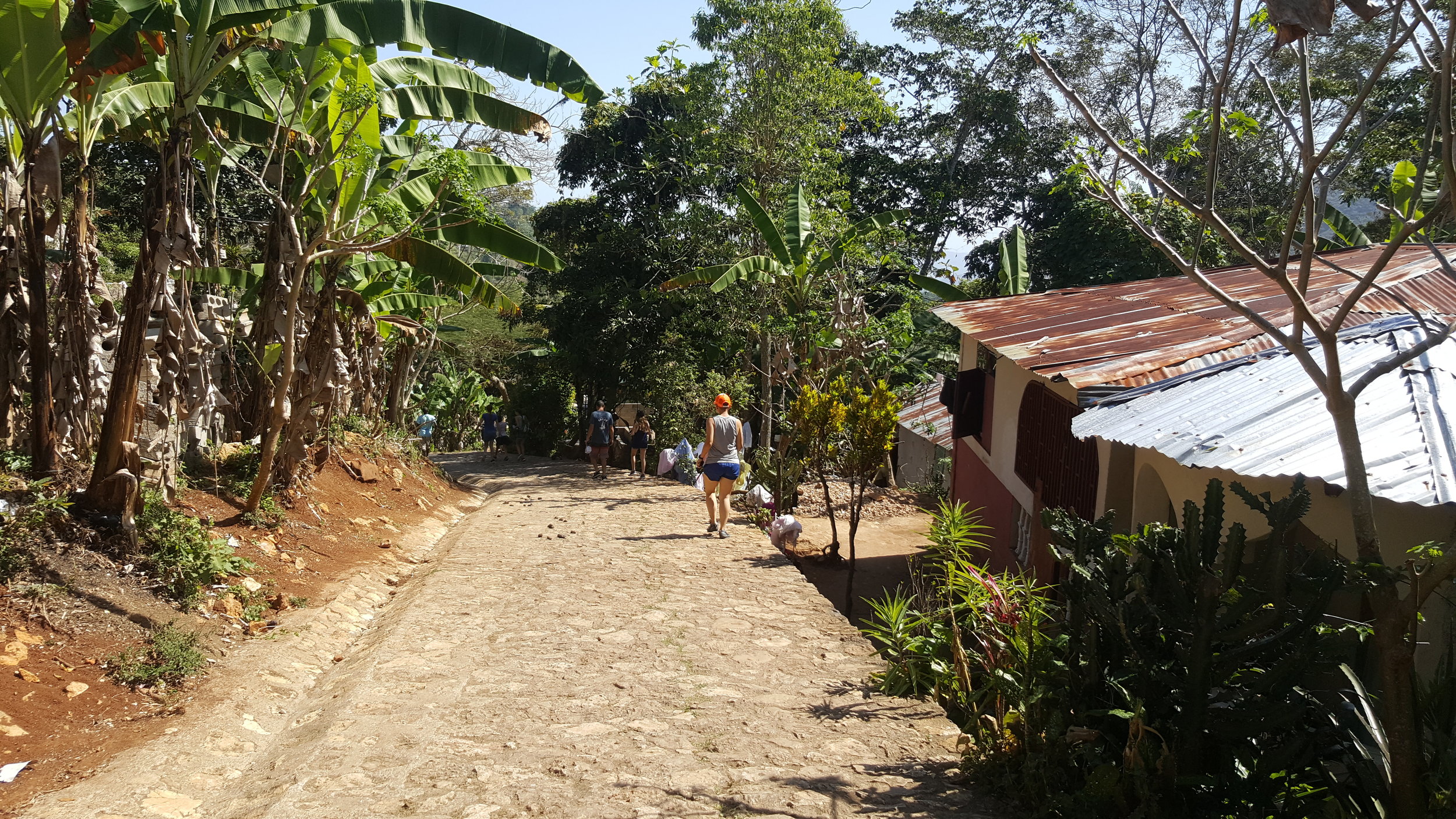
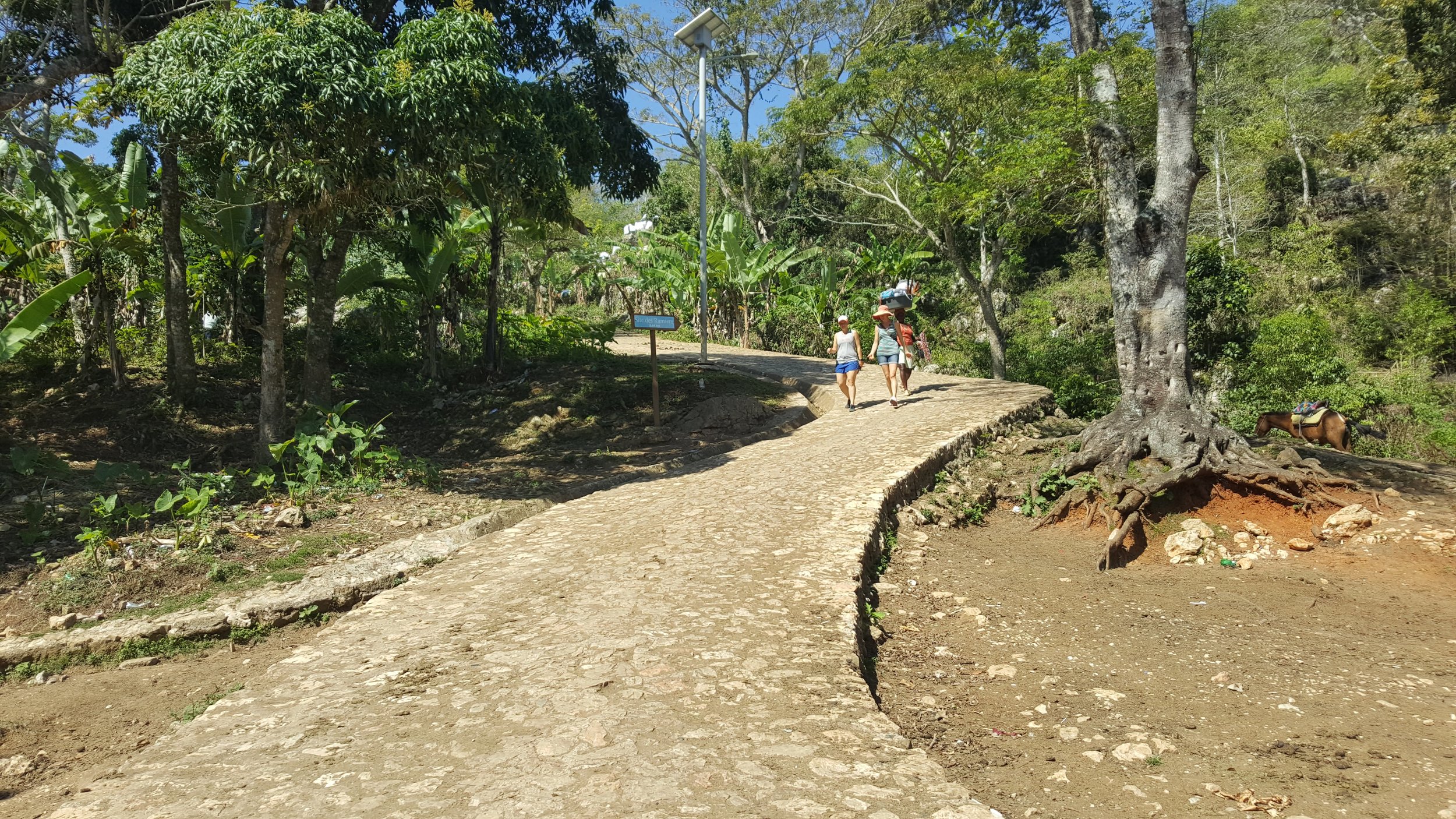
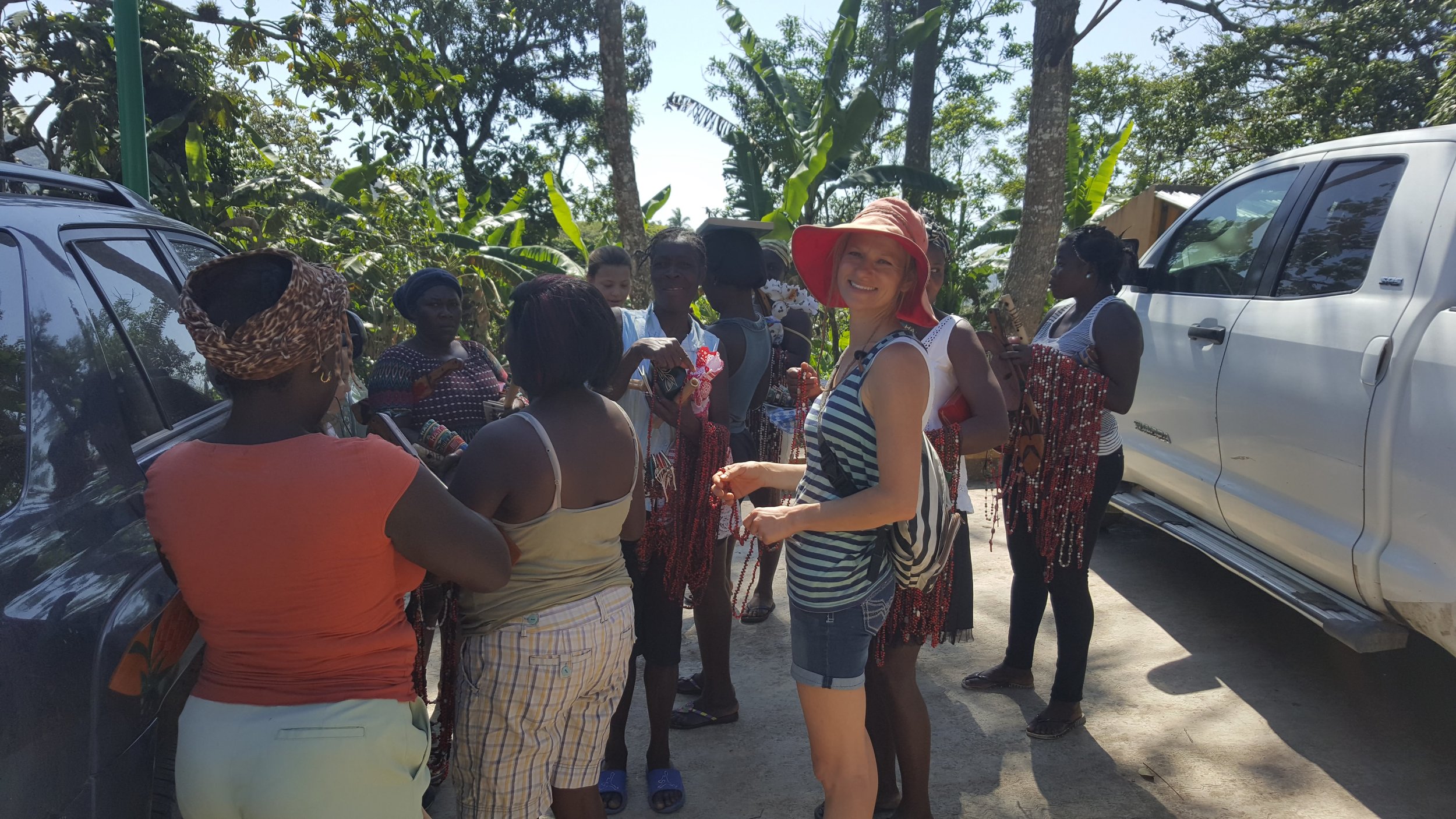
The rest of the afternoon I jumped back in on the griddle with the guys while Jeremiah worked on more benches at Strong Start. Amy and I stopped into the market for some flour so that we could test out the sourdough using locally sourced ingredients. Jenn and Amy treated us to dinner out in town, and I went home to mix up some dough with the Haitian ingredients.
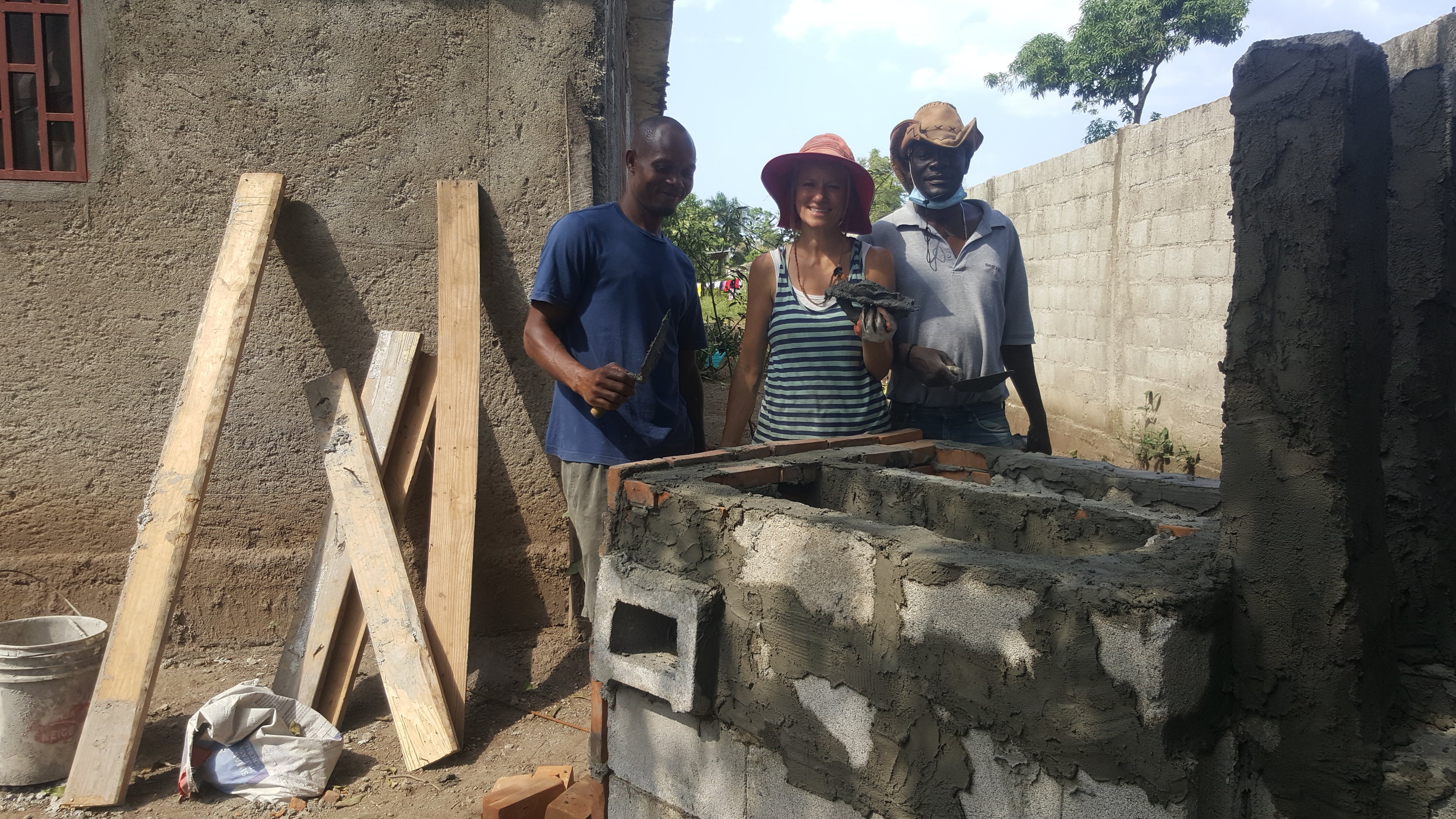
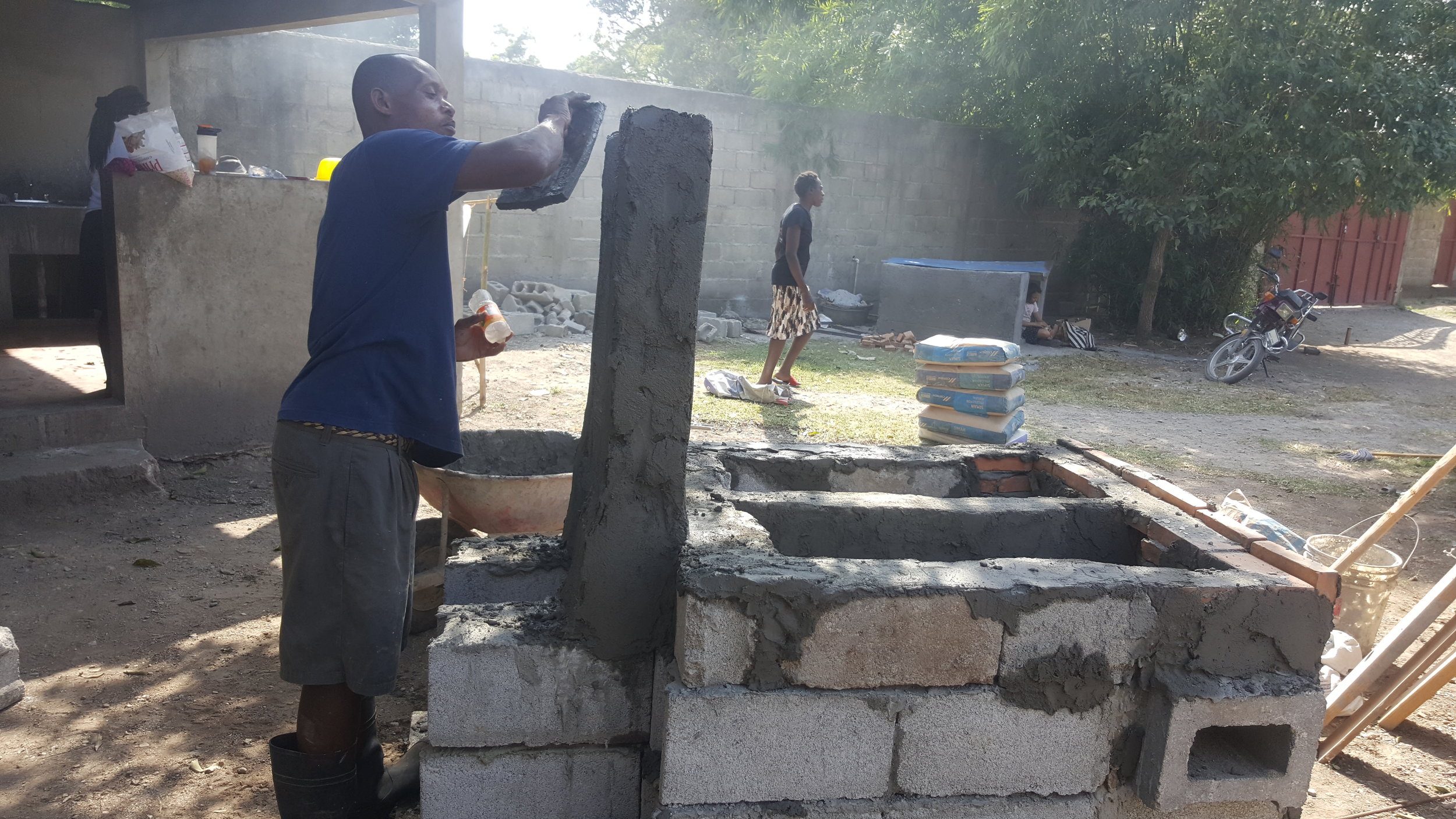
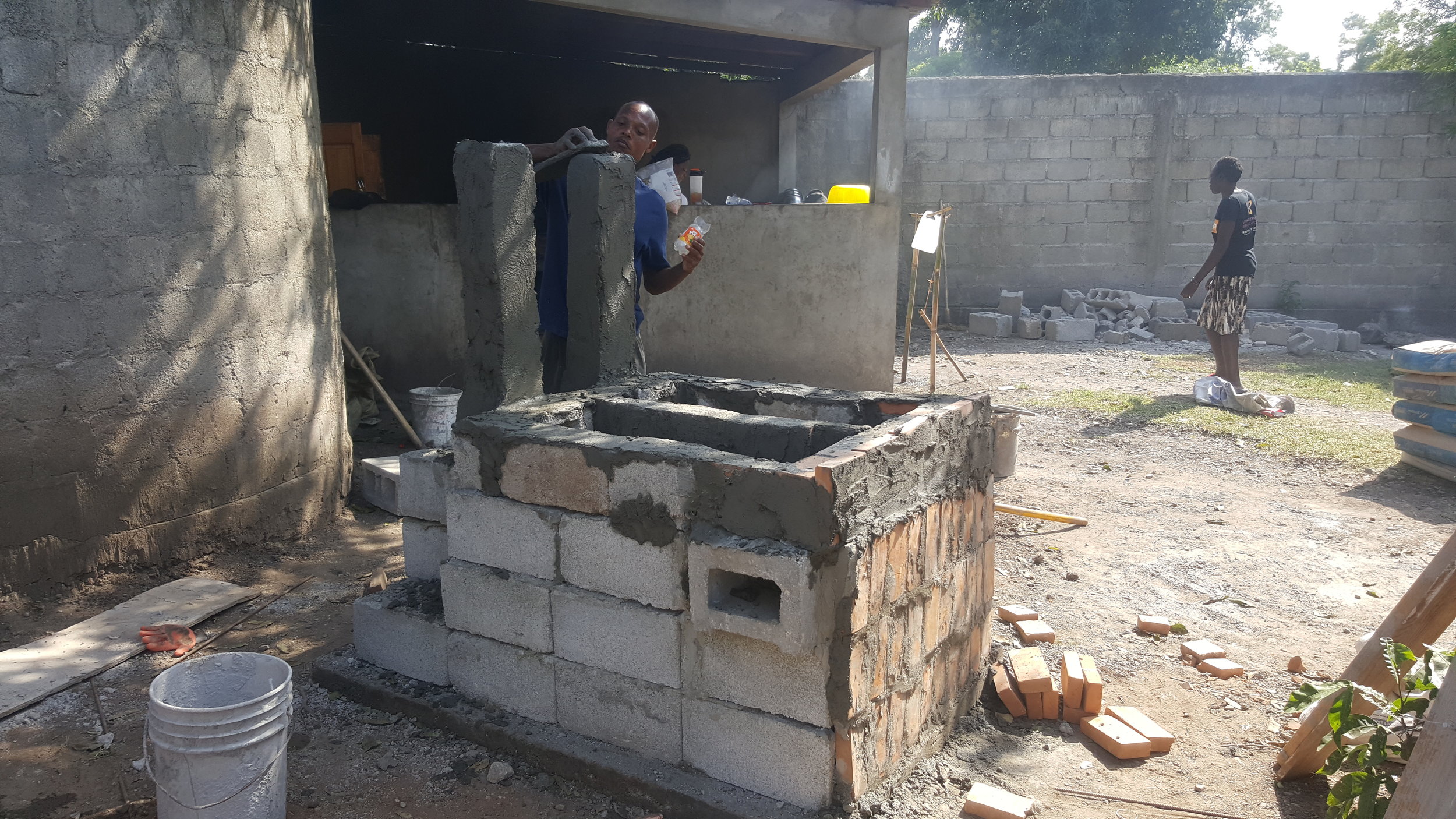
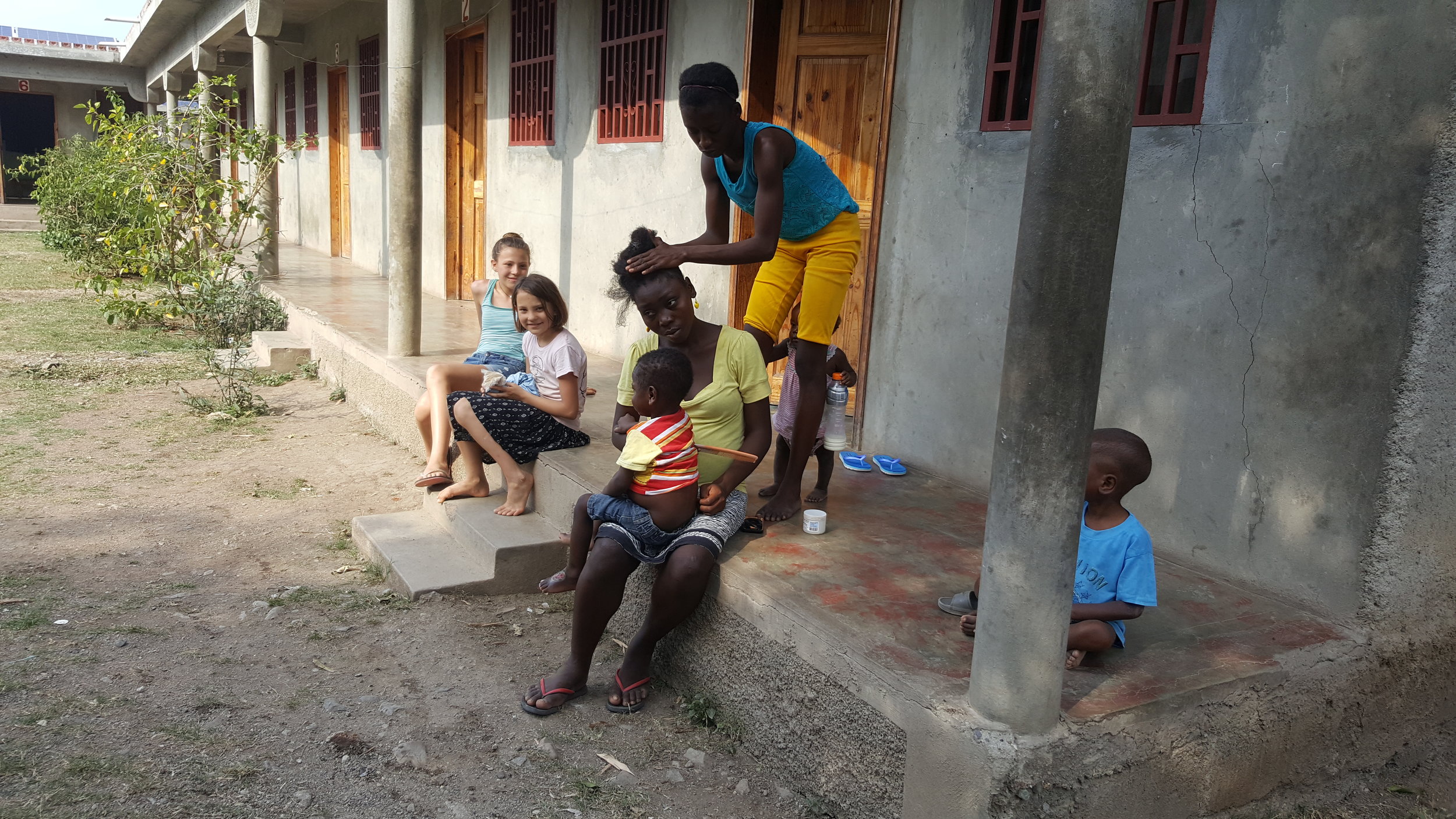
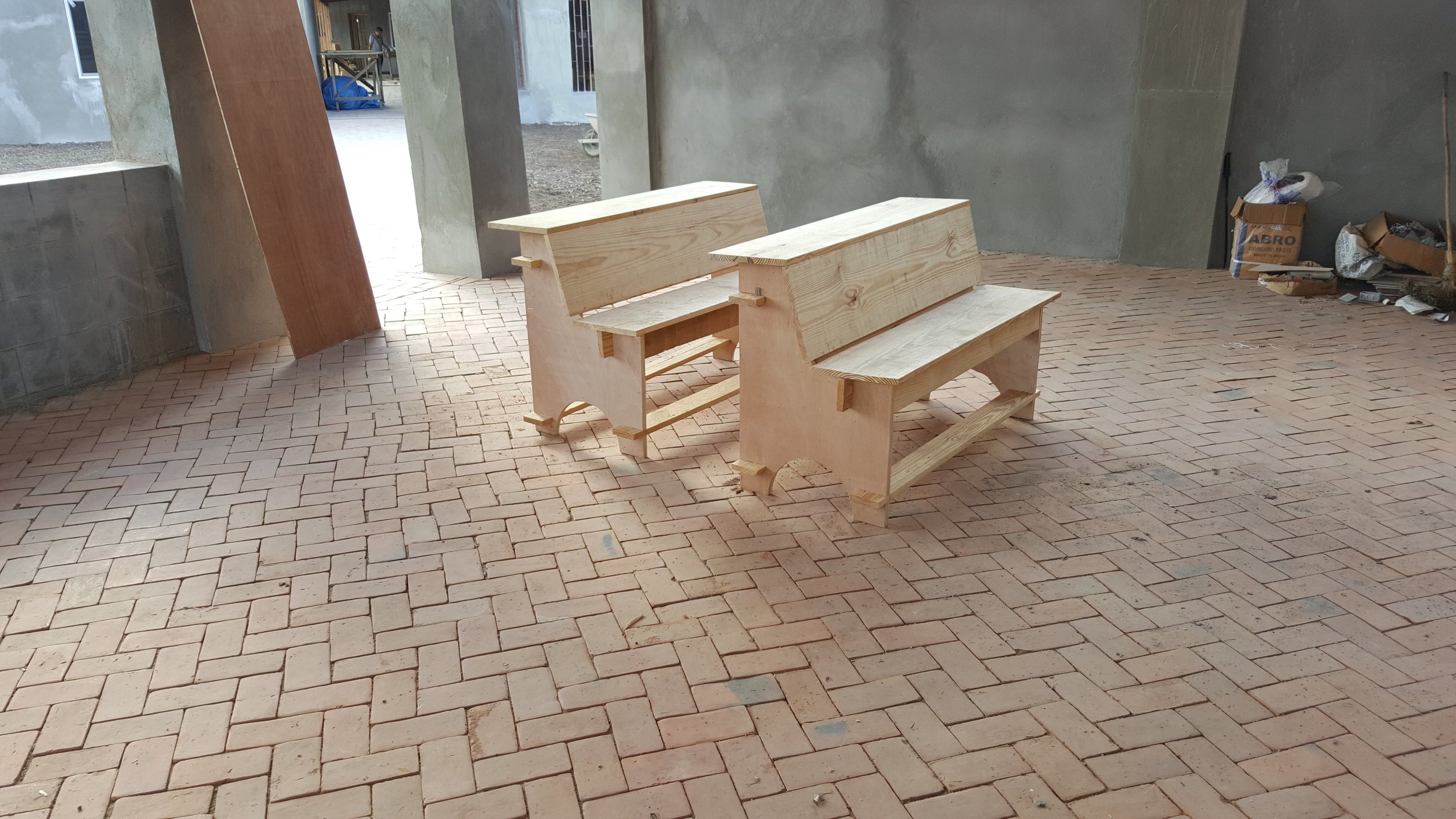
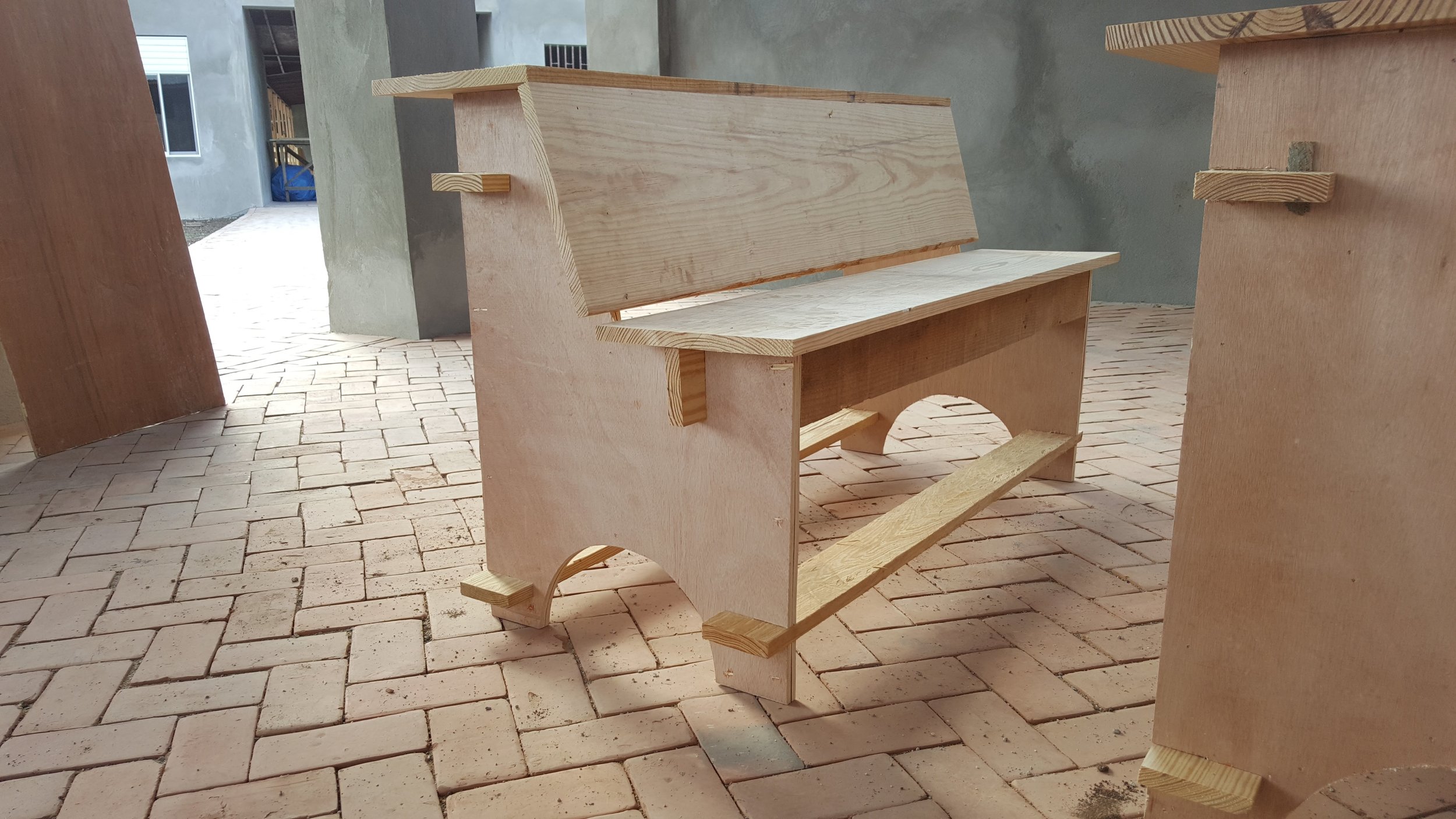

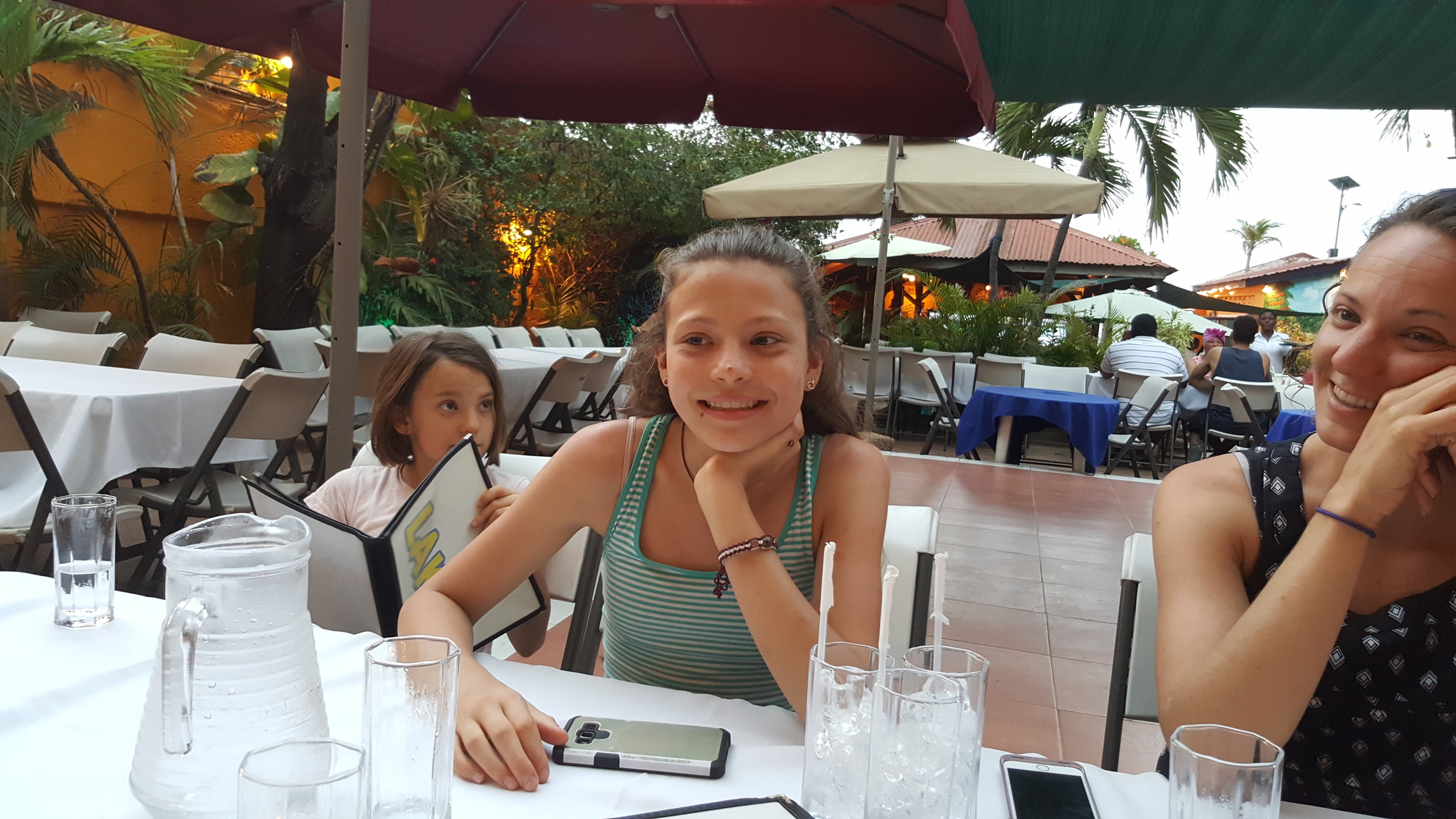
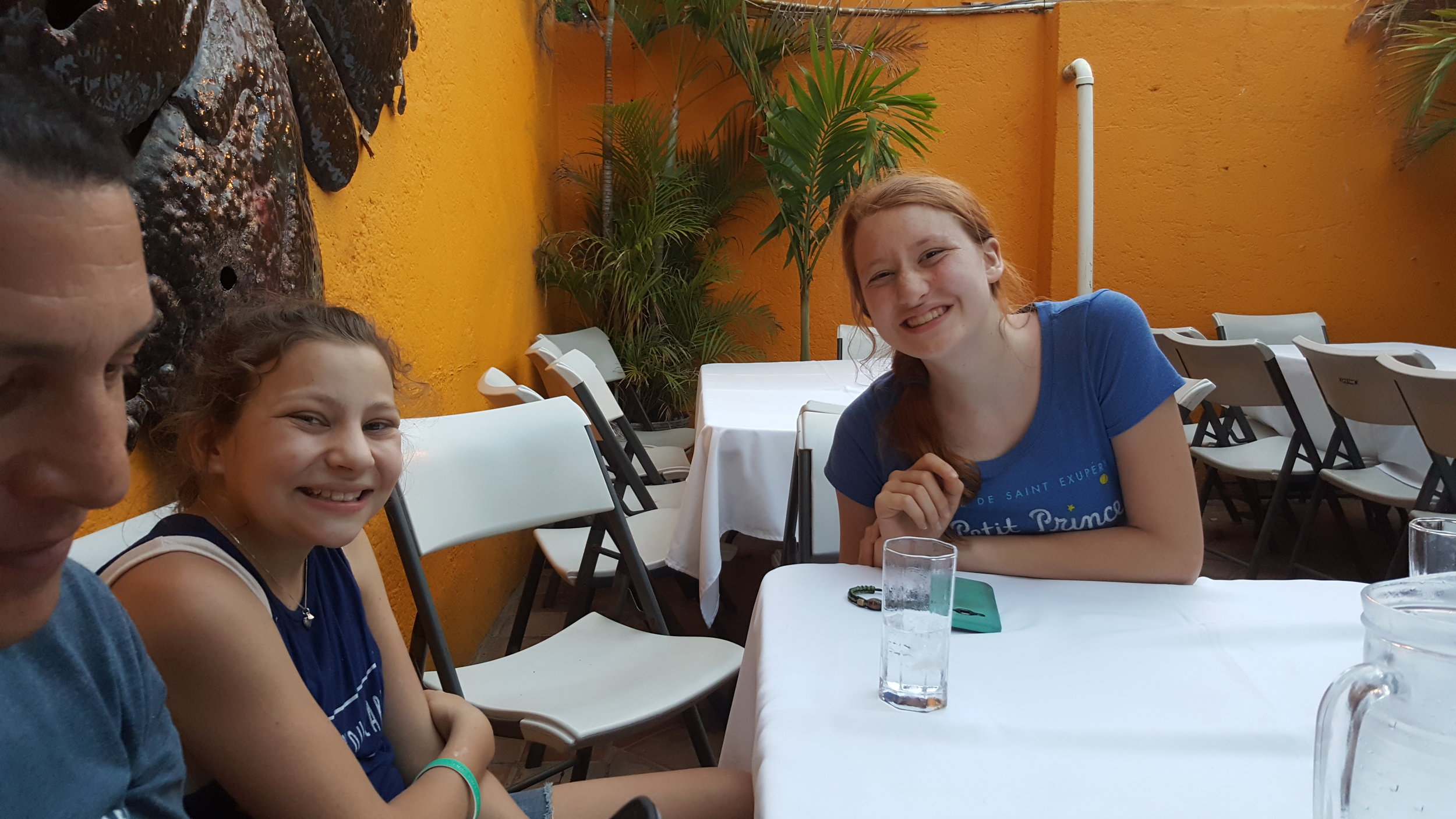
Thursday we spent a lot of time going back and forth between Strong Start and Second Mile. I tested out the new dough mixture from the flour we bought, We finished the second griddle at Second Mile and the girls helped Amy with organizing inventory supplies at the maternity center. We varnished shelves, stained benches and Jeremiah kept building! The countdown was close to the Maternity center being able to open. They were getting things ready for the midwives to come for training.
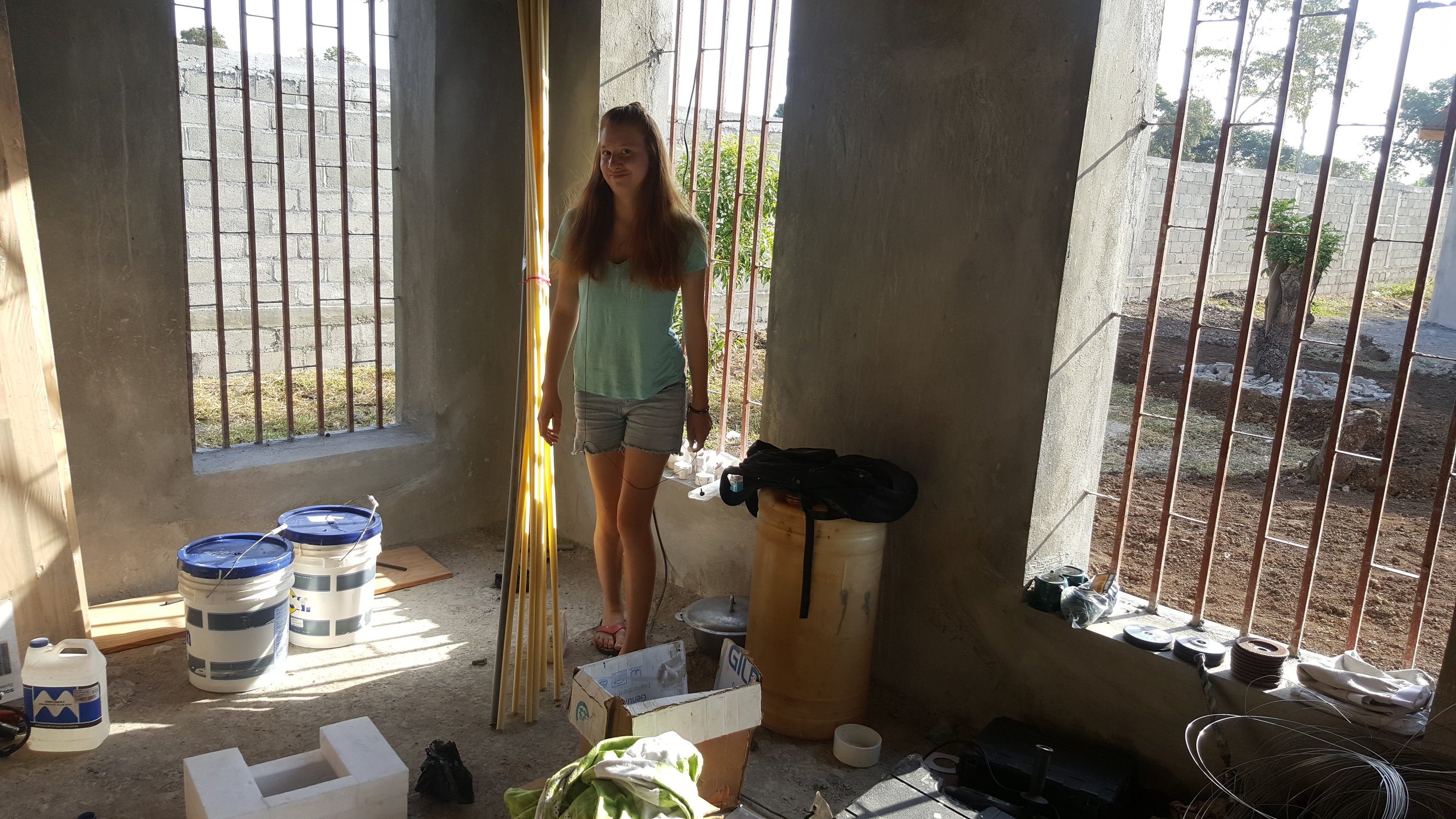
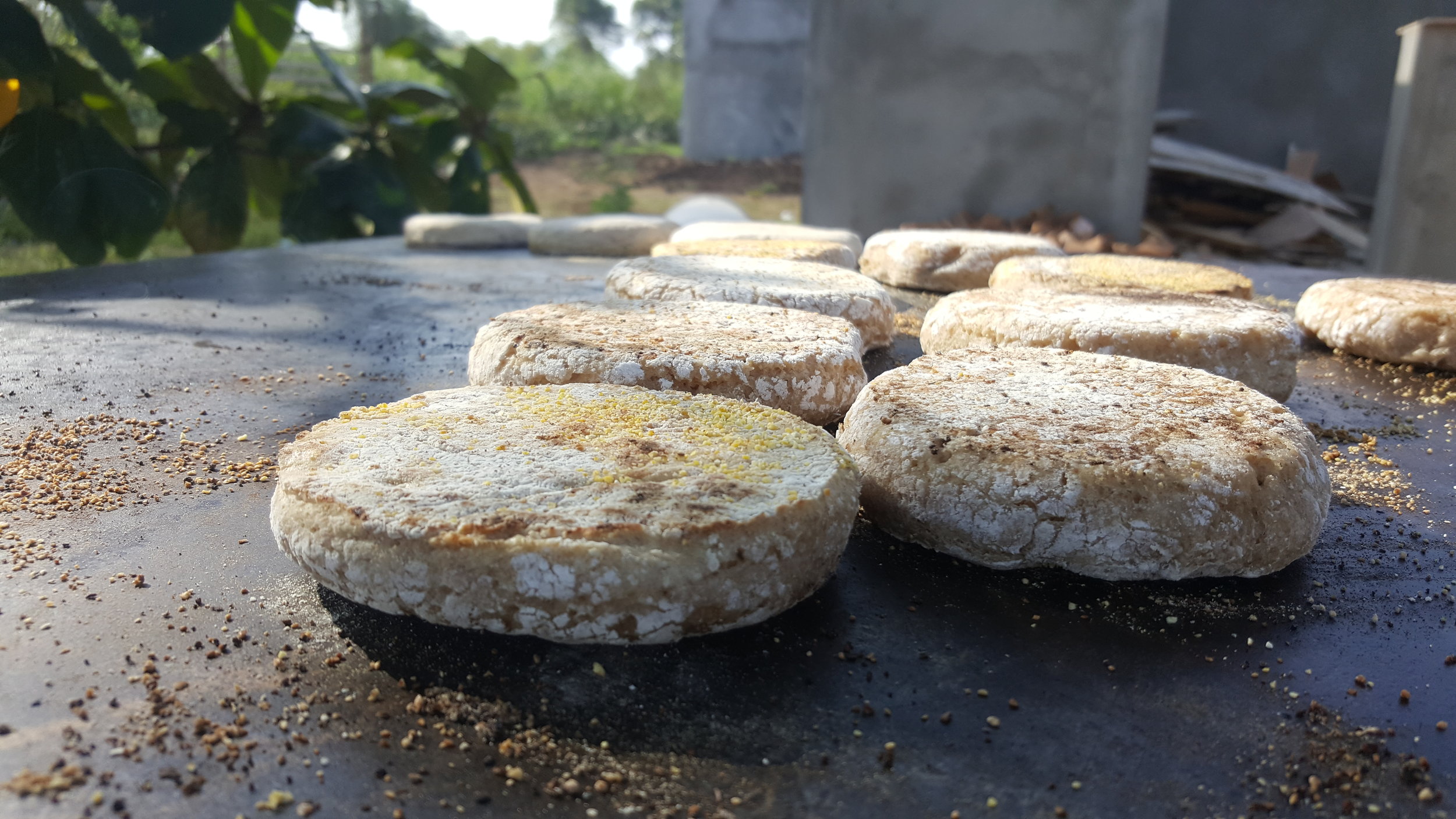
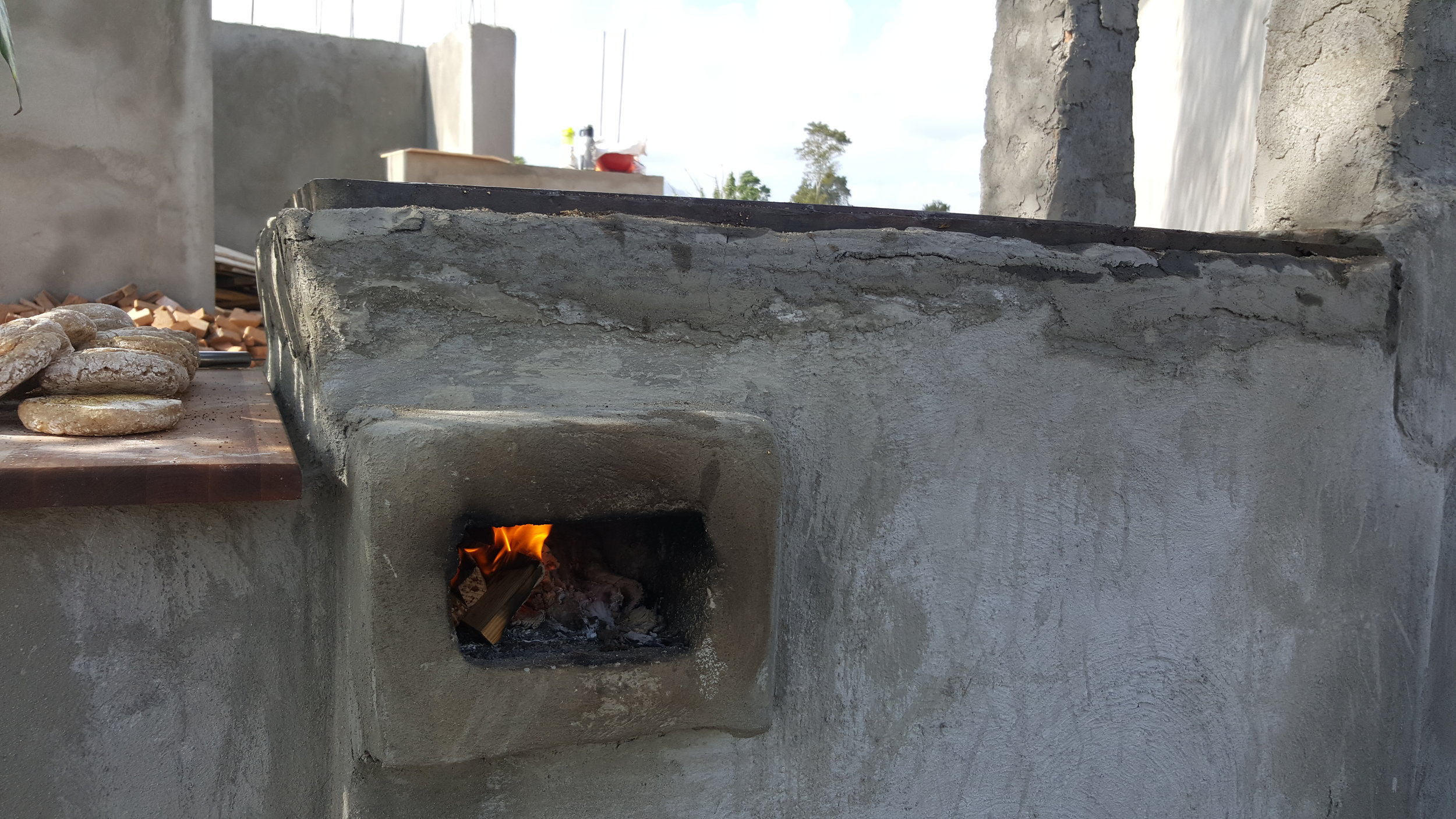
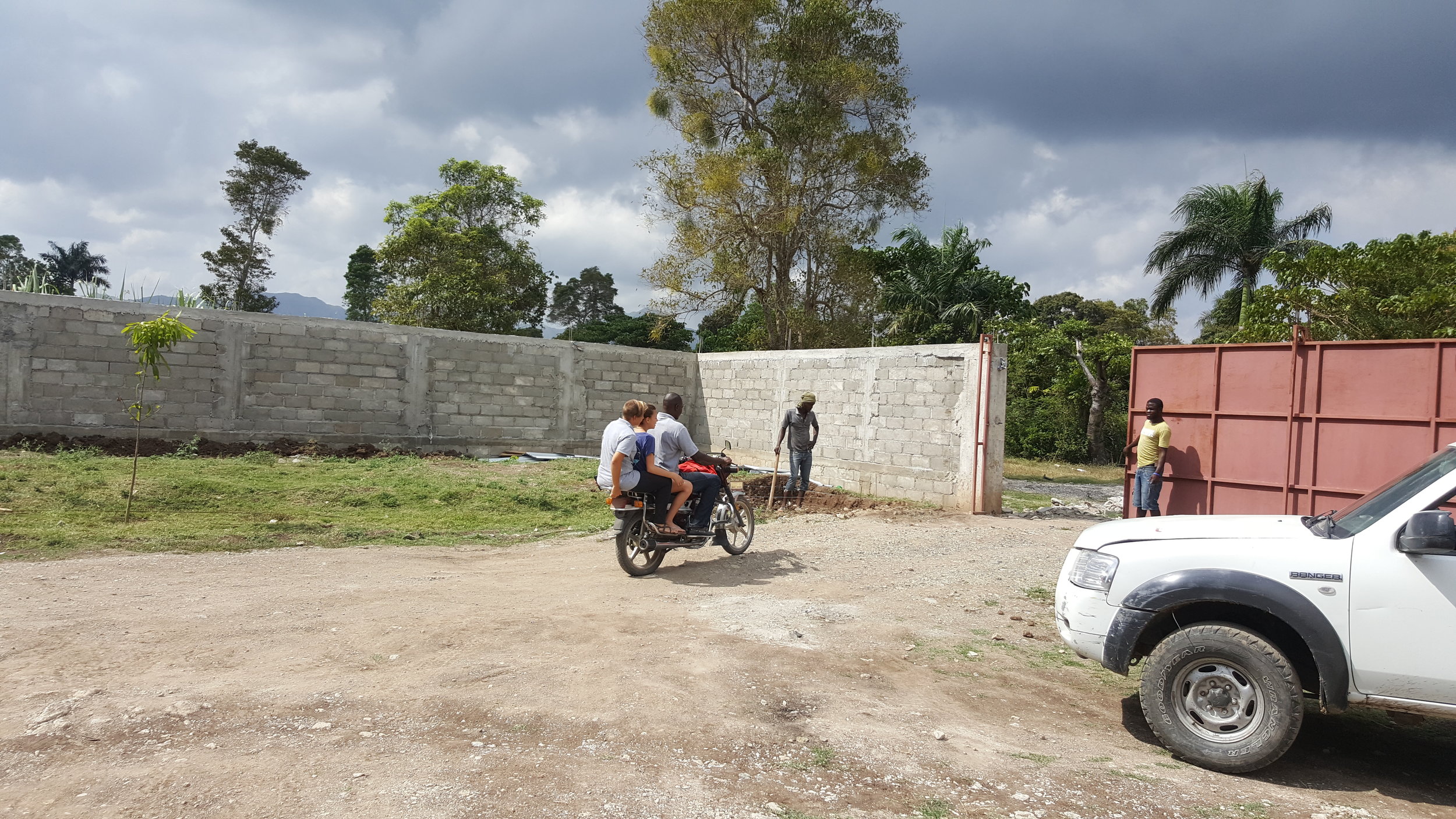

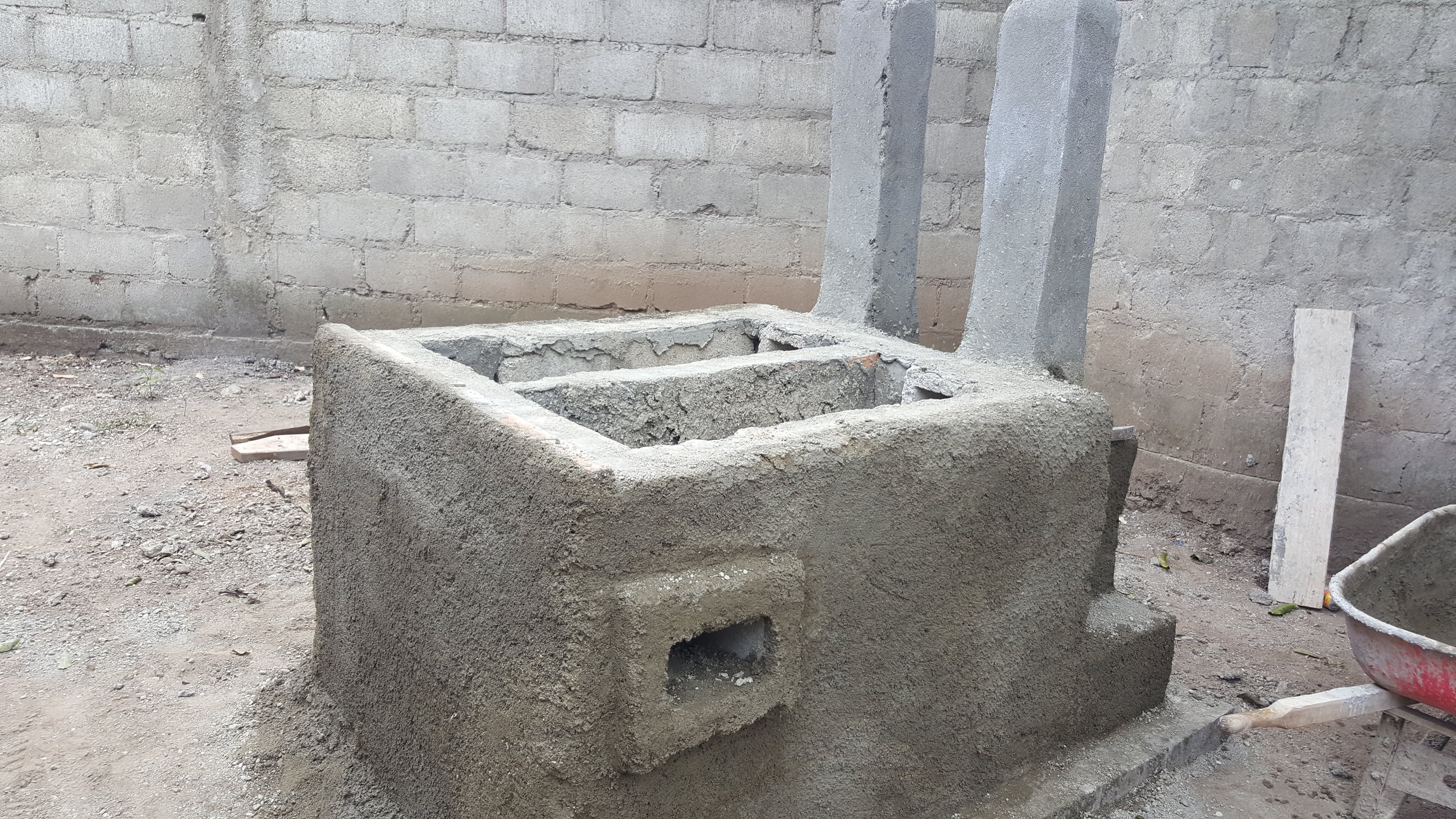
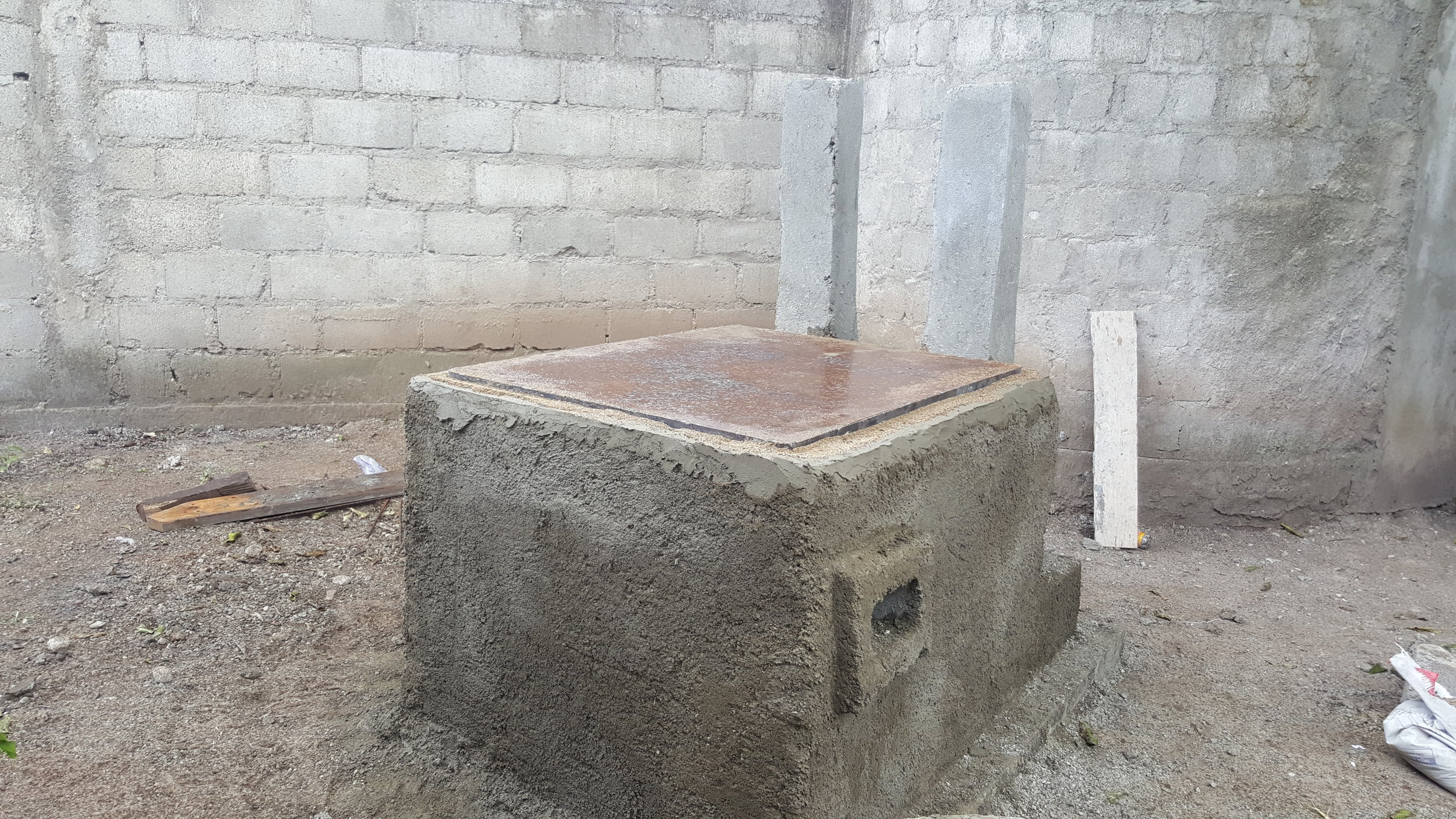
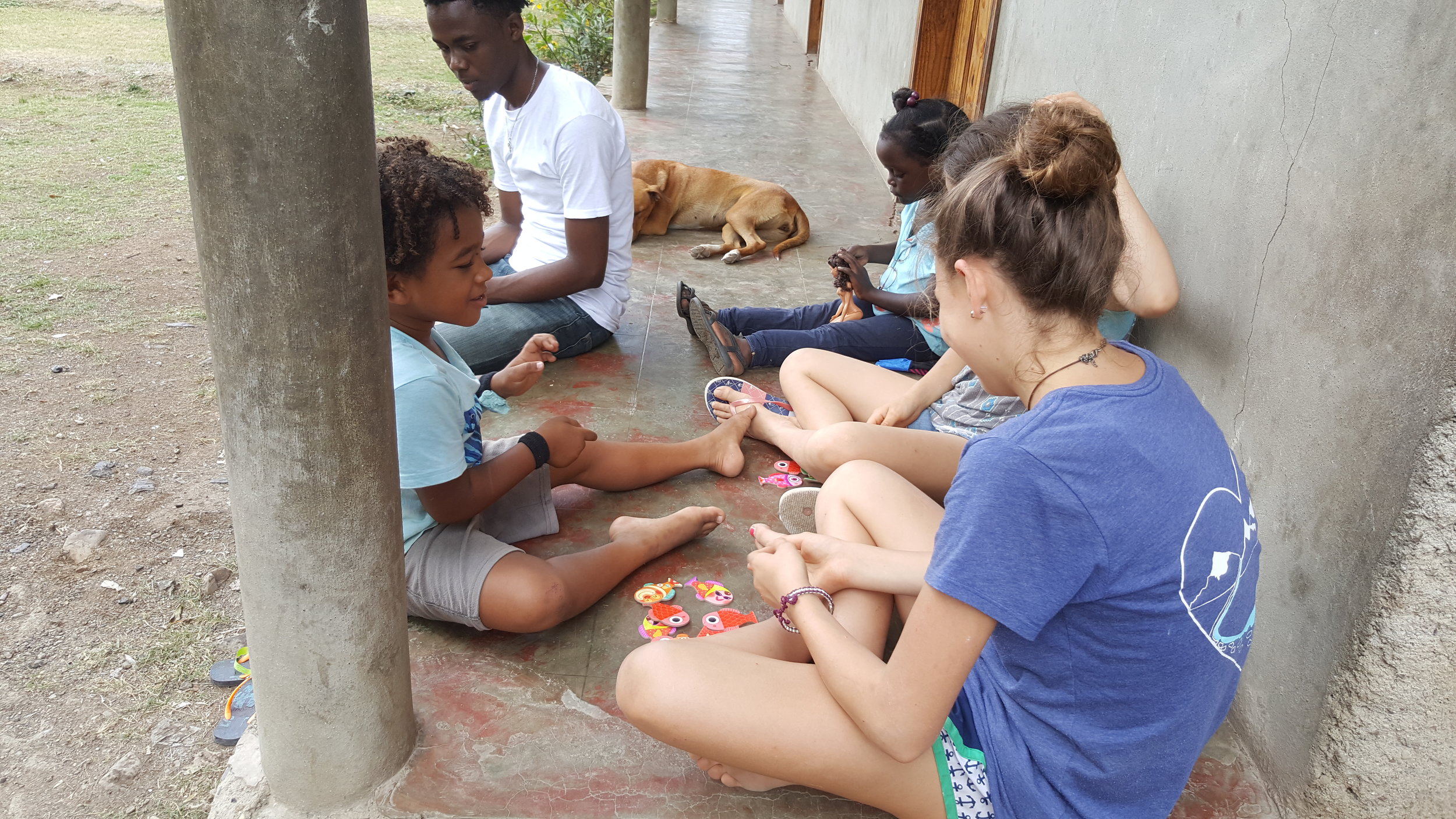

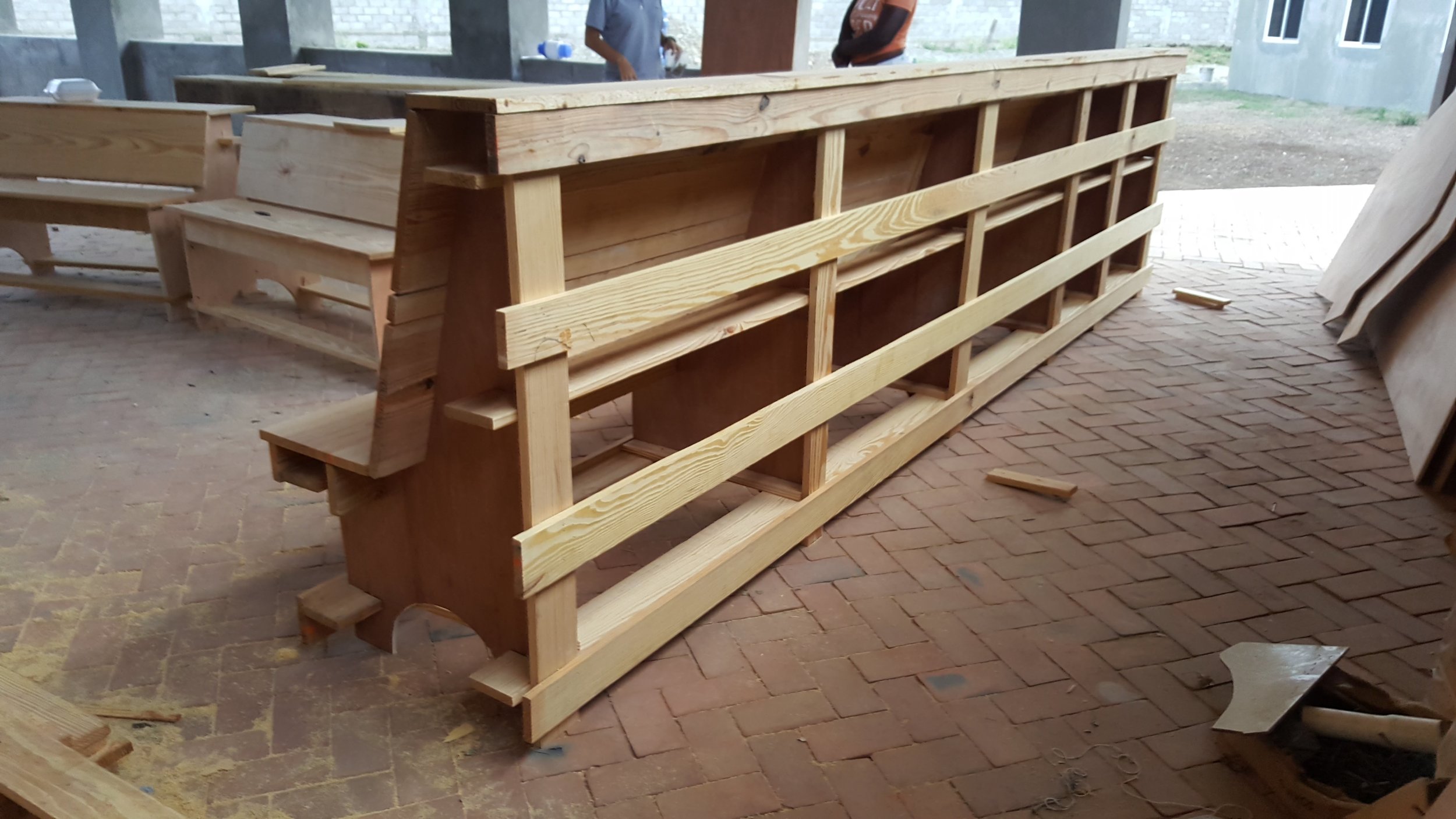
Thursday night it POURED rain. The roads were flooded in many places and mud was everywhere. It took a long time to get to the land on Friday morning, but once there, Jeremiah finished up his last day of carpentry projects. Jenn arranged for a translator to be with me all day so that I could teach Blaise (SMH yogurt technician) how to make the sourdough muffins. Blaise was so focused and picked it right up. We also spent time with Wesley in the gardens, hearing an update on what they have growing and talked about how things could be improved. We walked barefoot to Strong Start to have lunch since the roads were too muddy to drive on. I was amazed at how the cooks made do with the muddy ground, cooking like they did each day. We cooked up egg sandwiches on the griddle with sauteed onions and tomato for some of the staff in the evening. It was a hit! It was our last day being out at the land, so we had to say our goodbyes to all of the employees which was really hard.
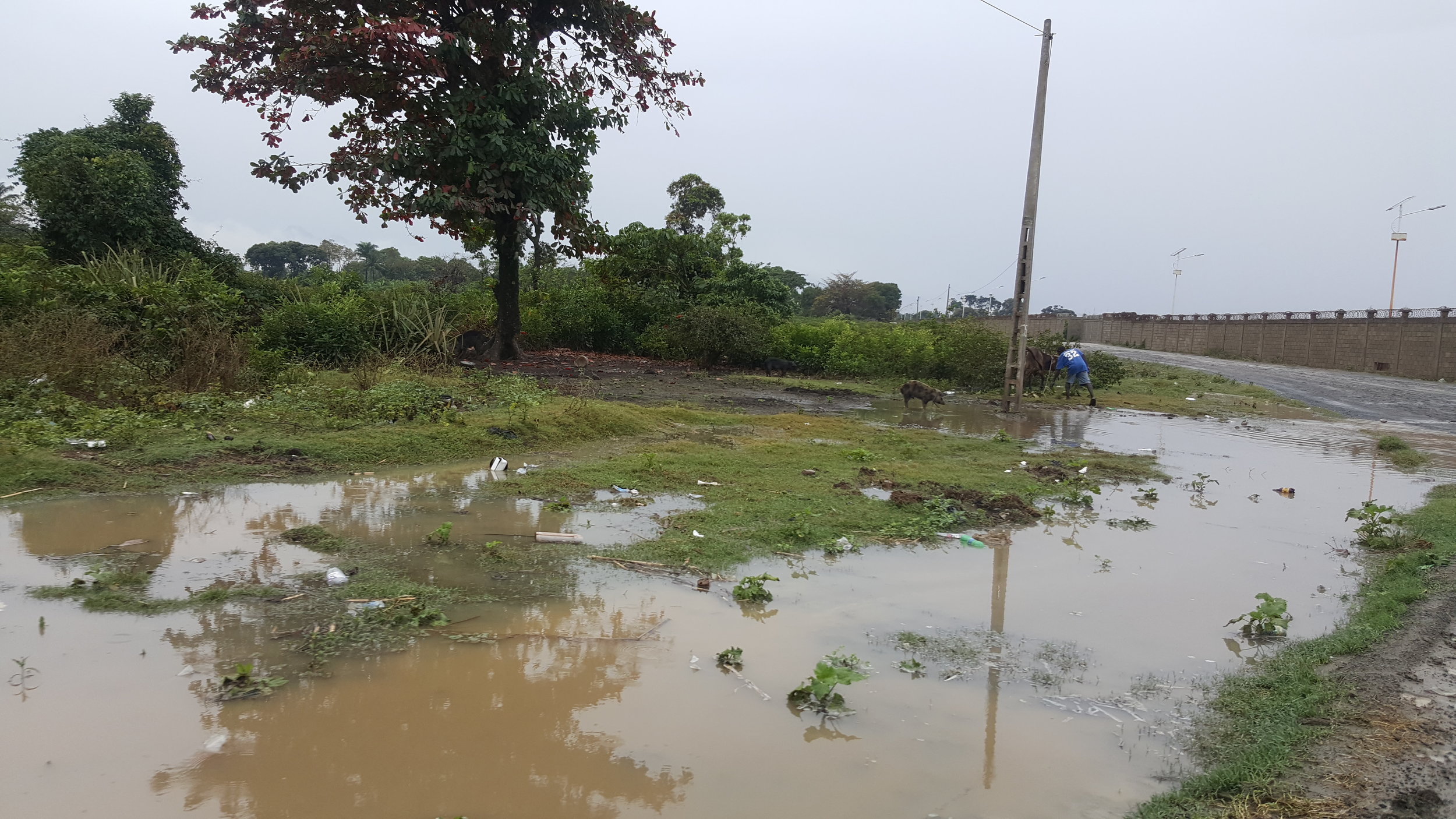
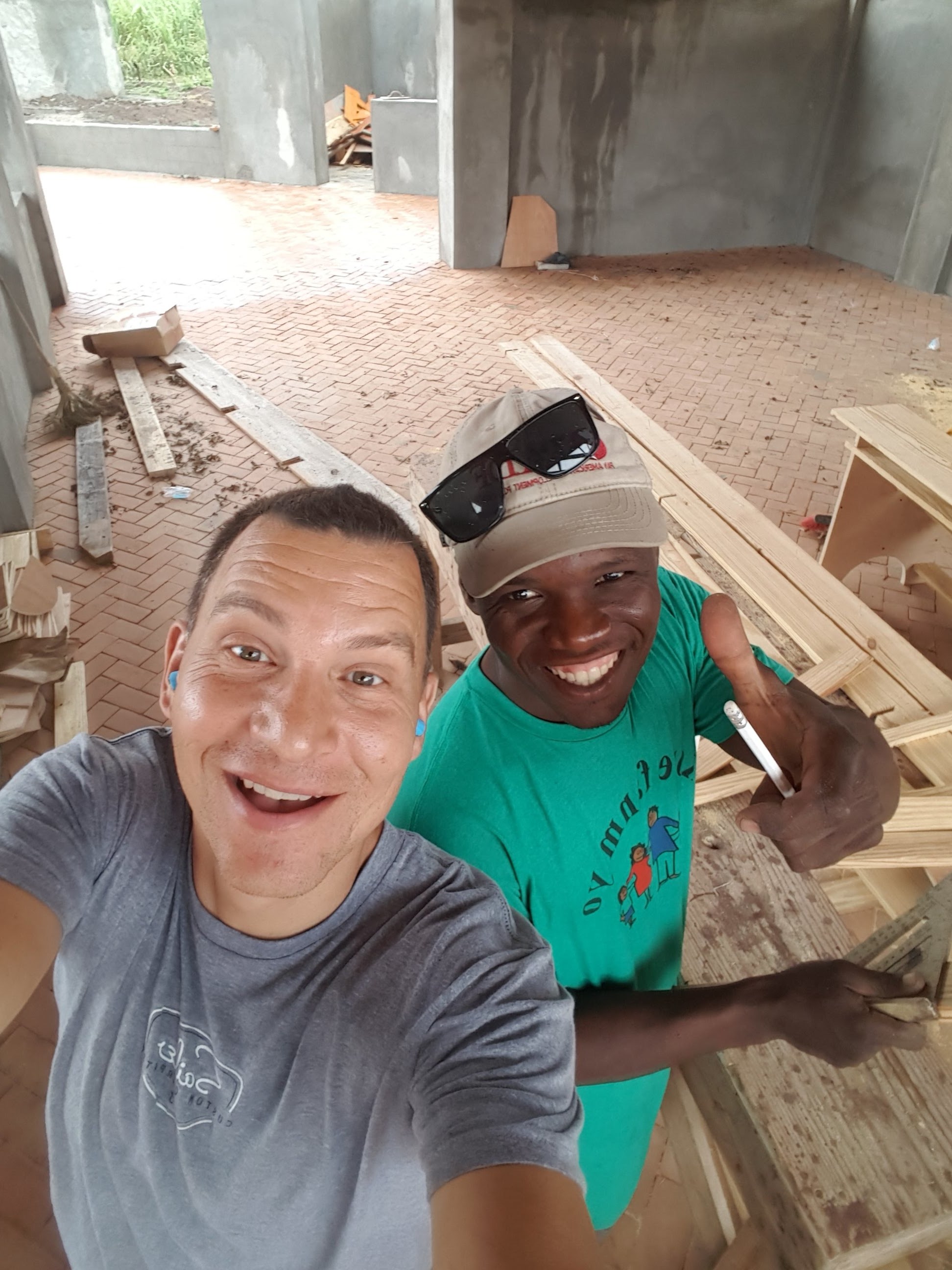
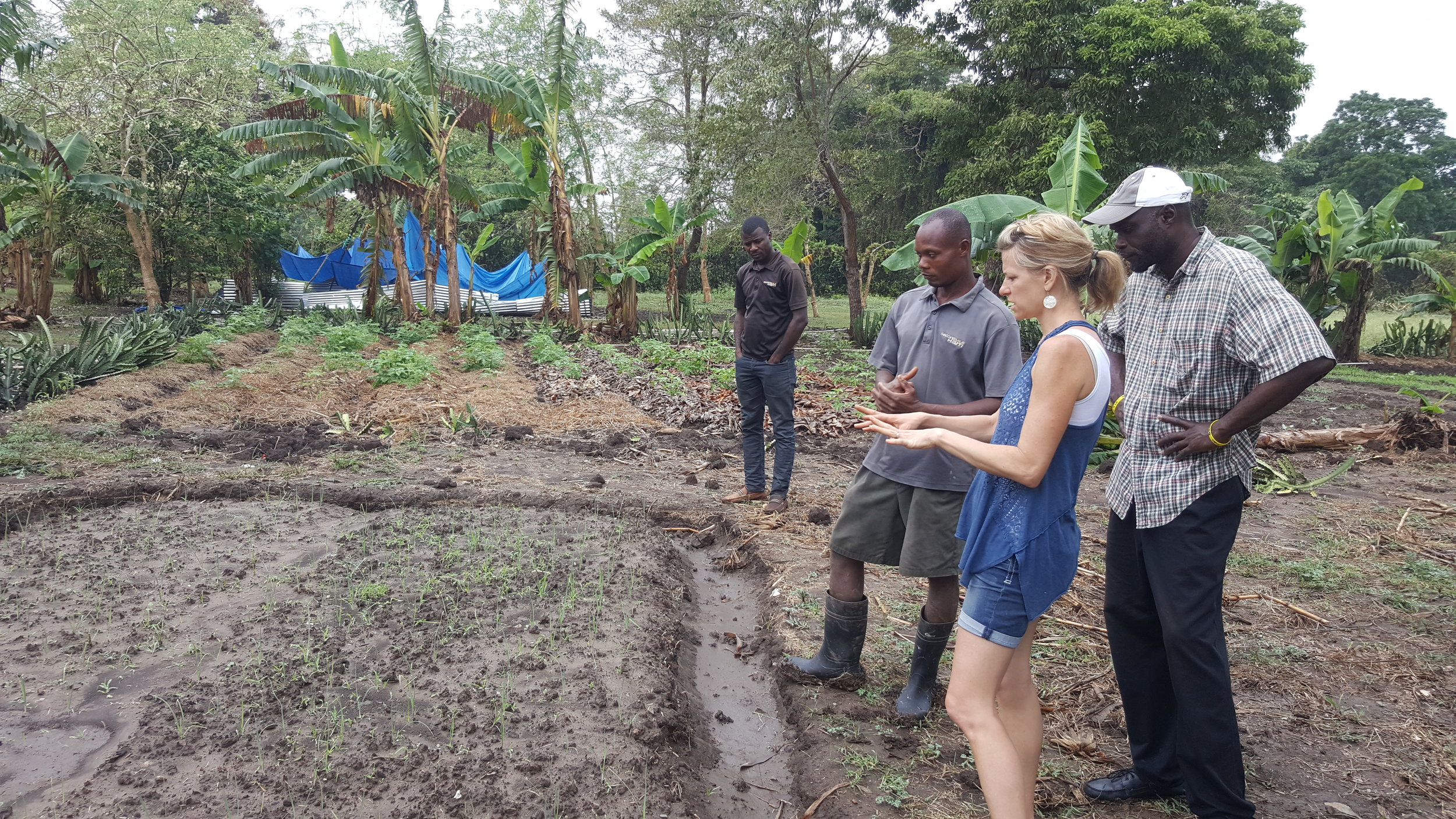
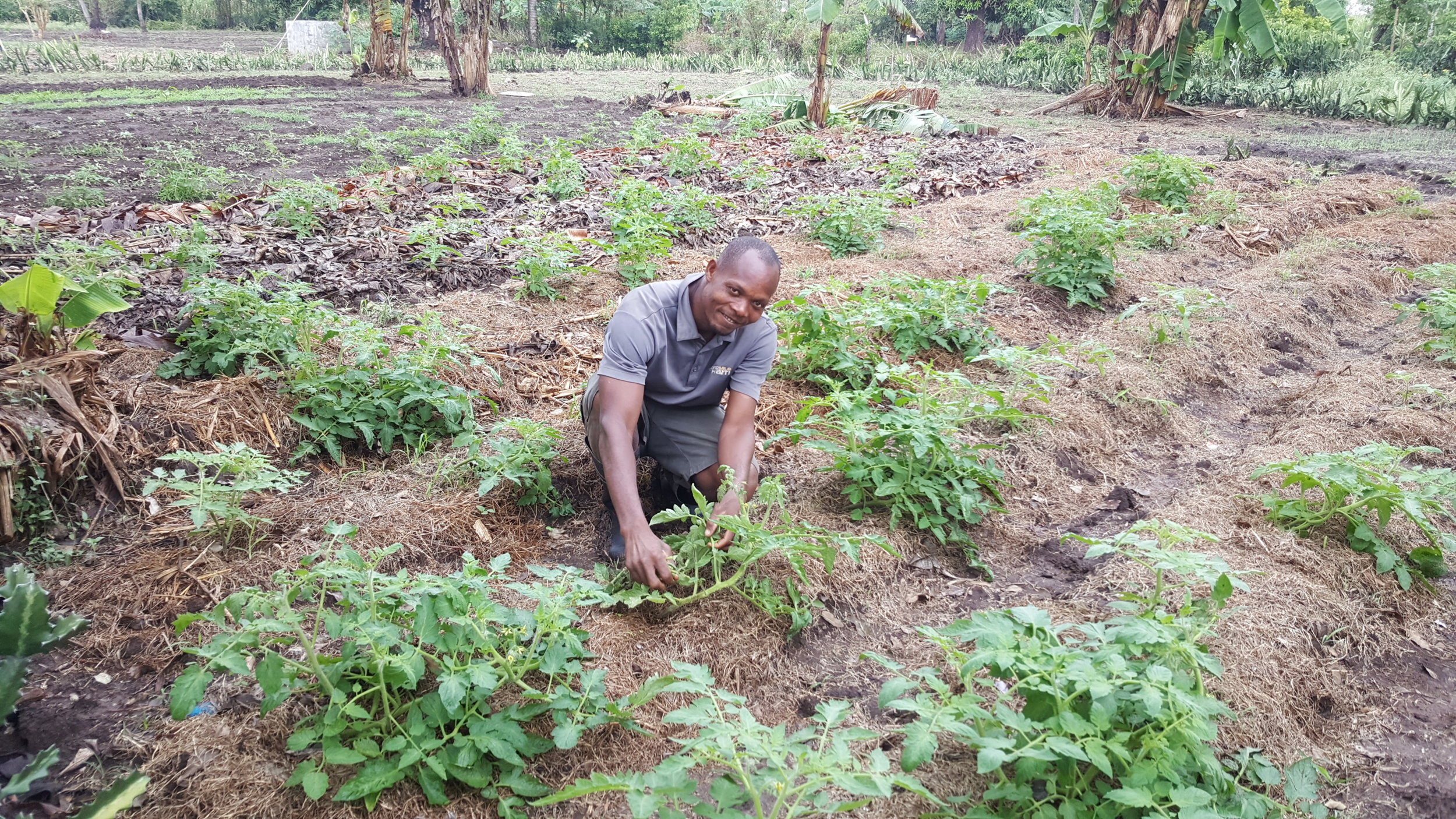

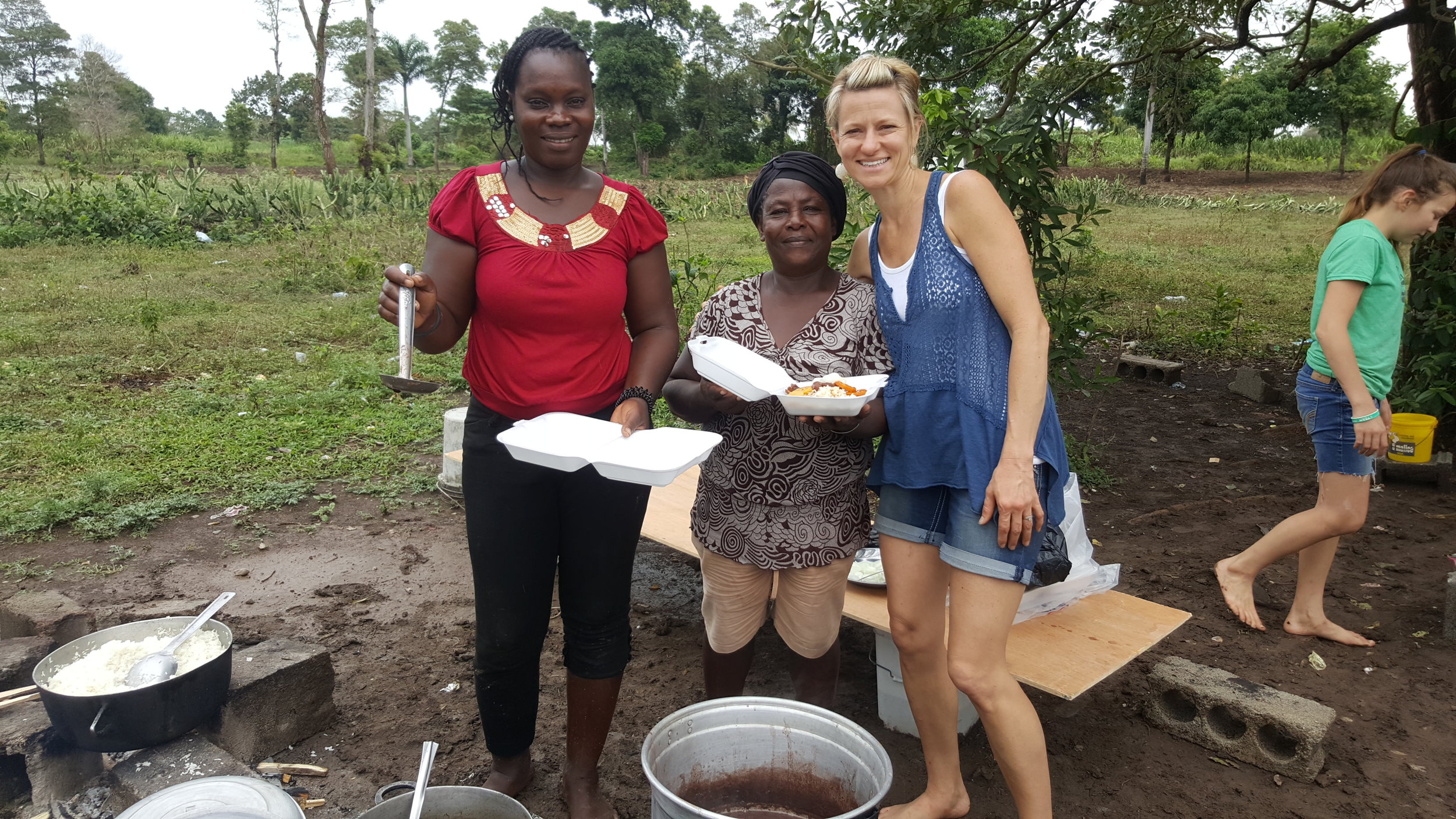


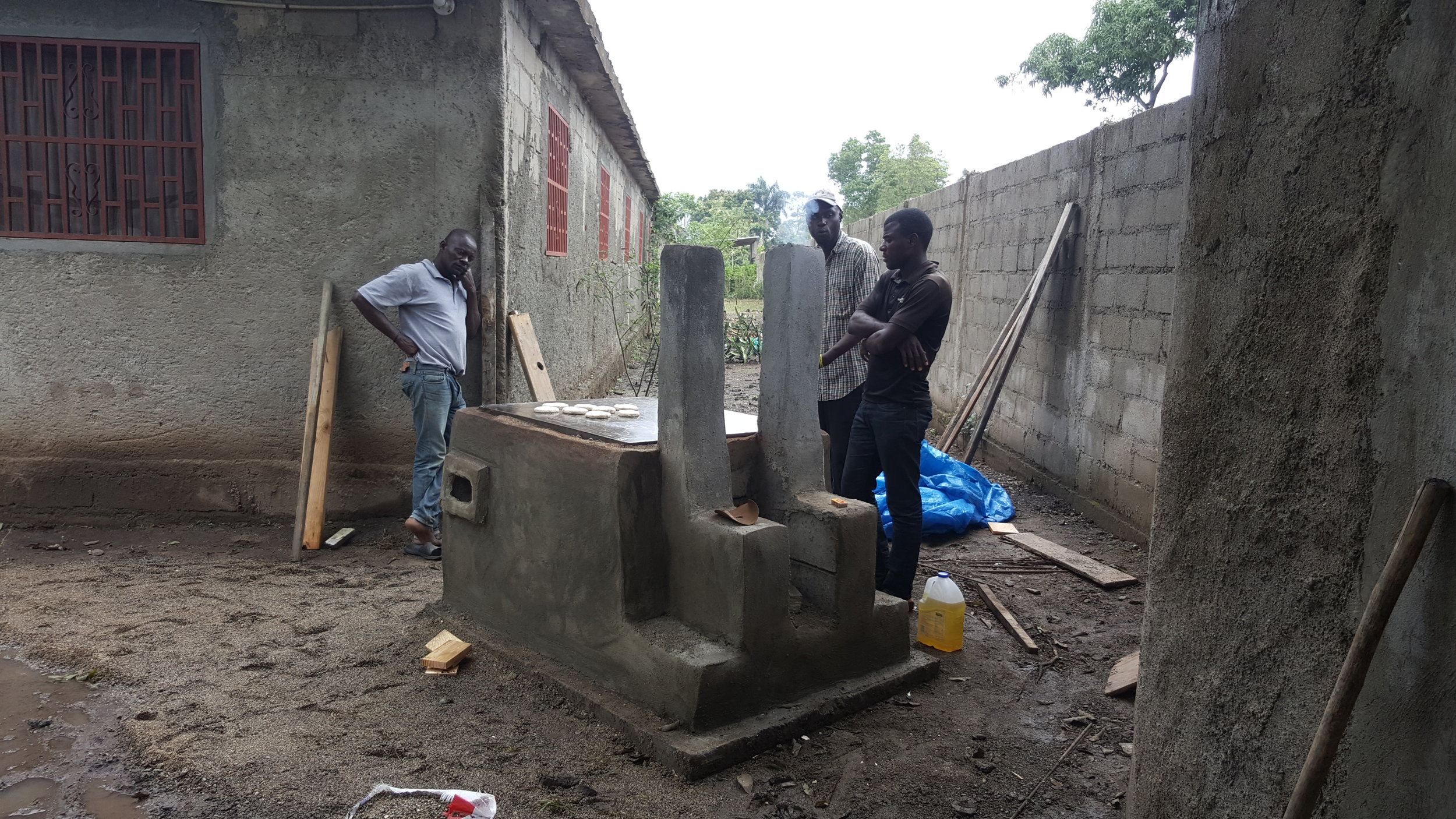
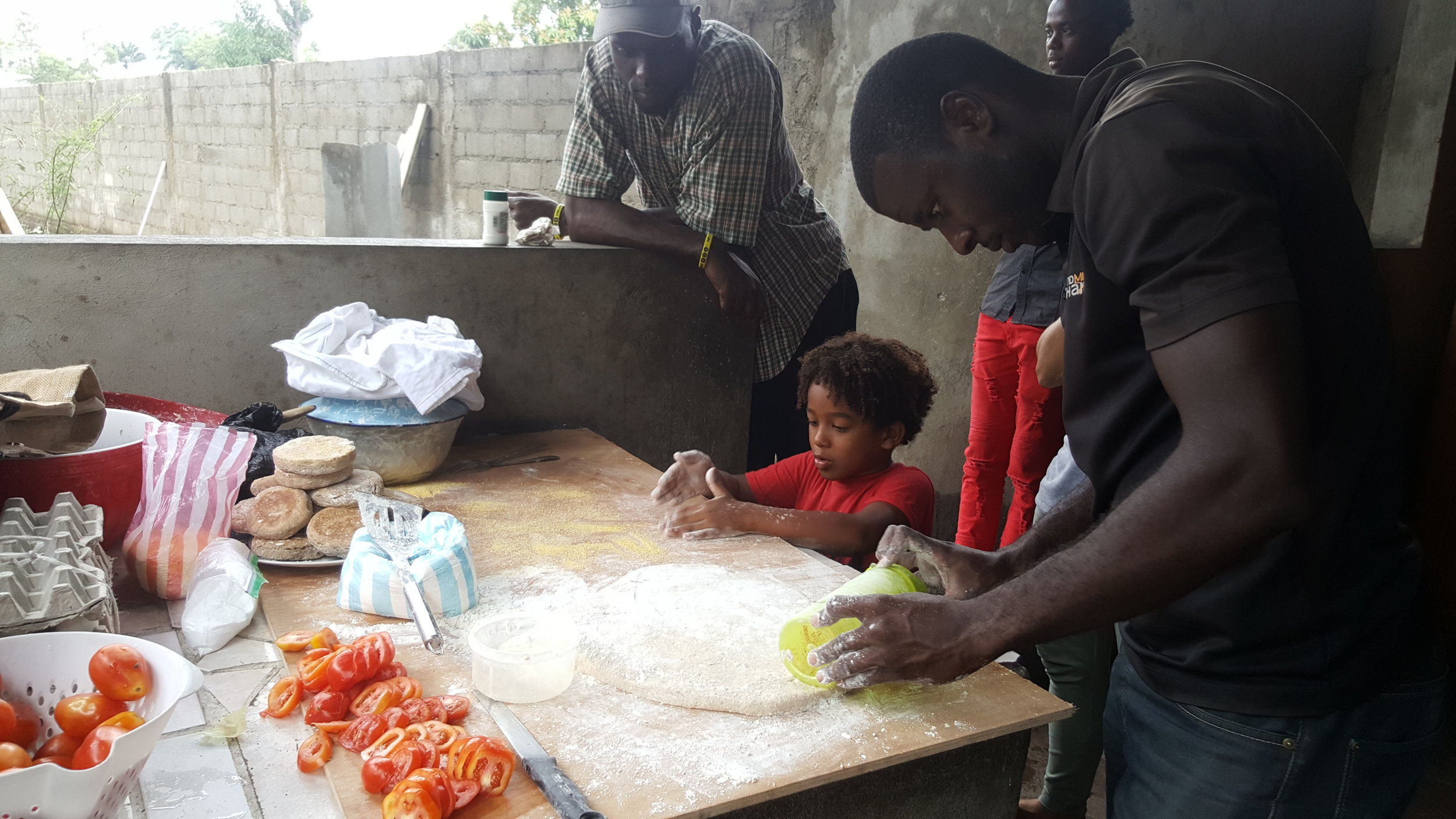

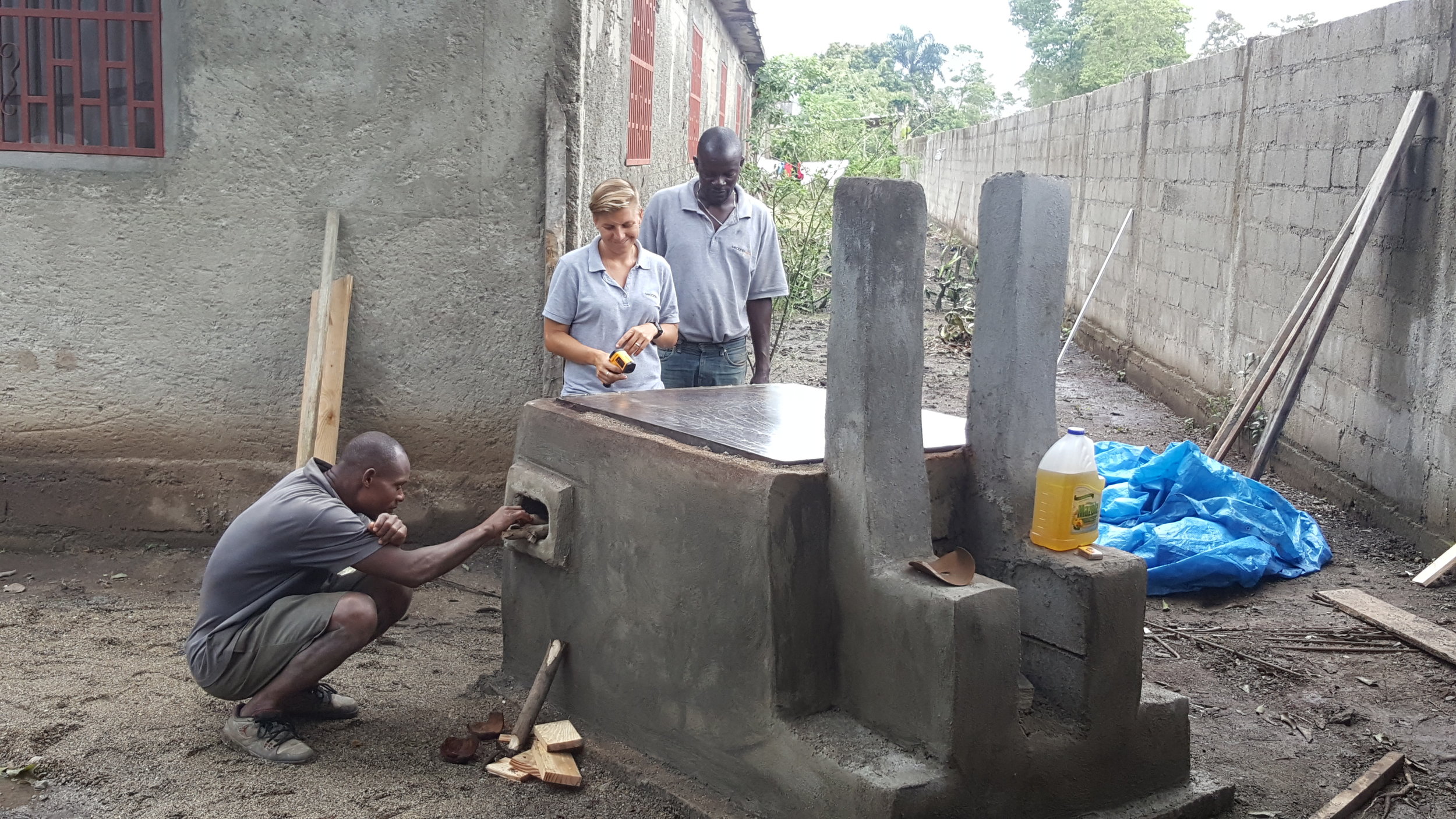
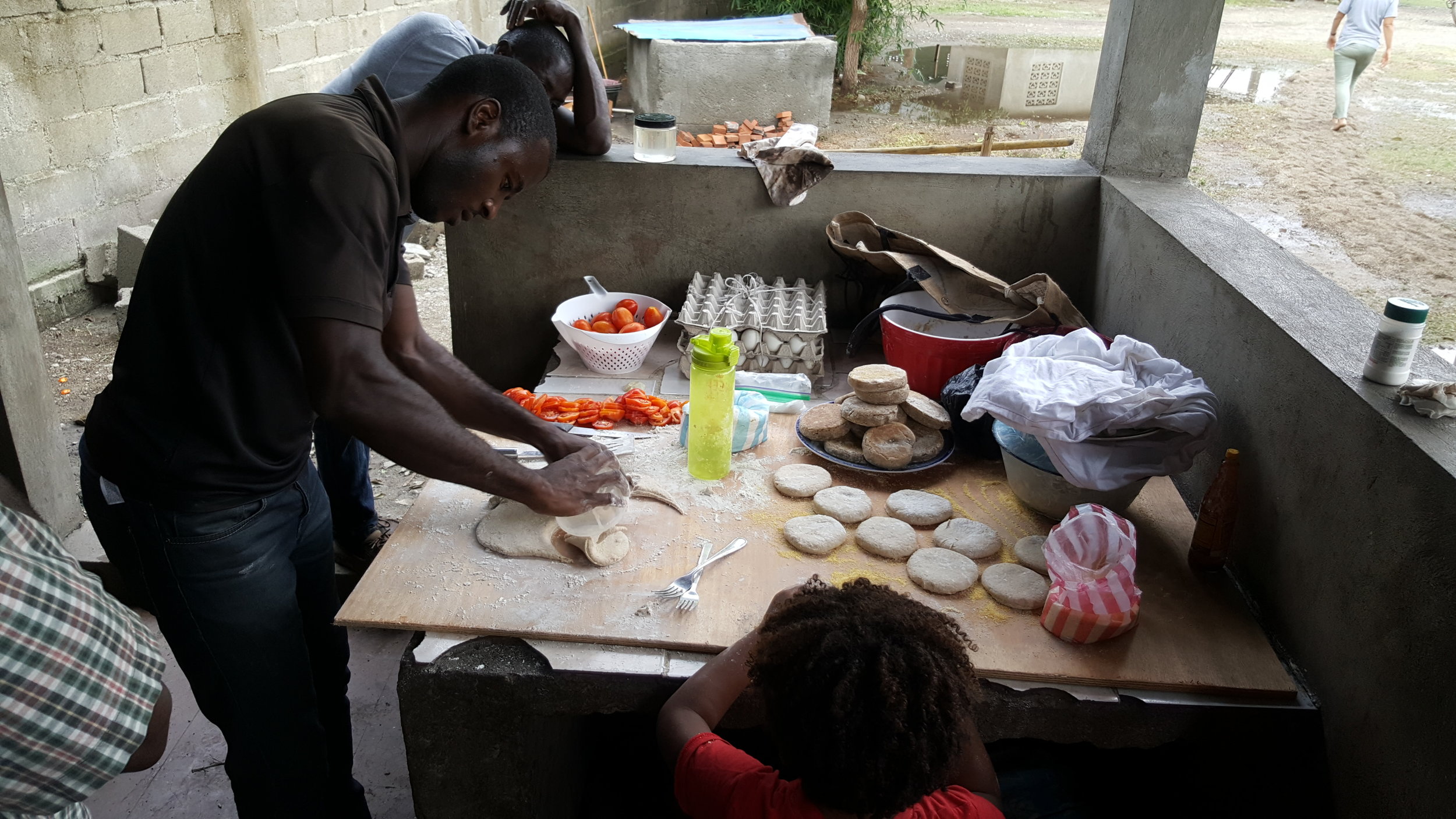
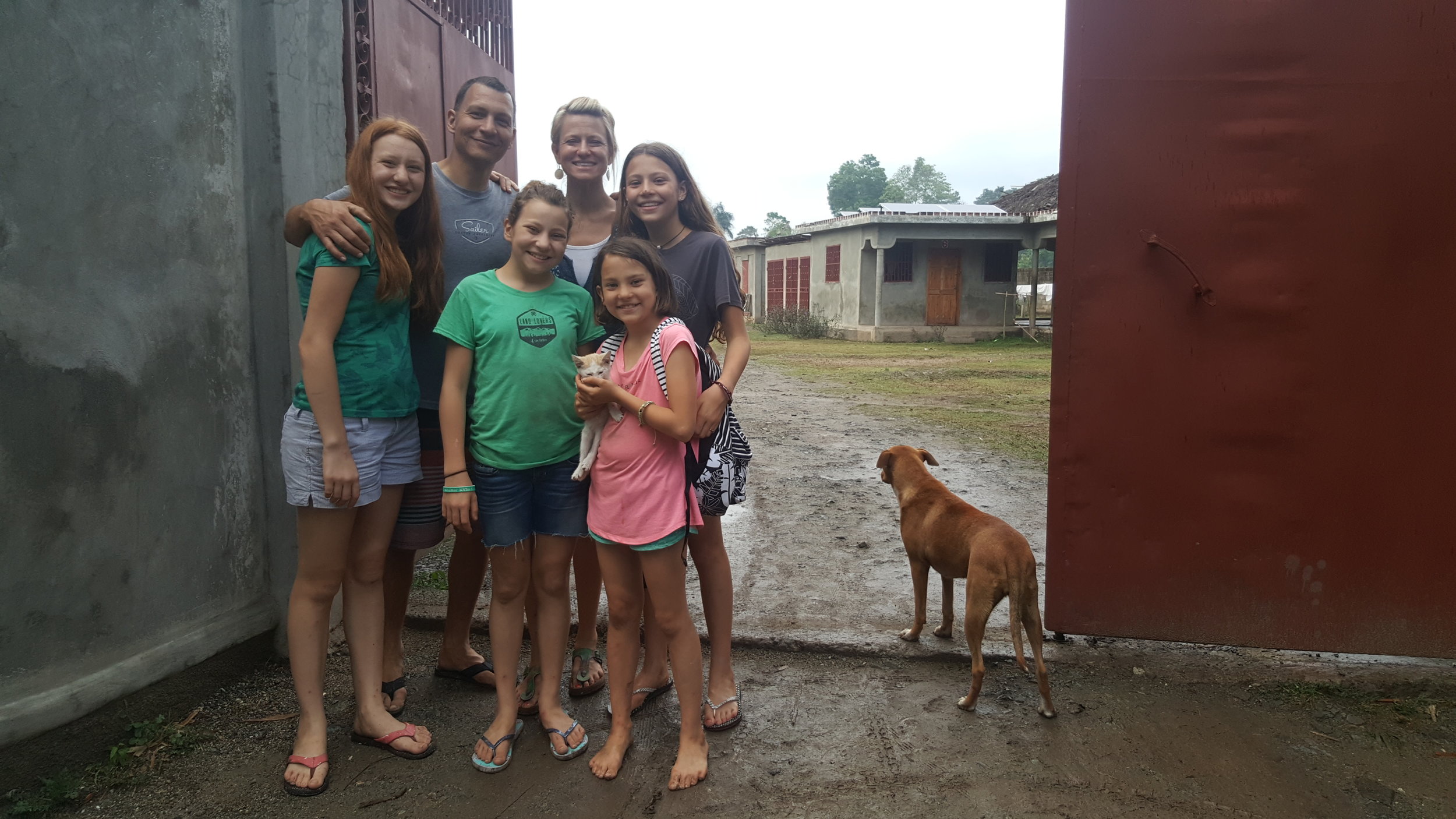
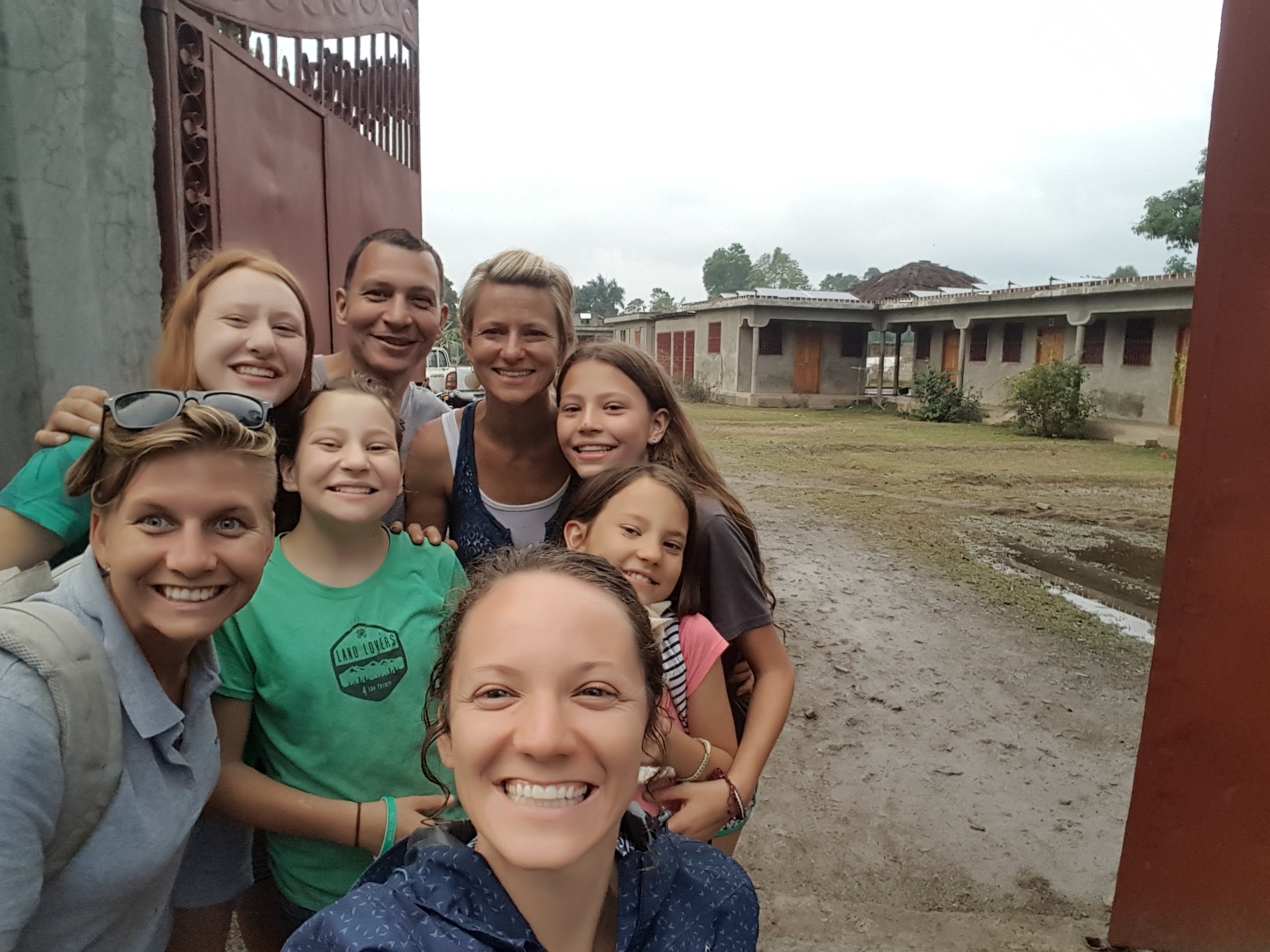
Our last day in Haiti we spent at Cormier beach. We enjoyed the gorgeous drive over the mountain again, and had a relaxing day seeing more of Haiti's beauty.
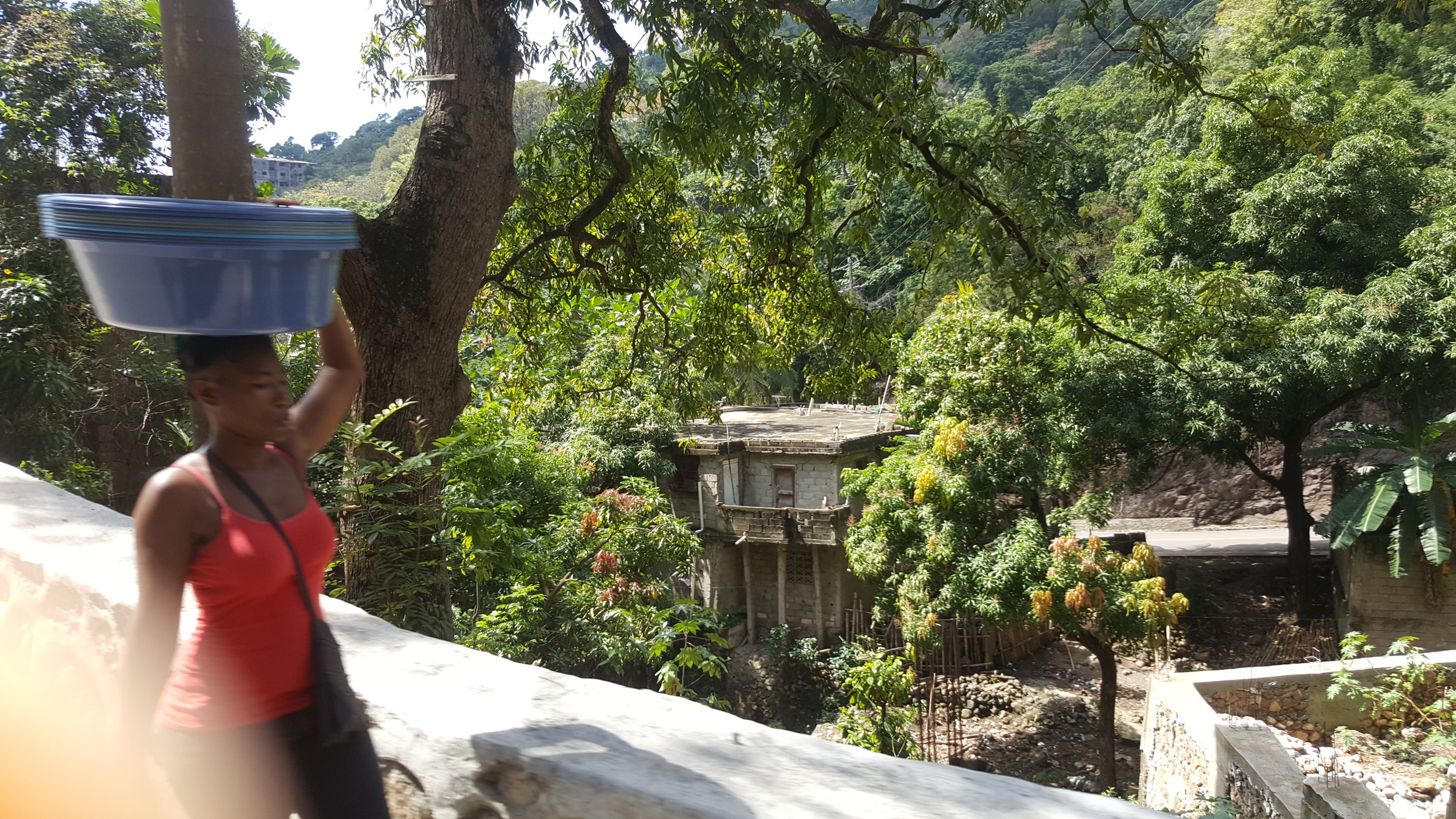
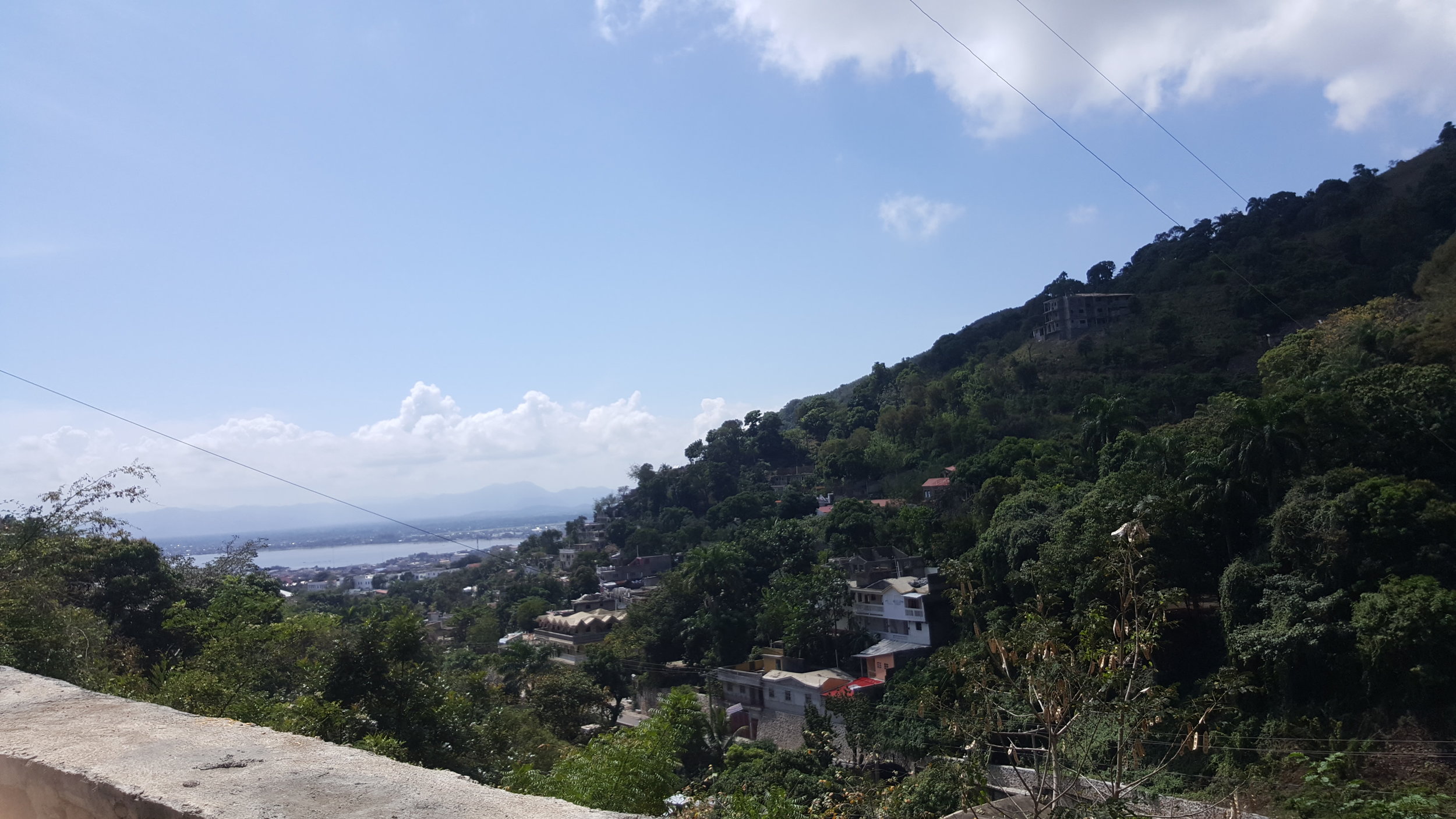
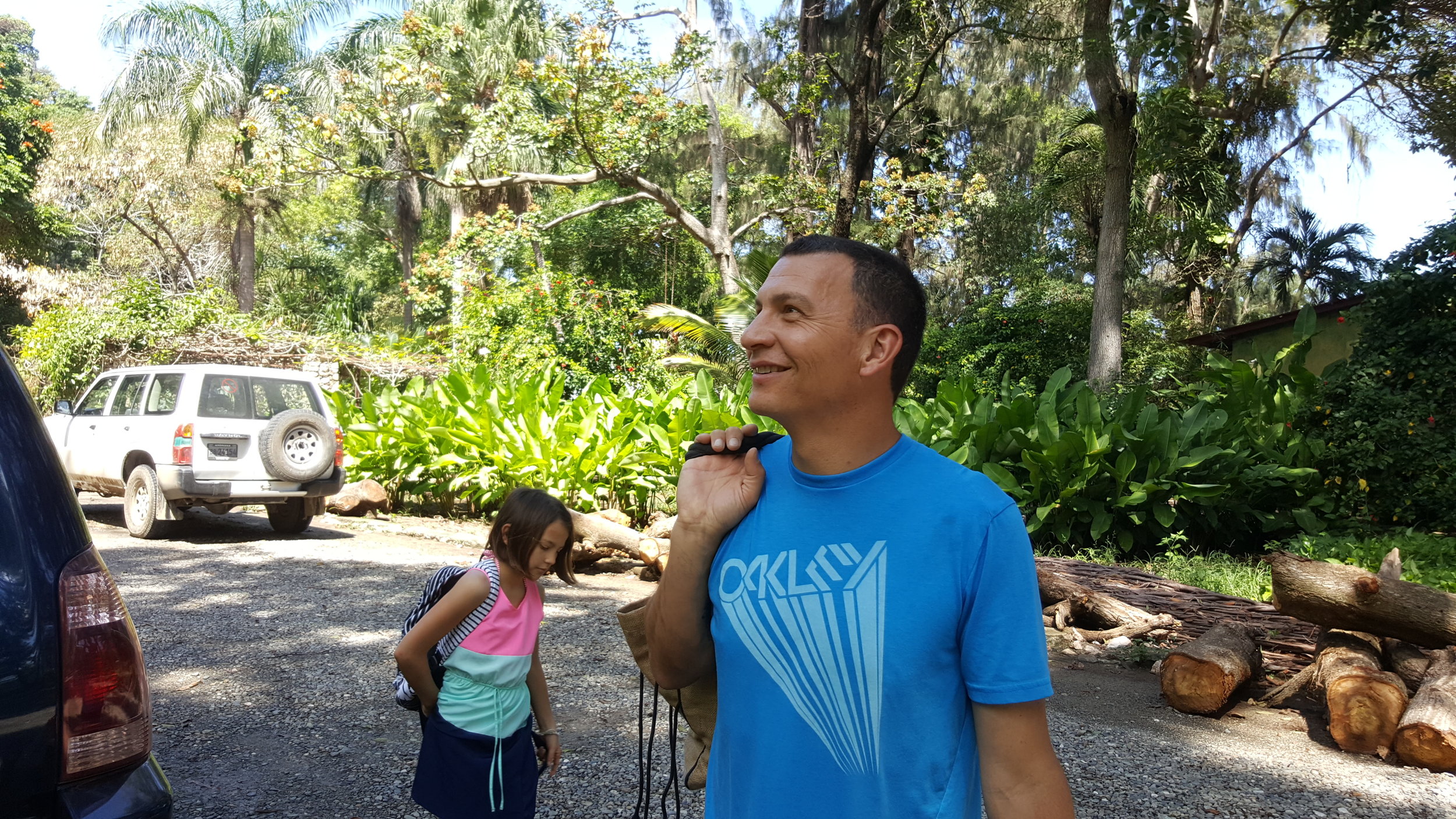
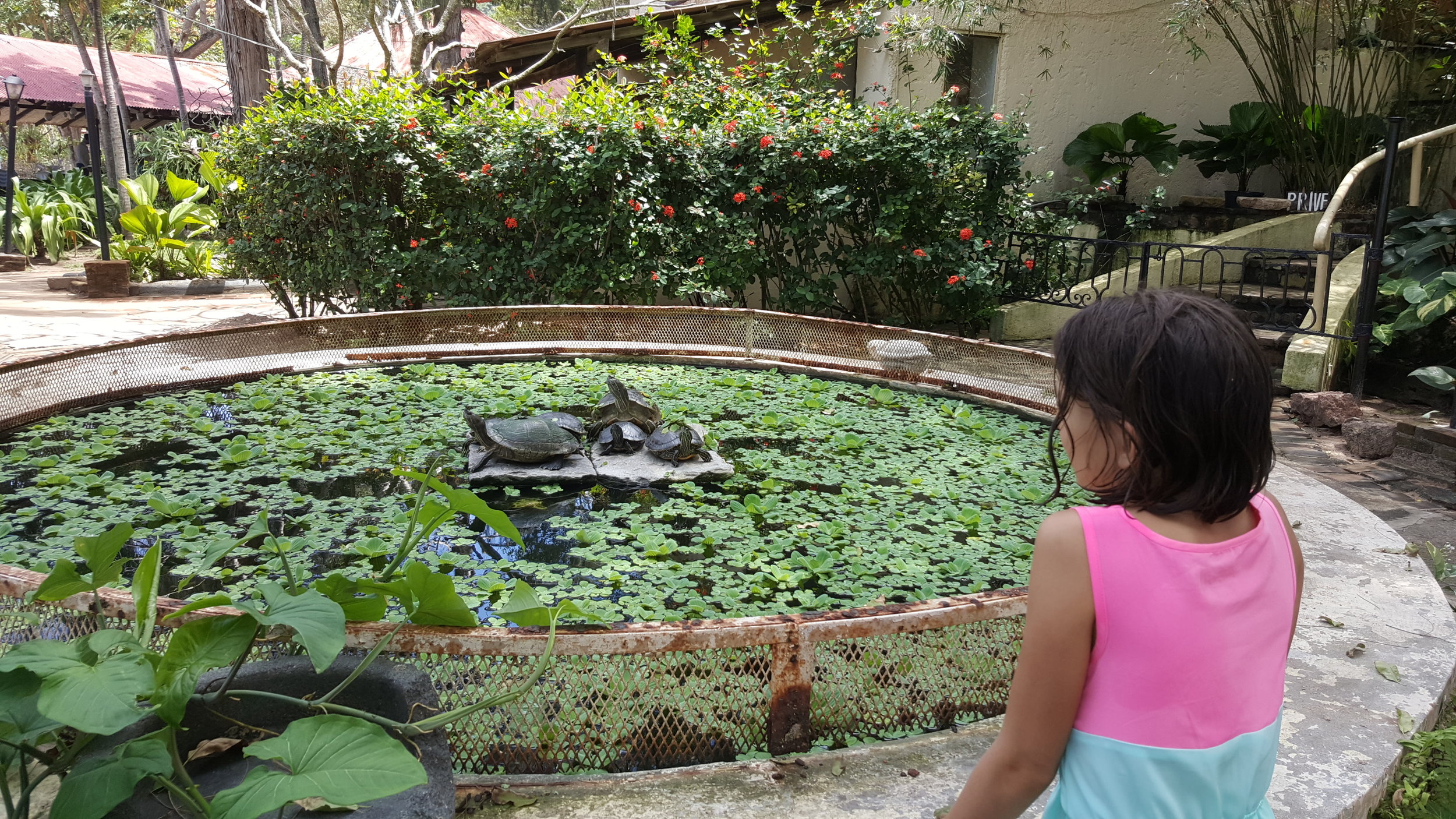
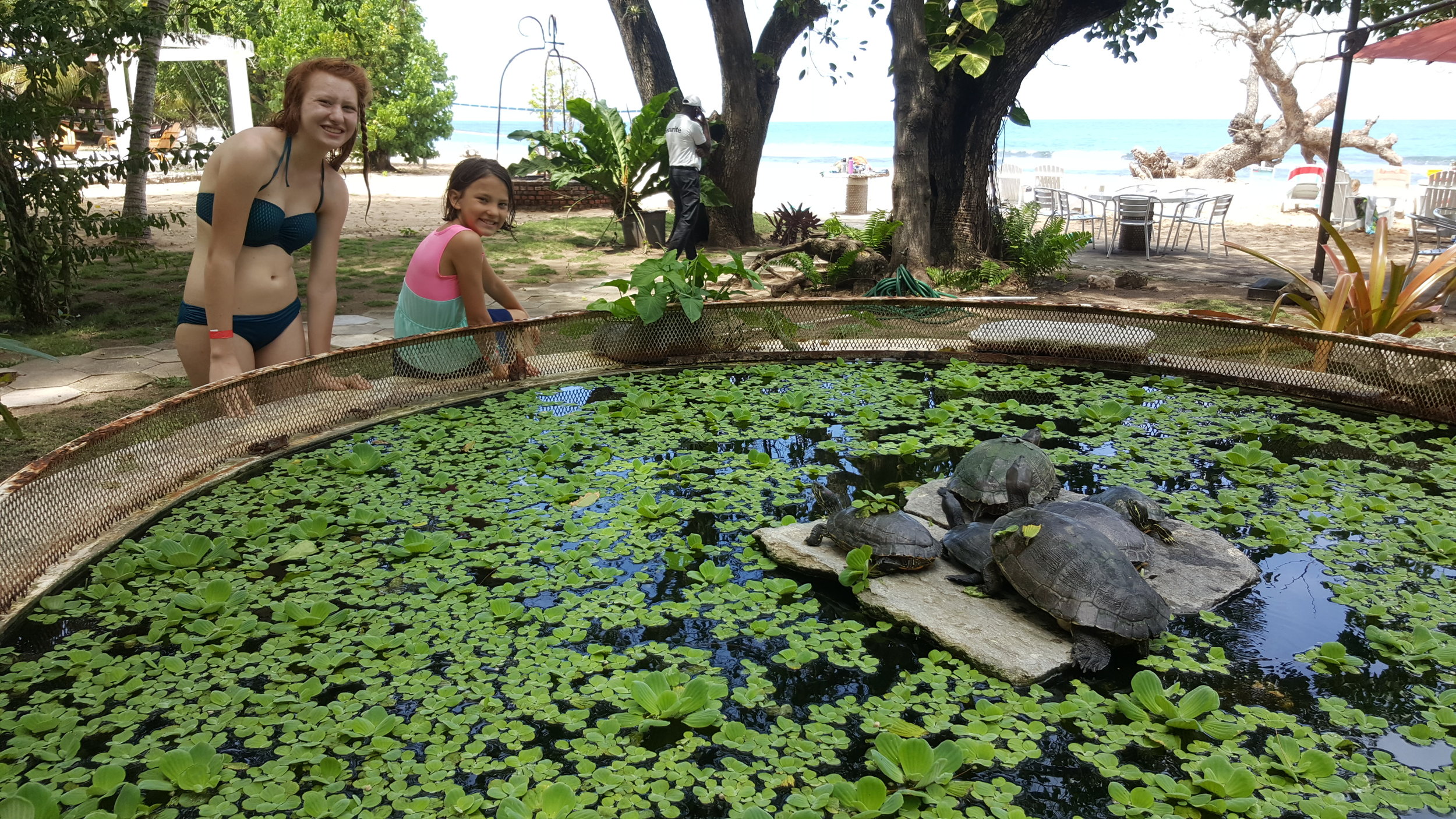
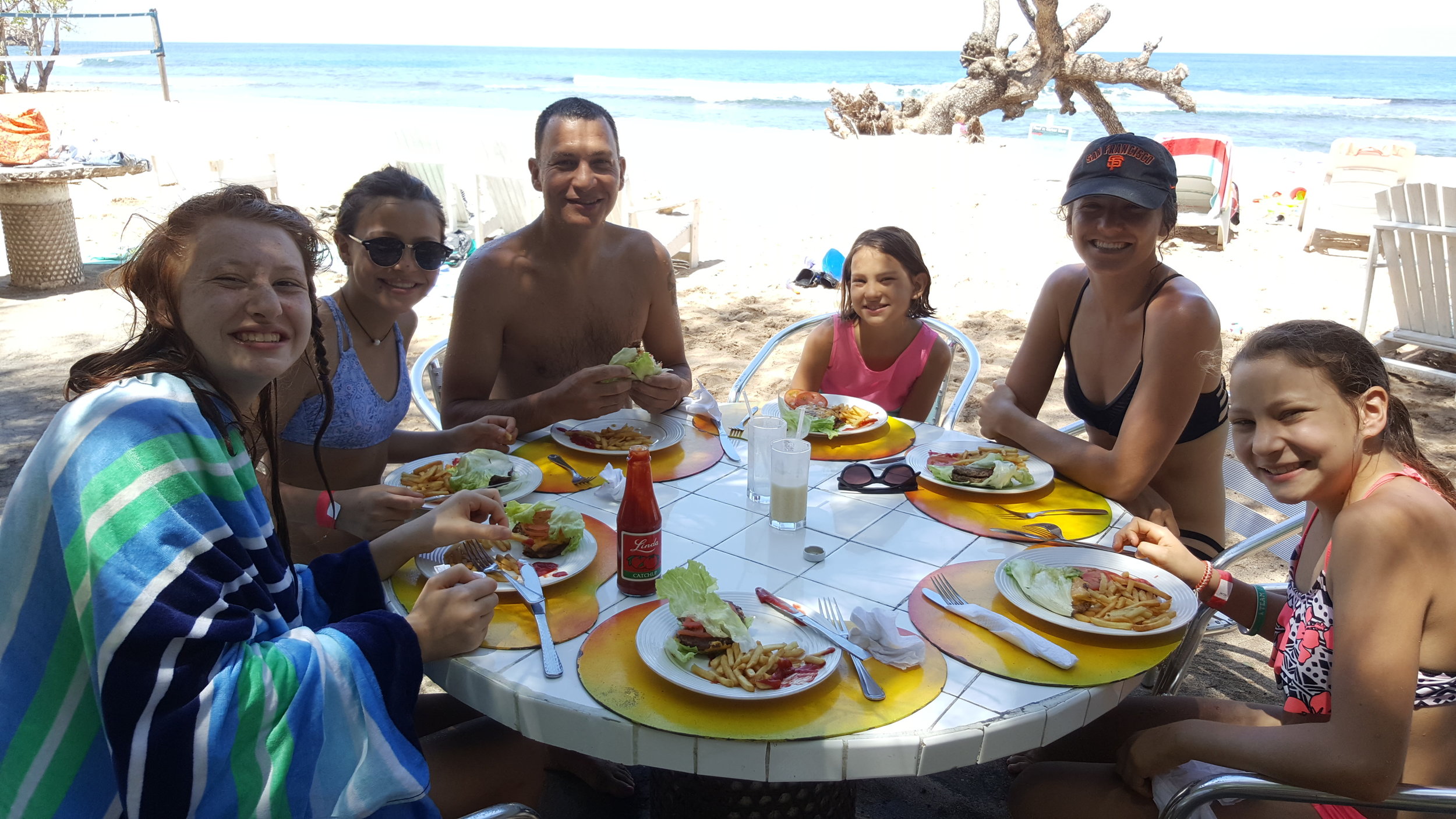
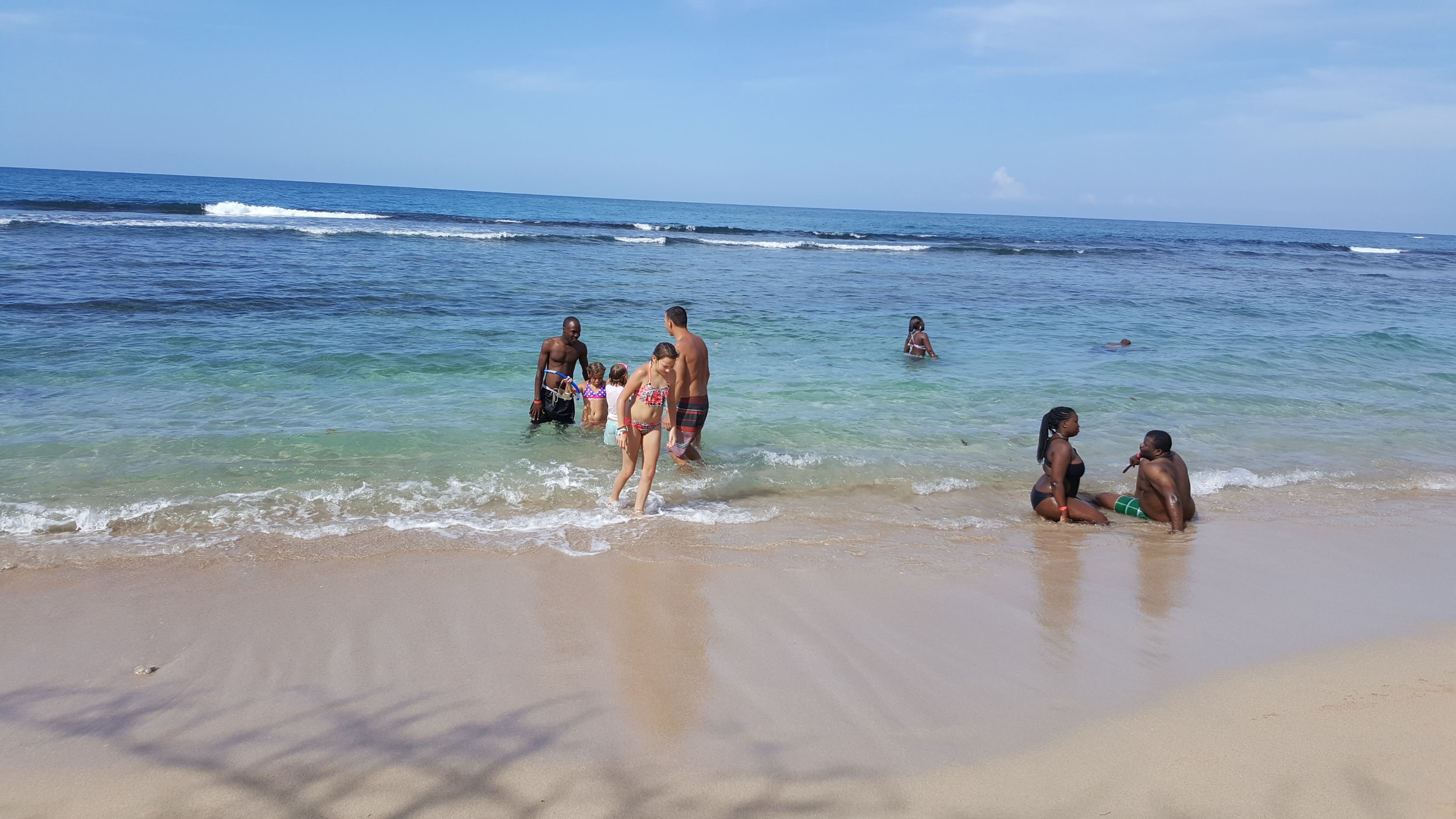
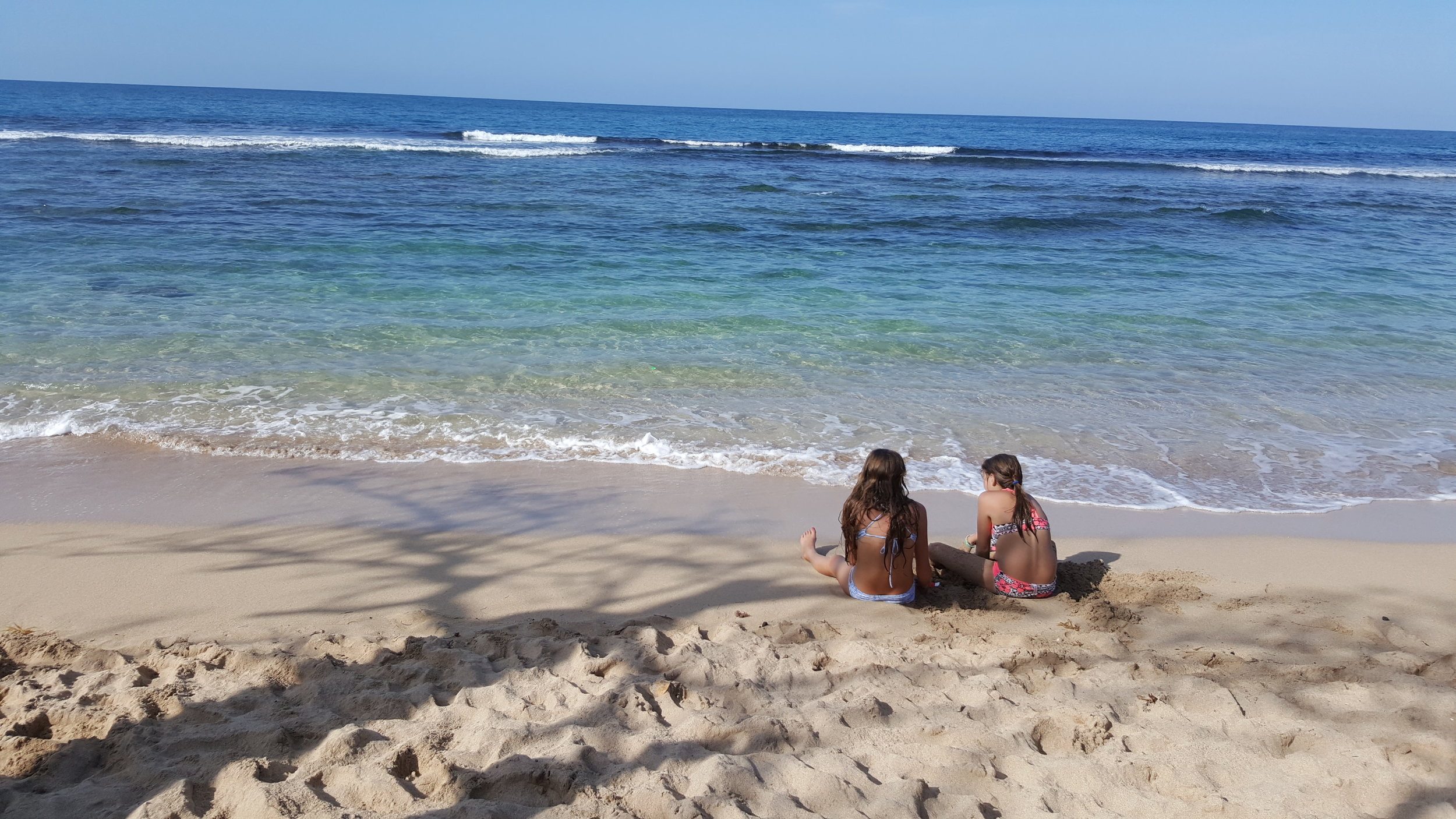
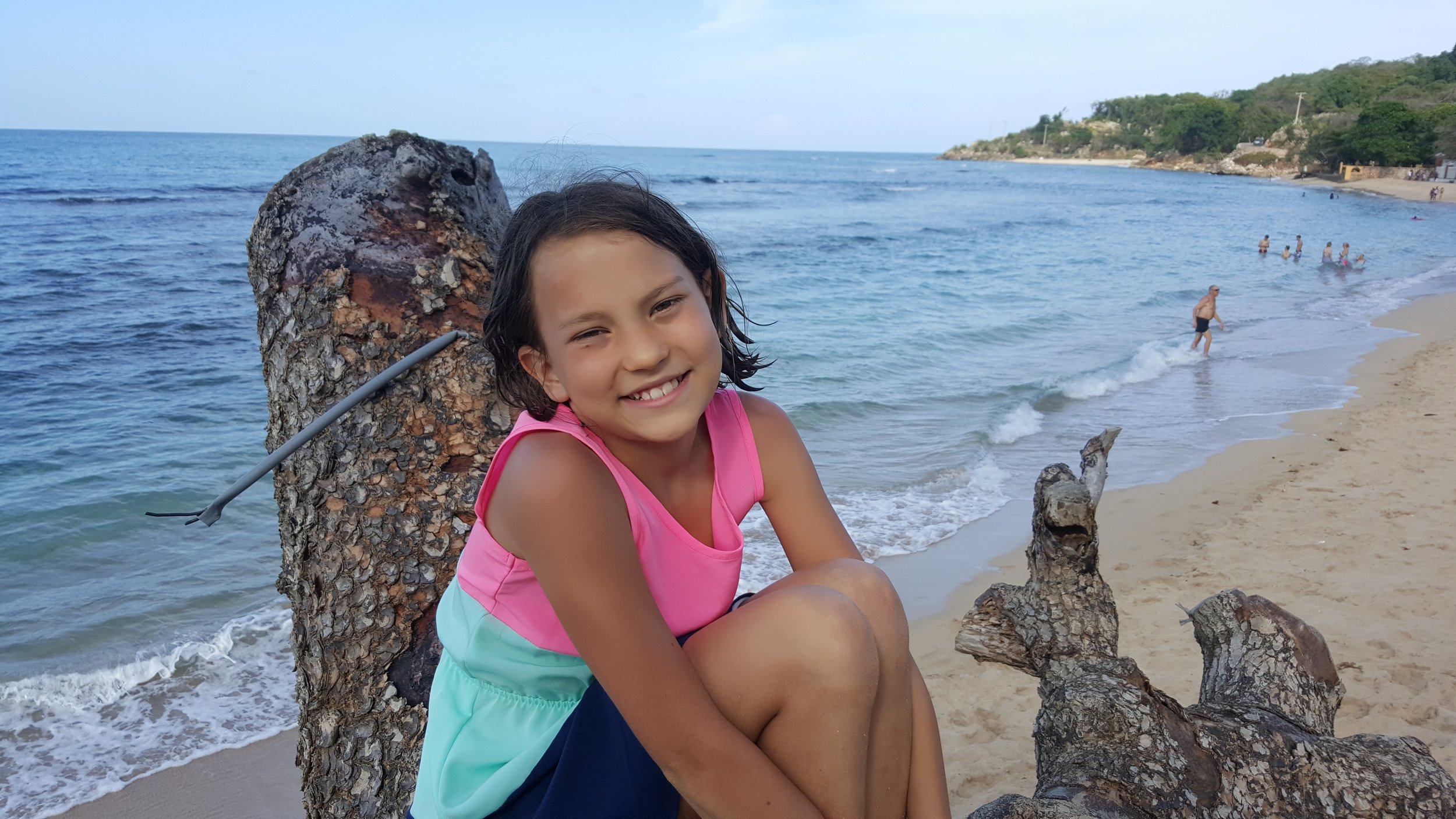
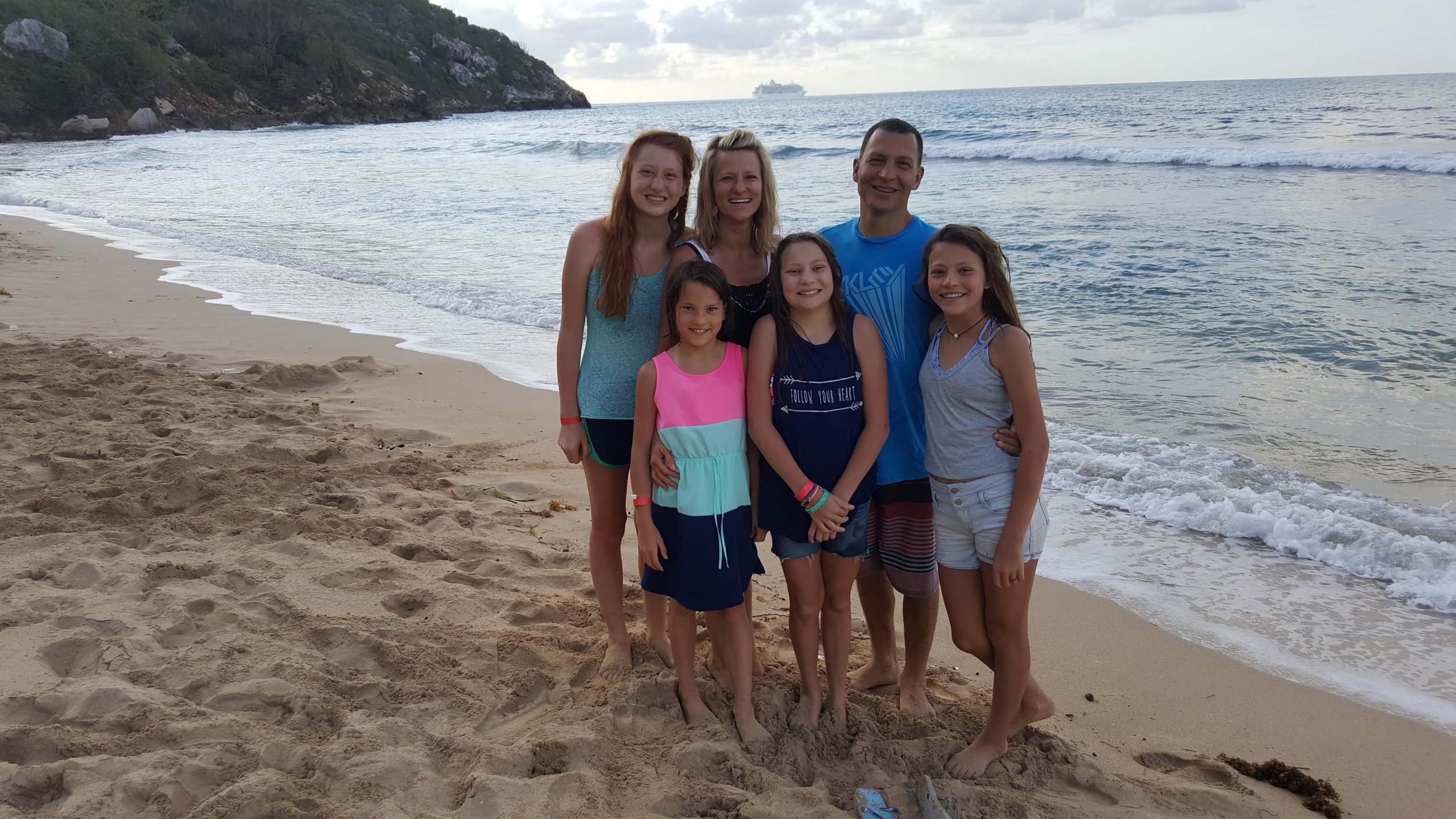
Leaving for the airport was bittersweet. We had such an incredible 10 days. Thank you to everyone who helped get us there!
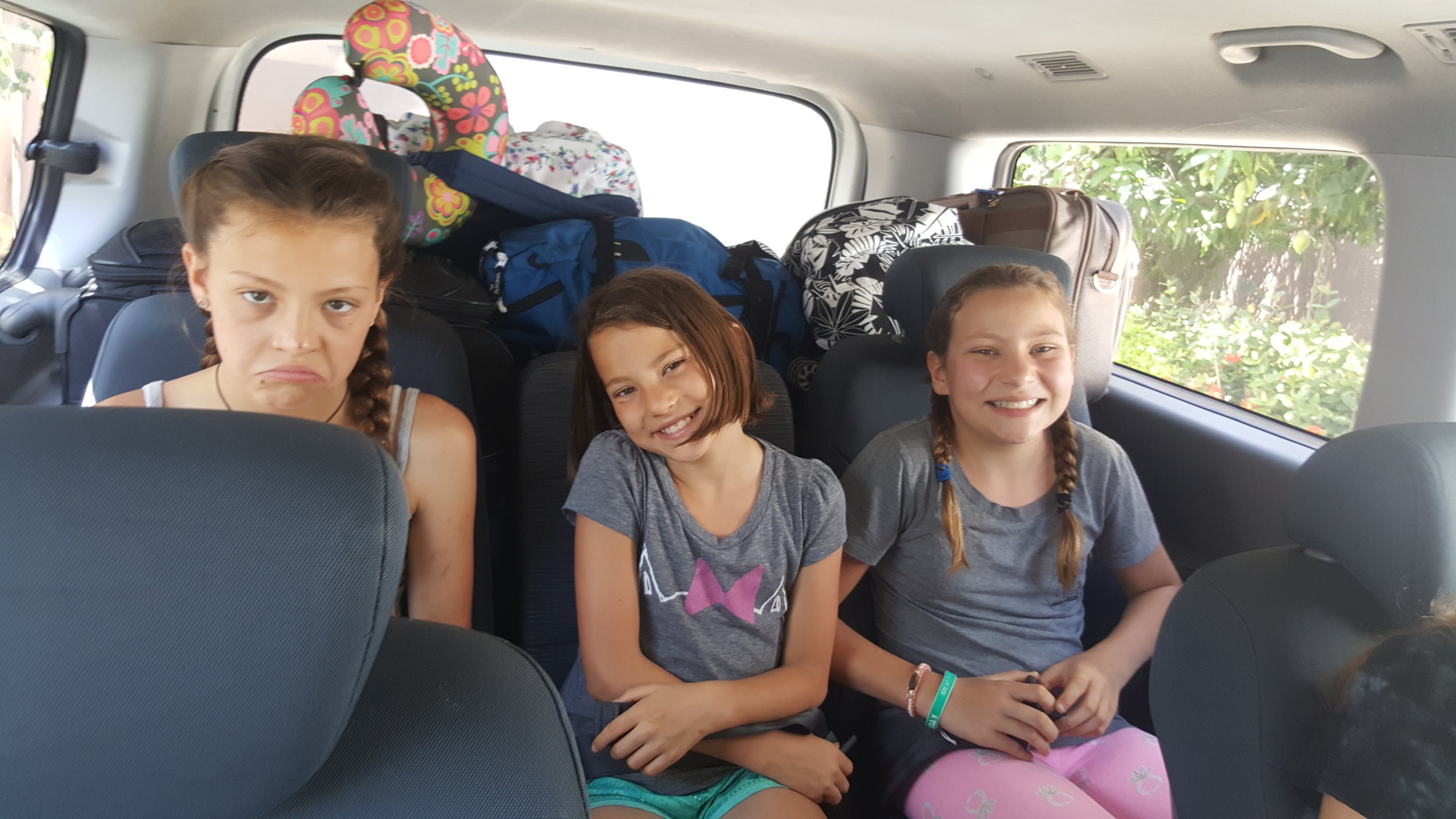

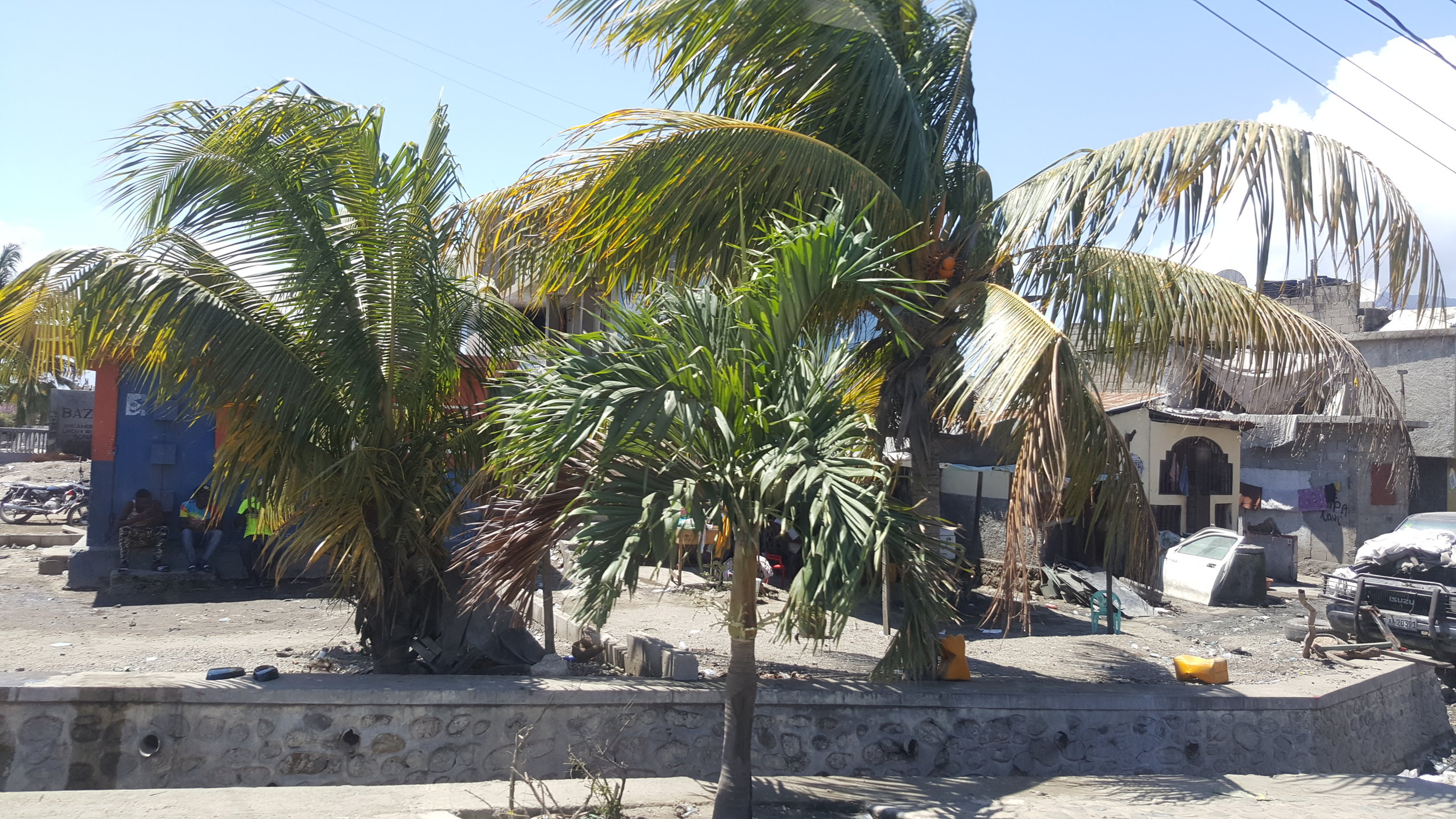
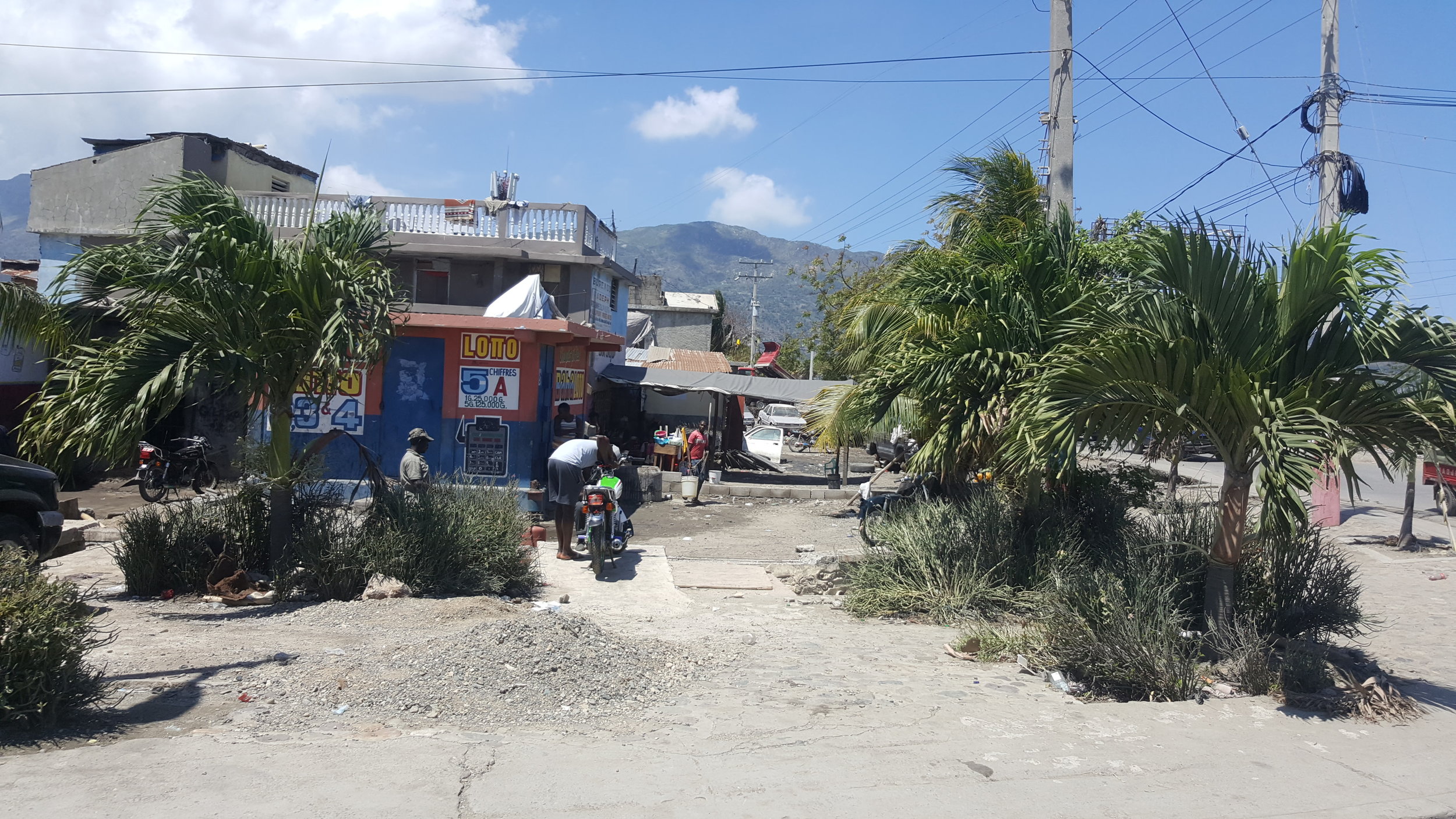
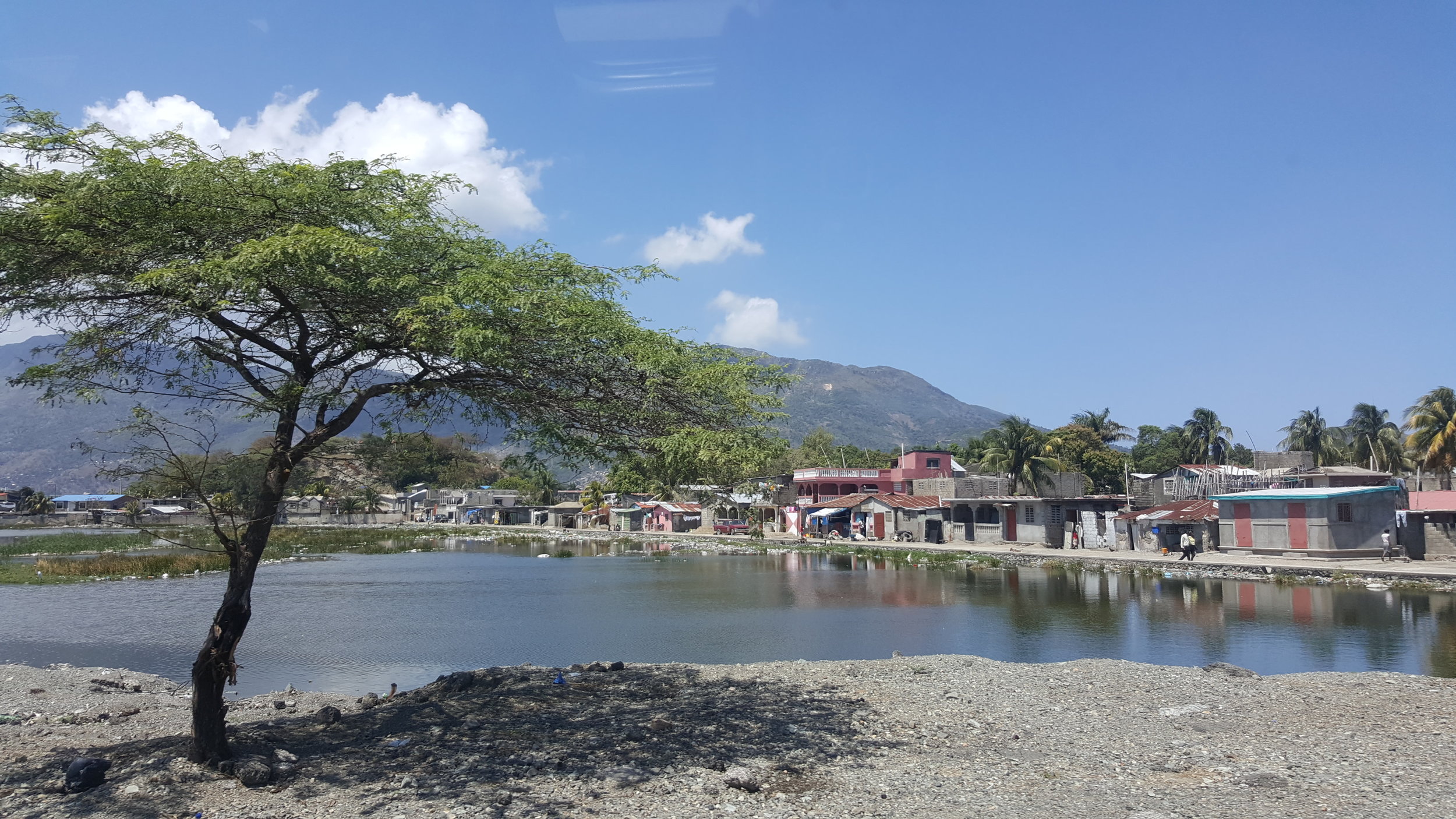
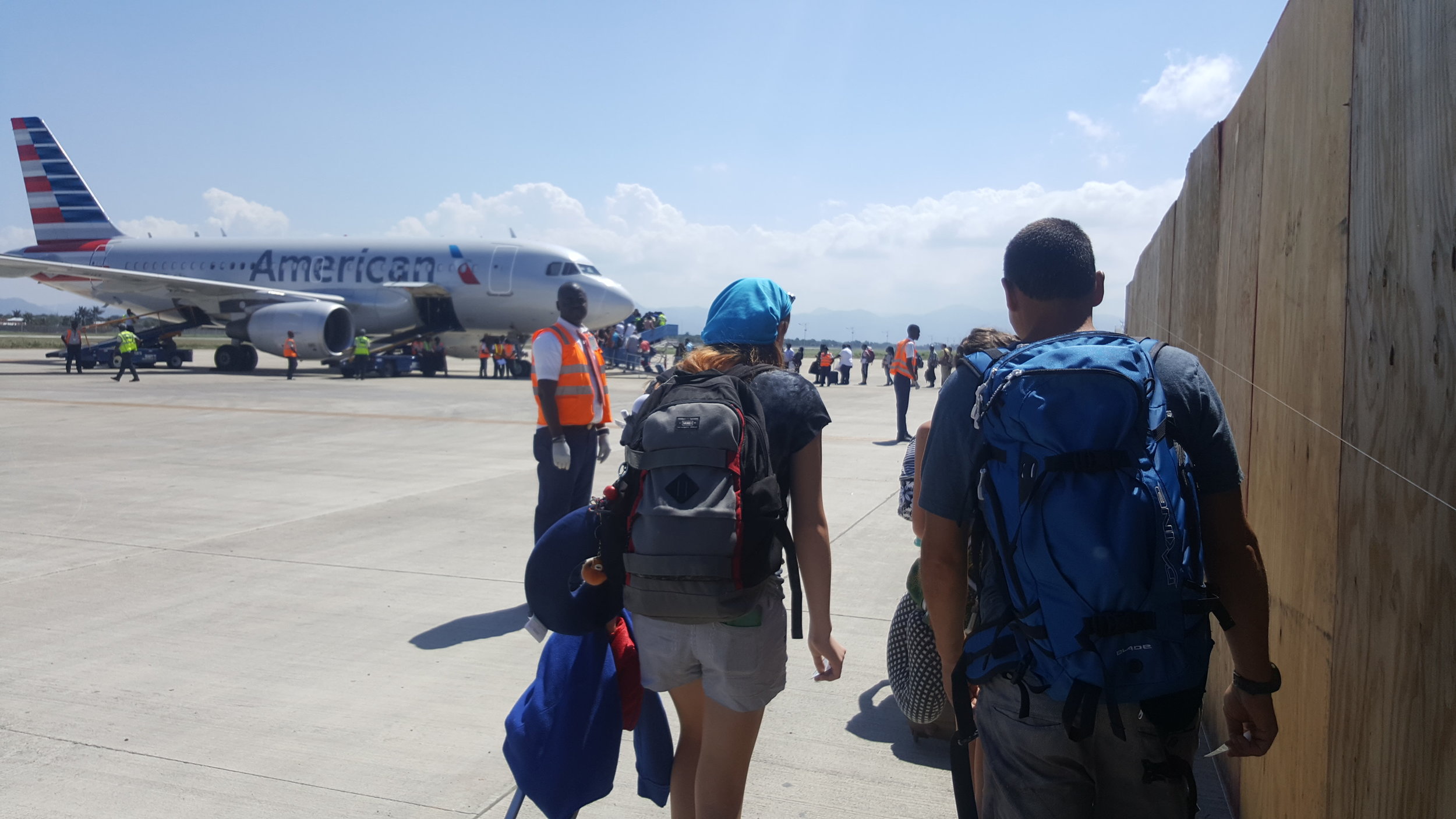
Since we've been home, Blaise has already begun making sourdough muffins successfully, and they've fed the entire staff and moms and kids egg sandwiches. My heart is bursting!!
